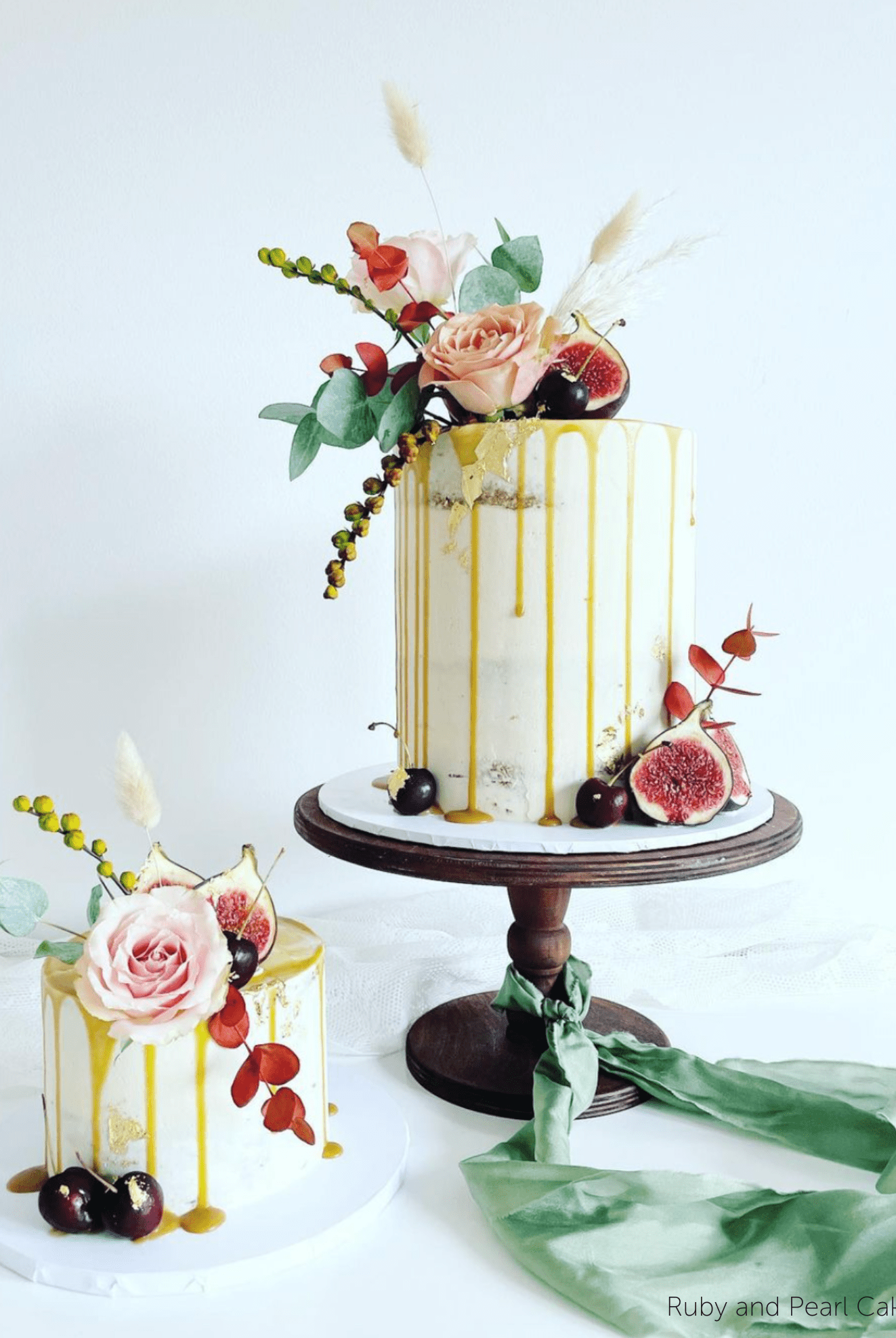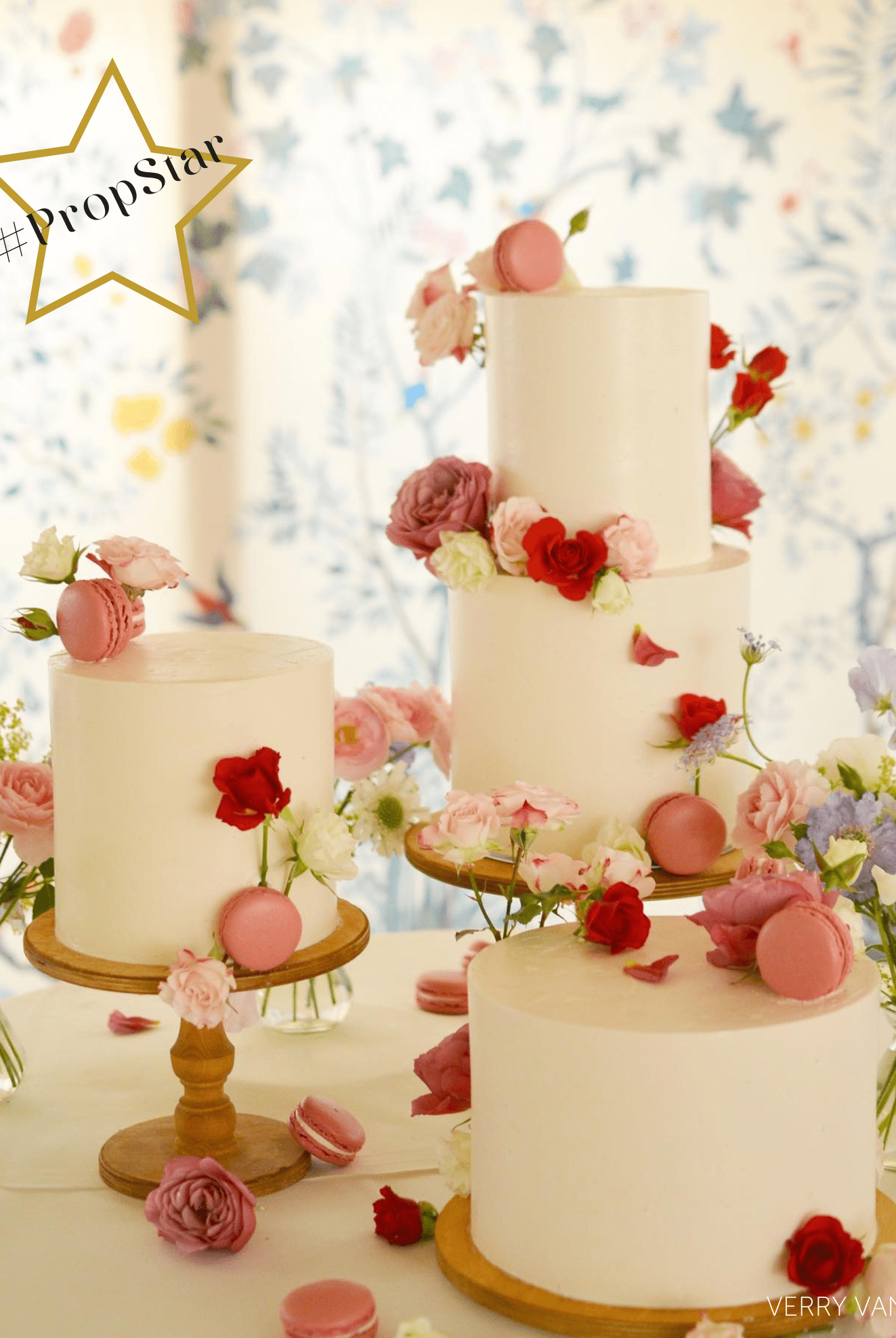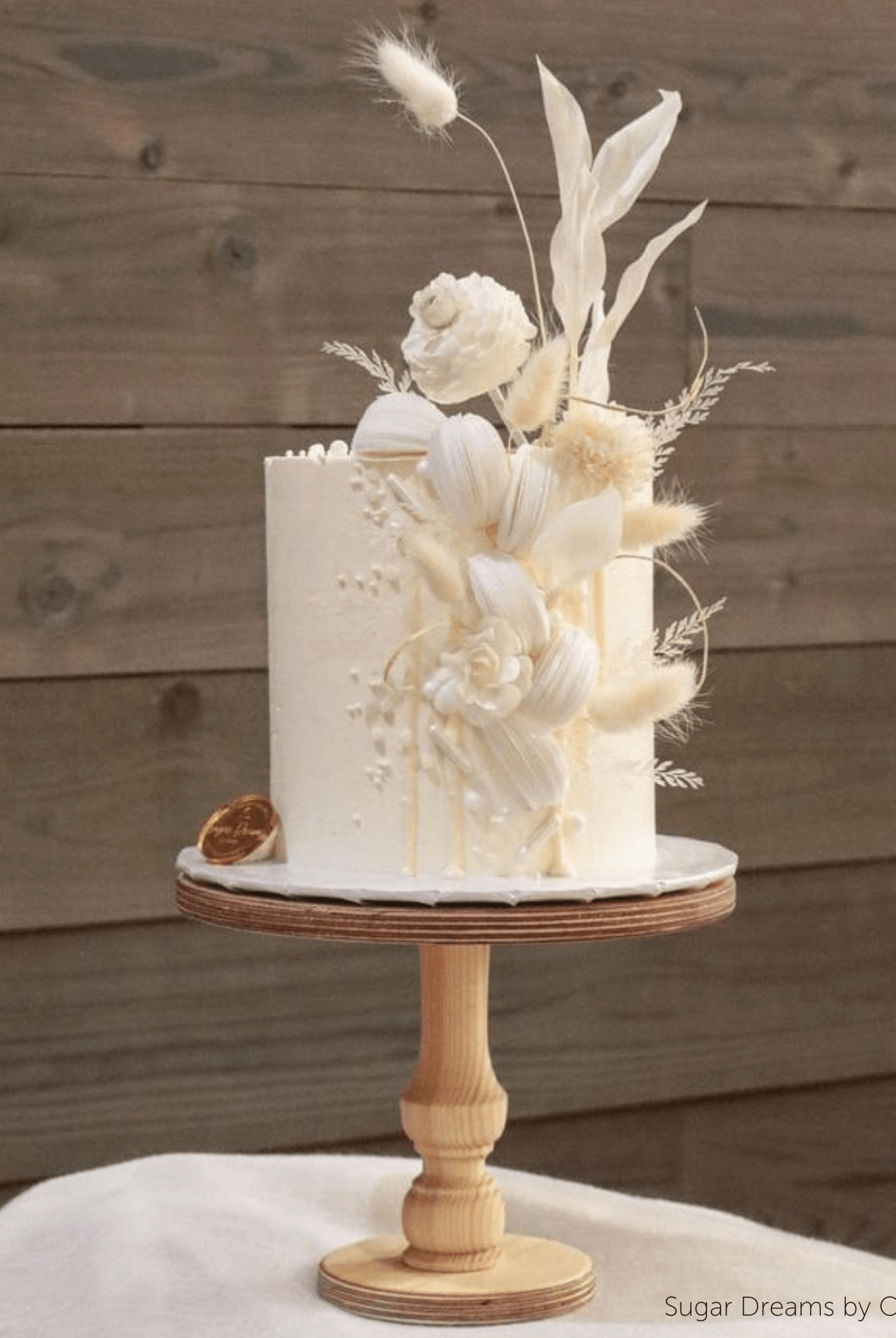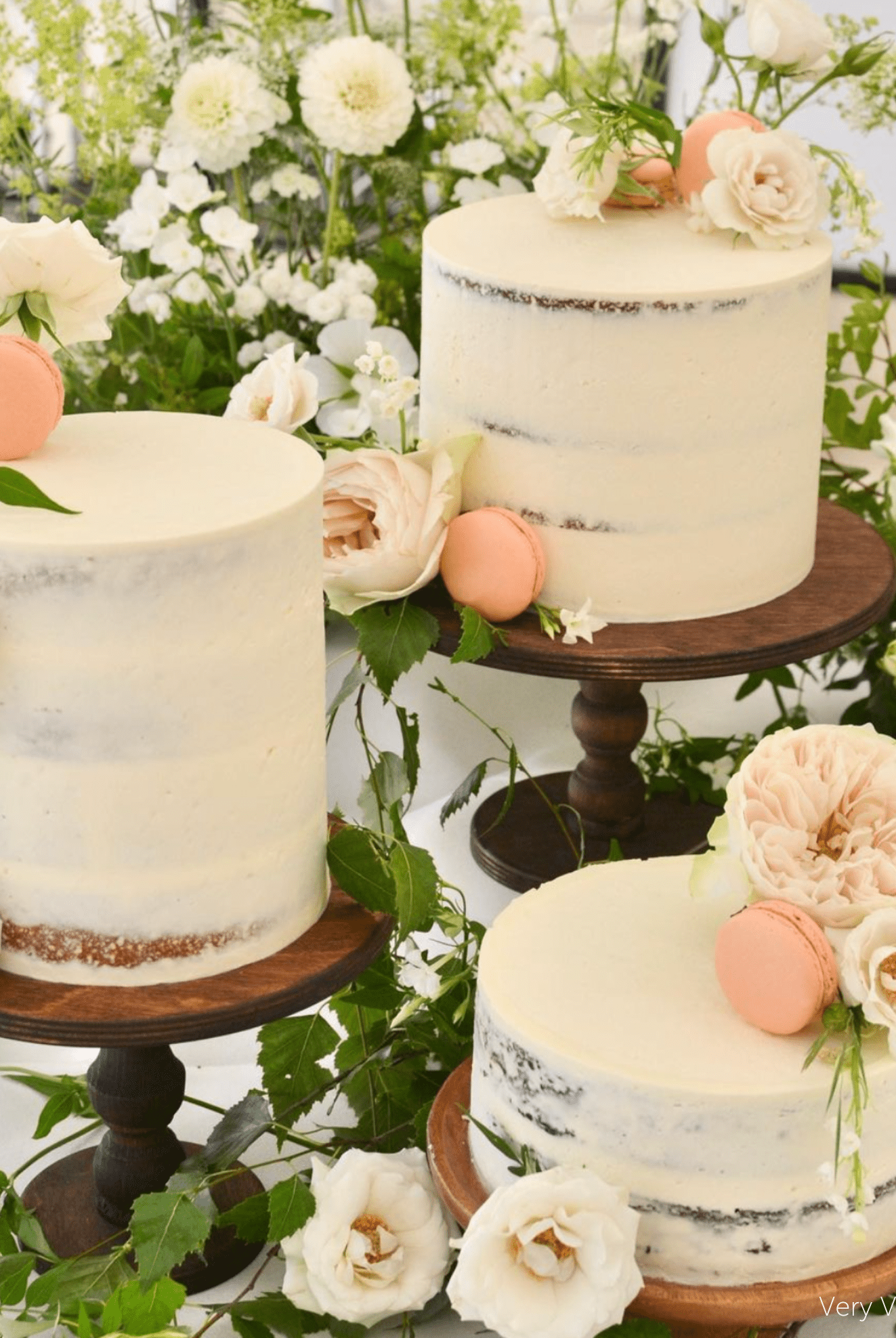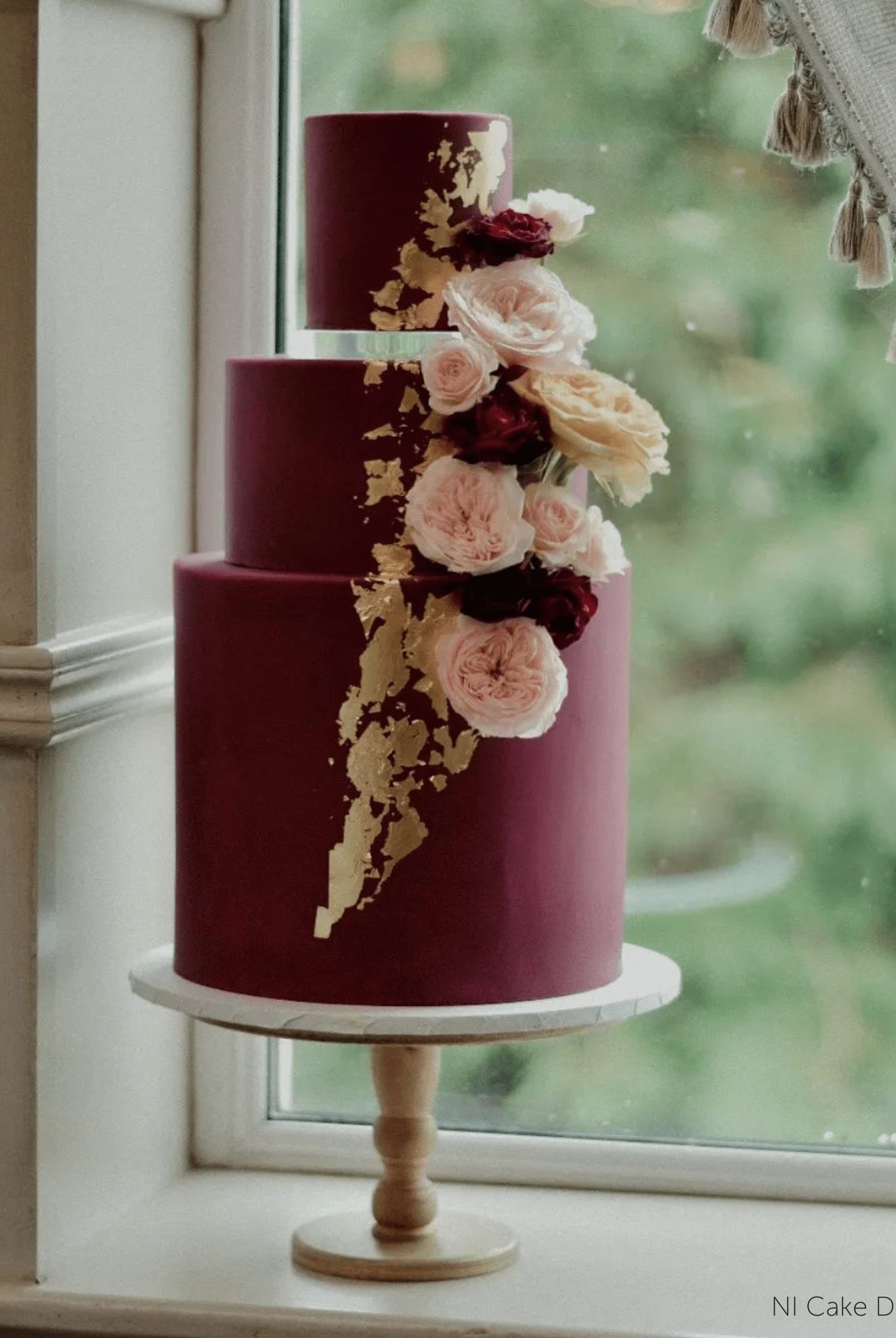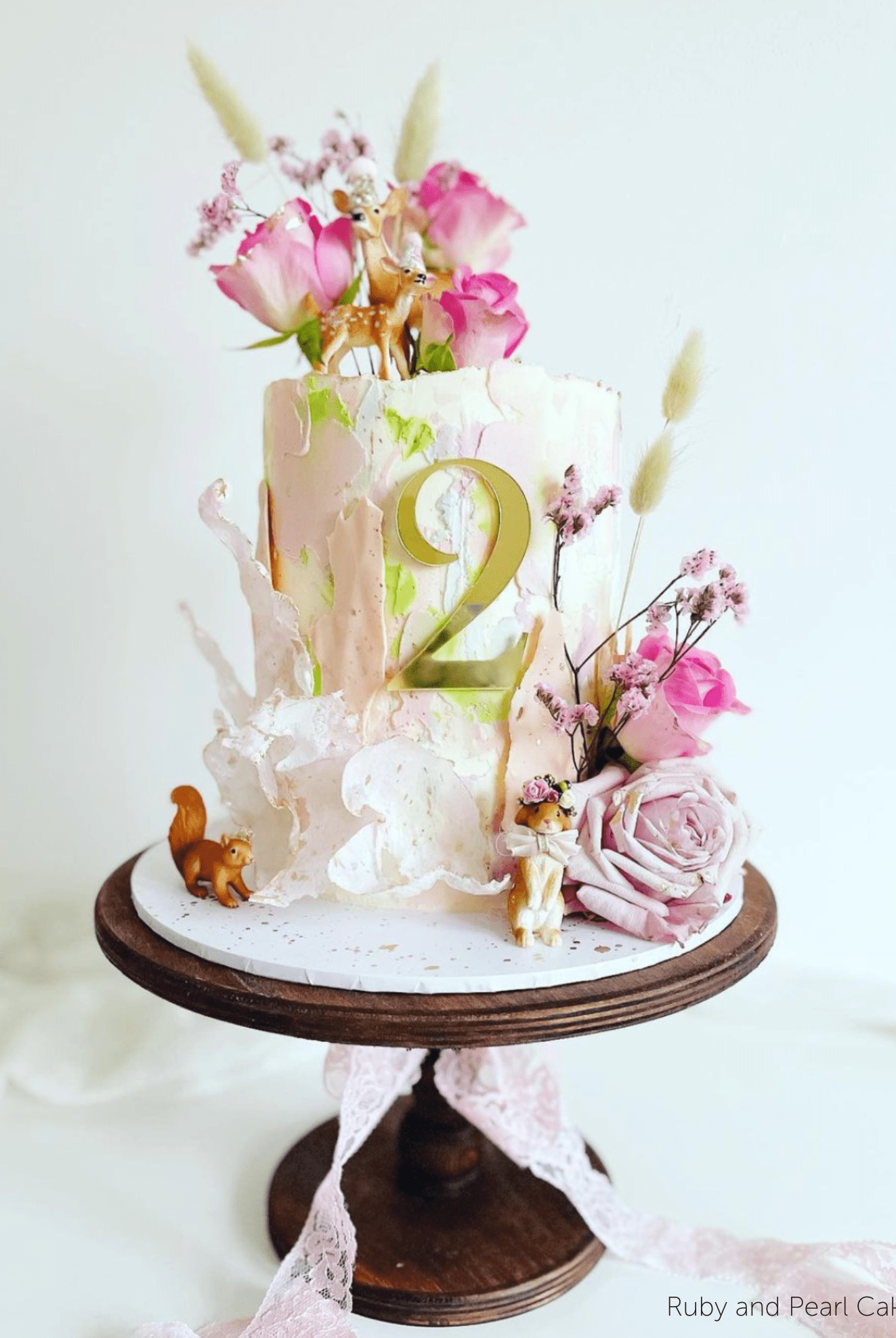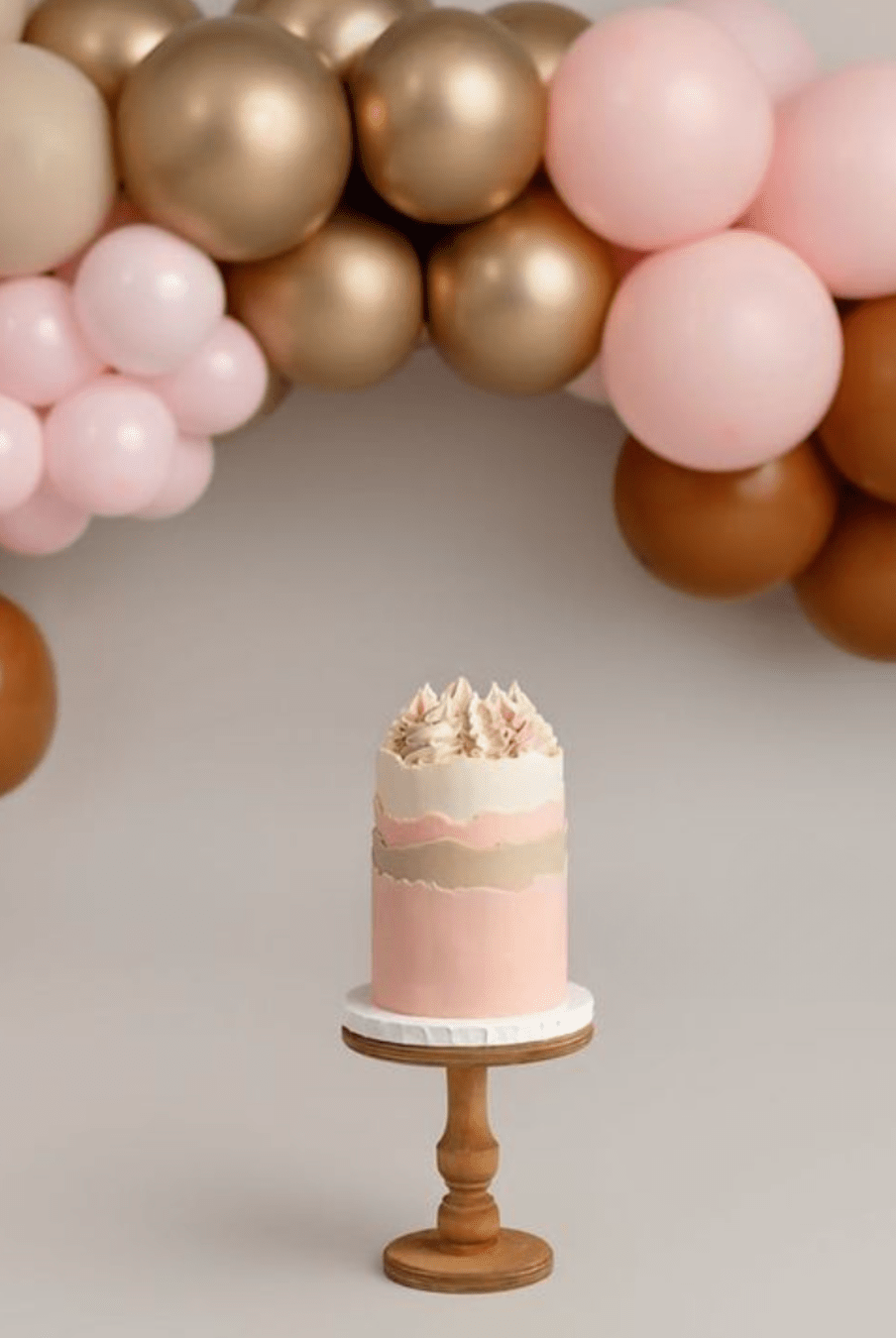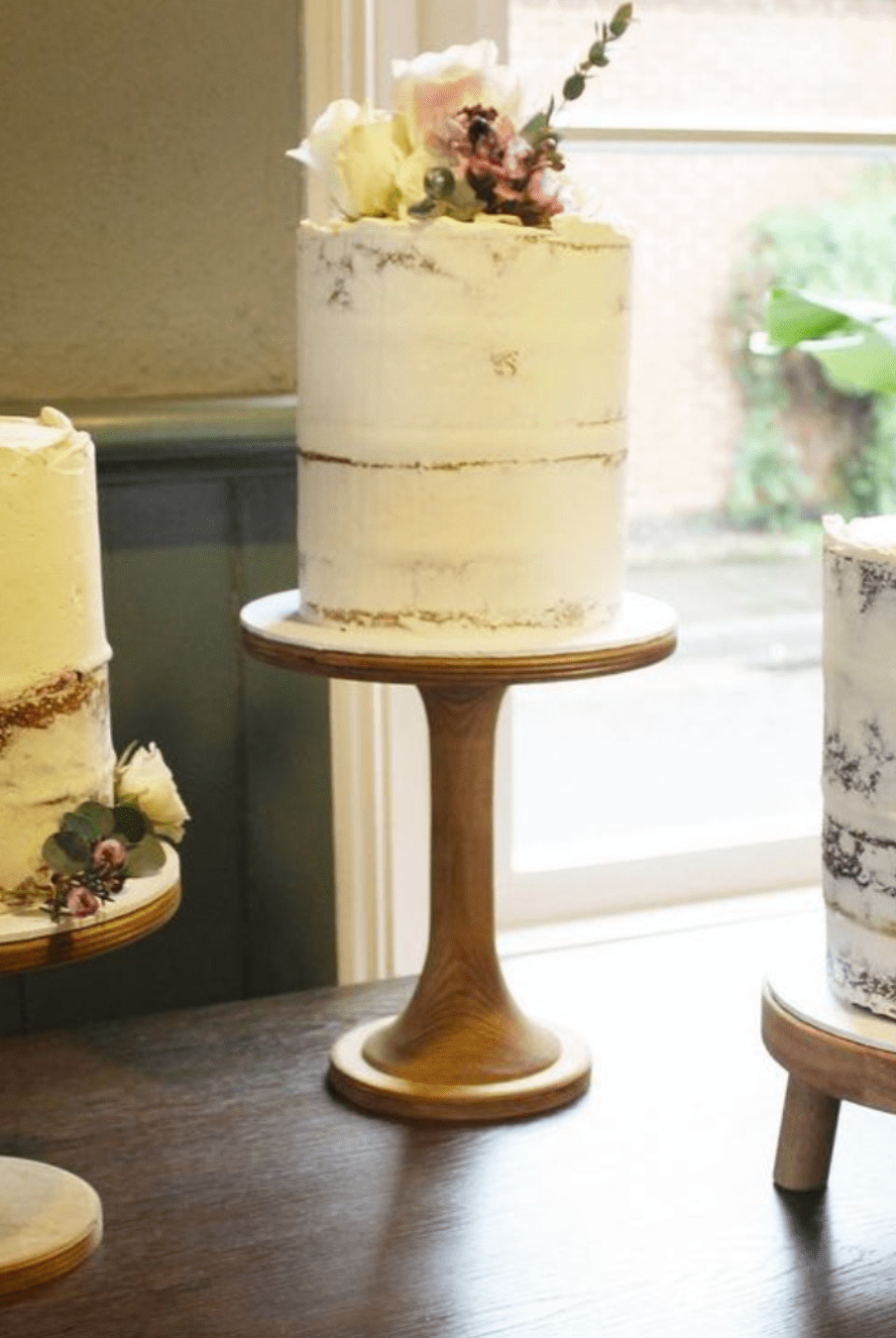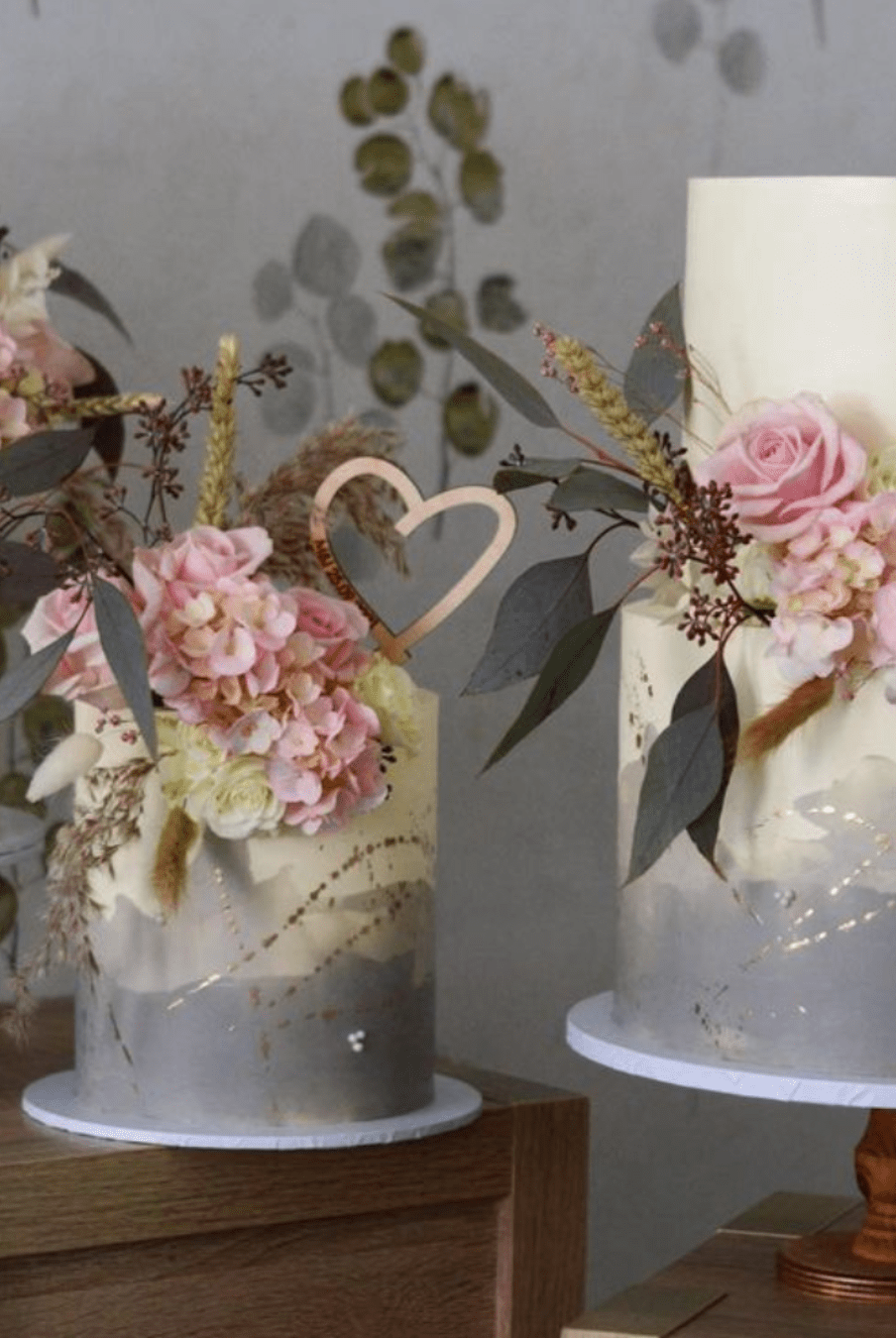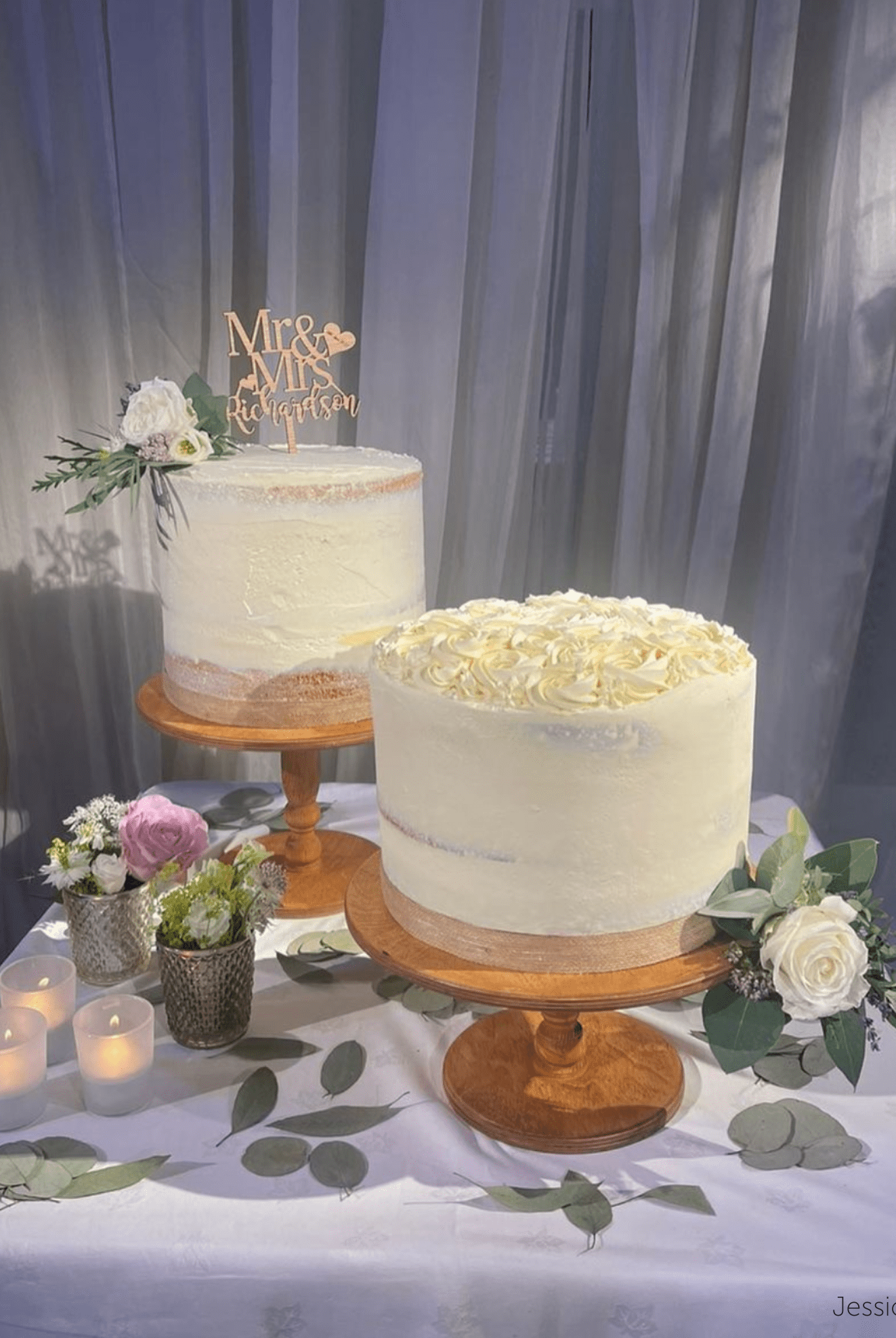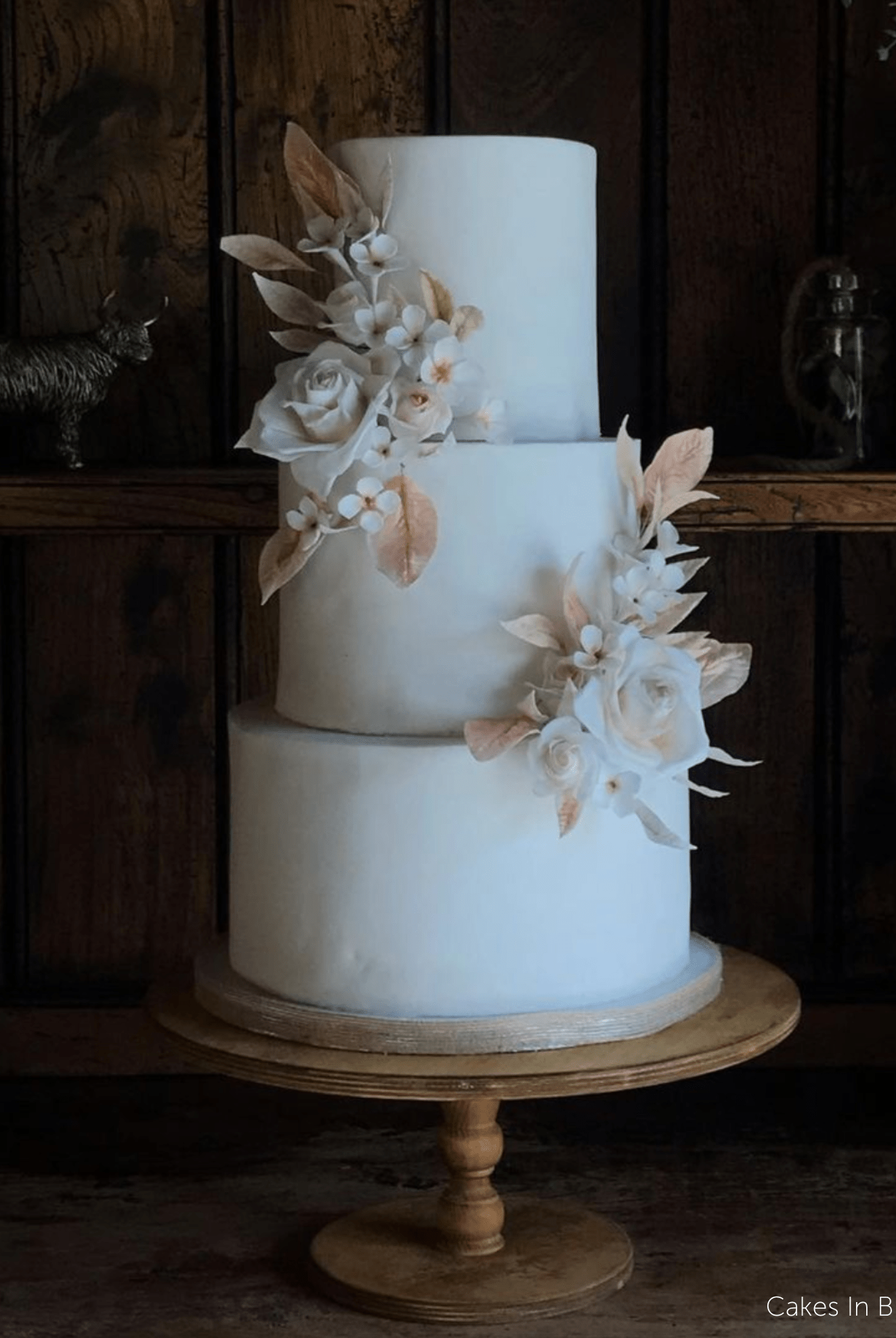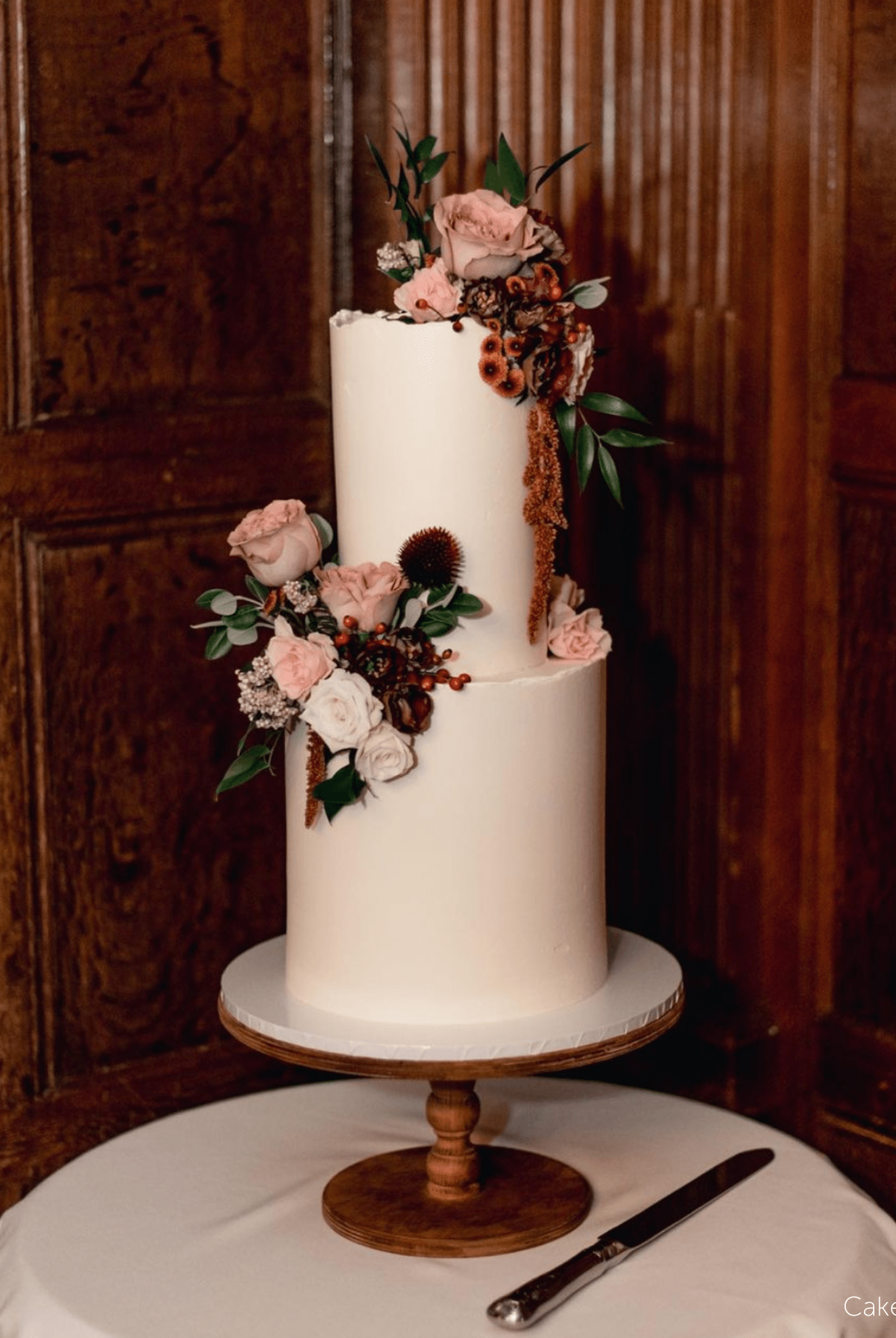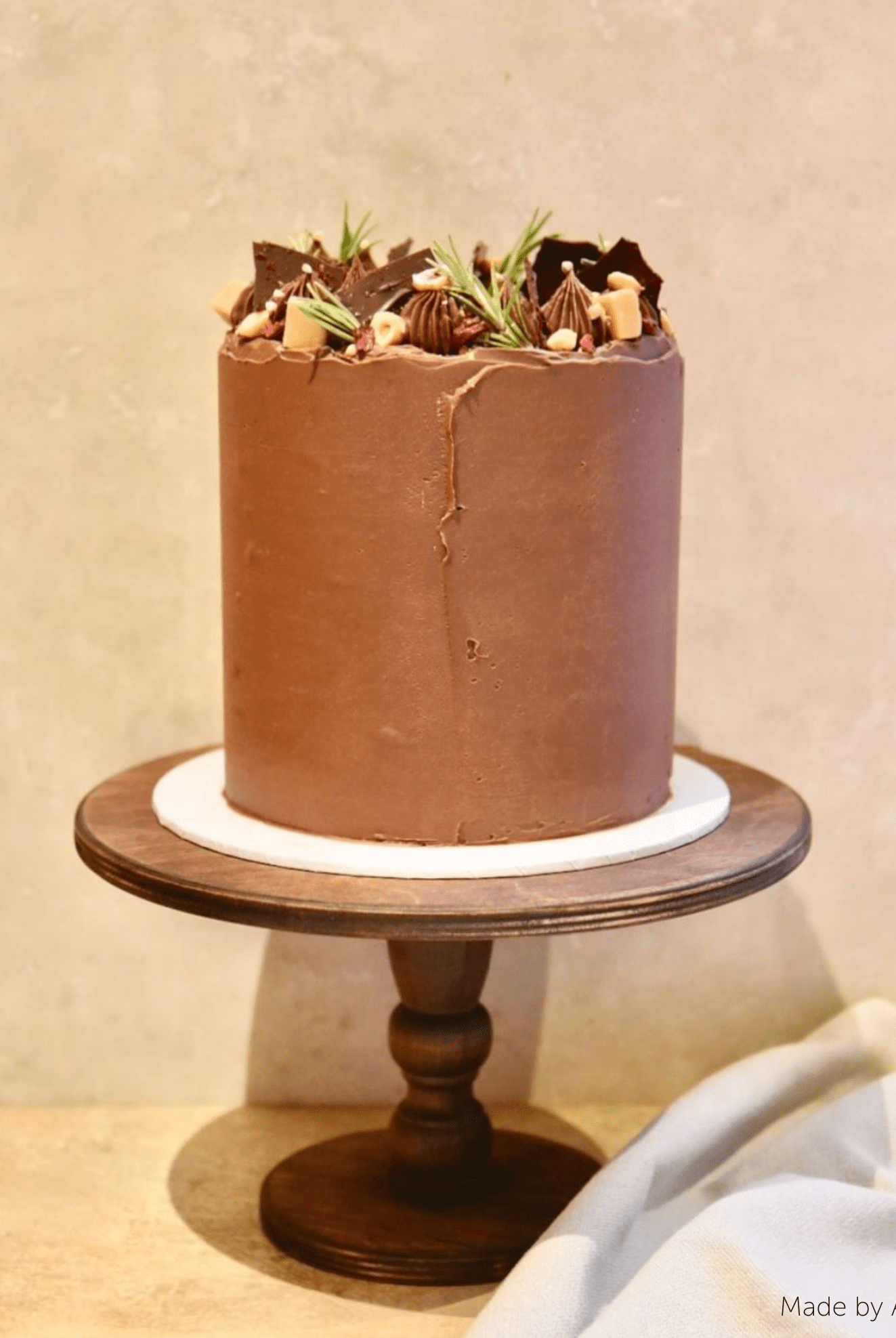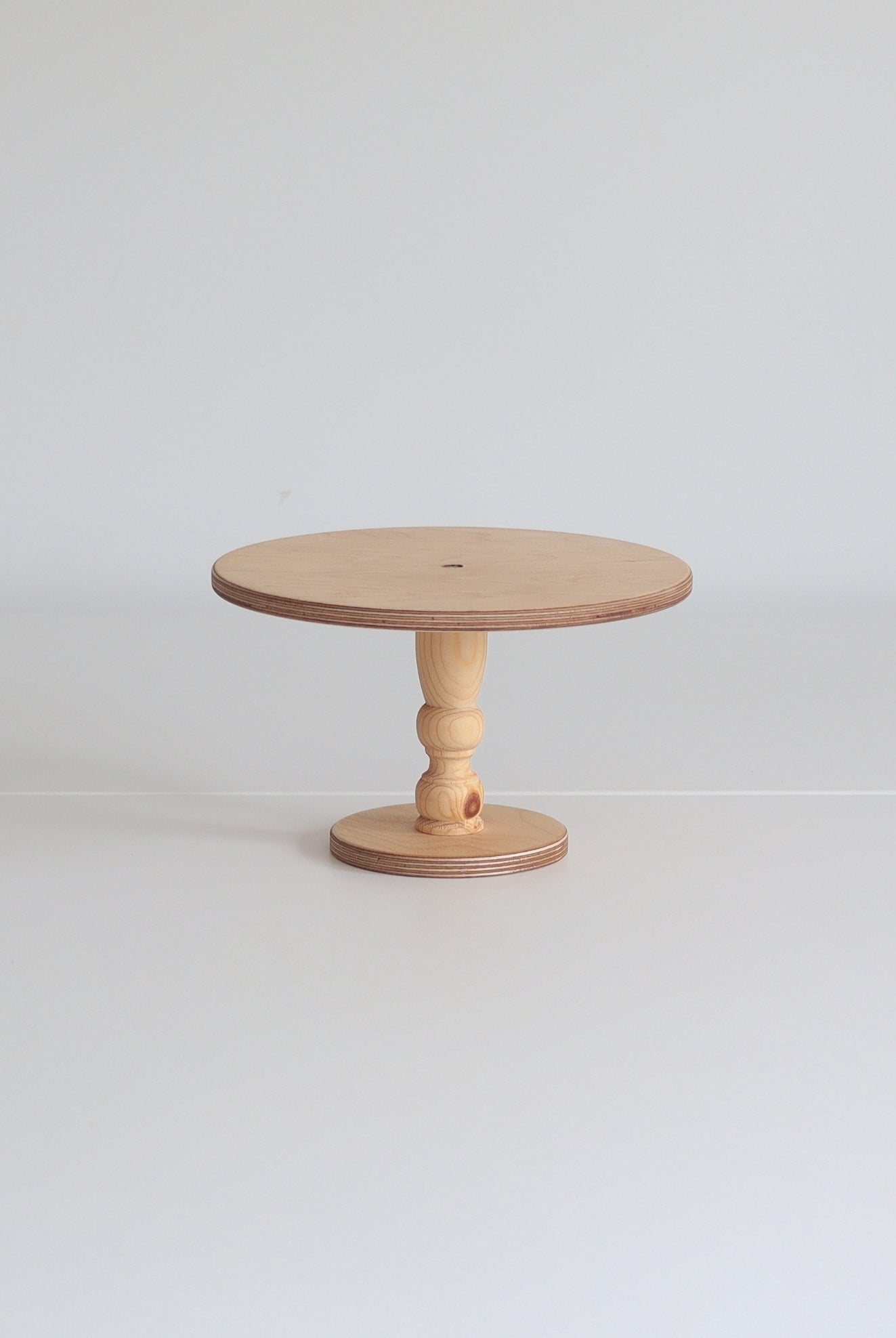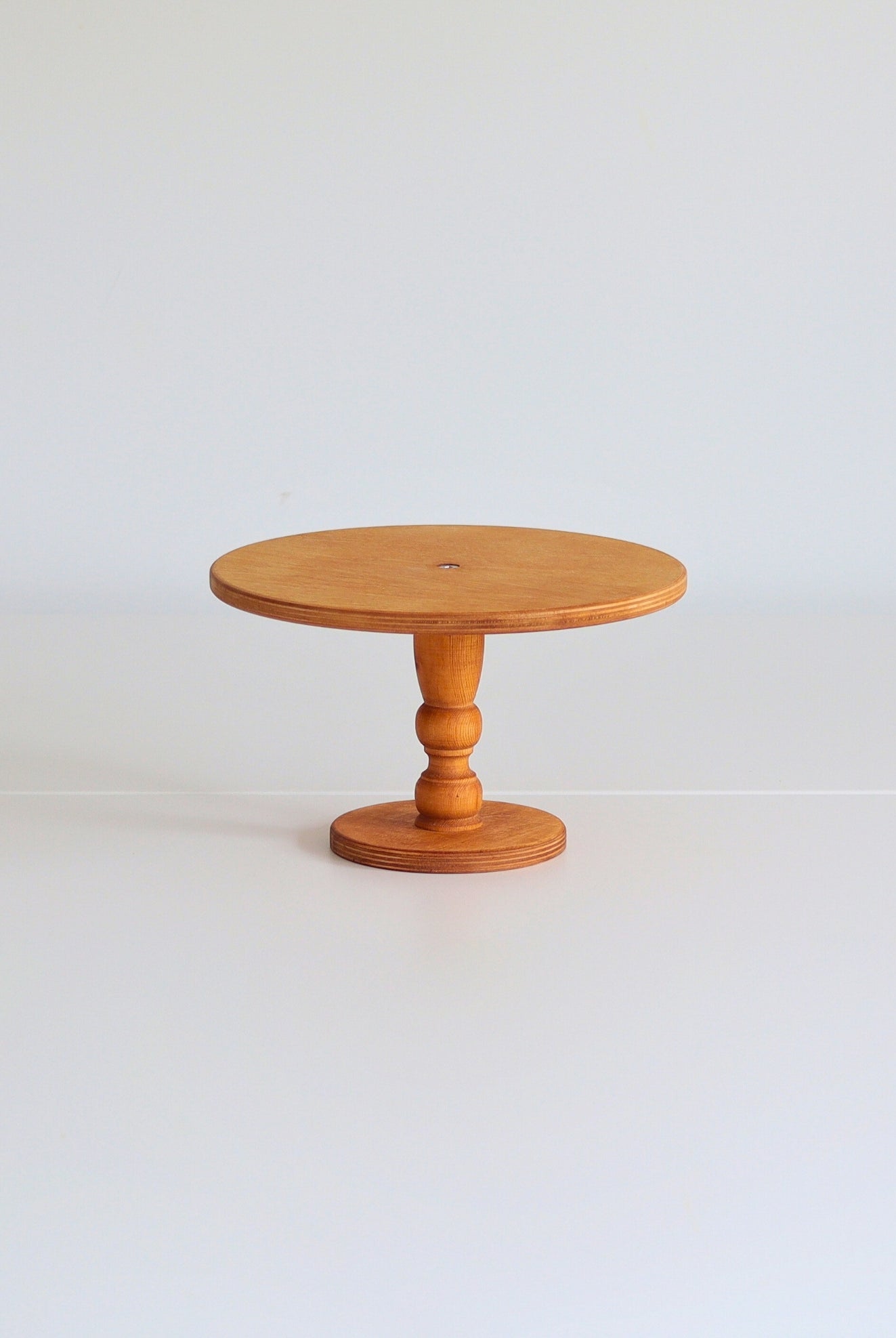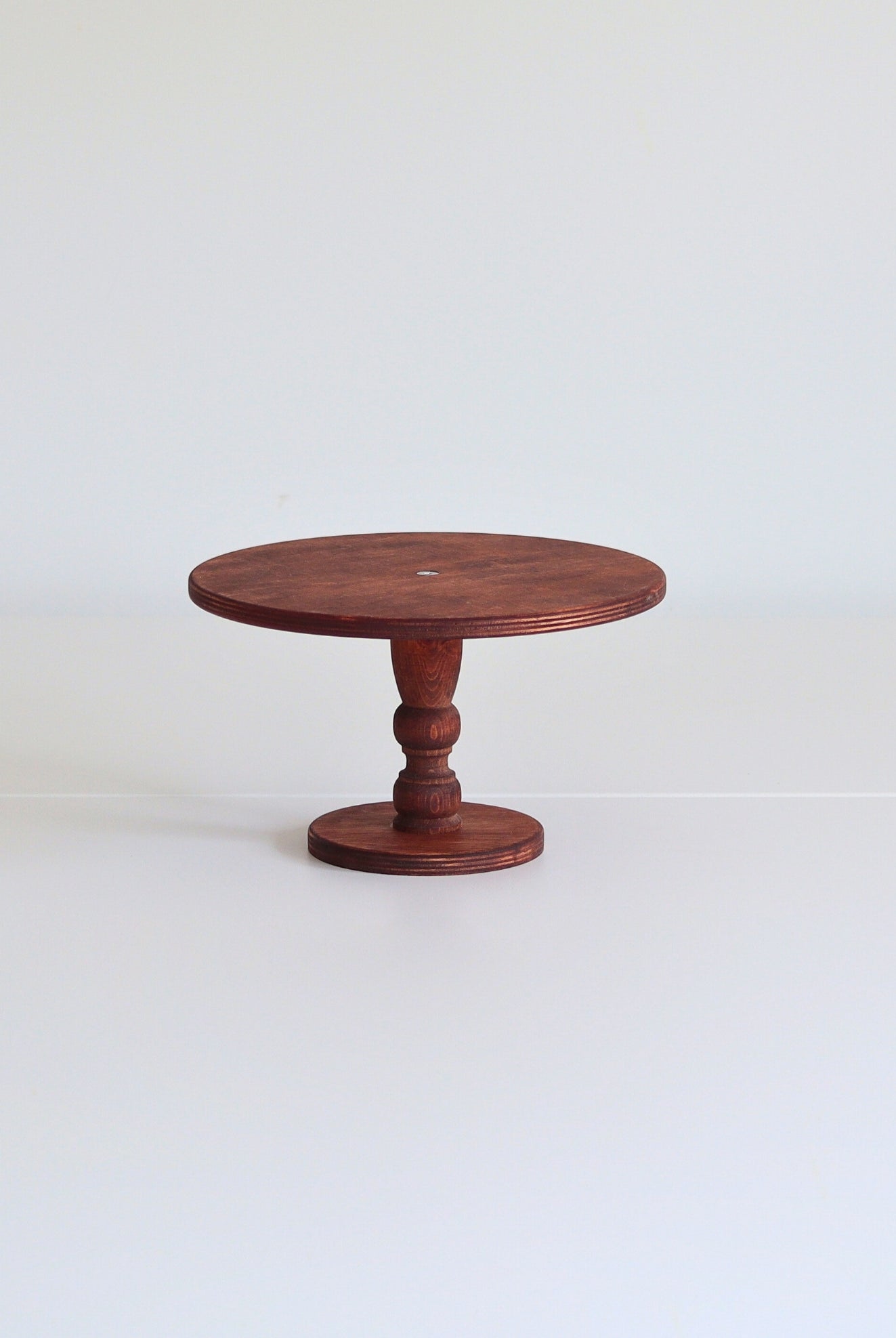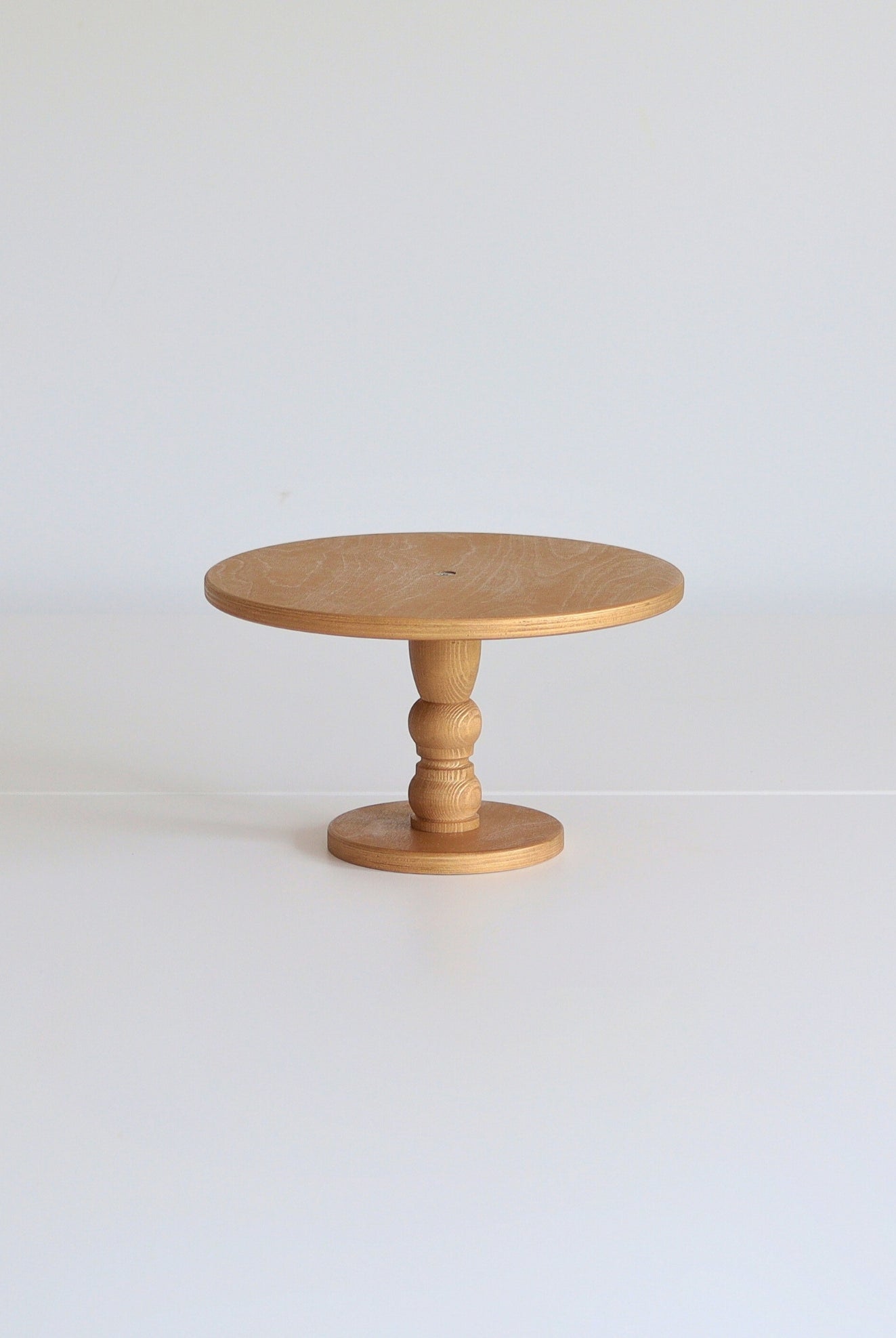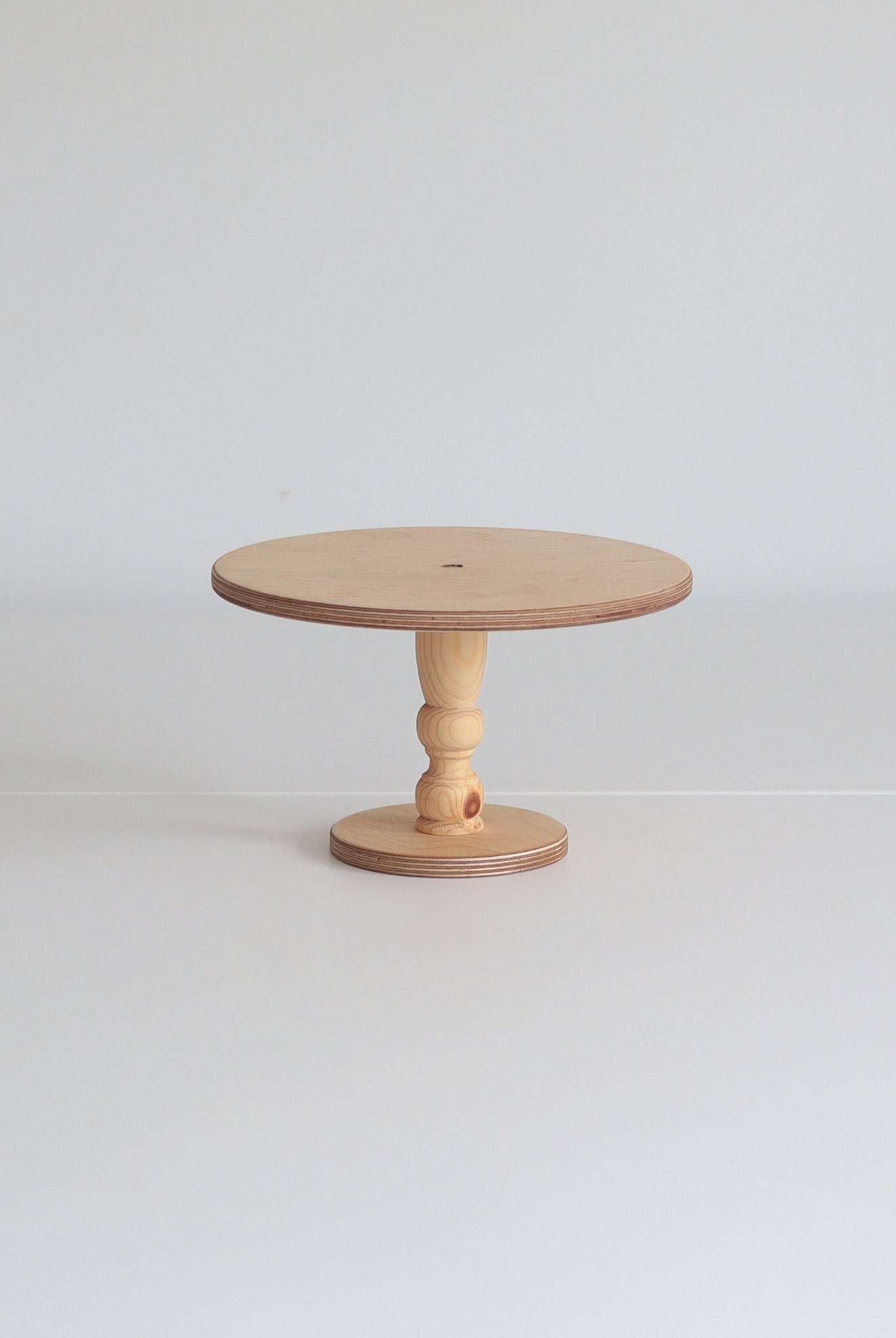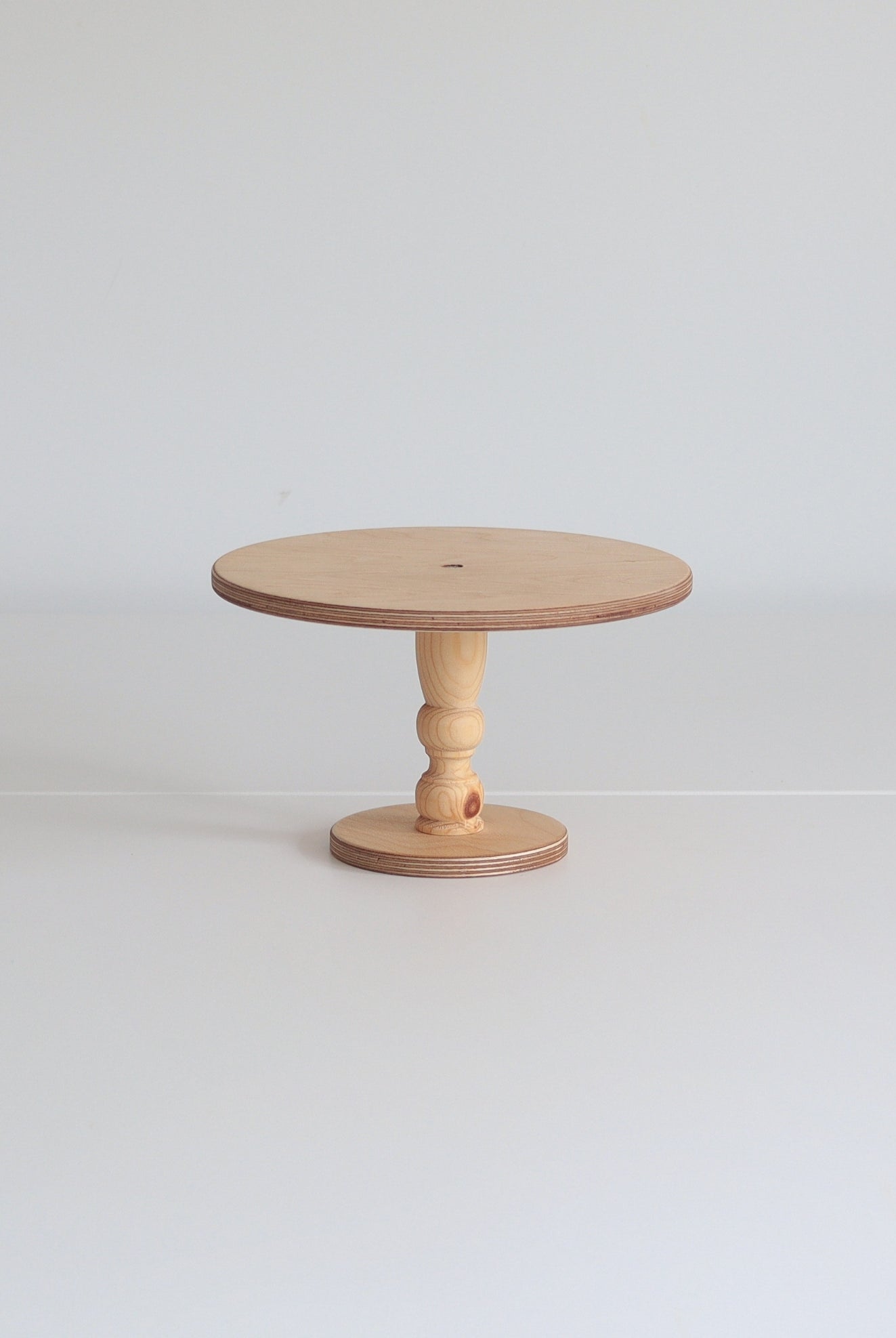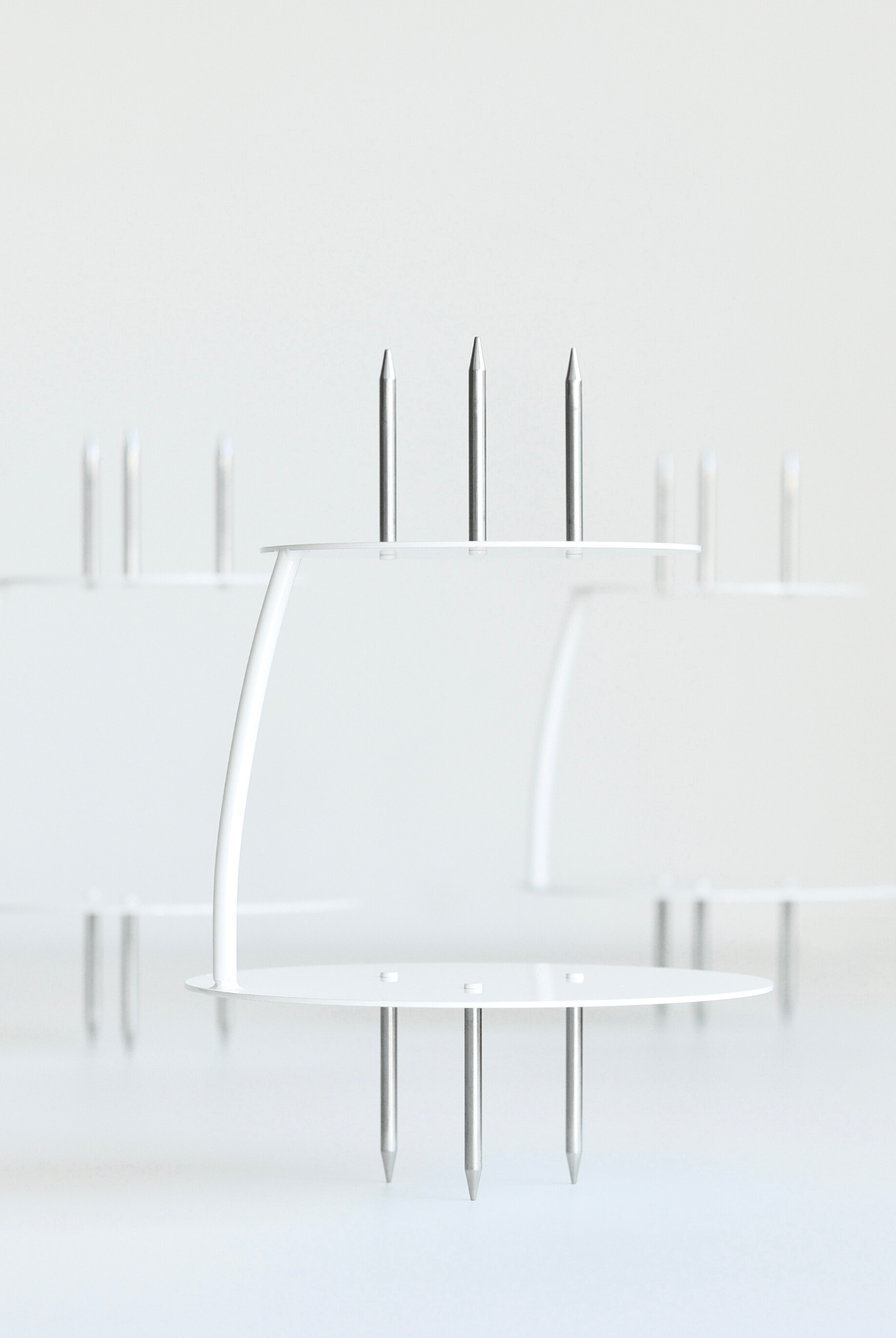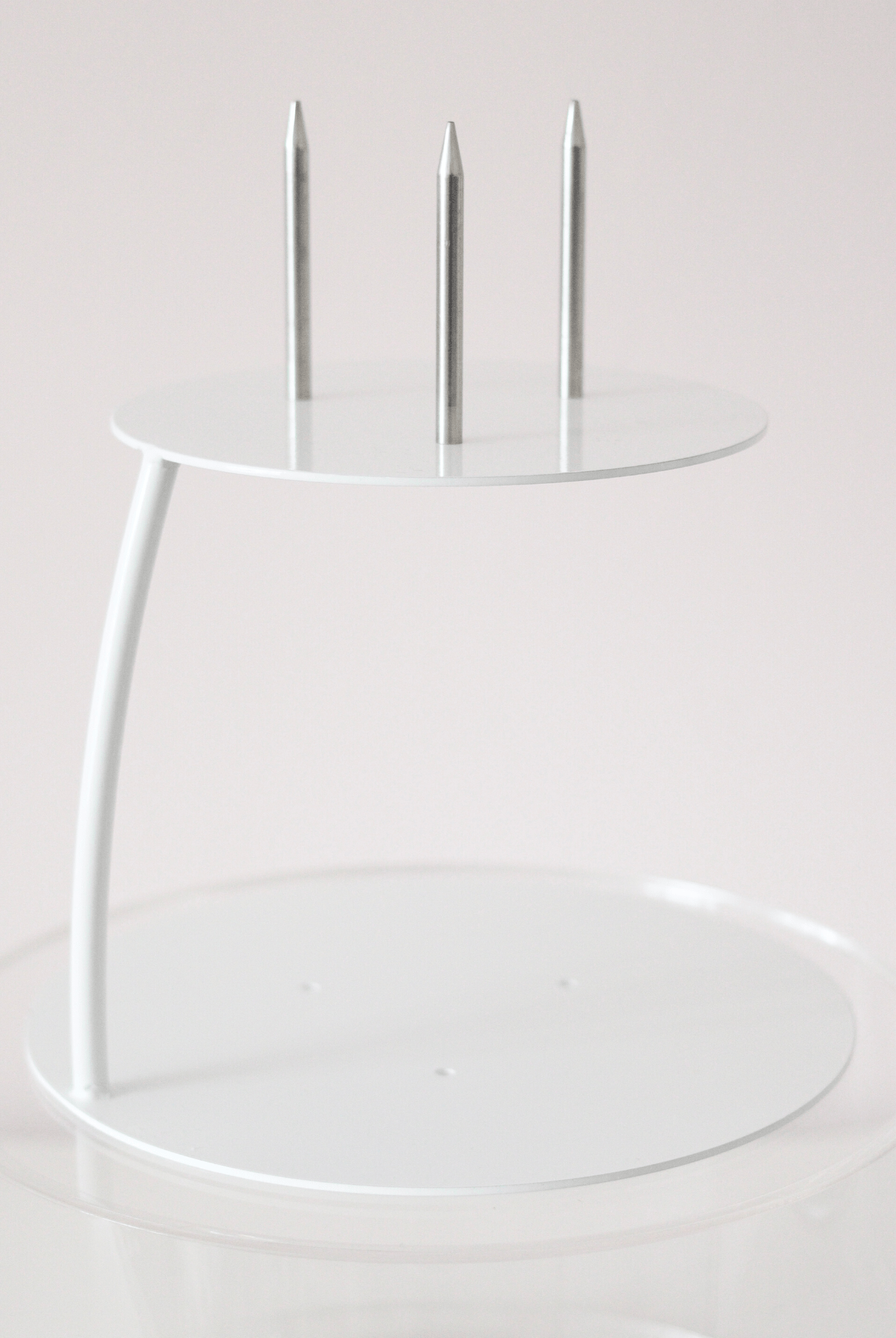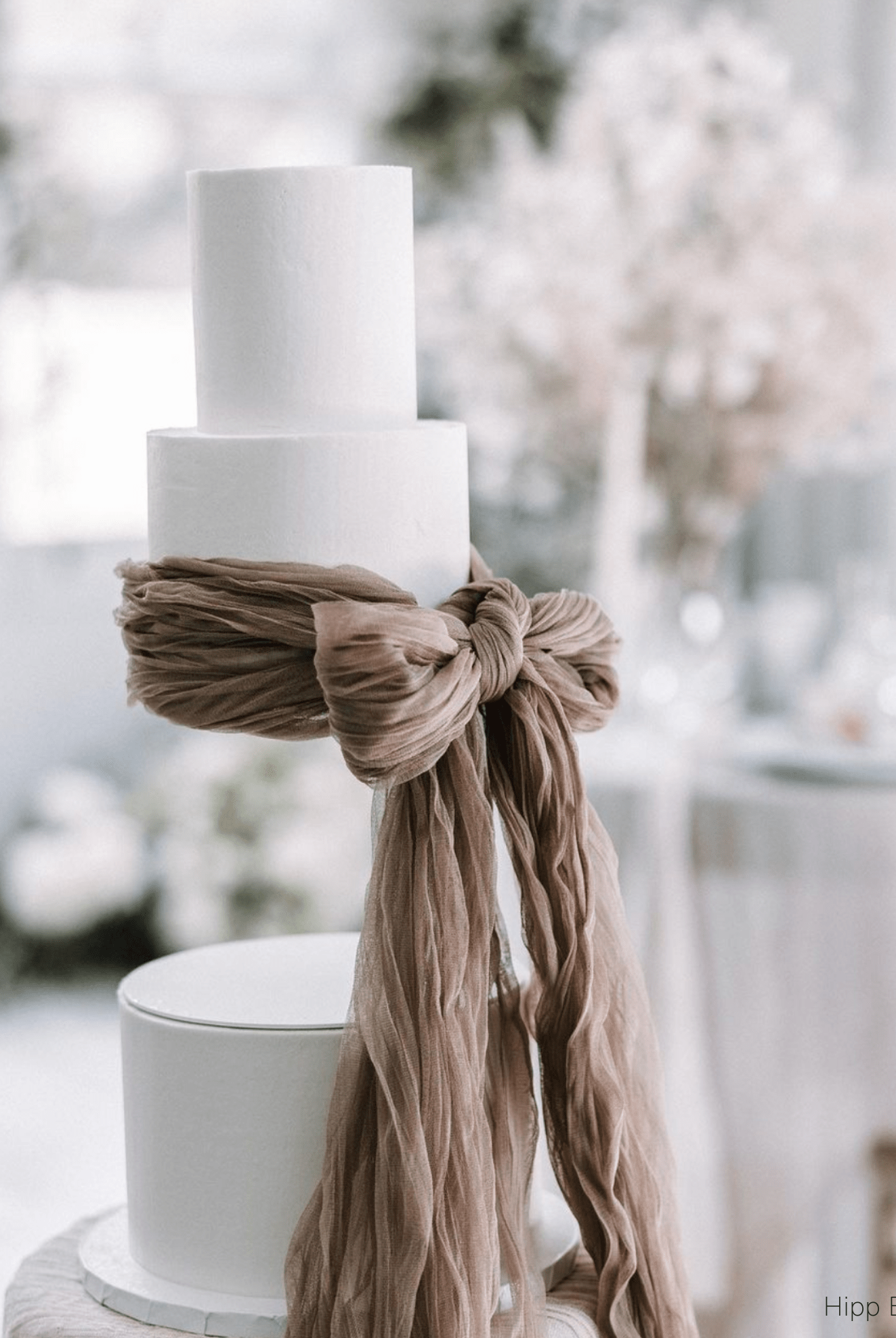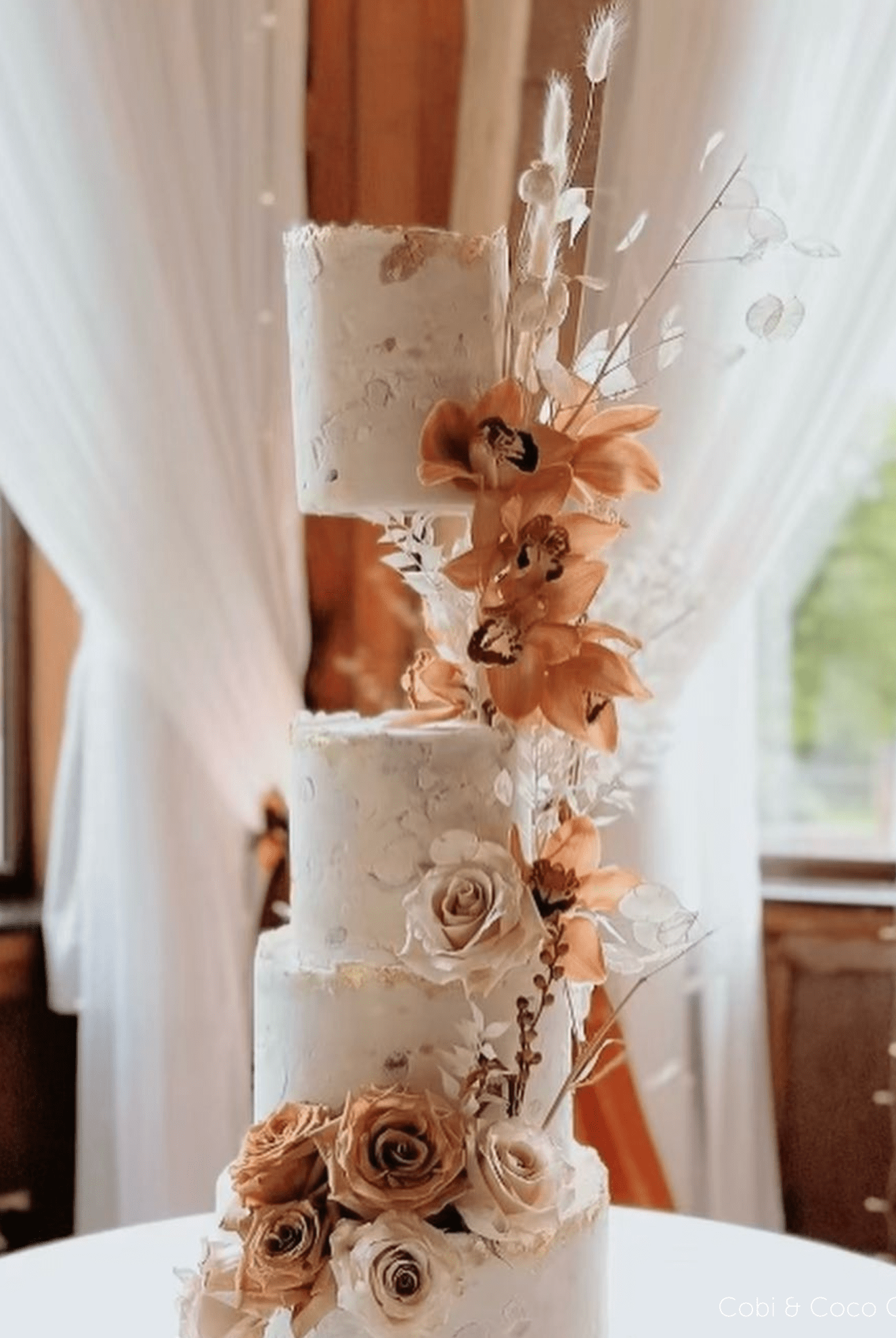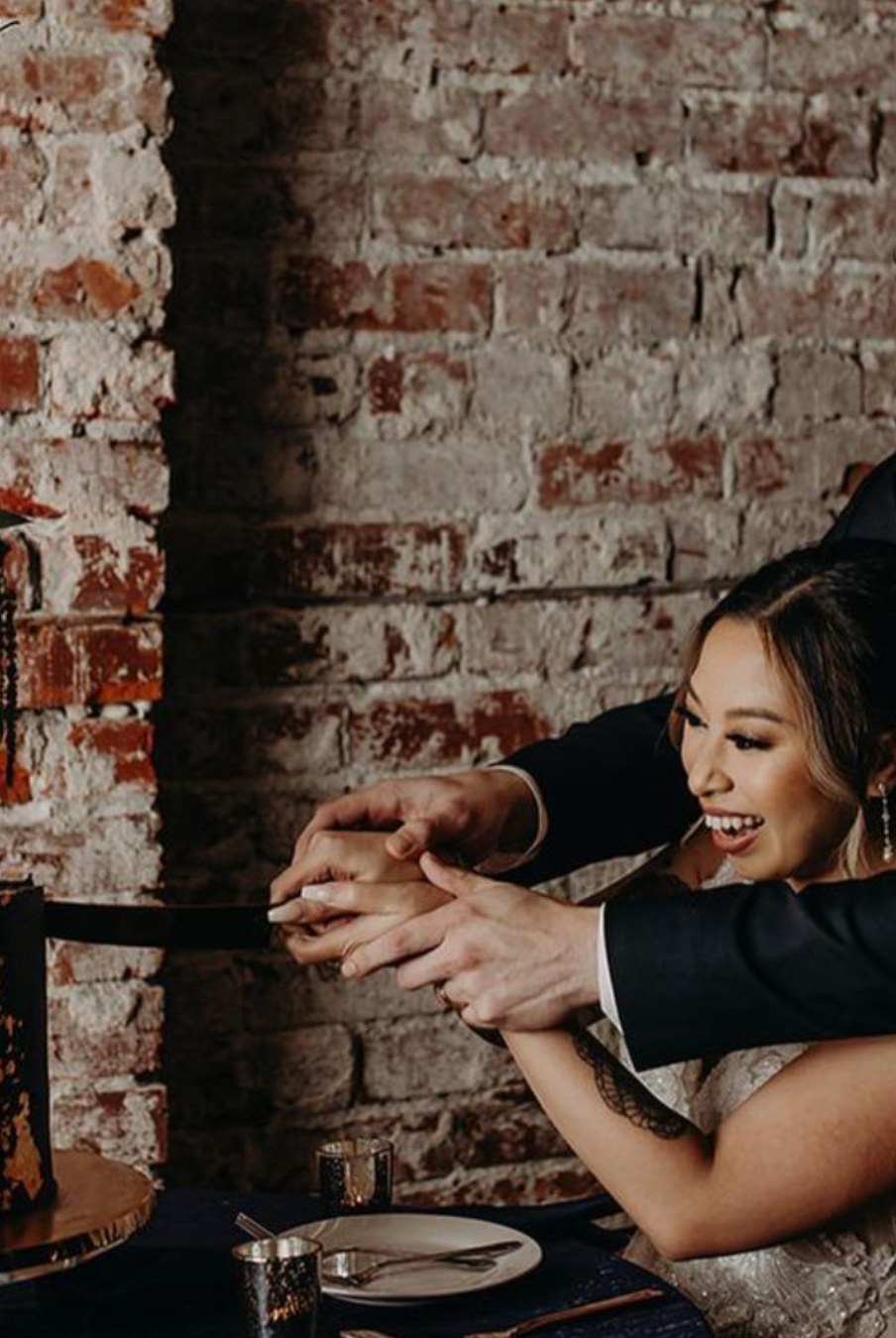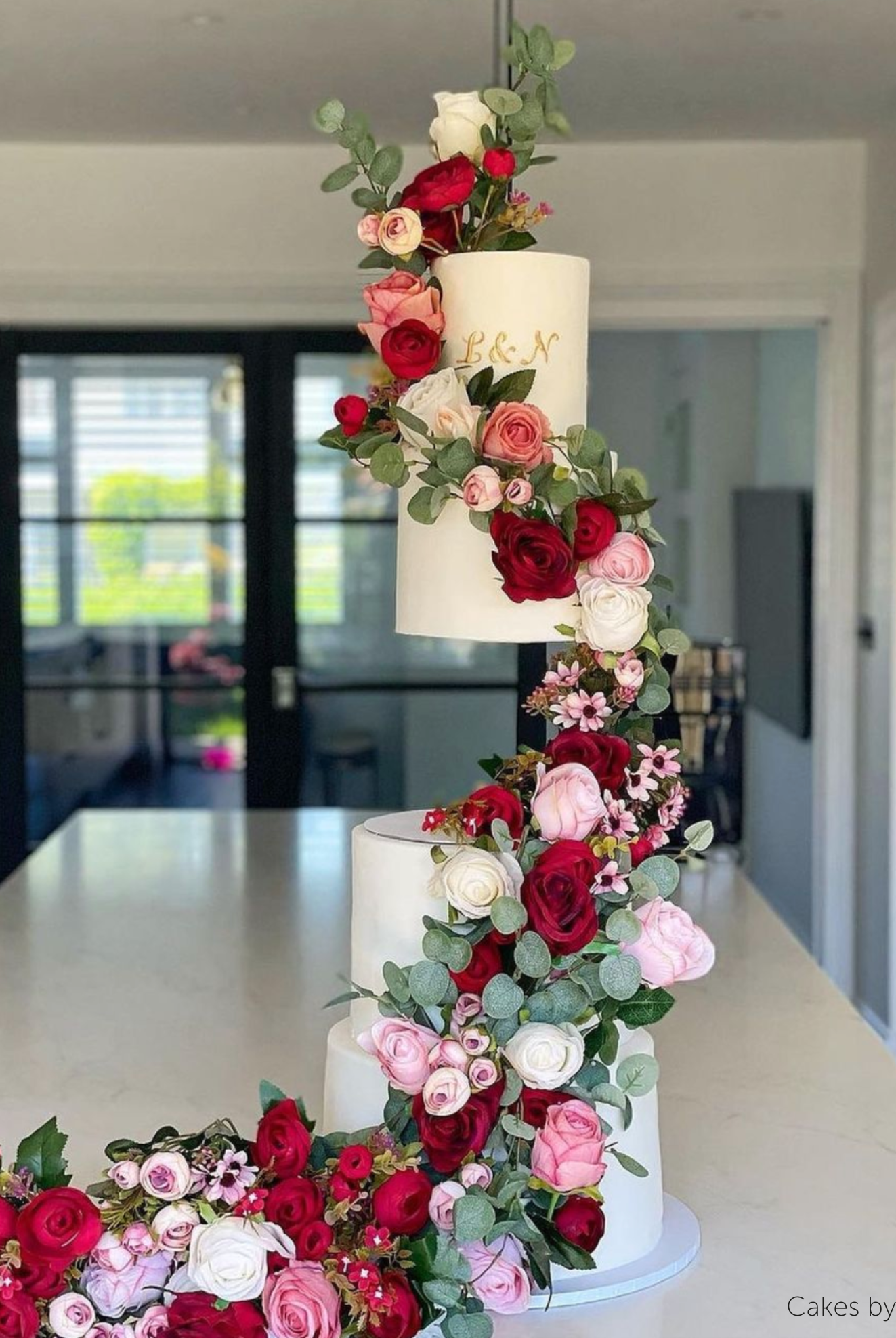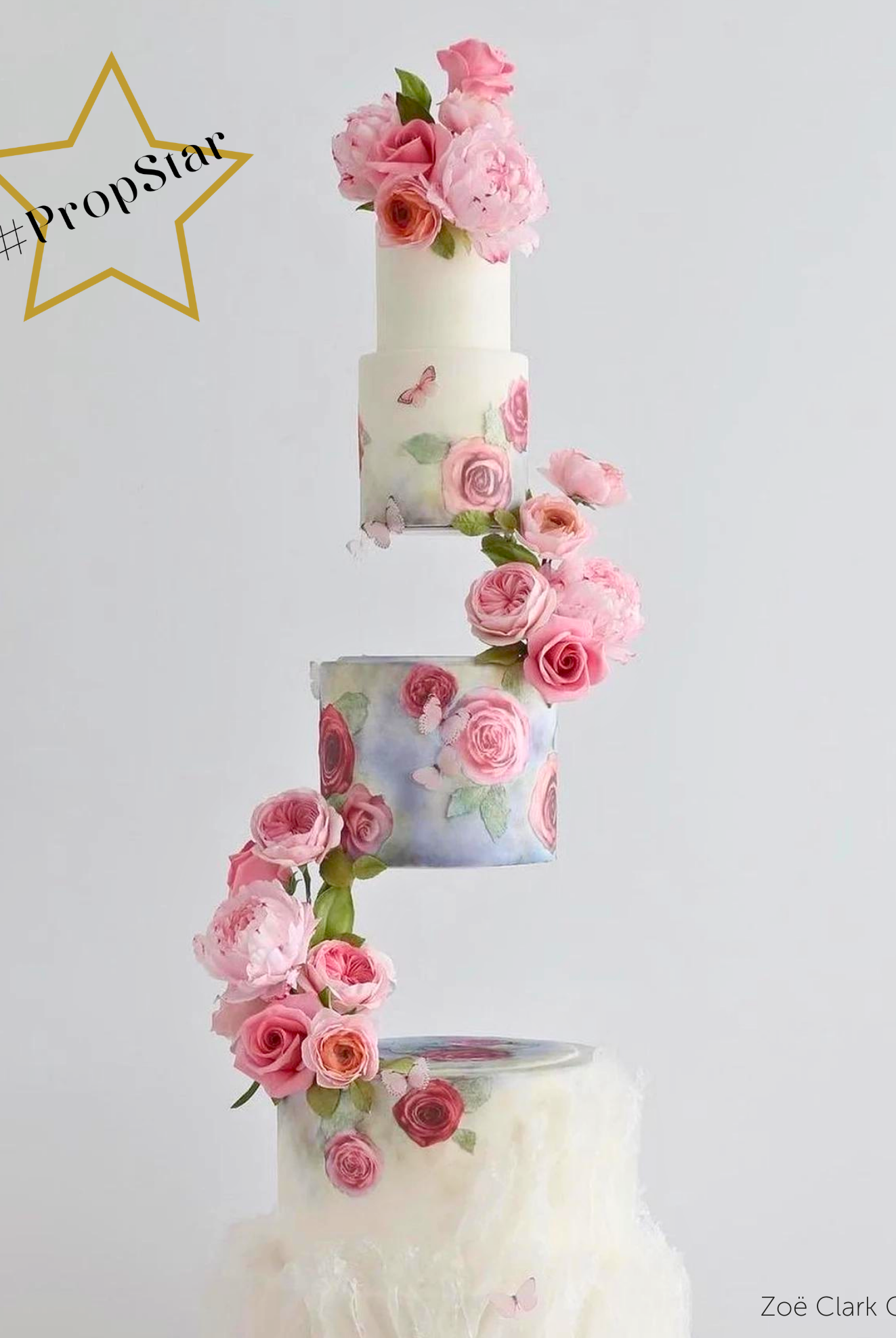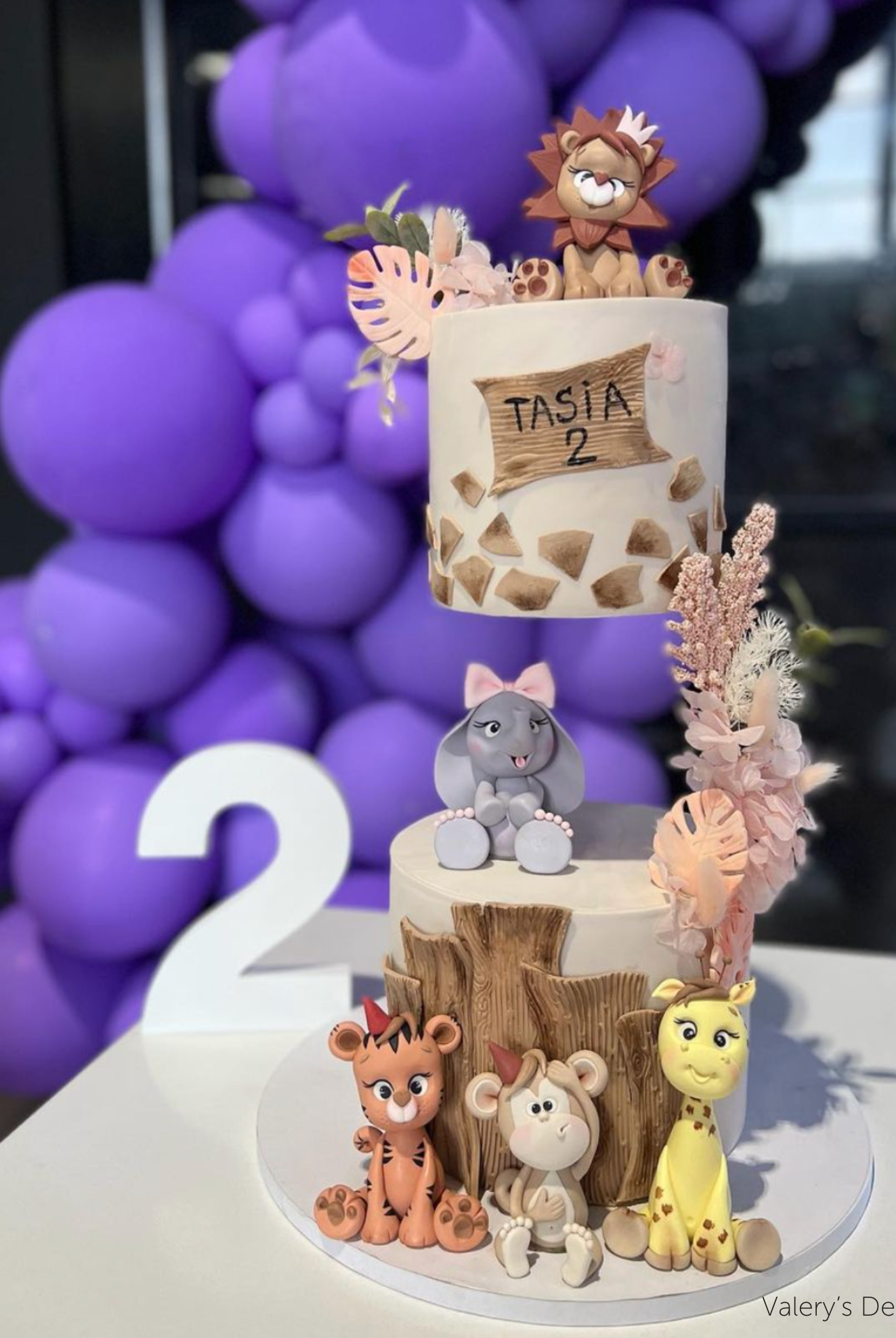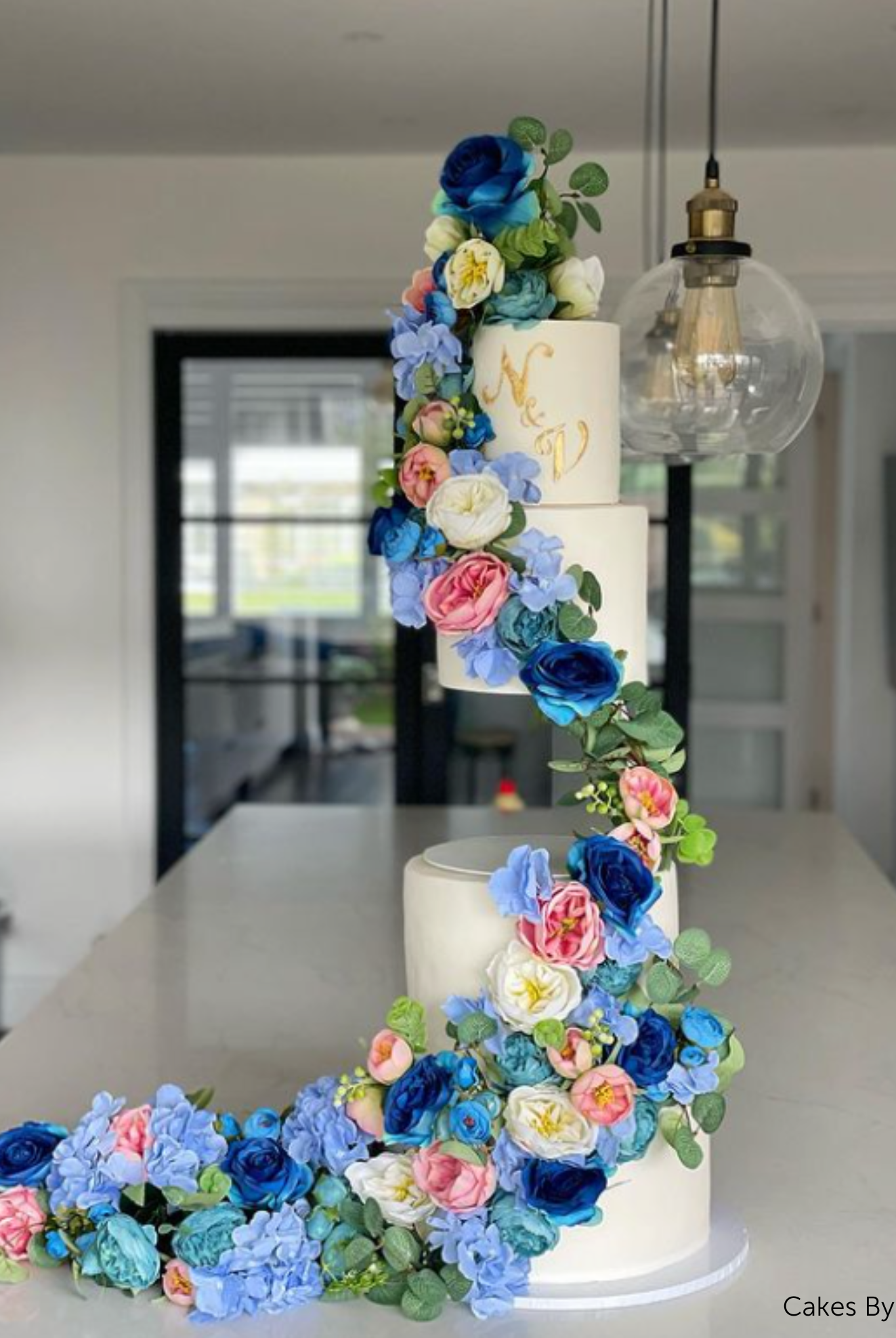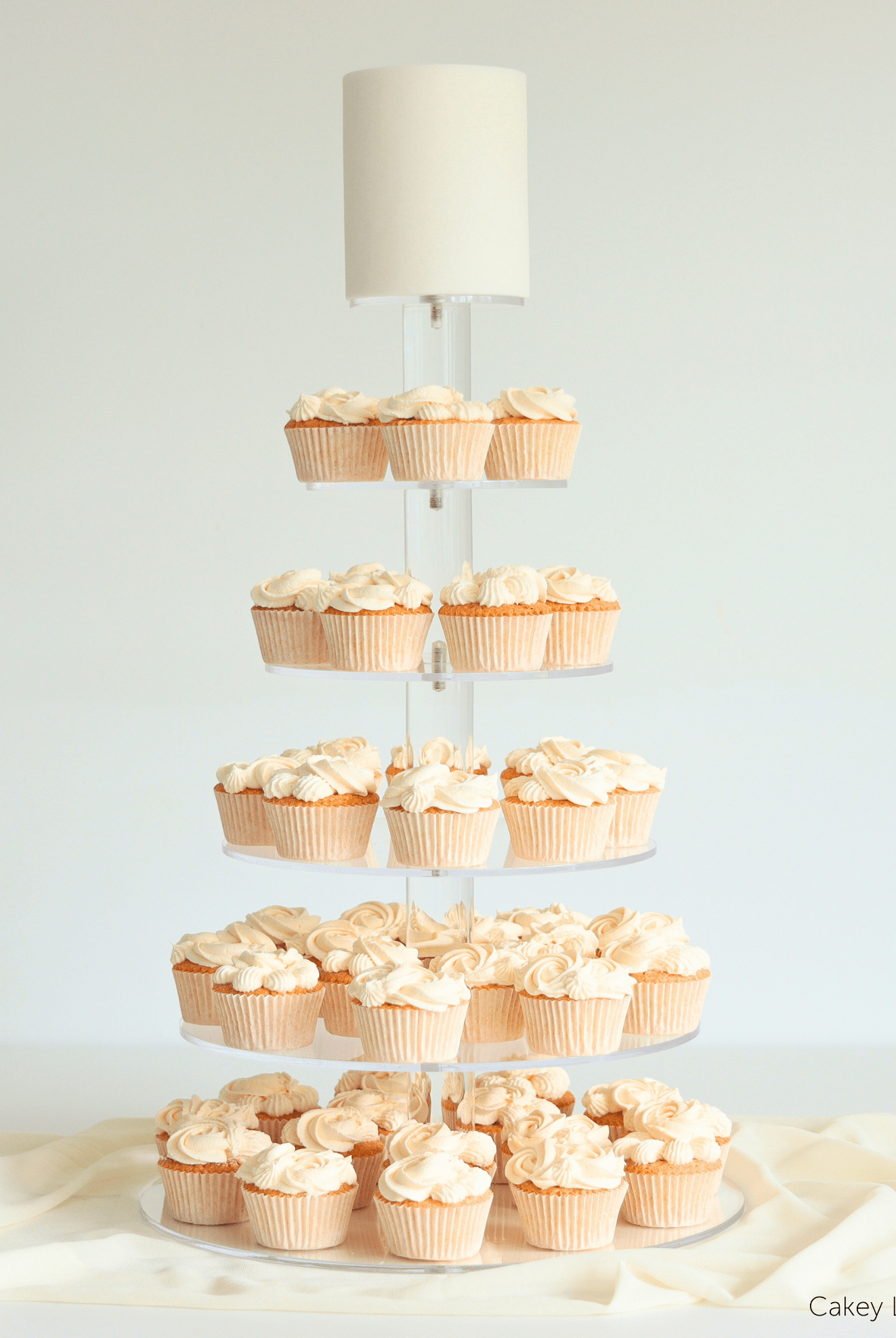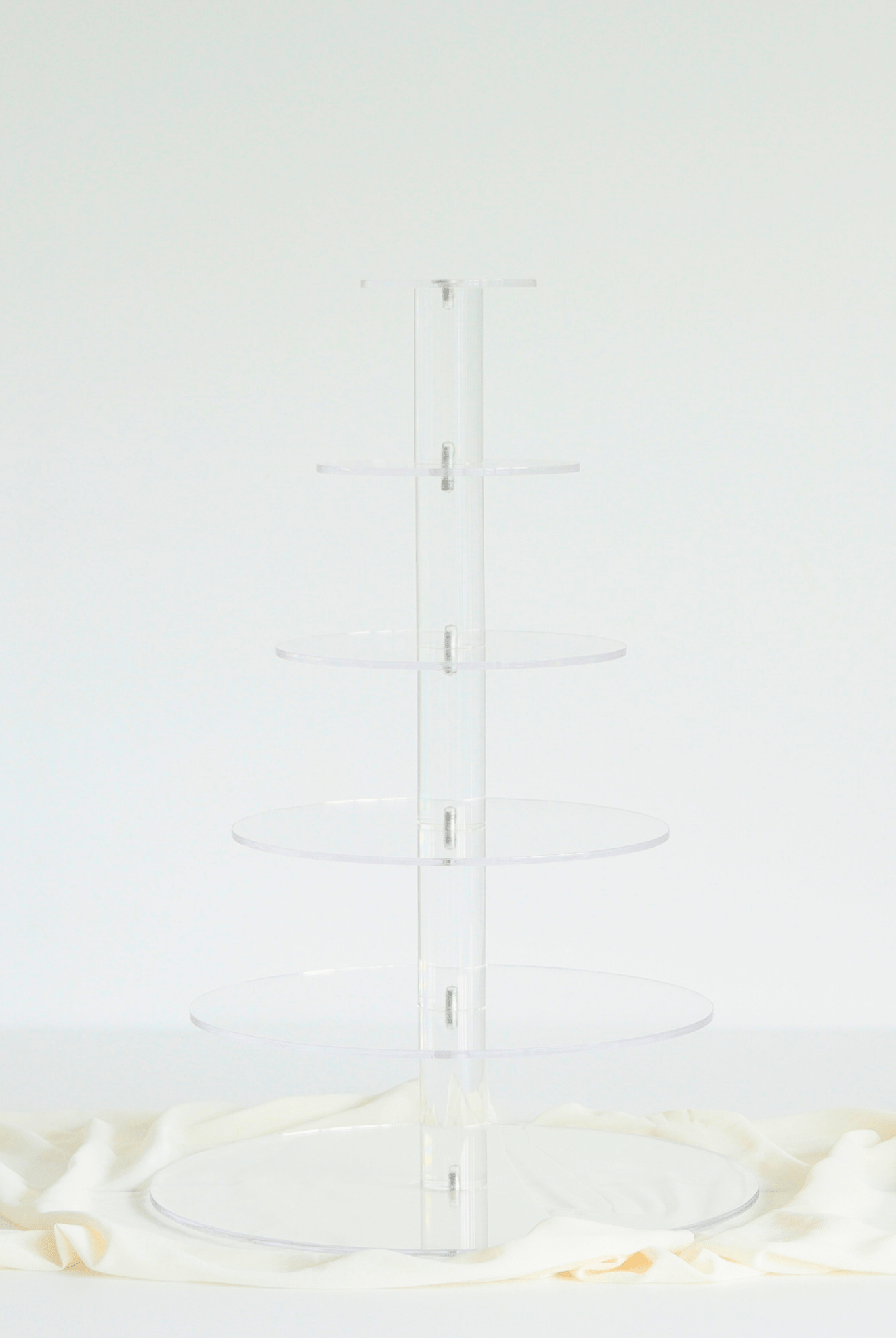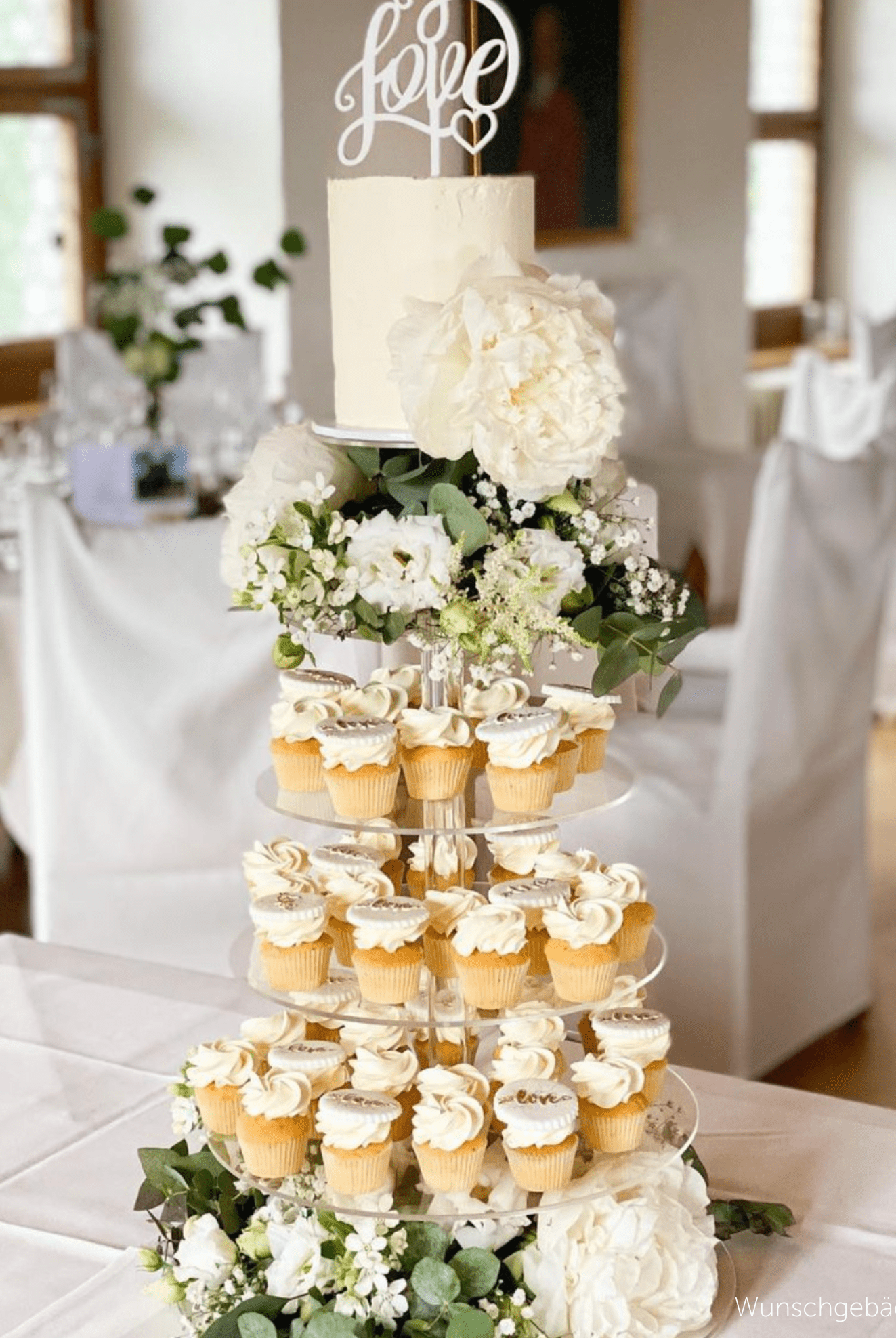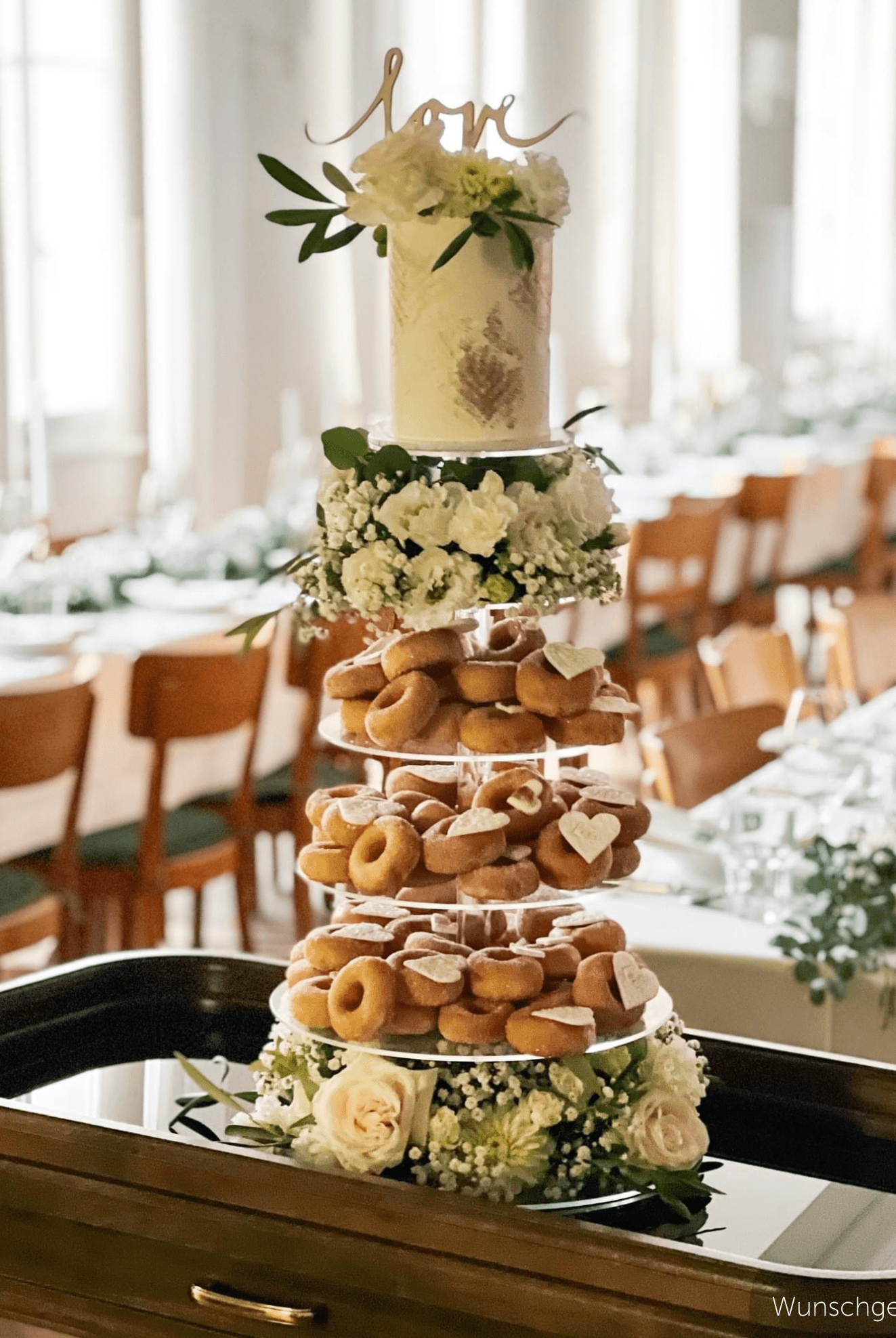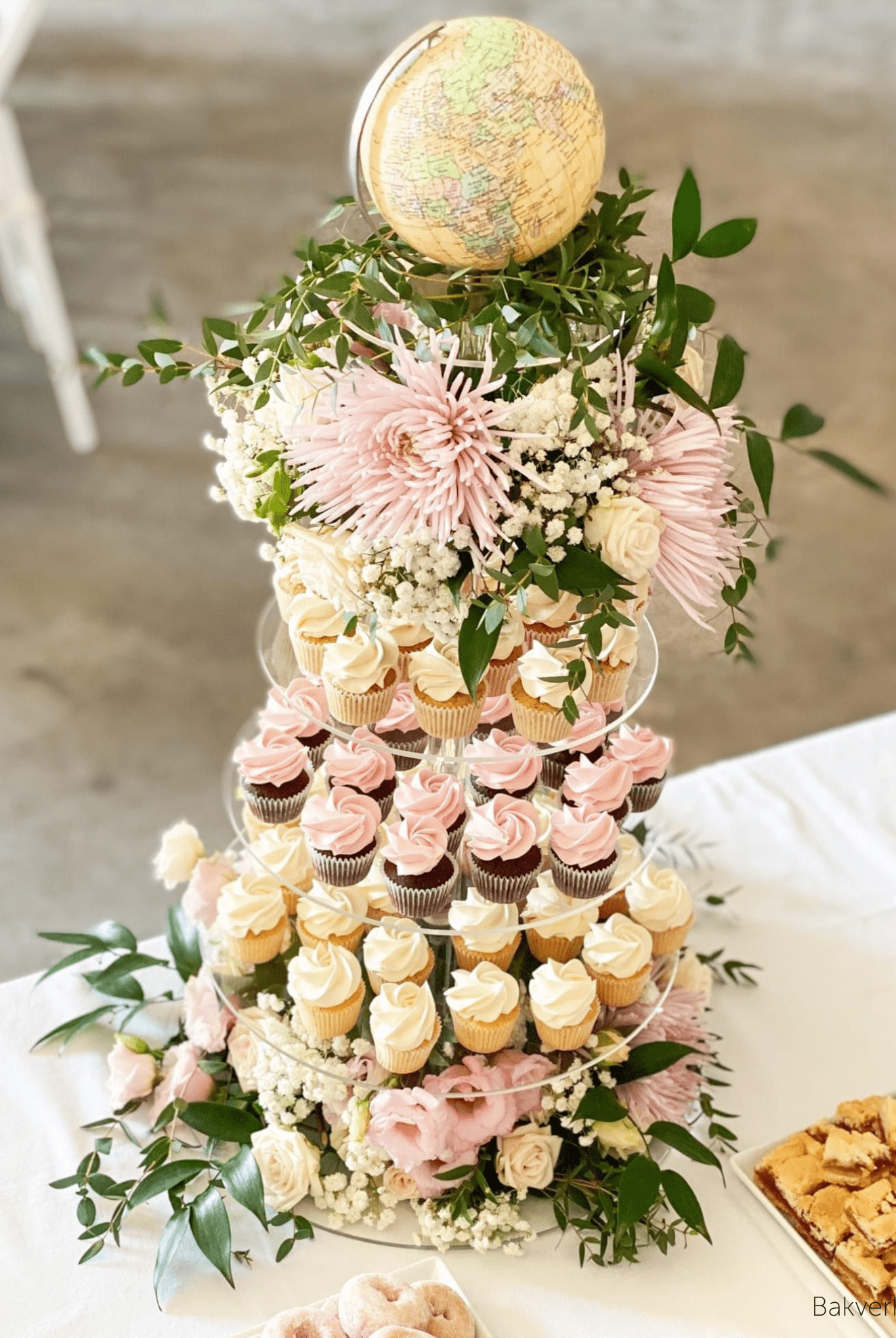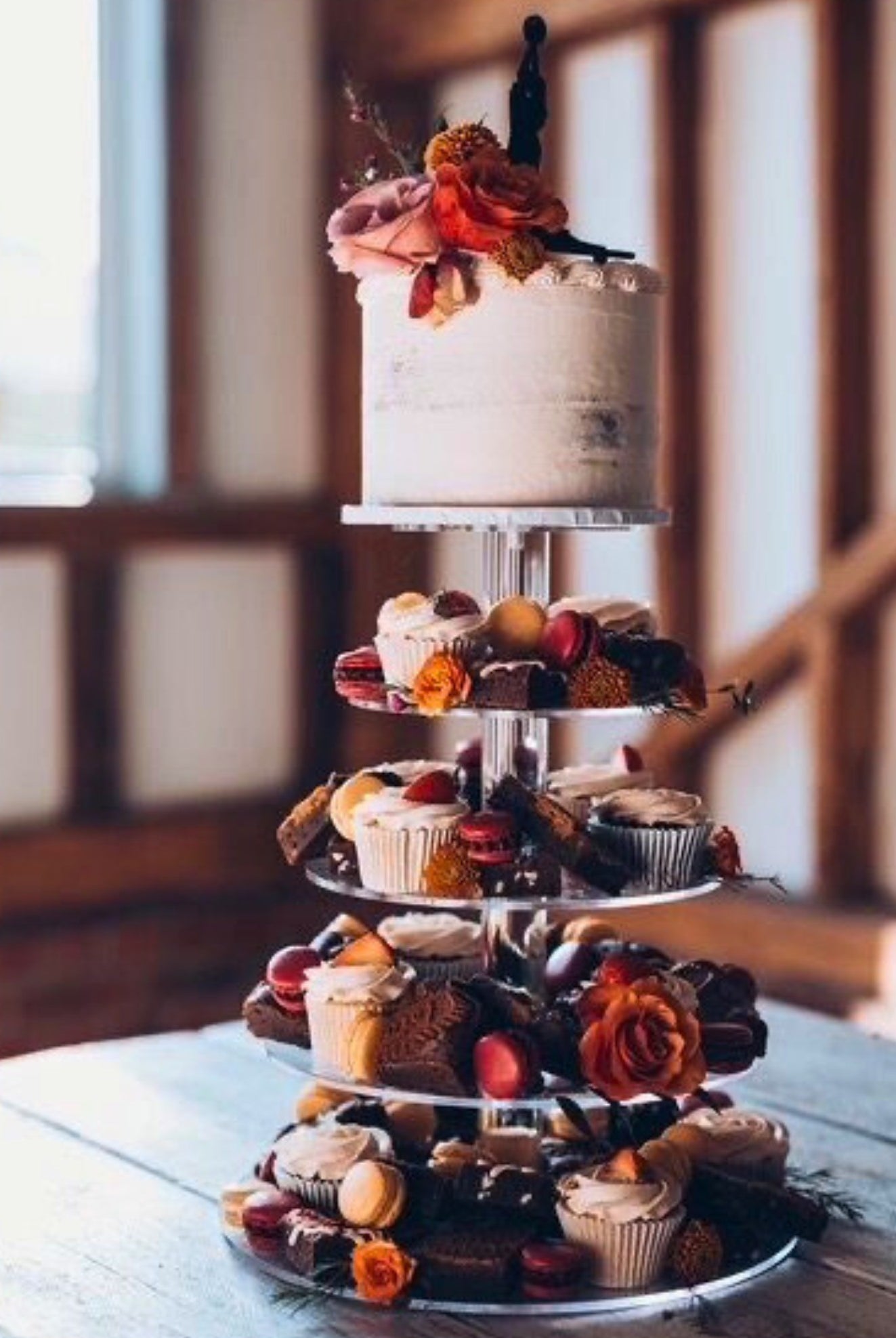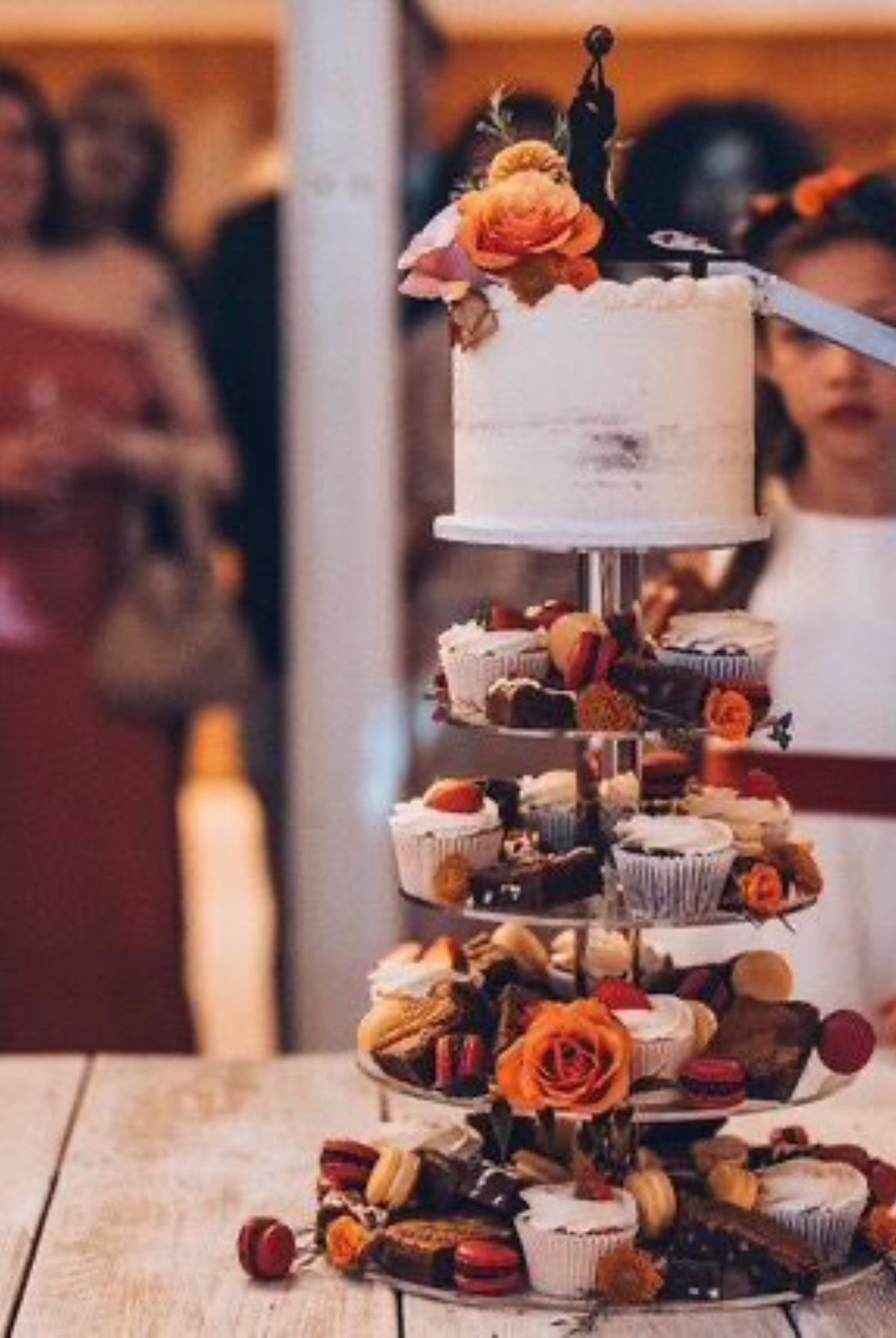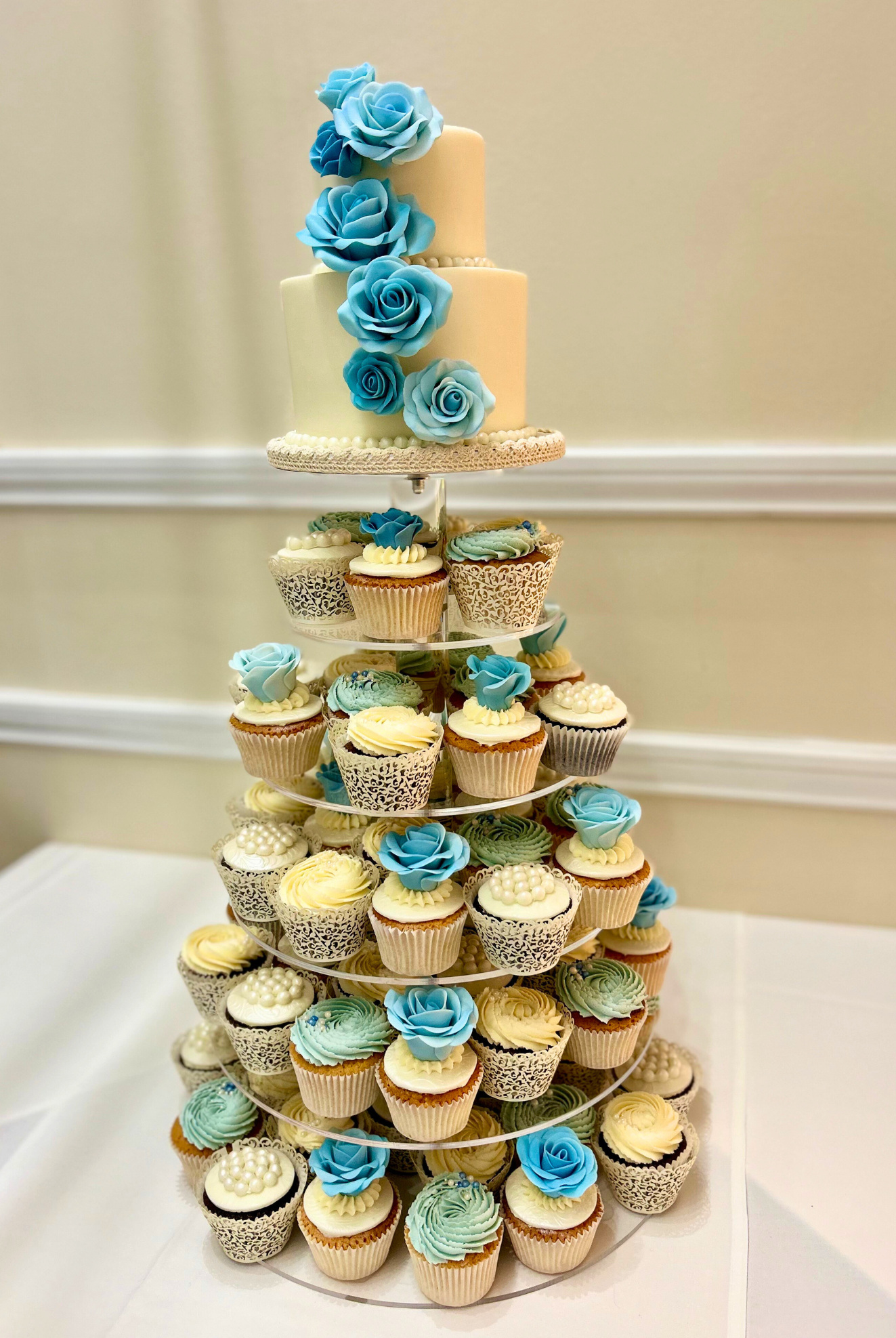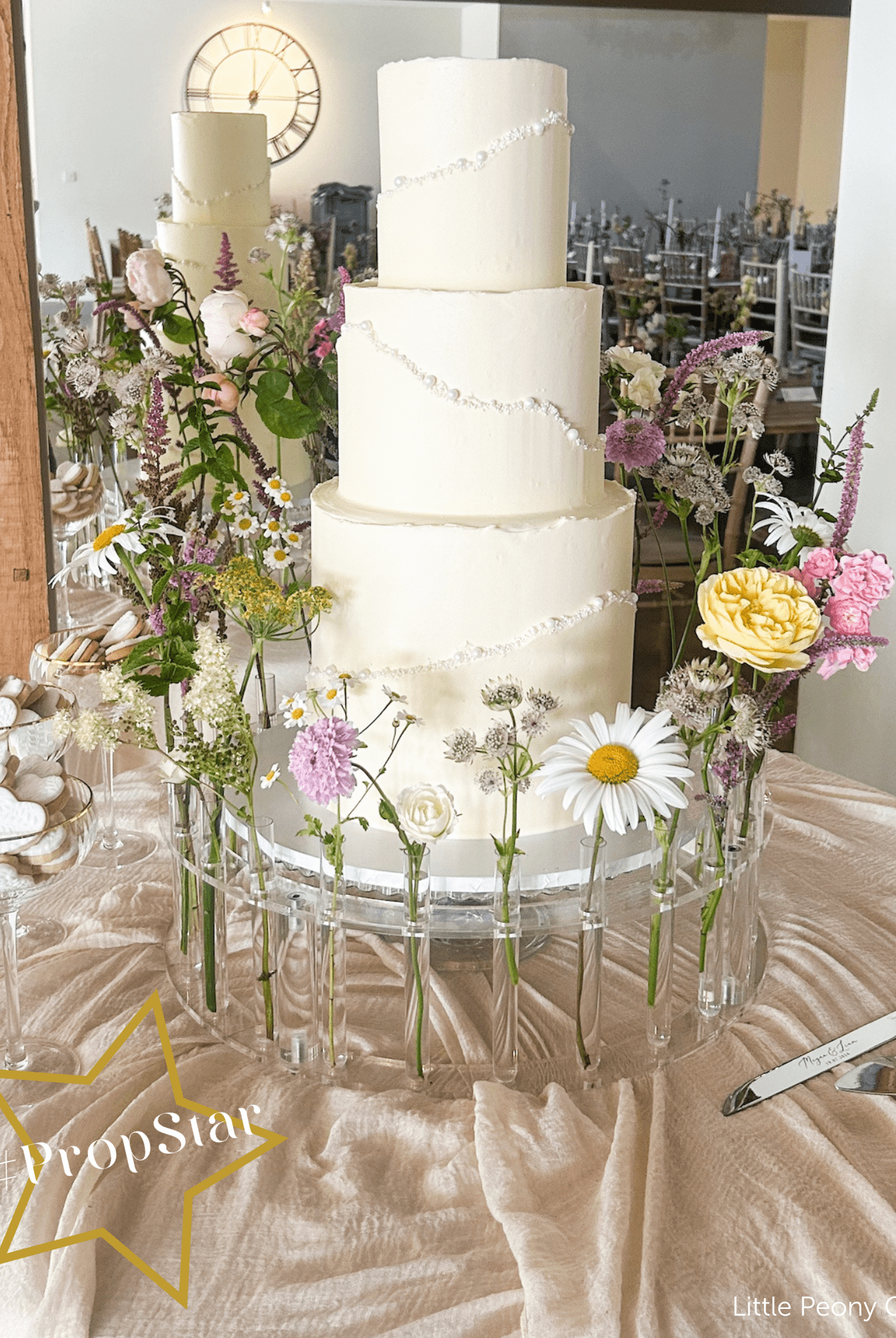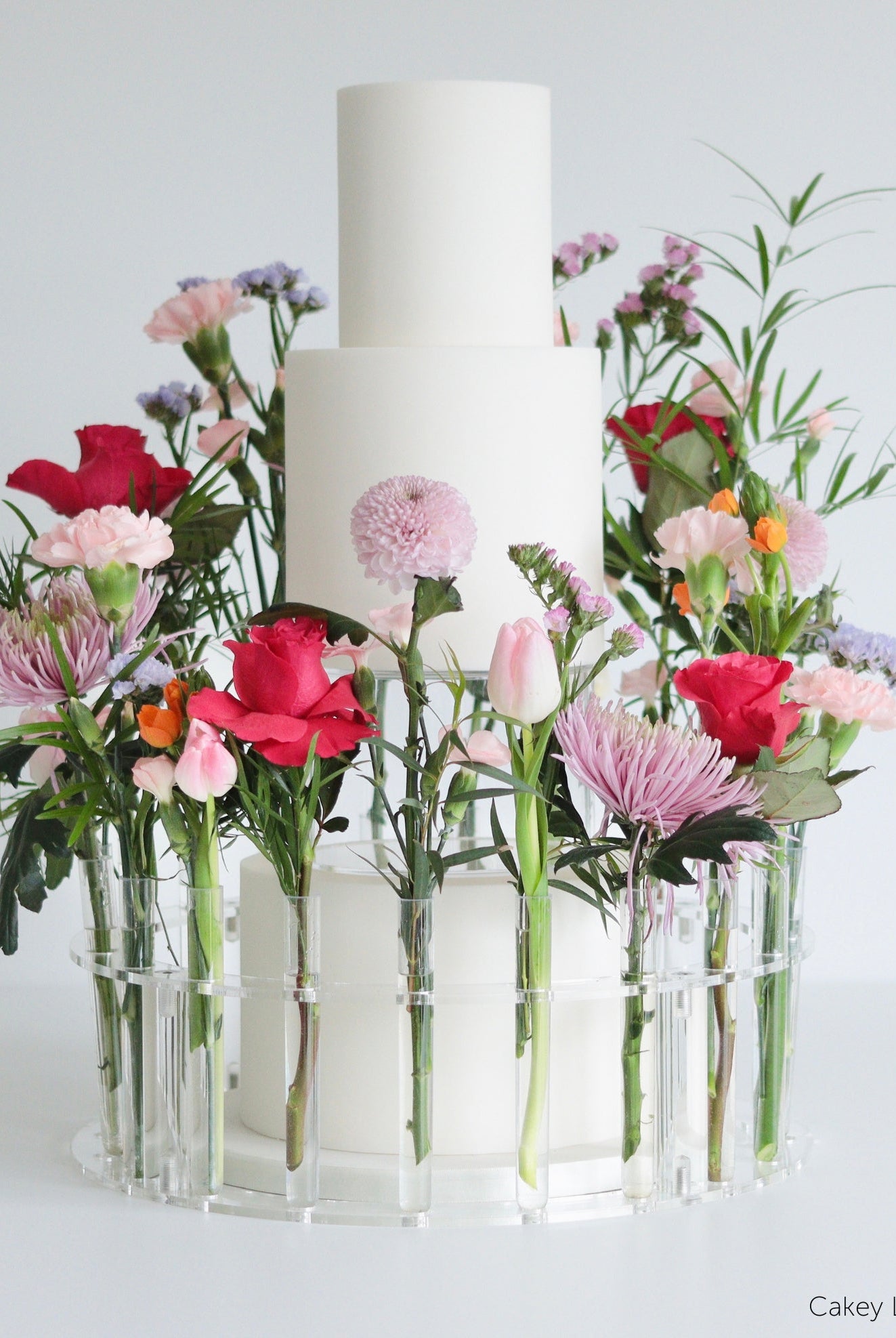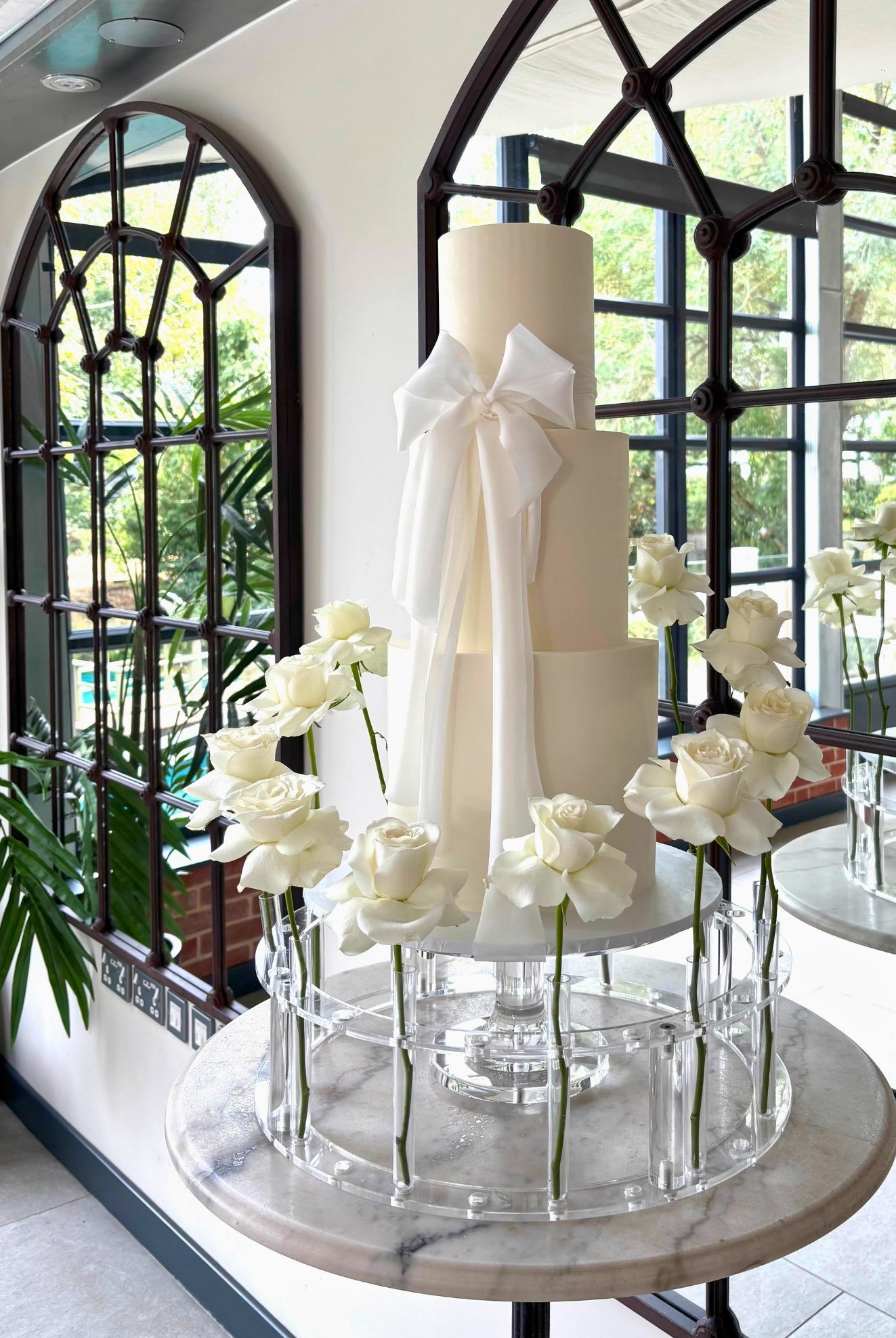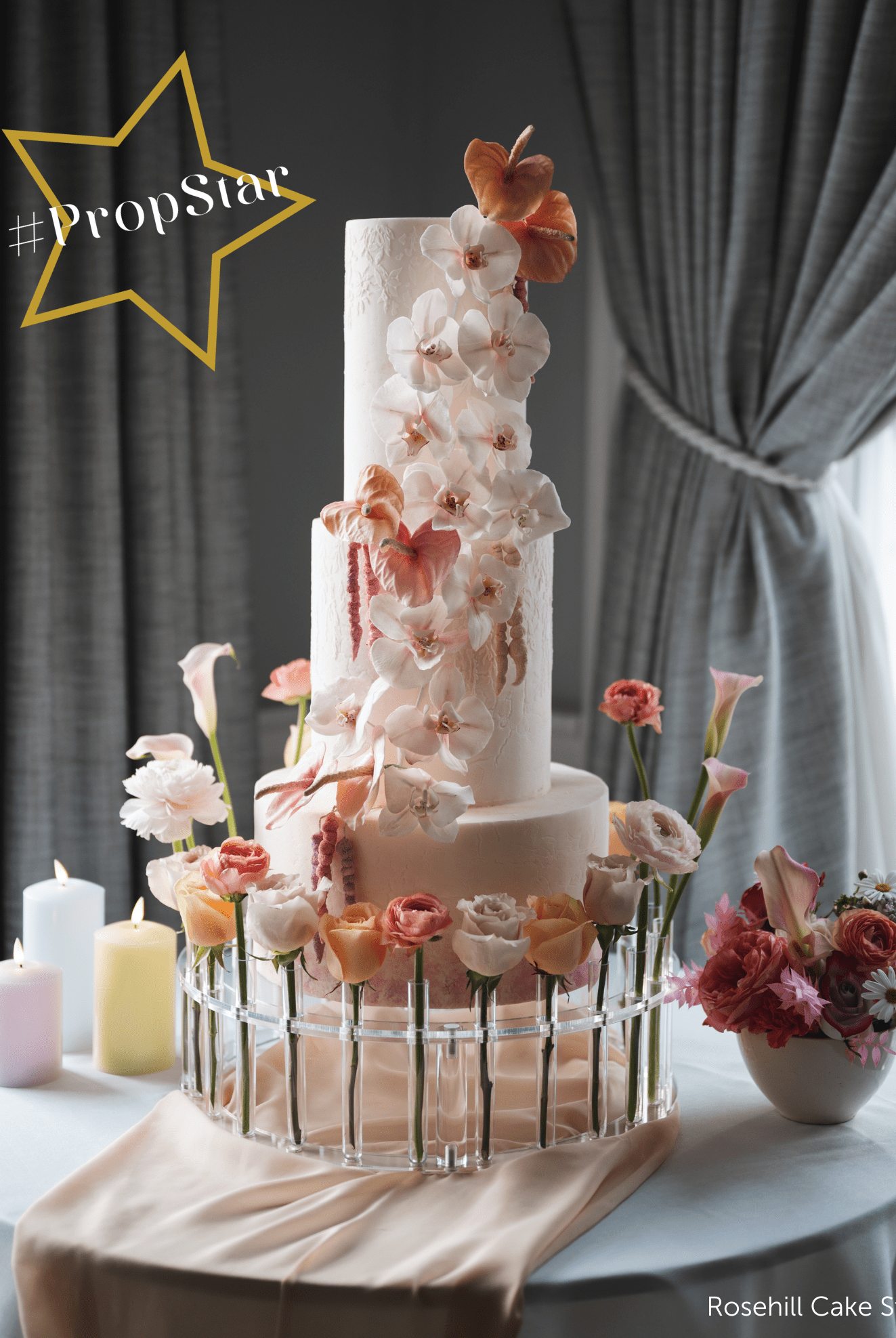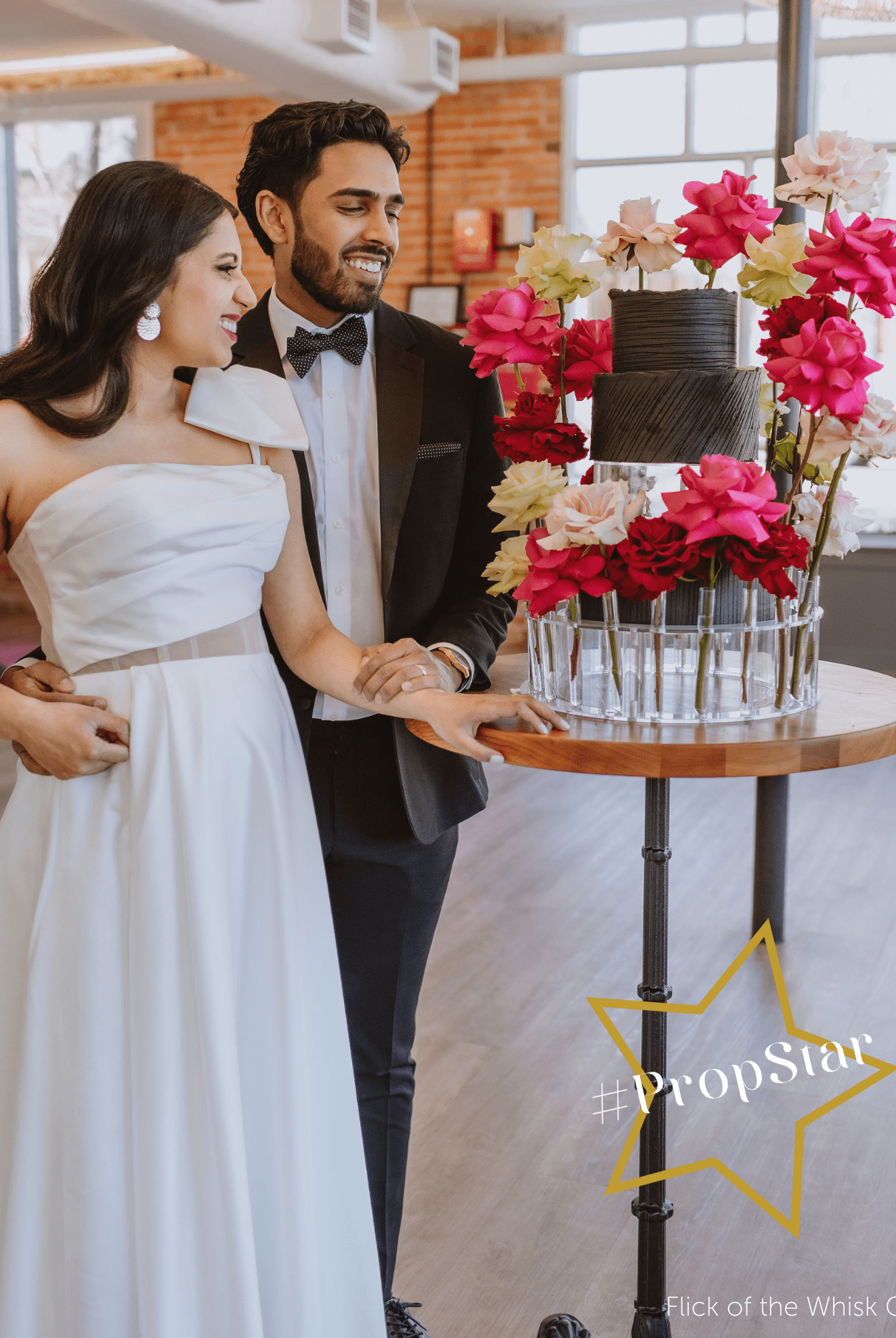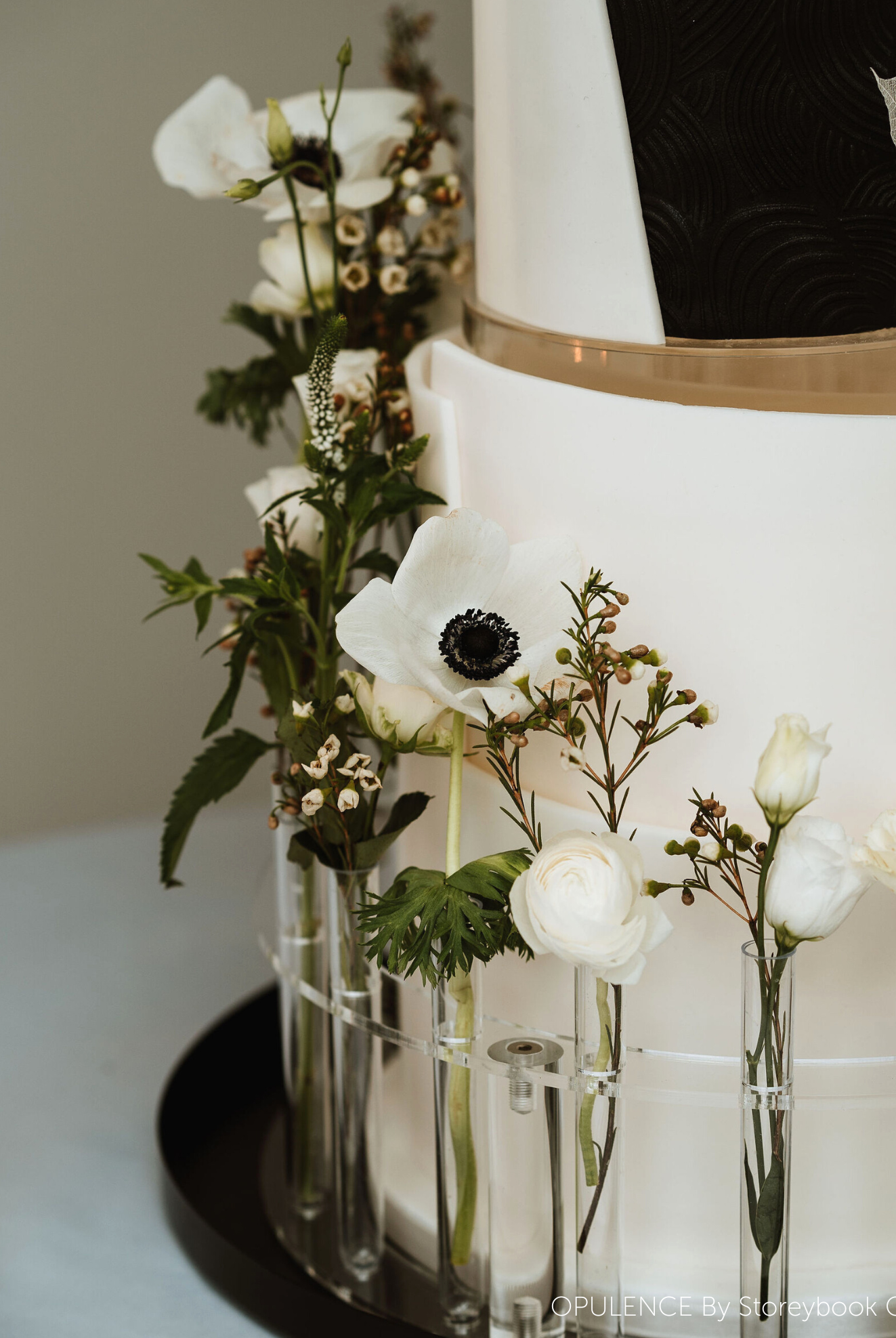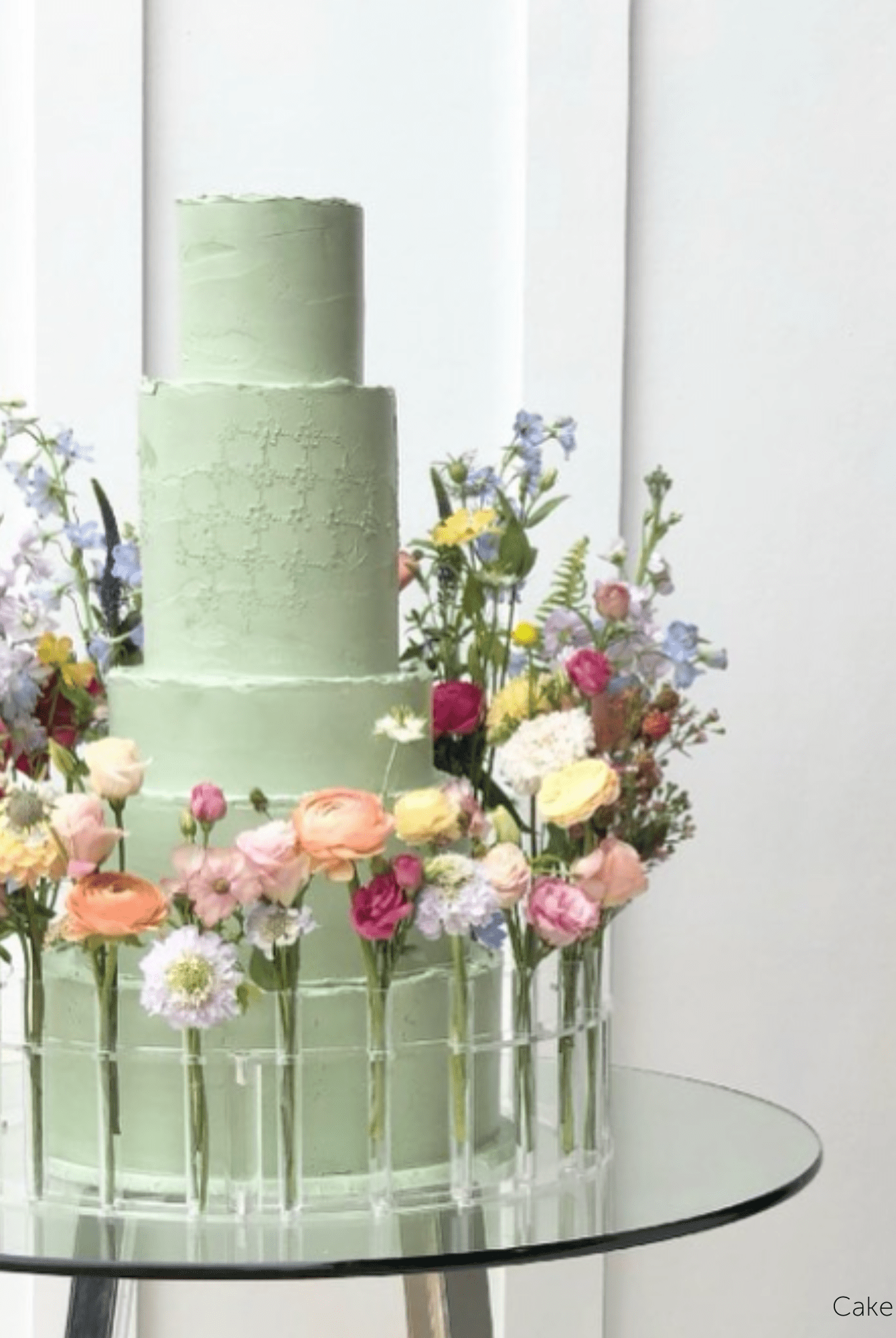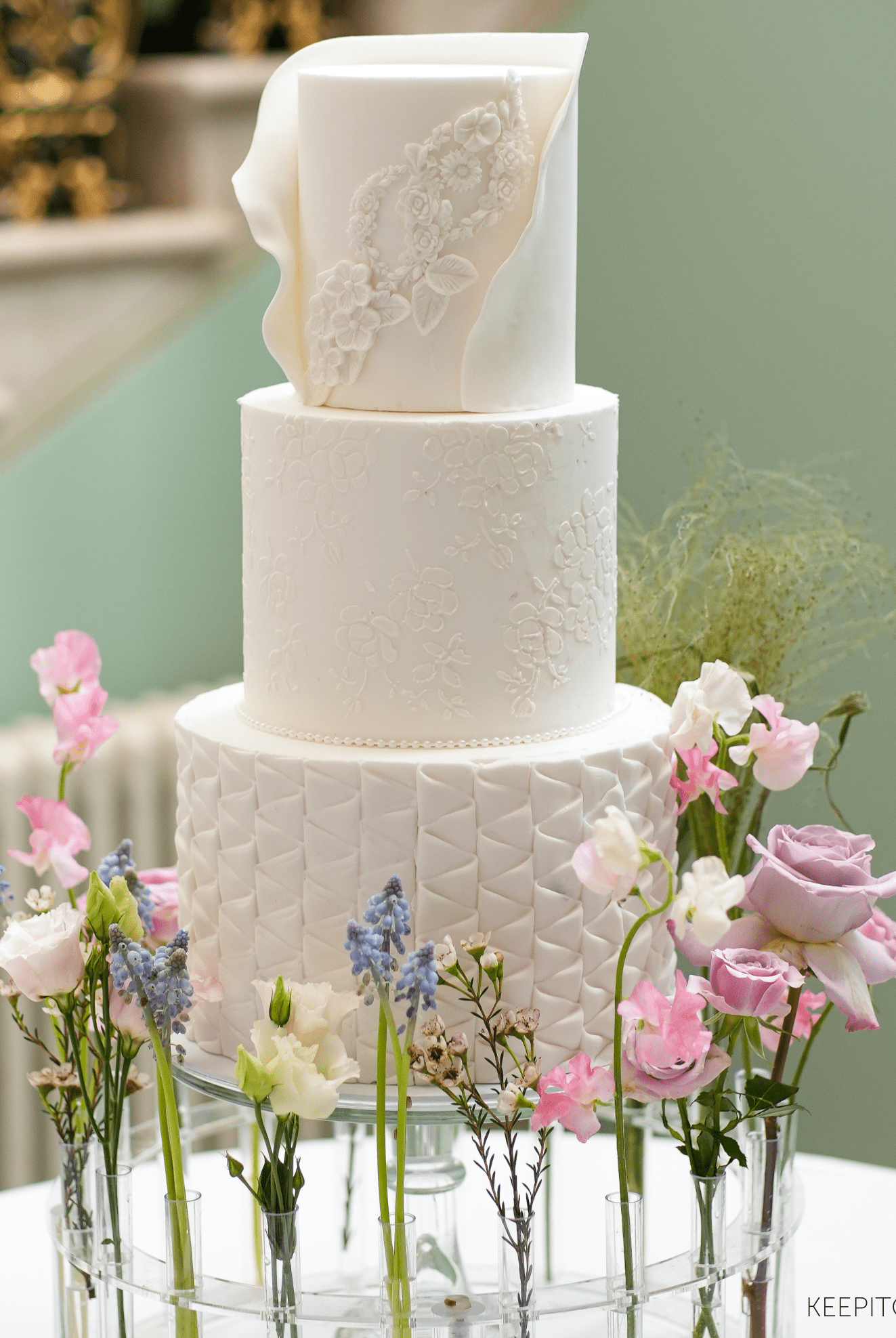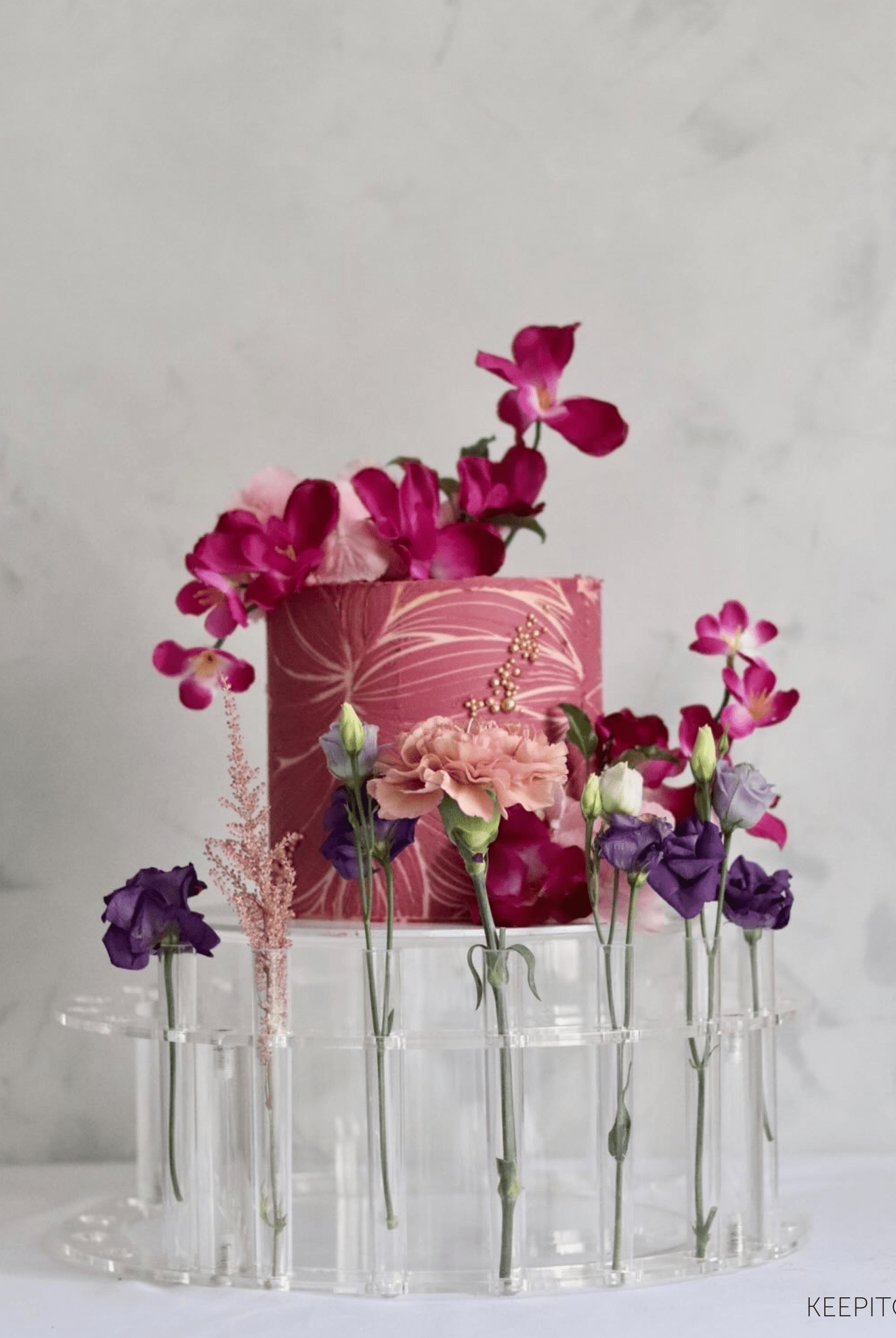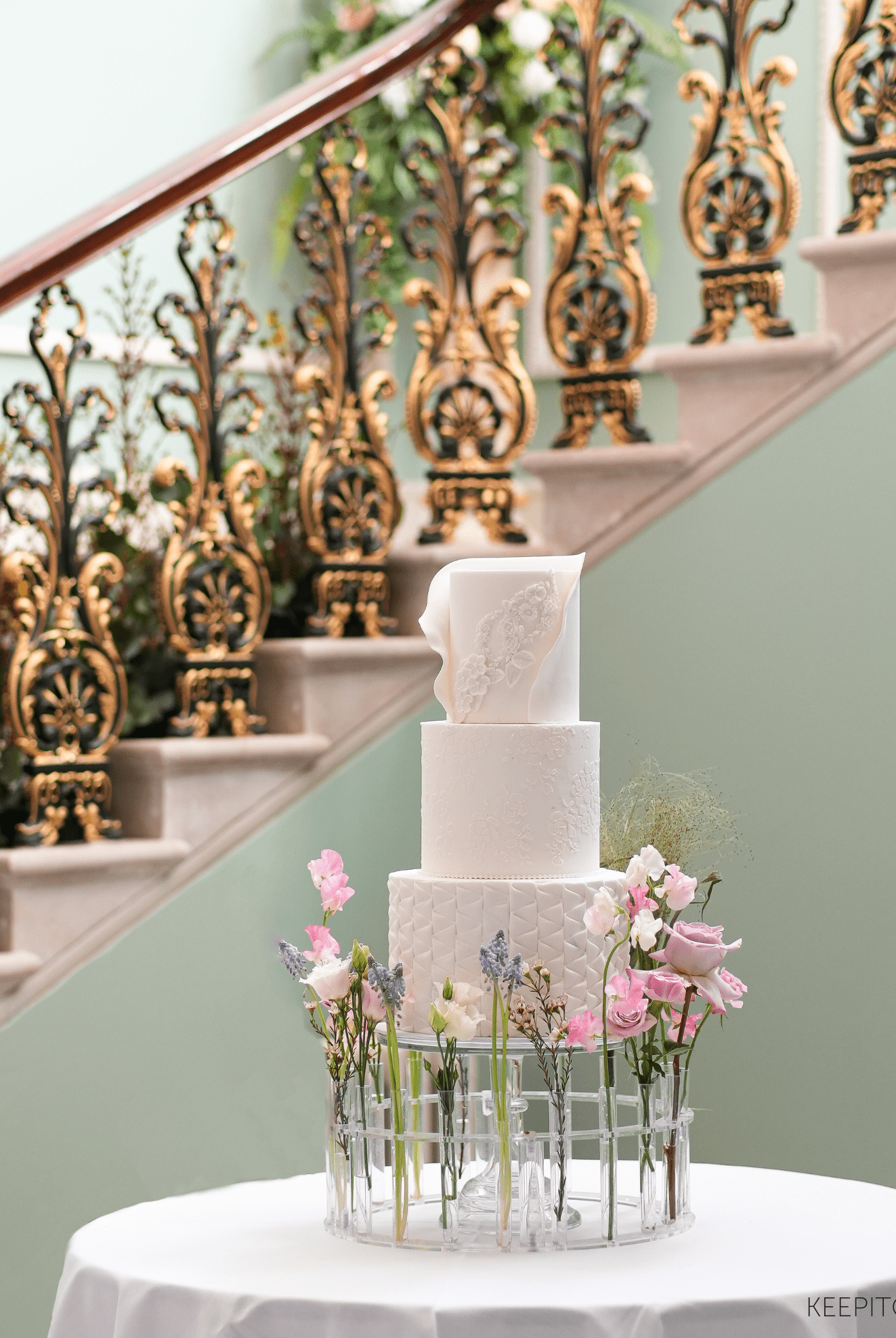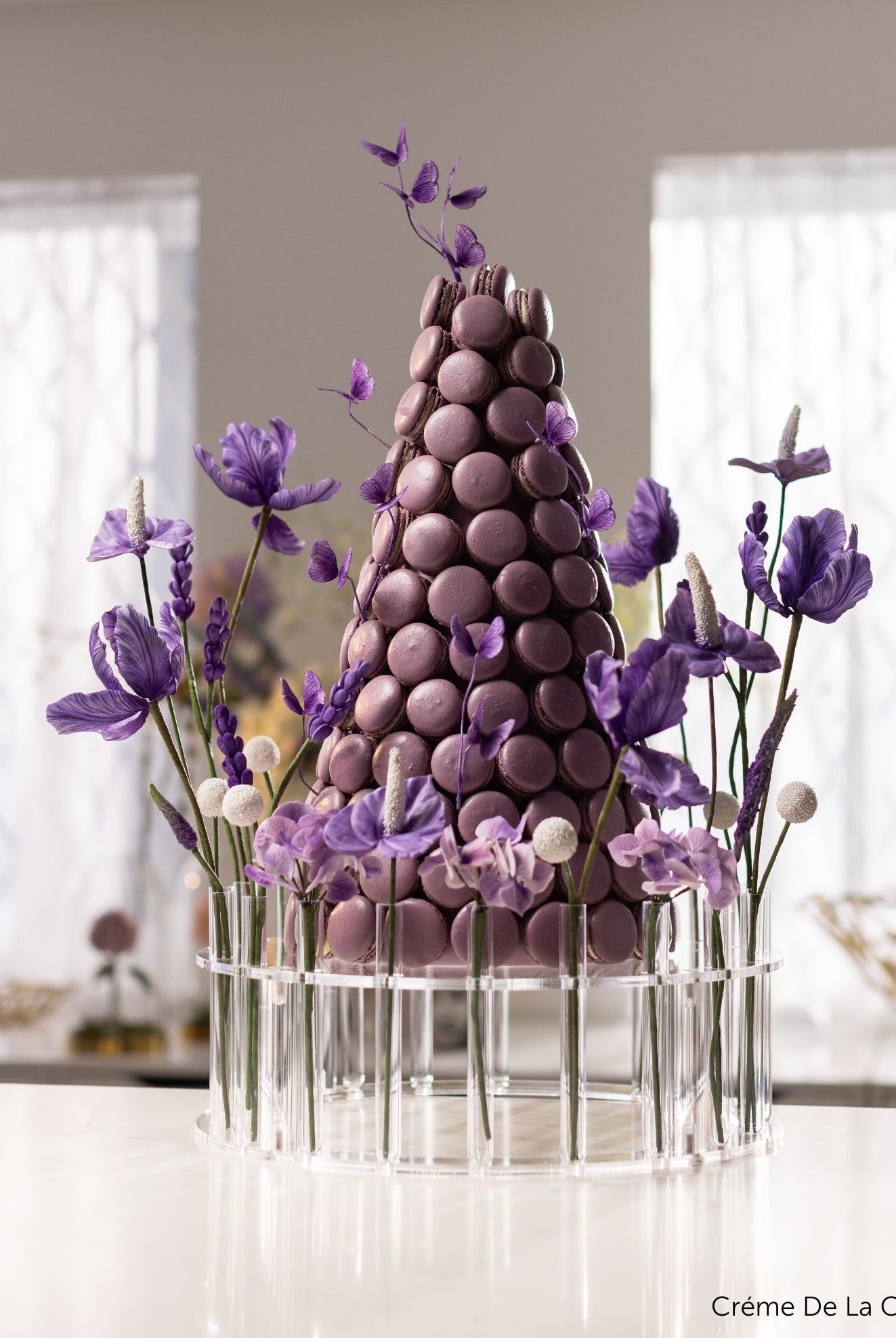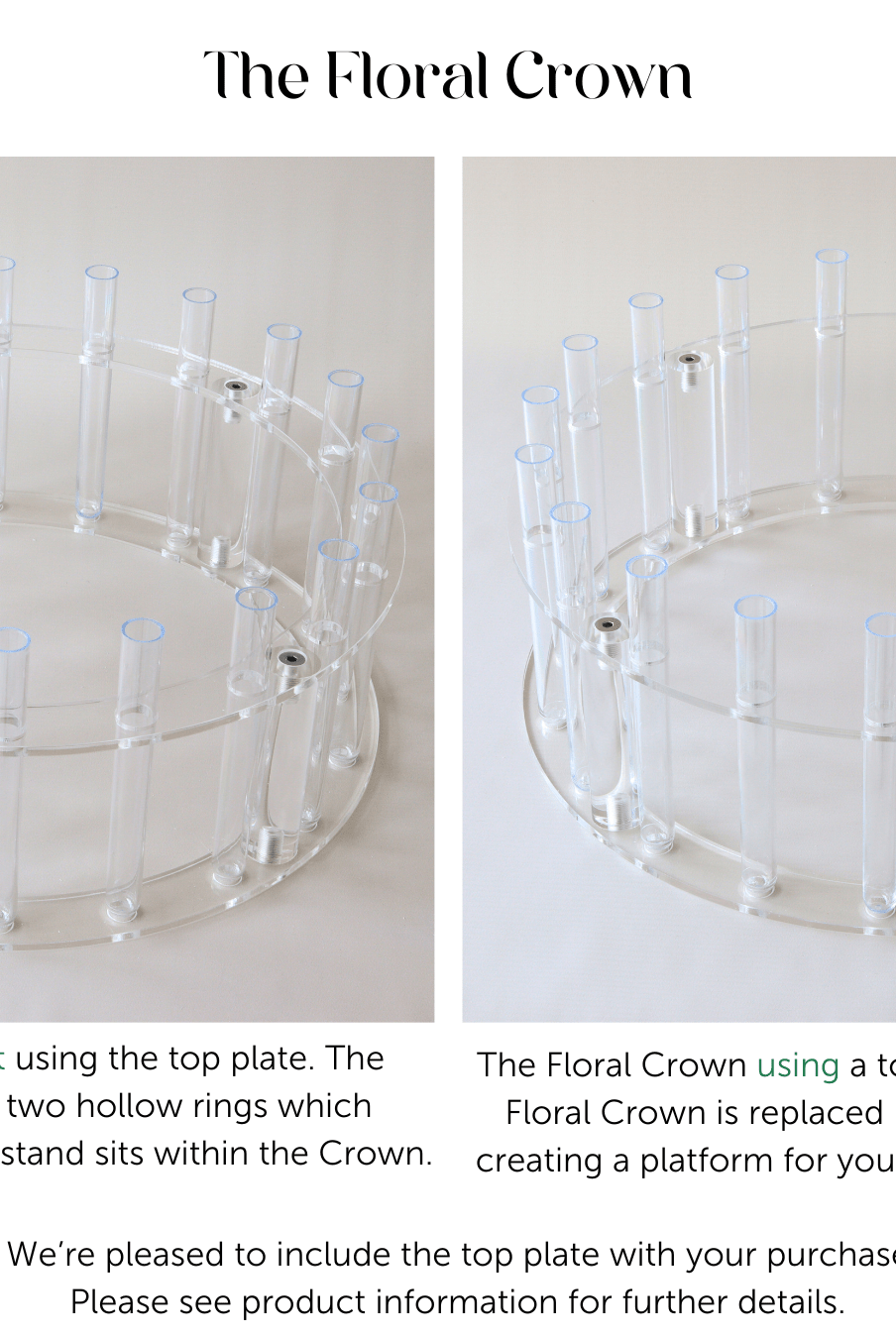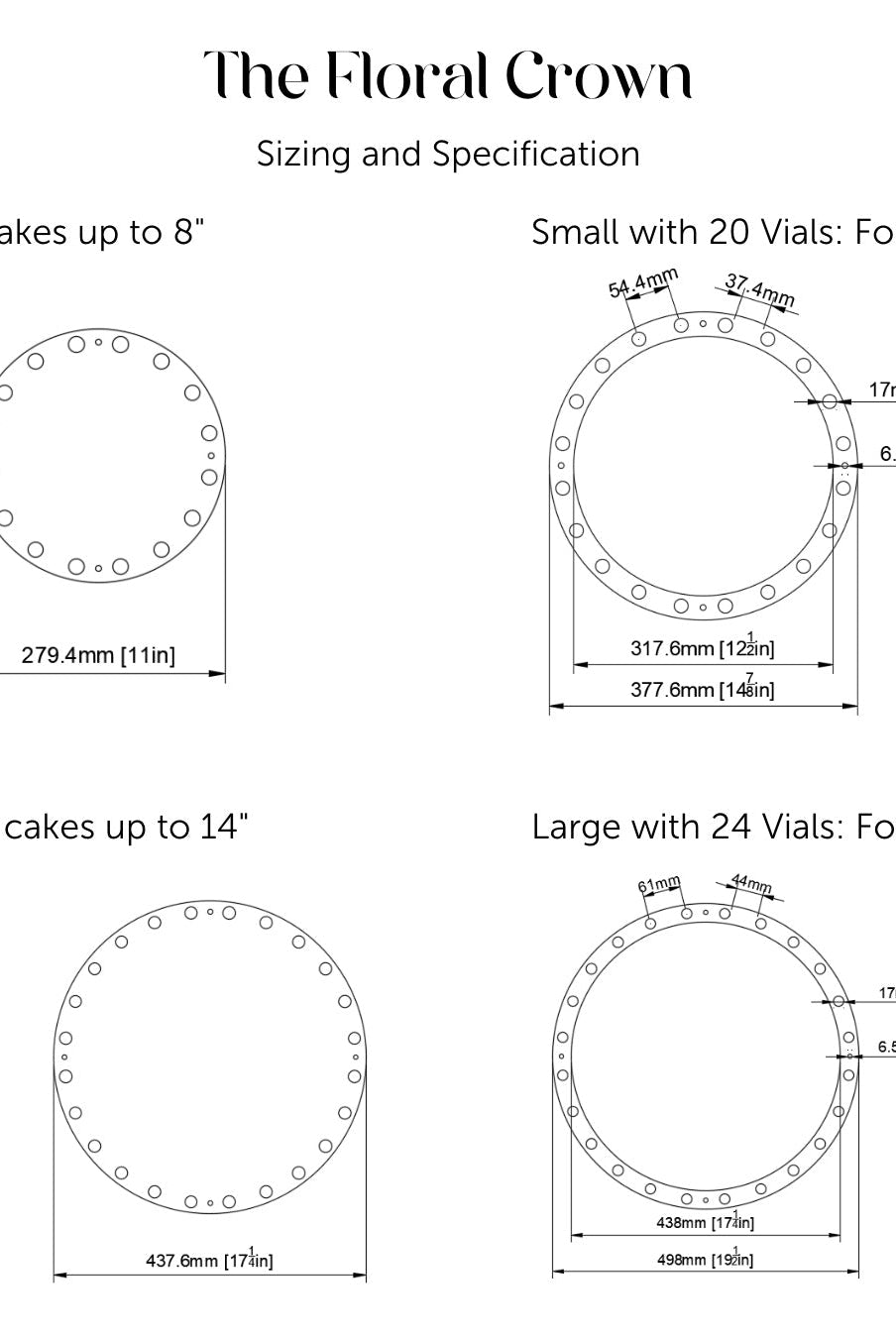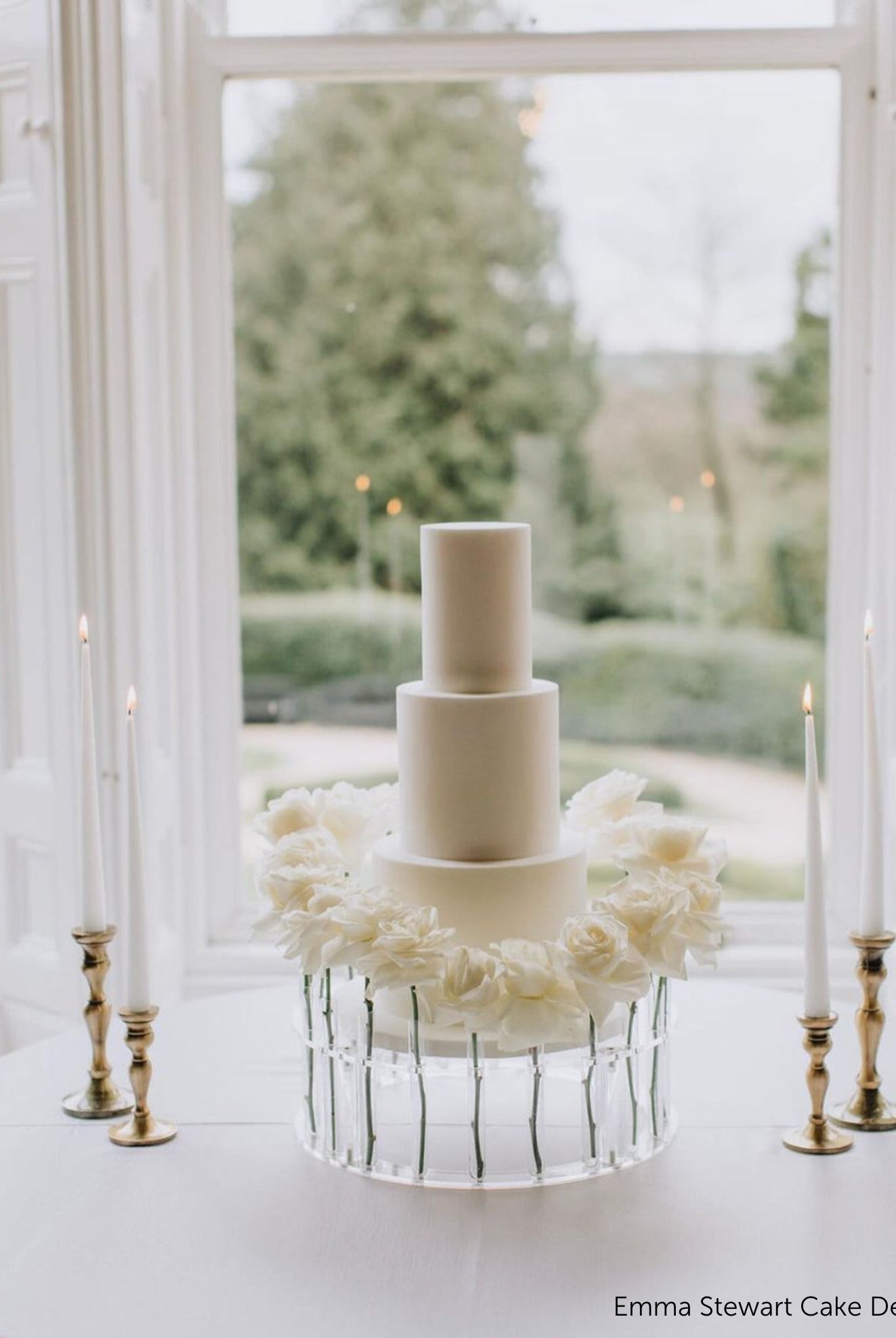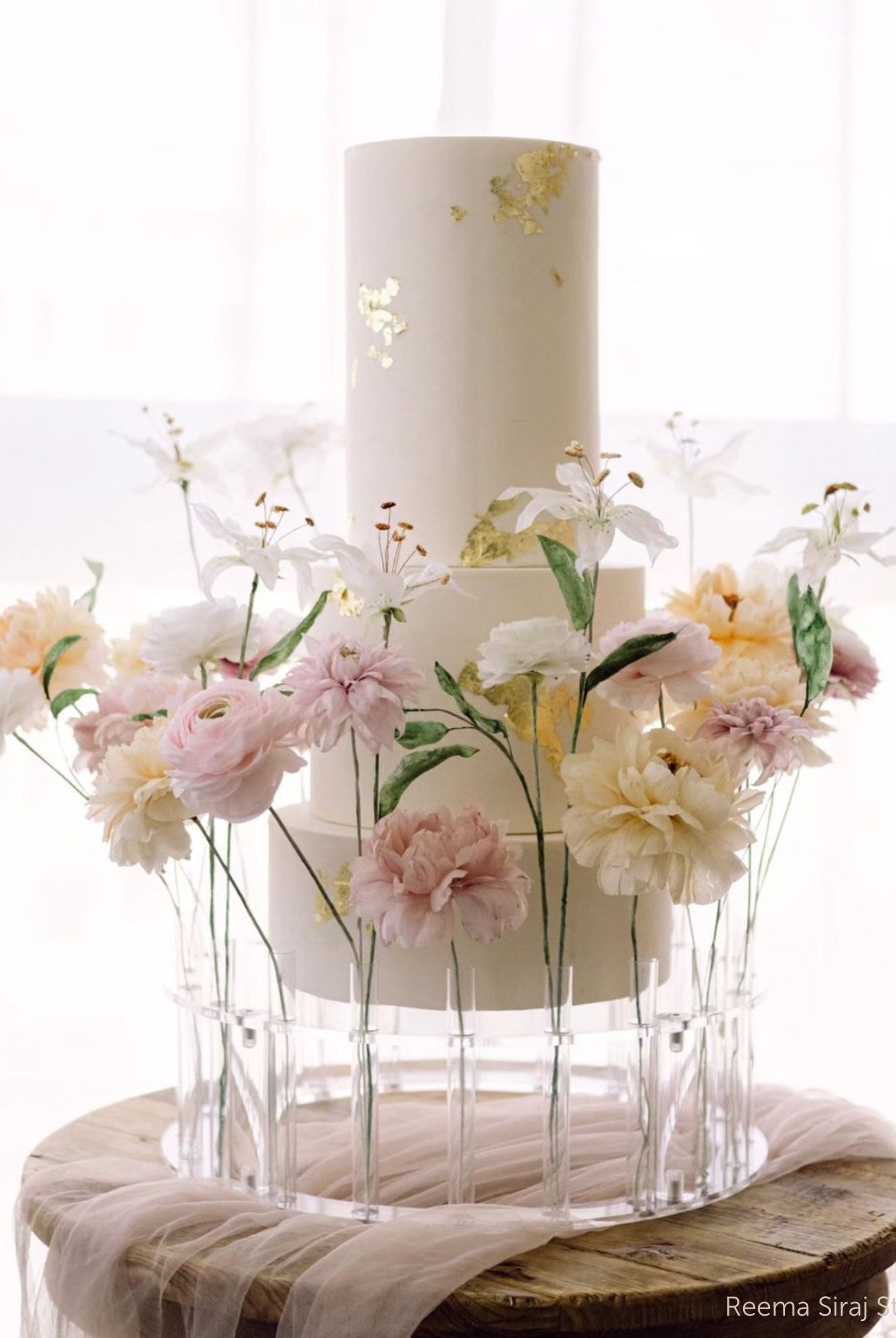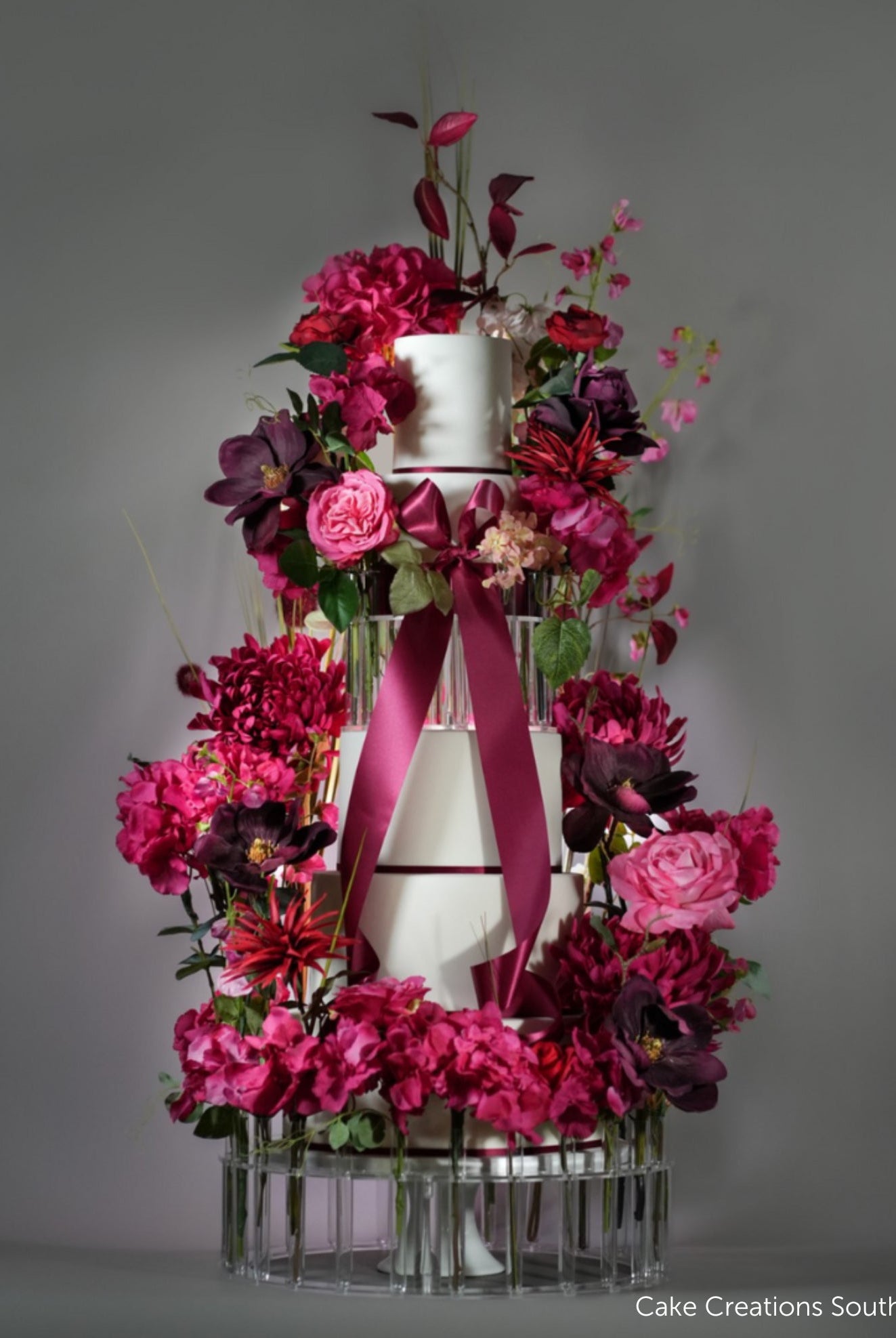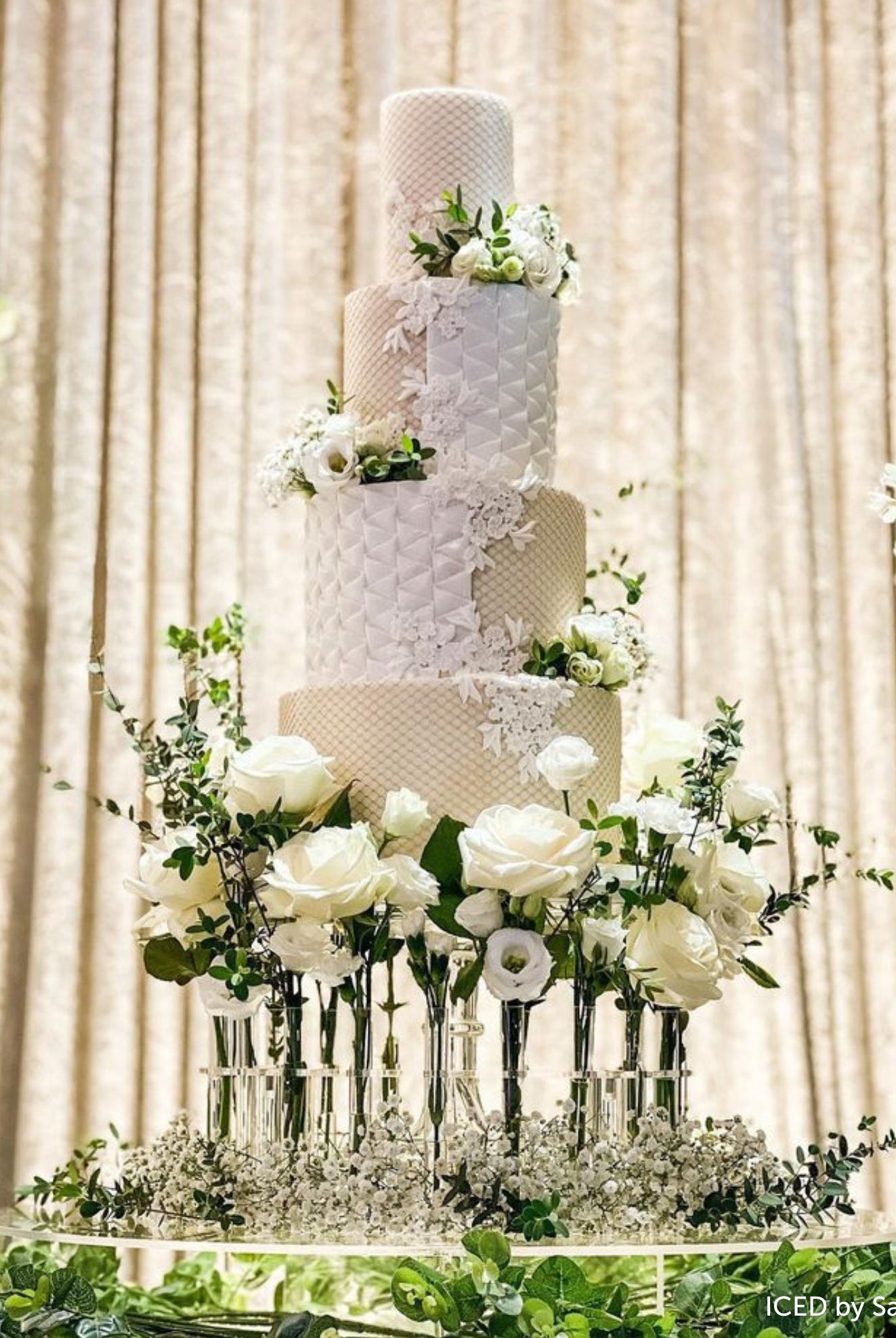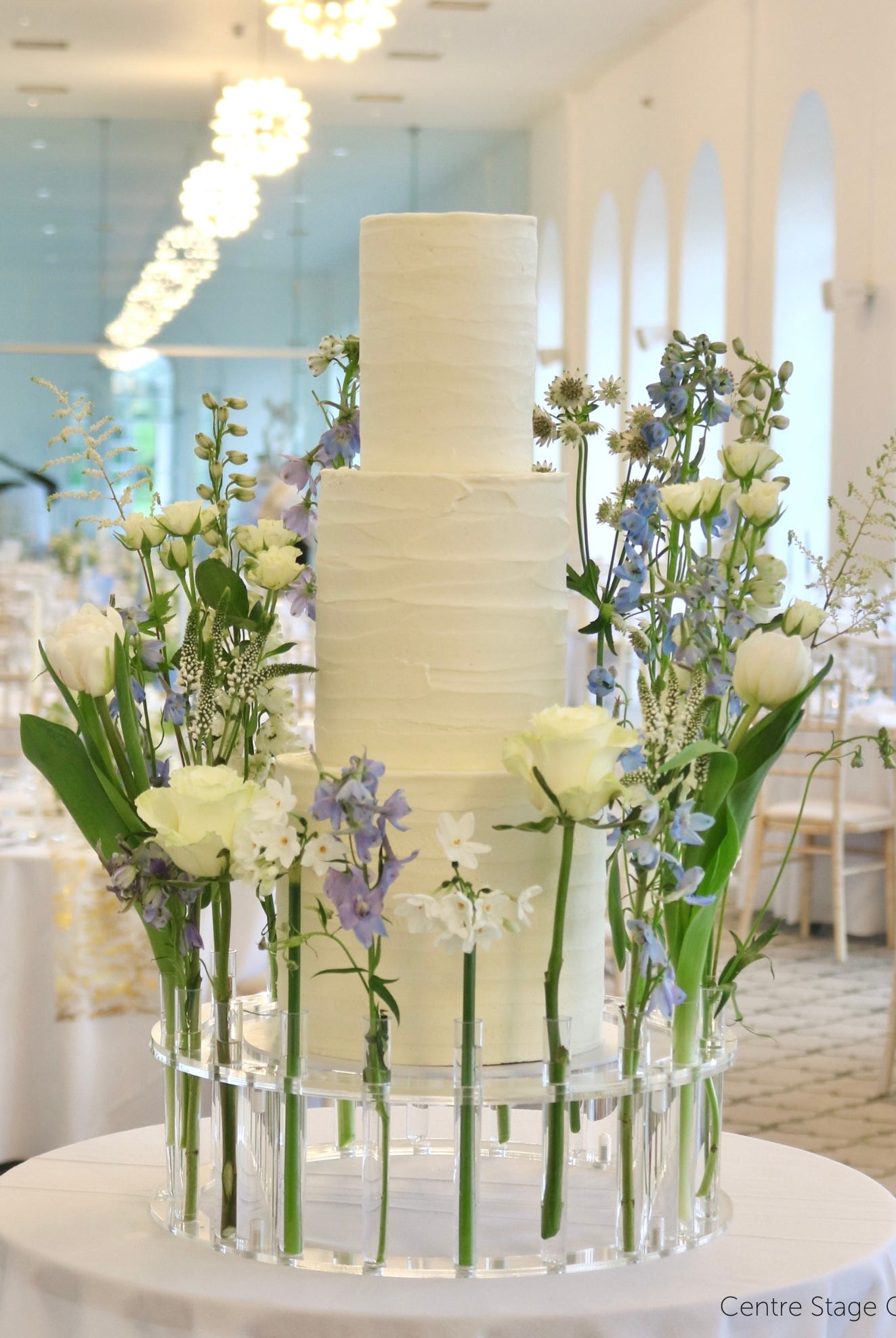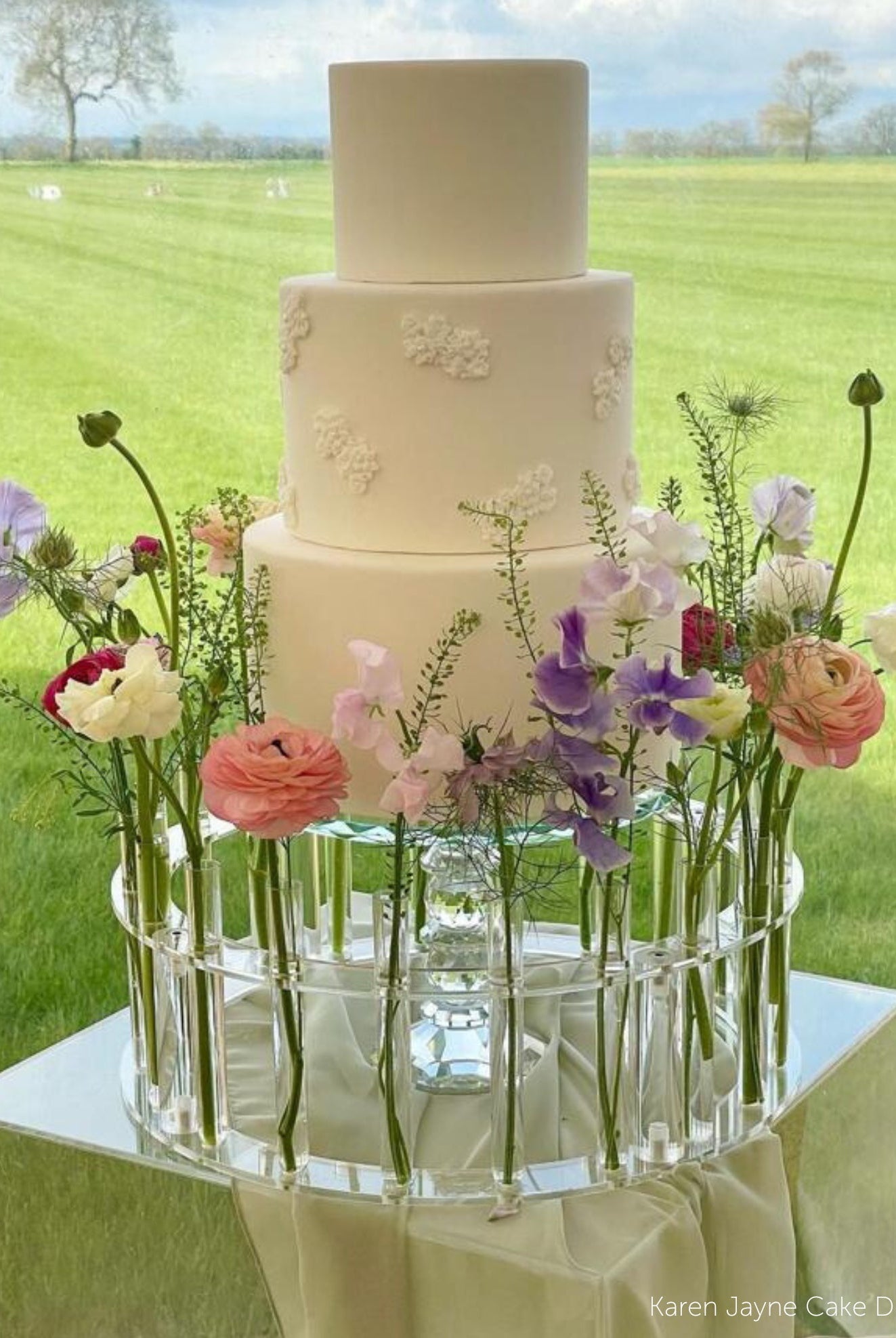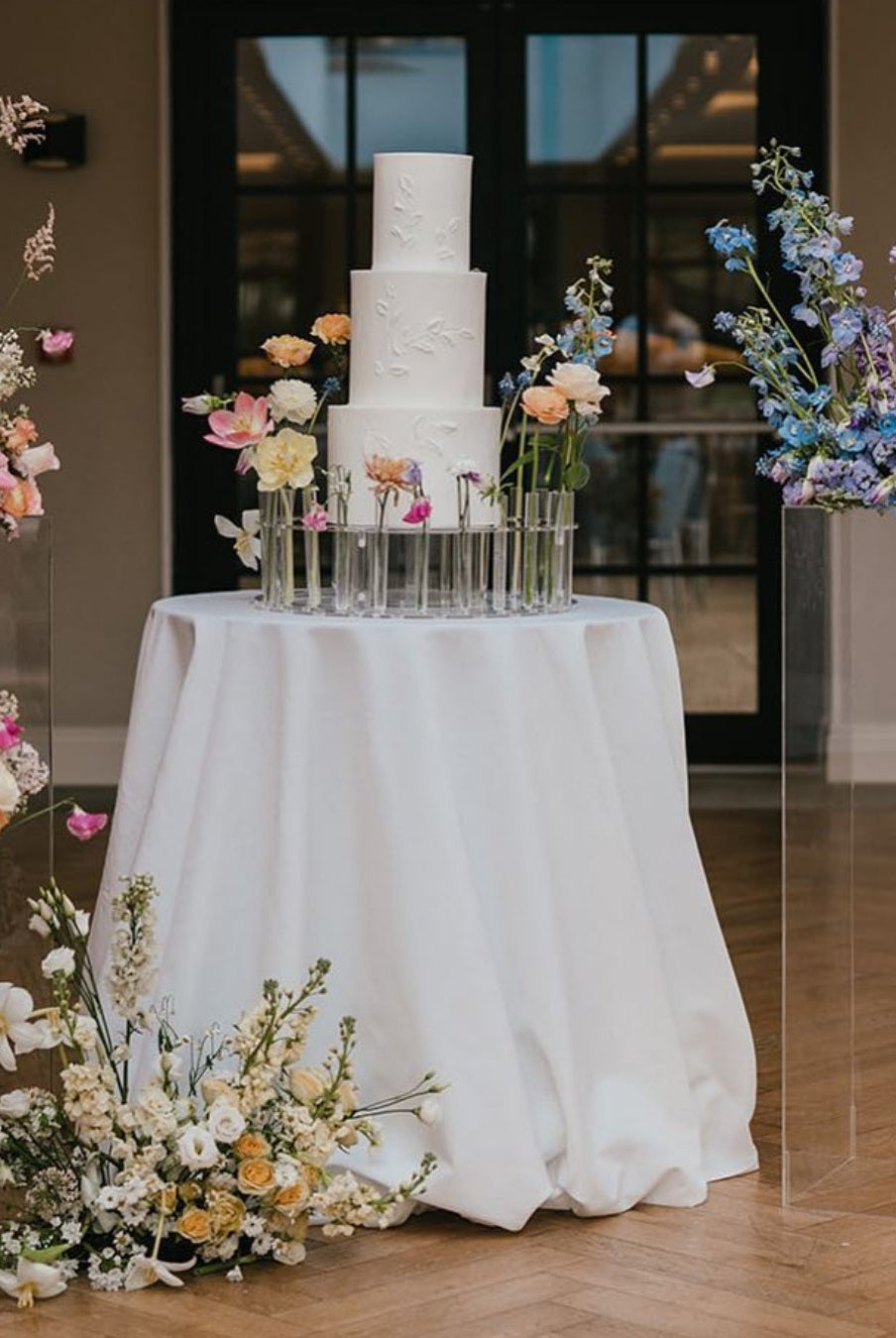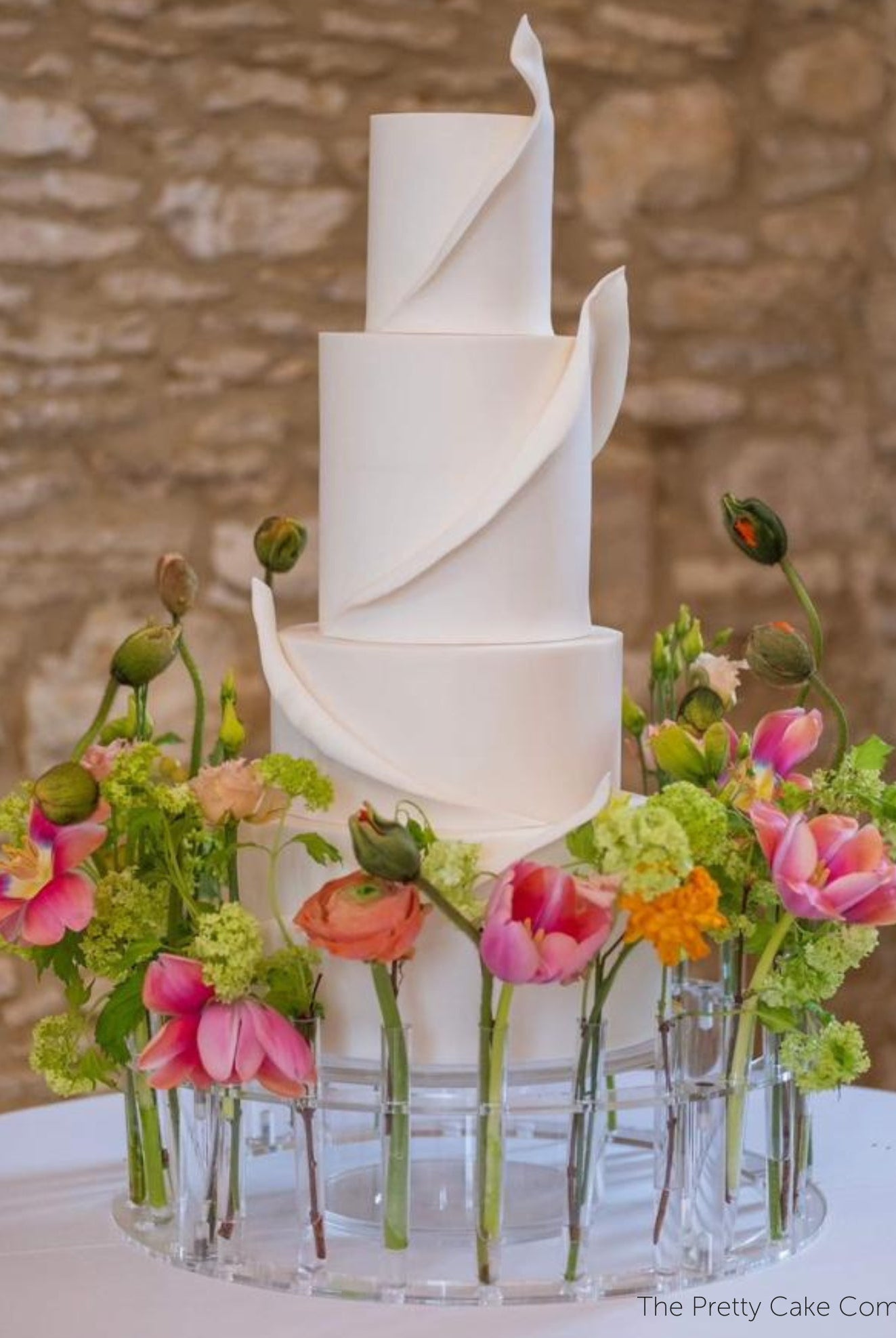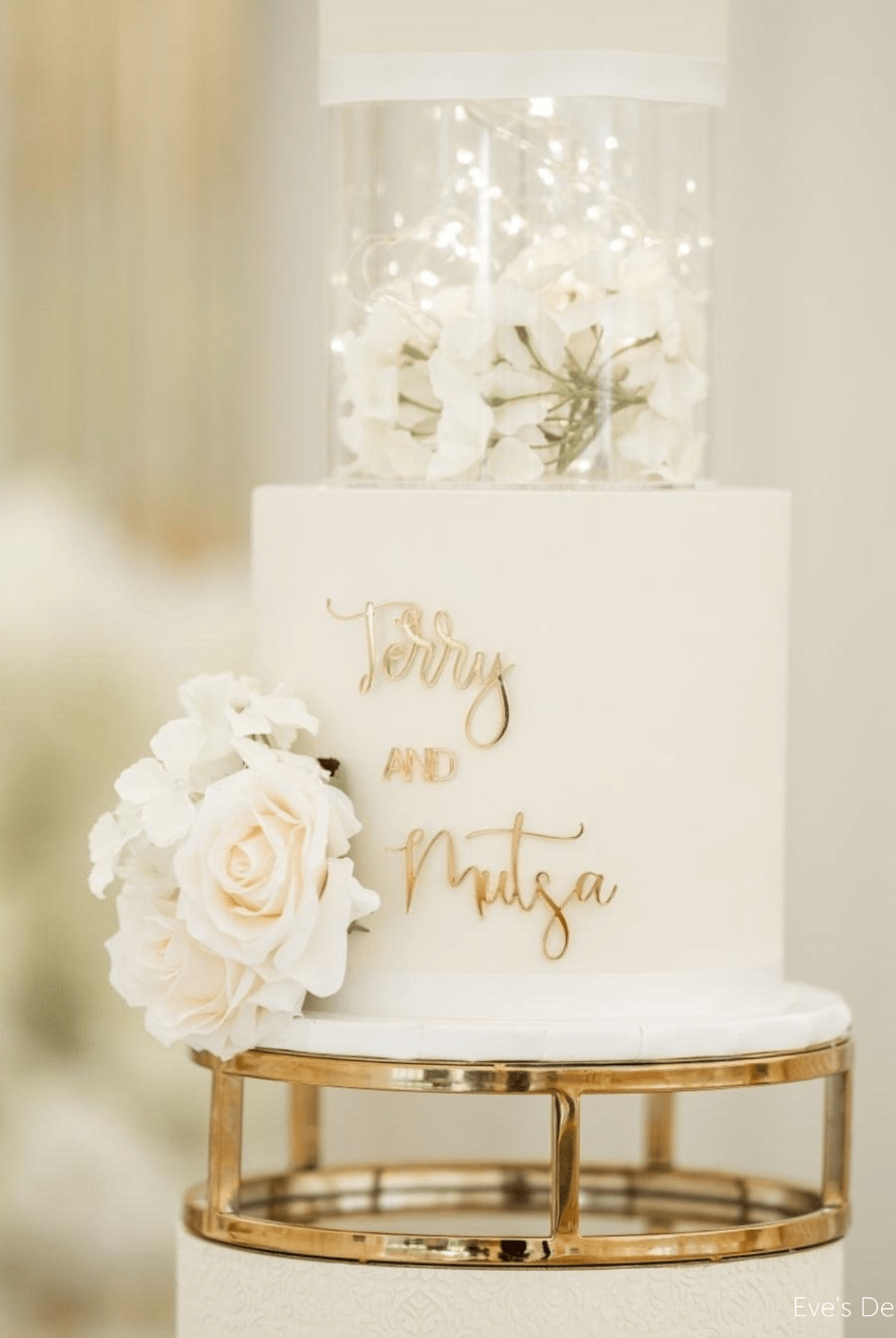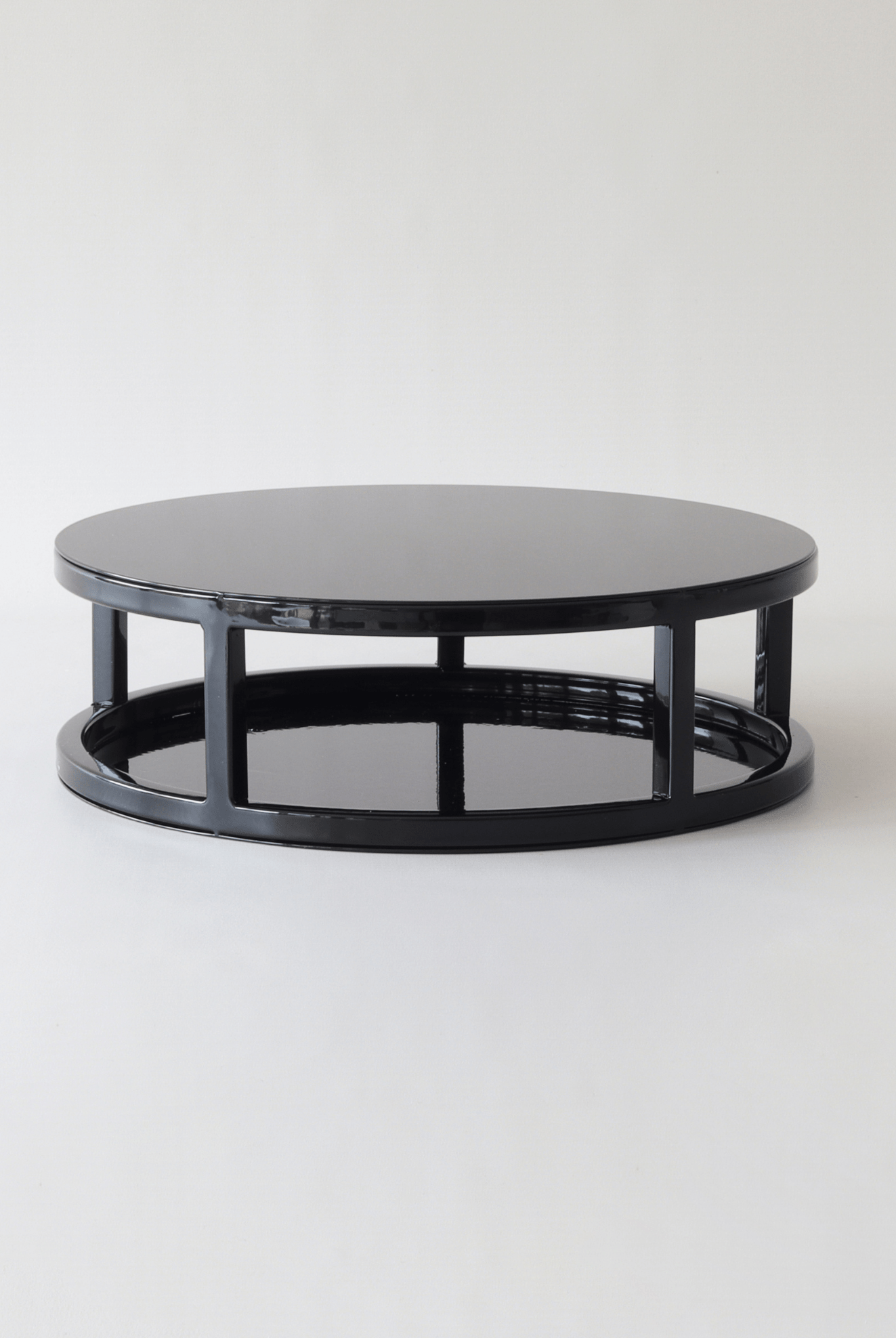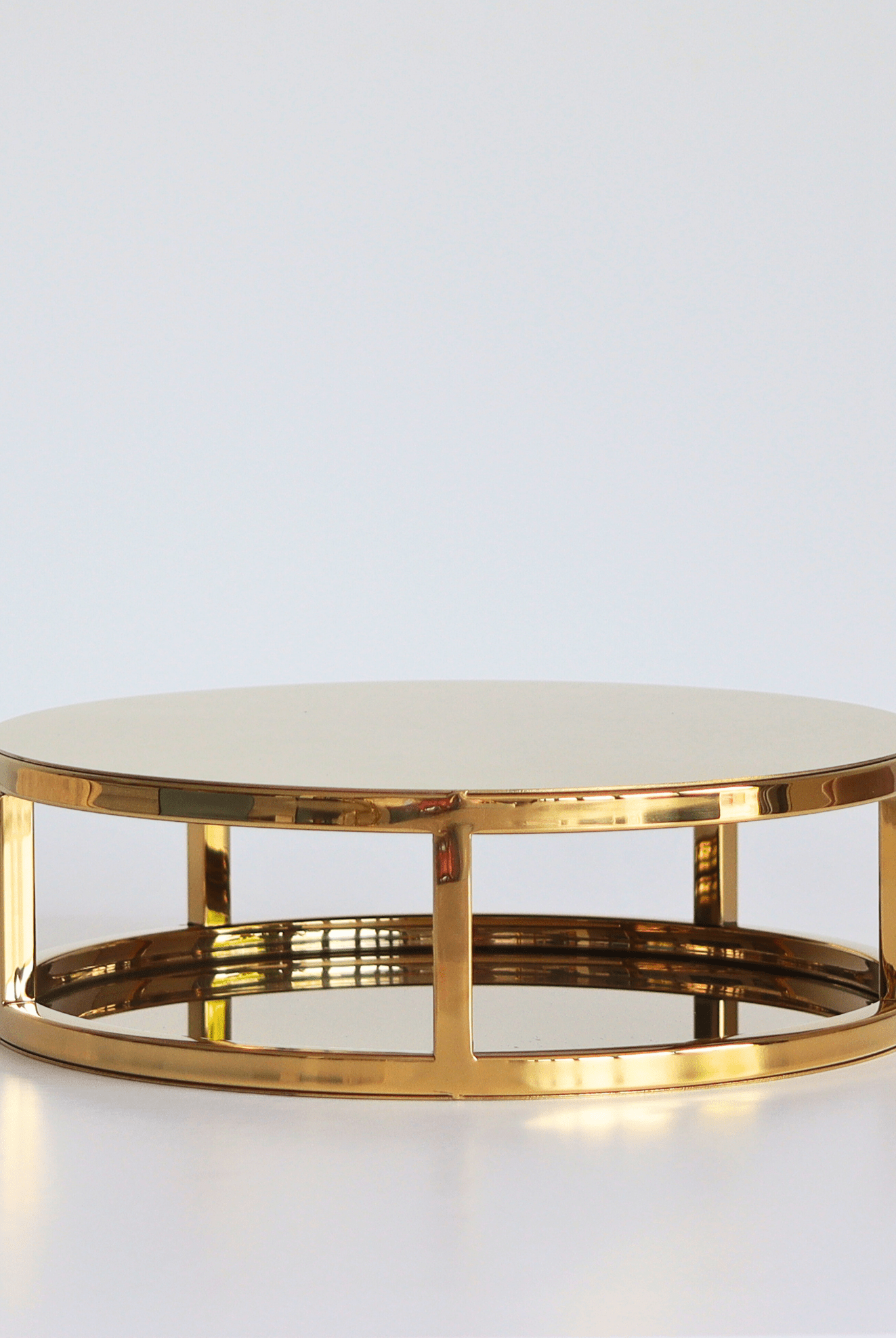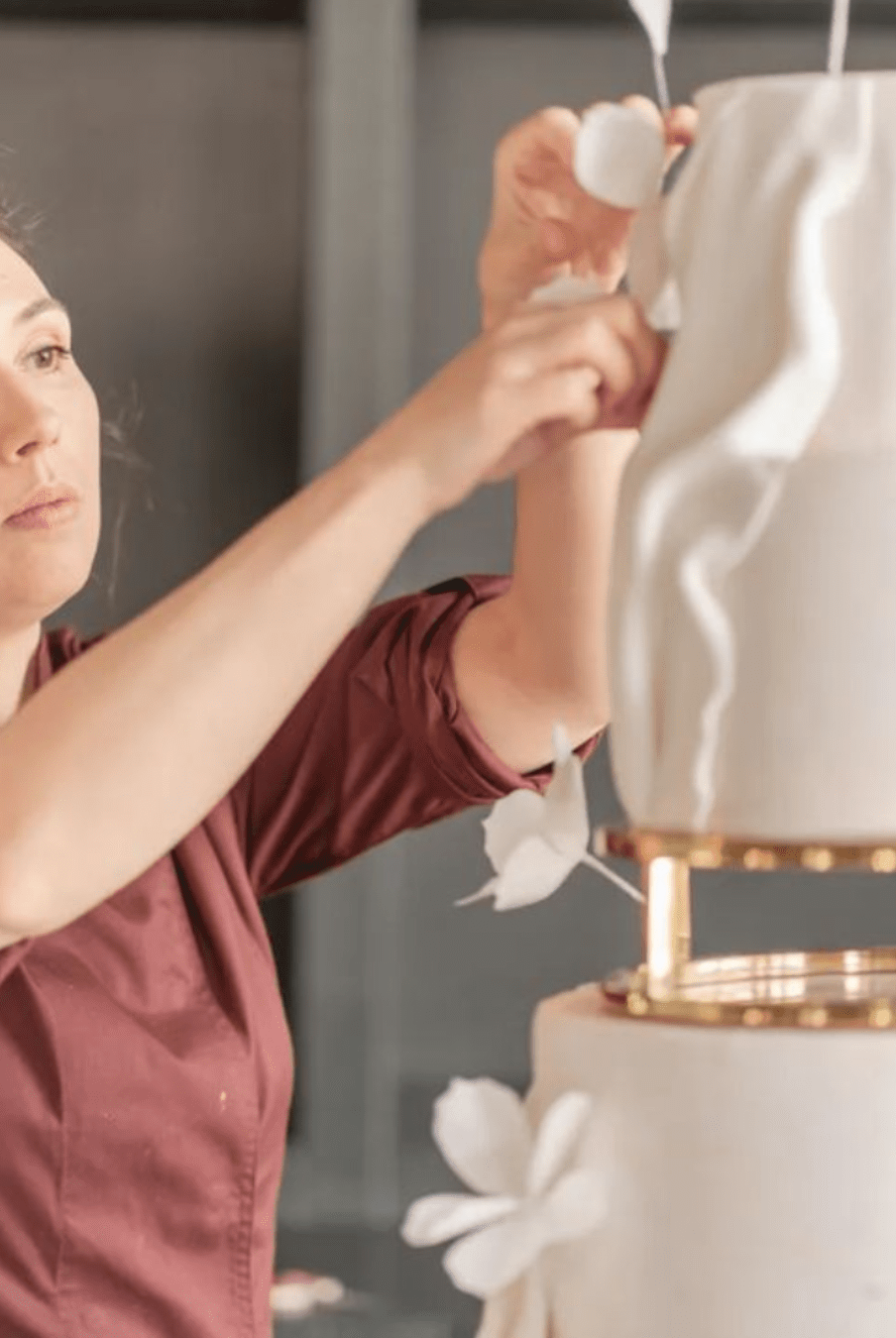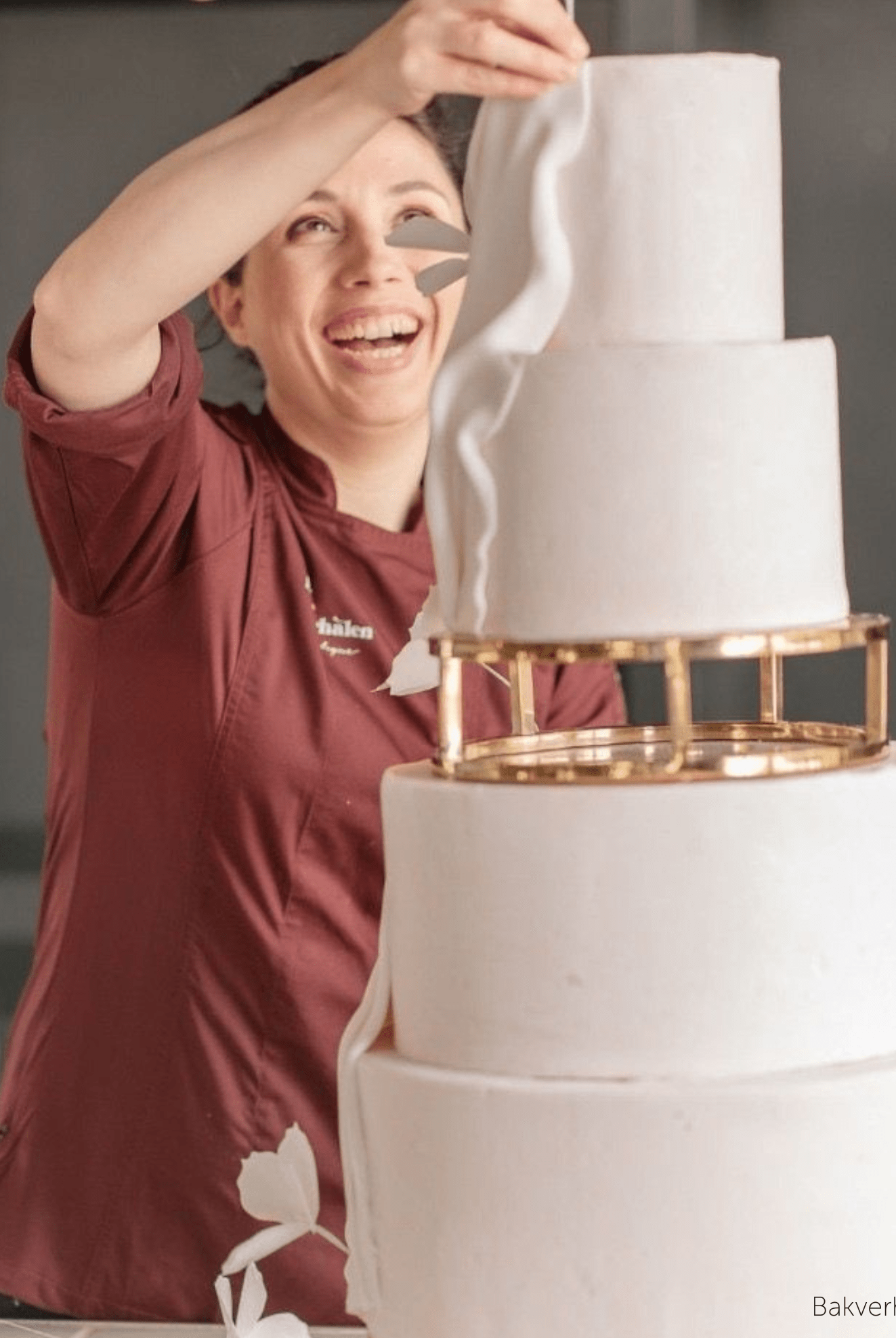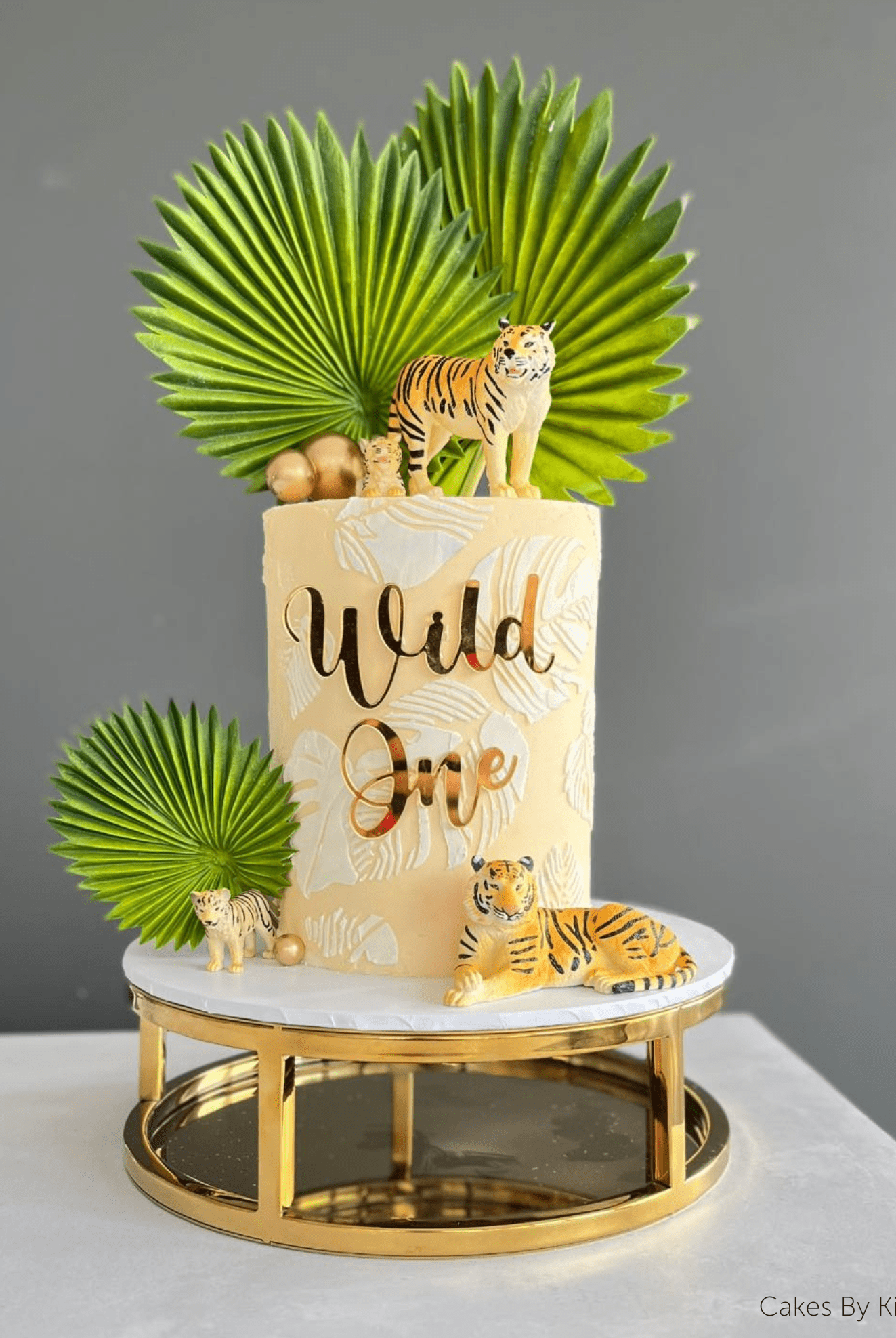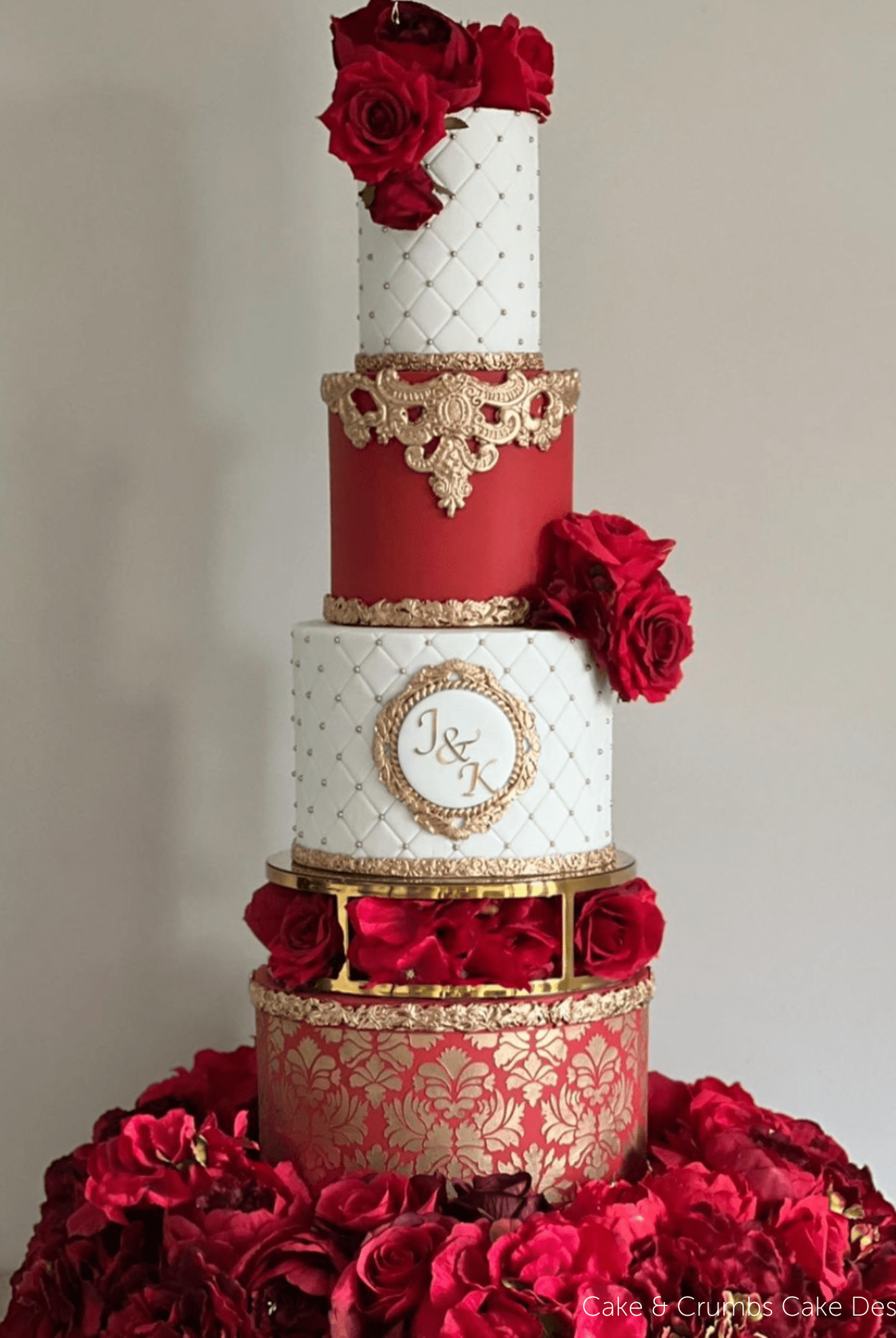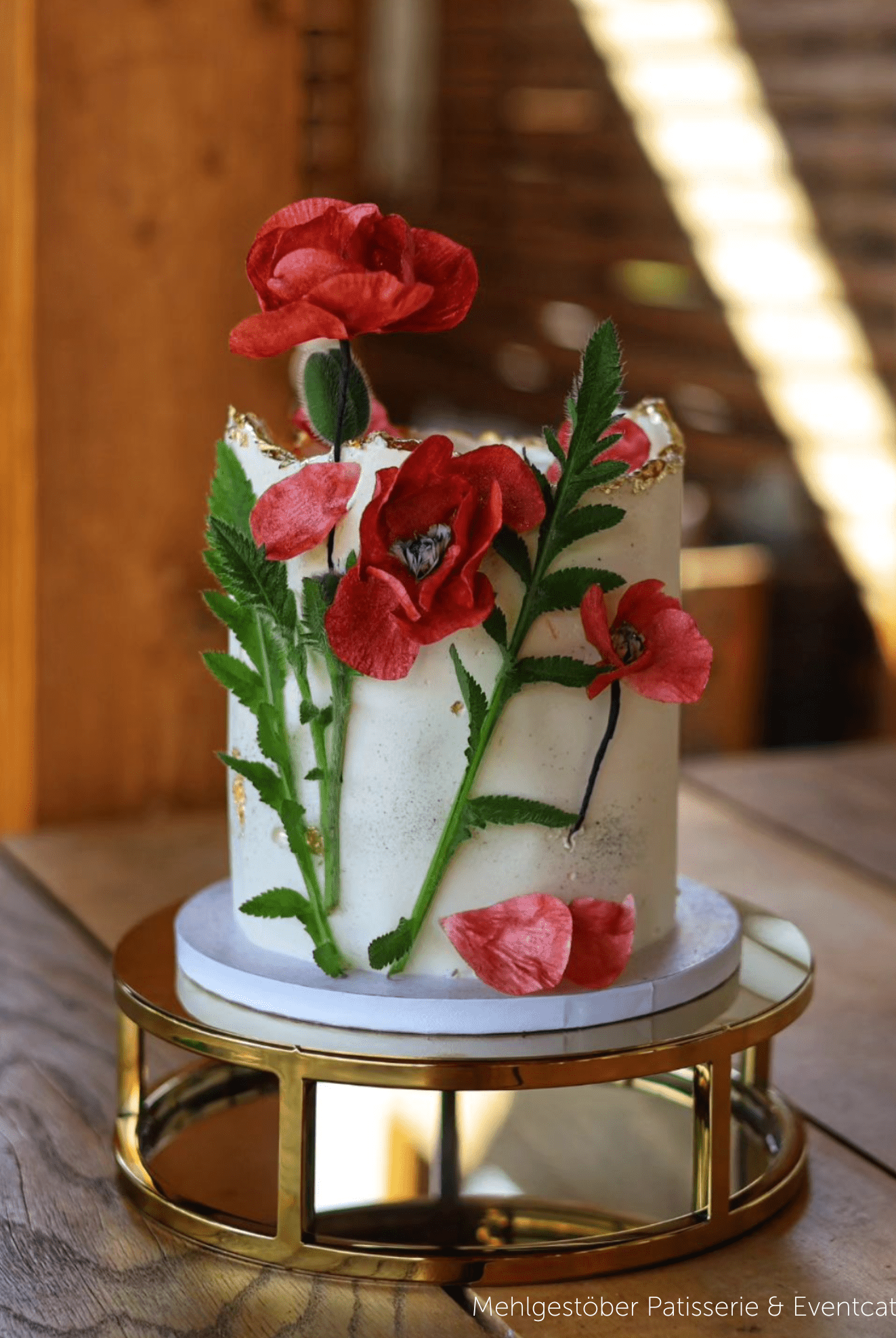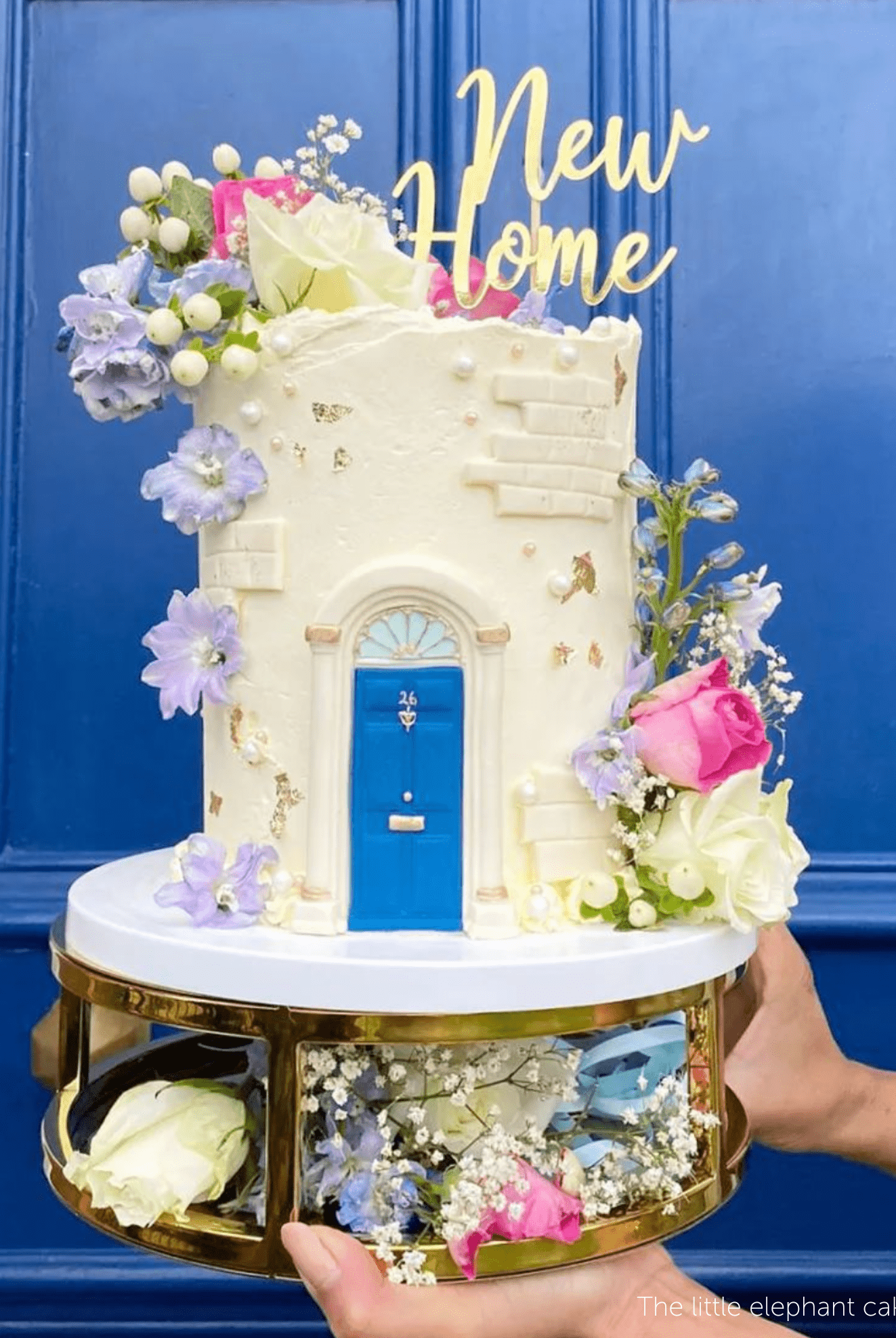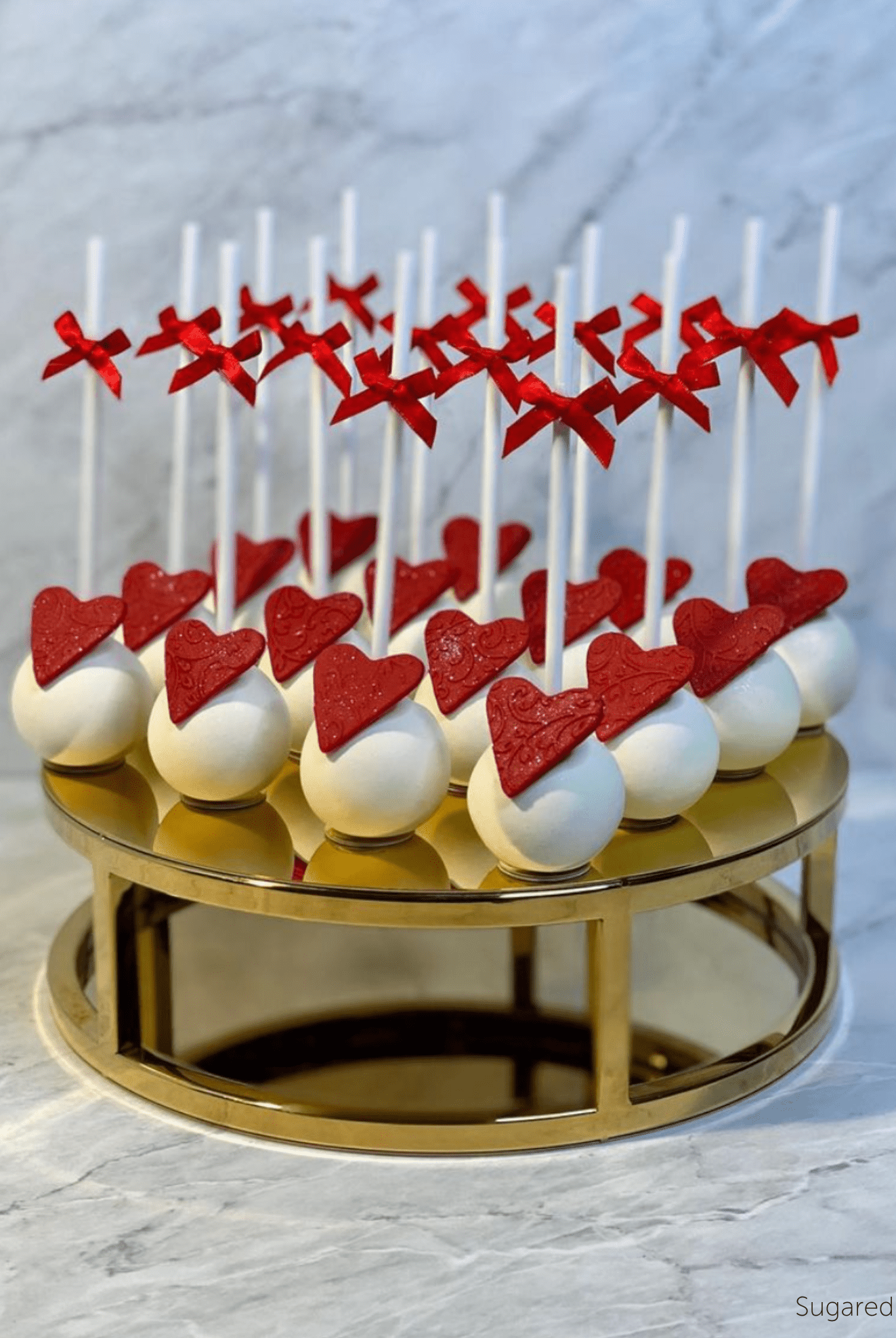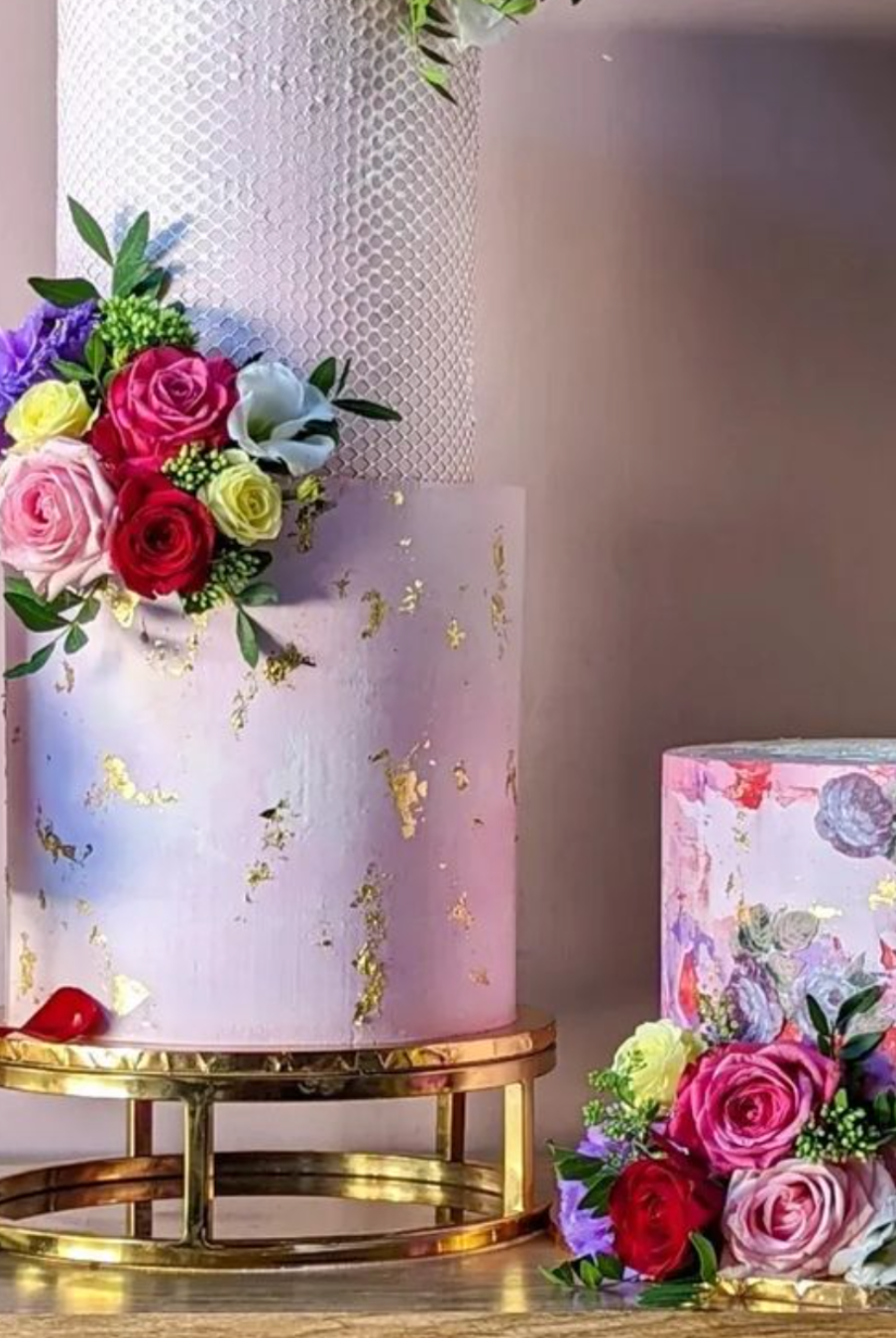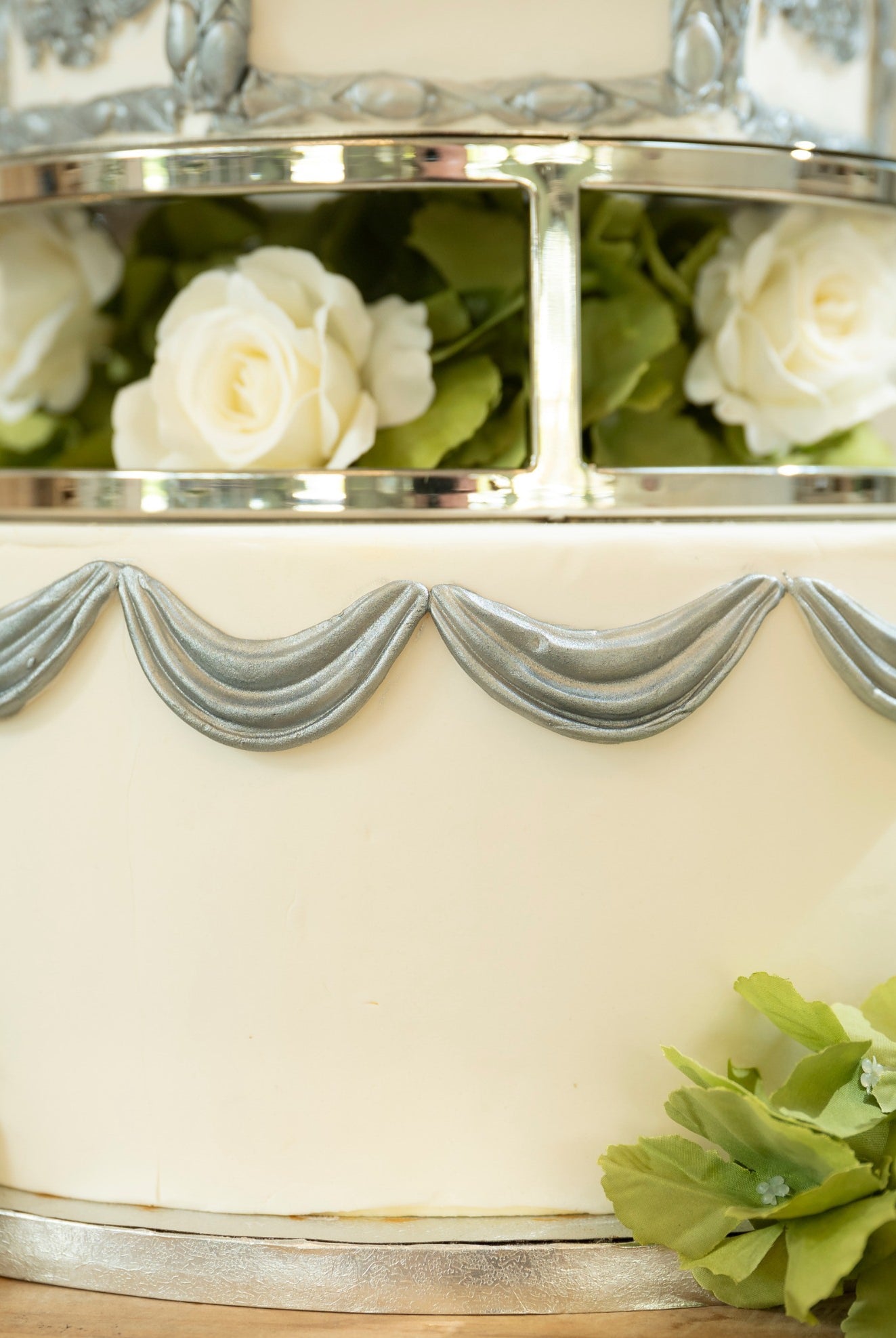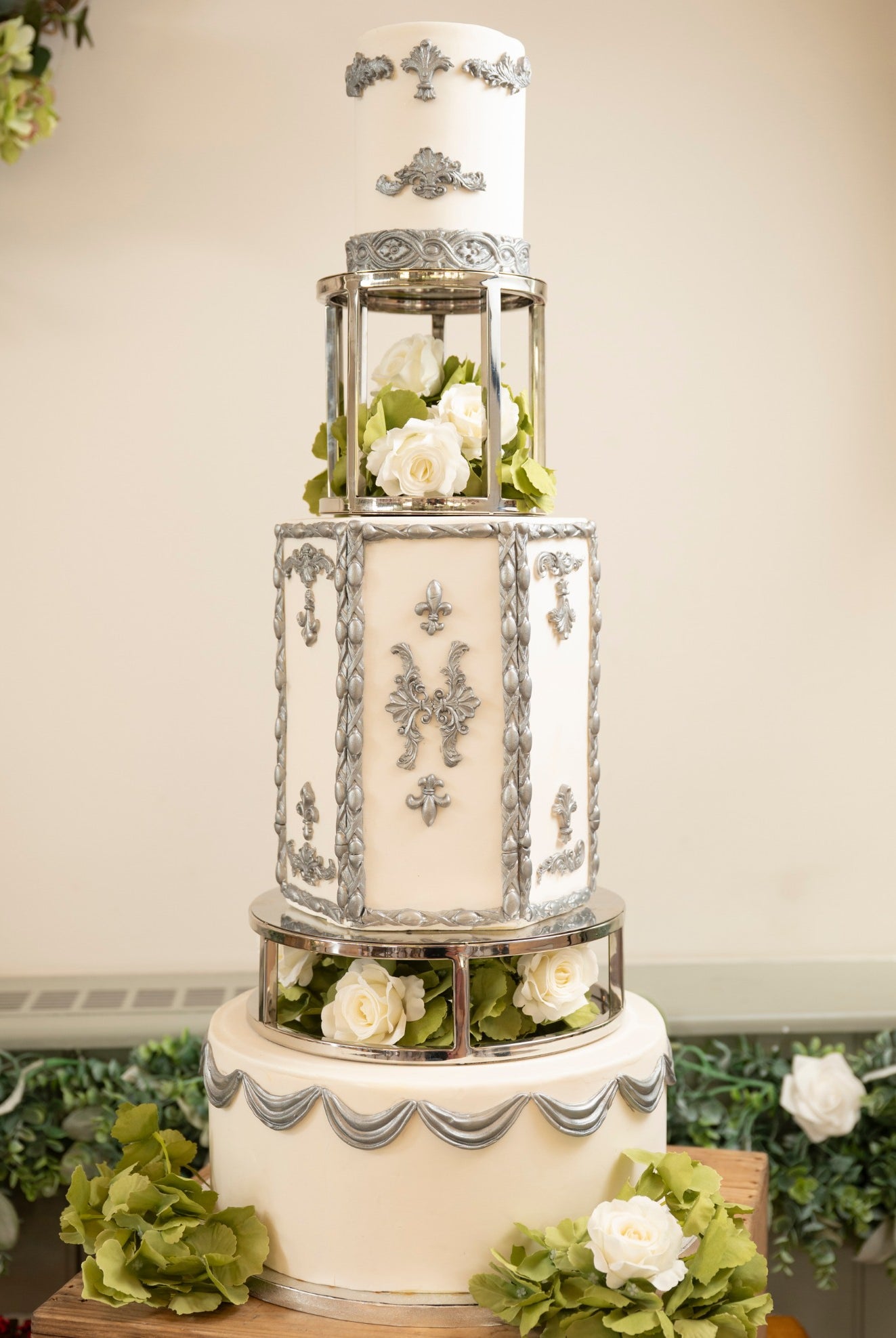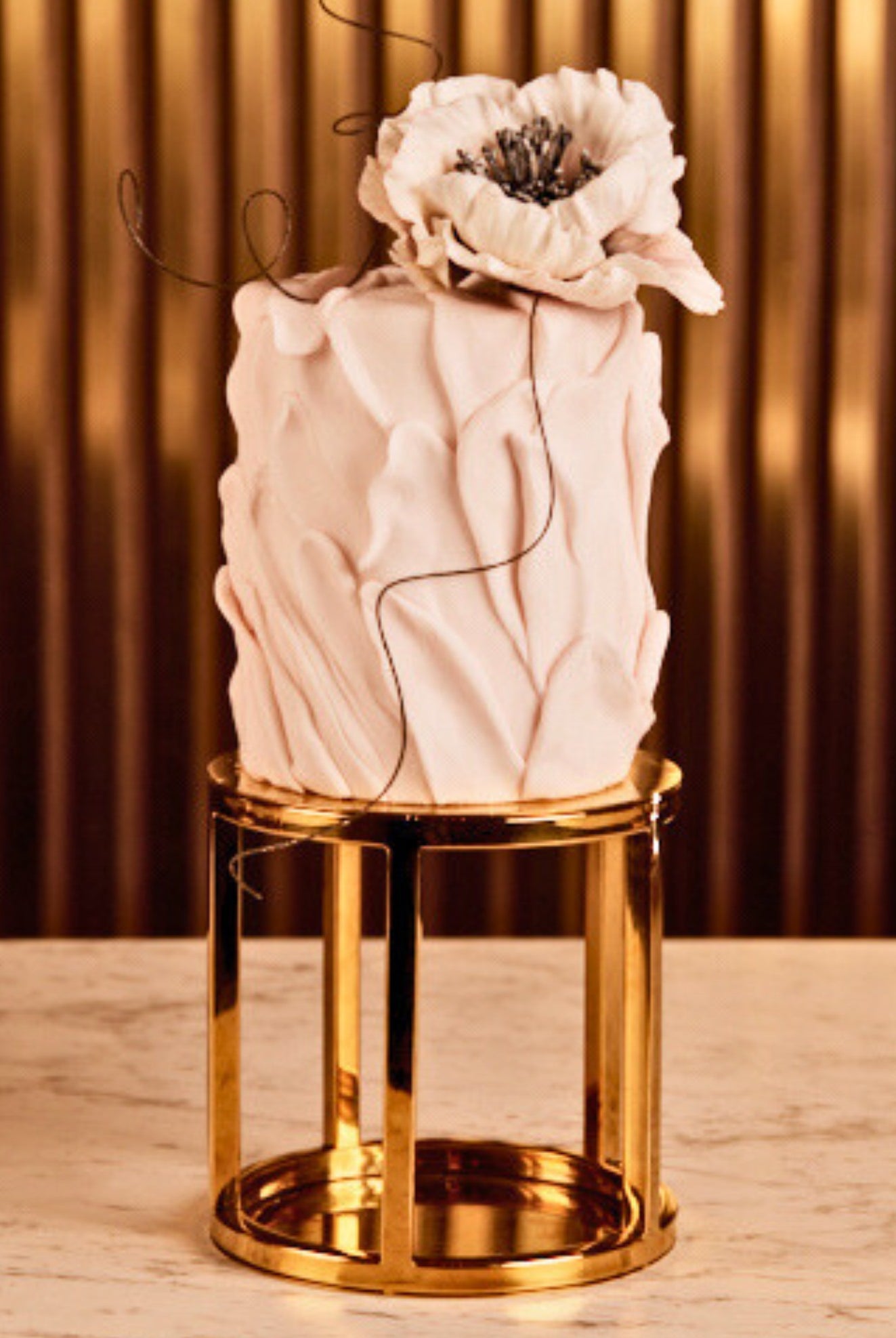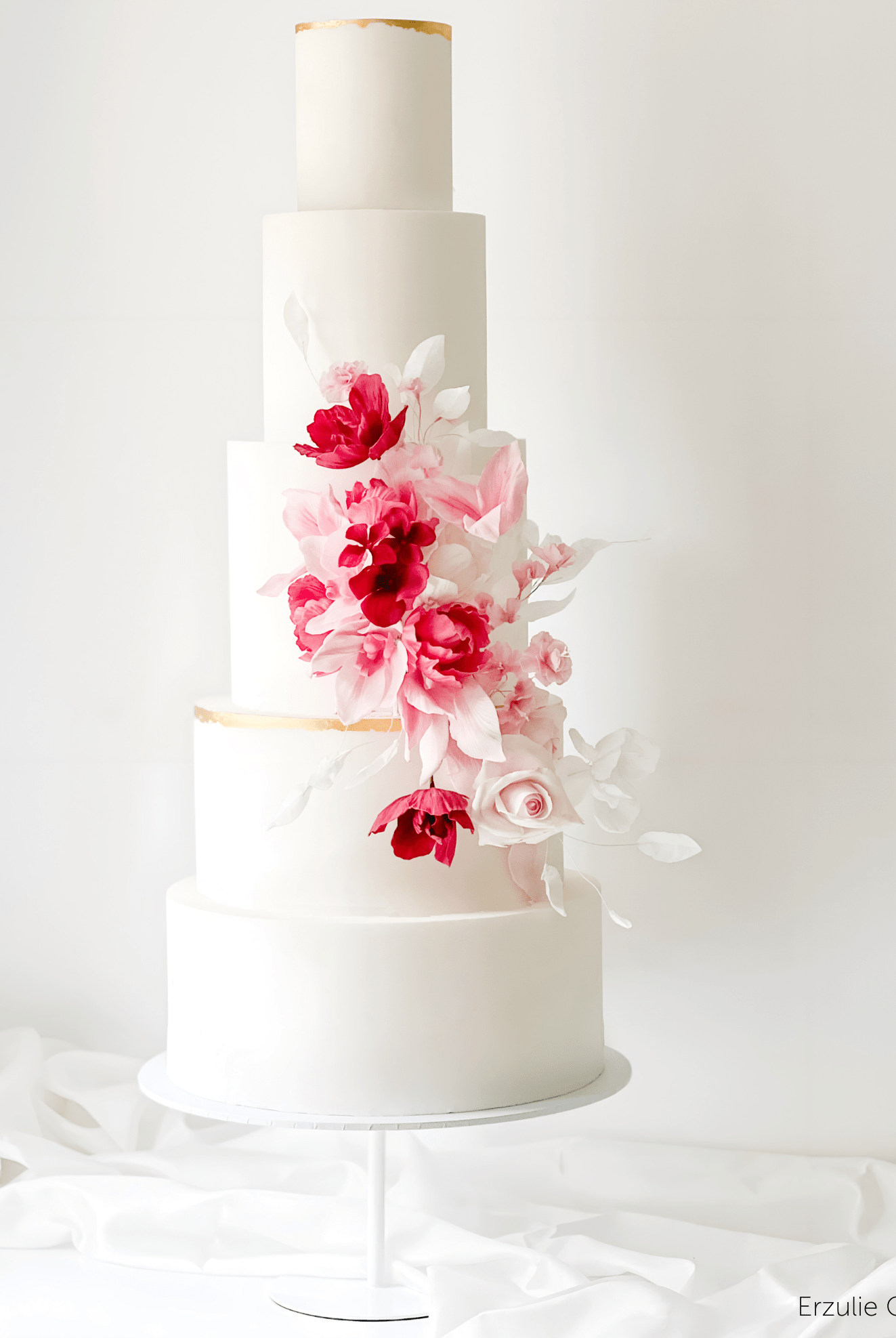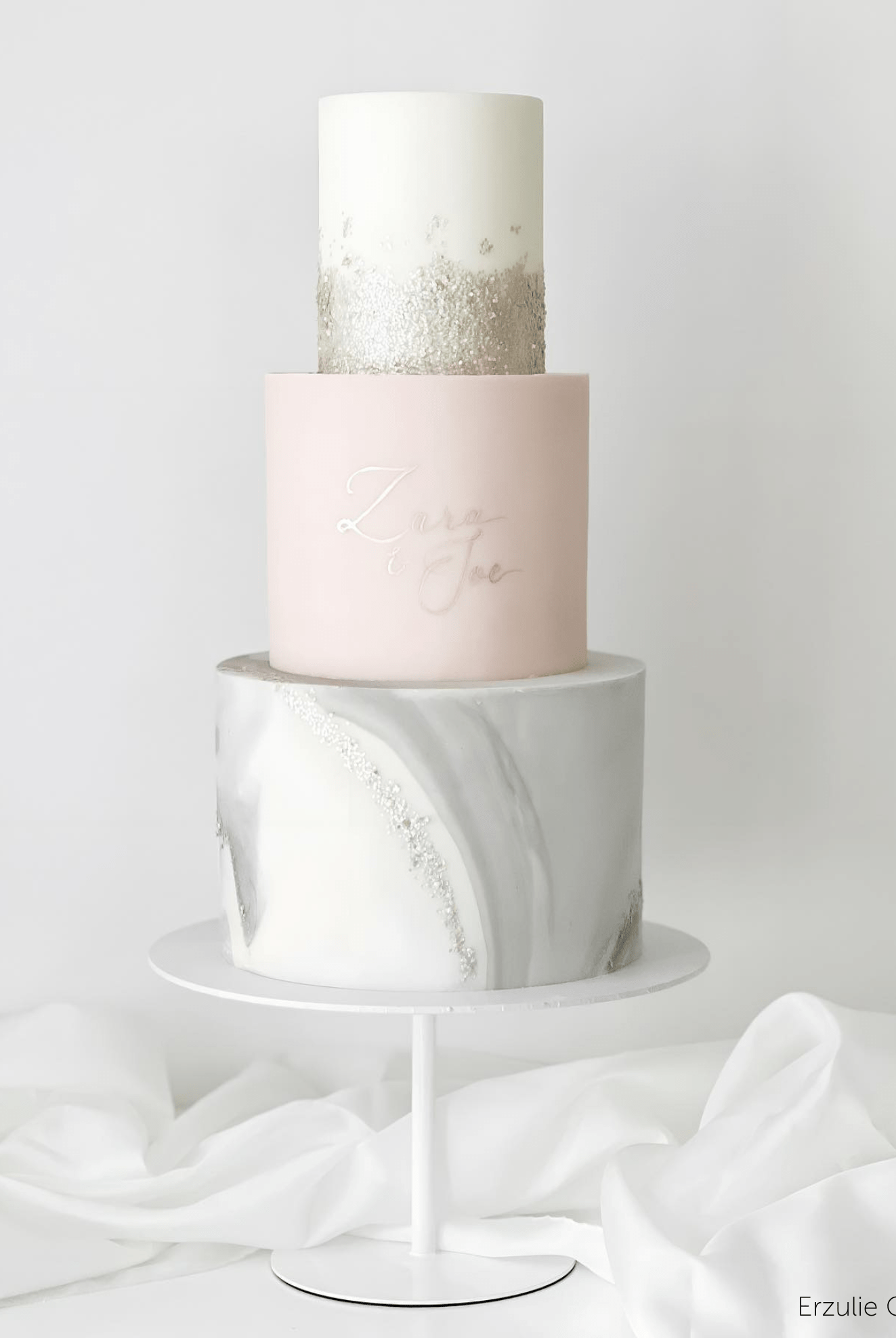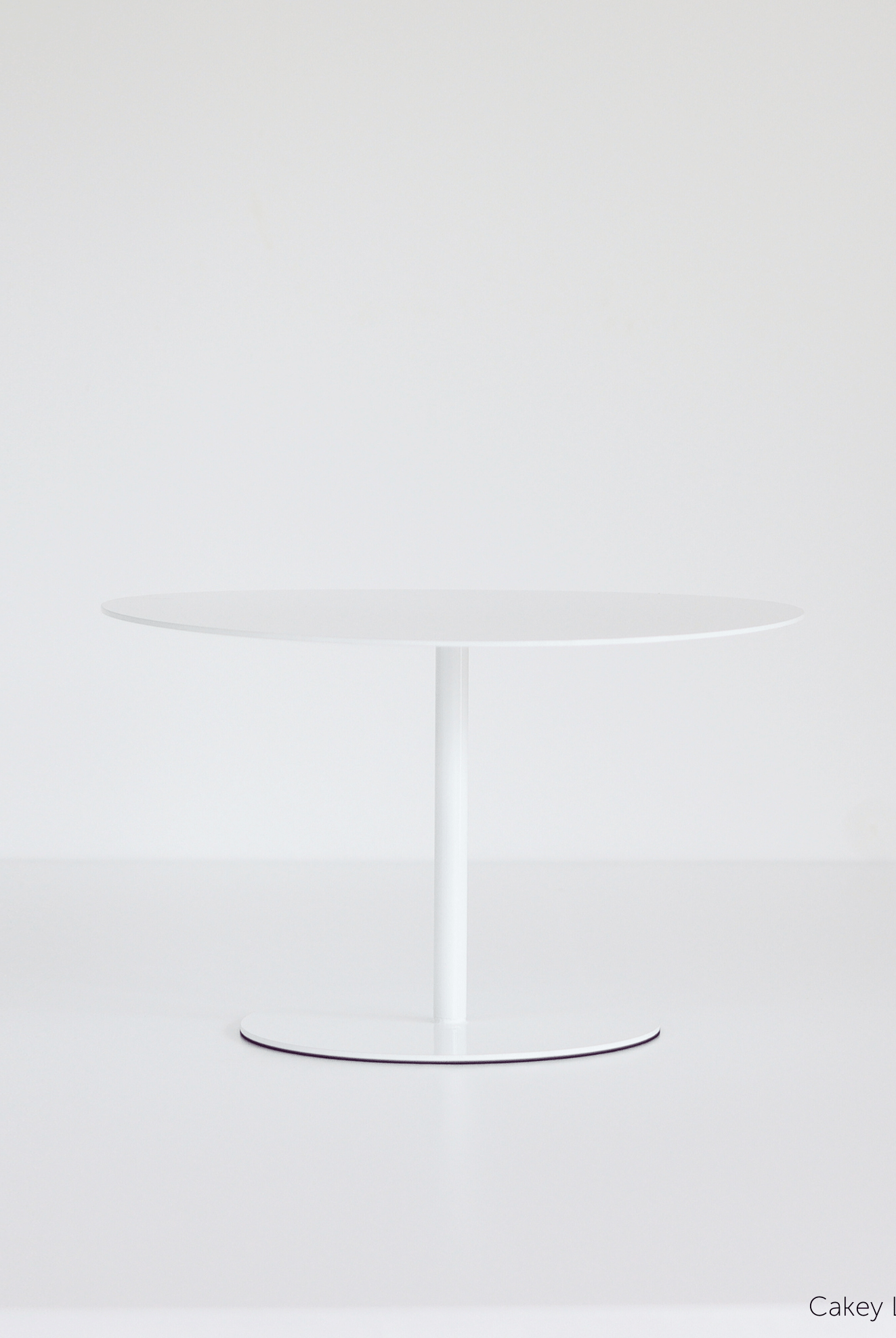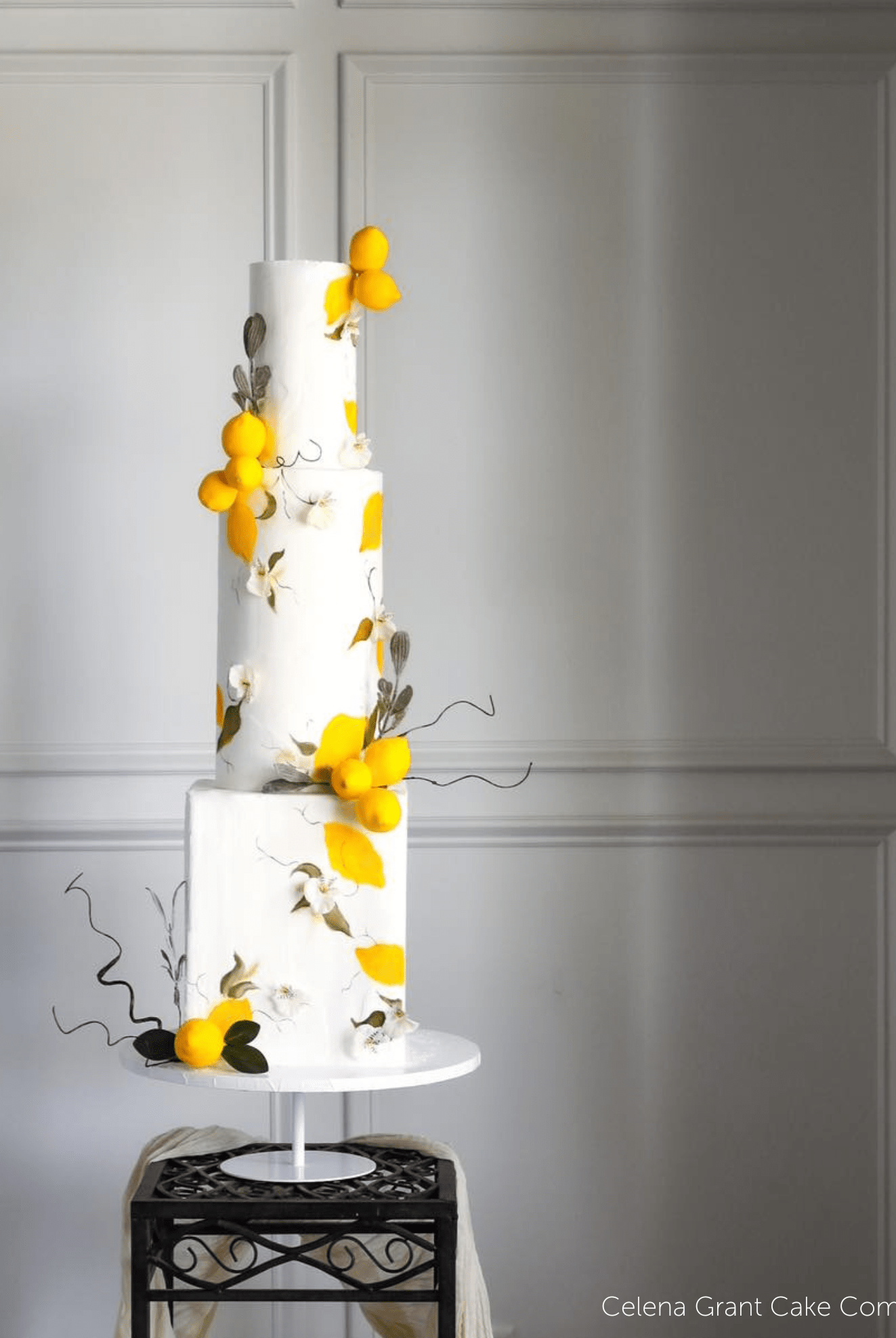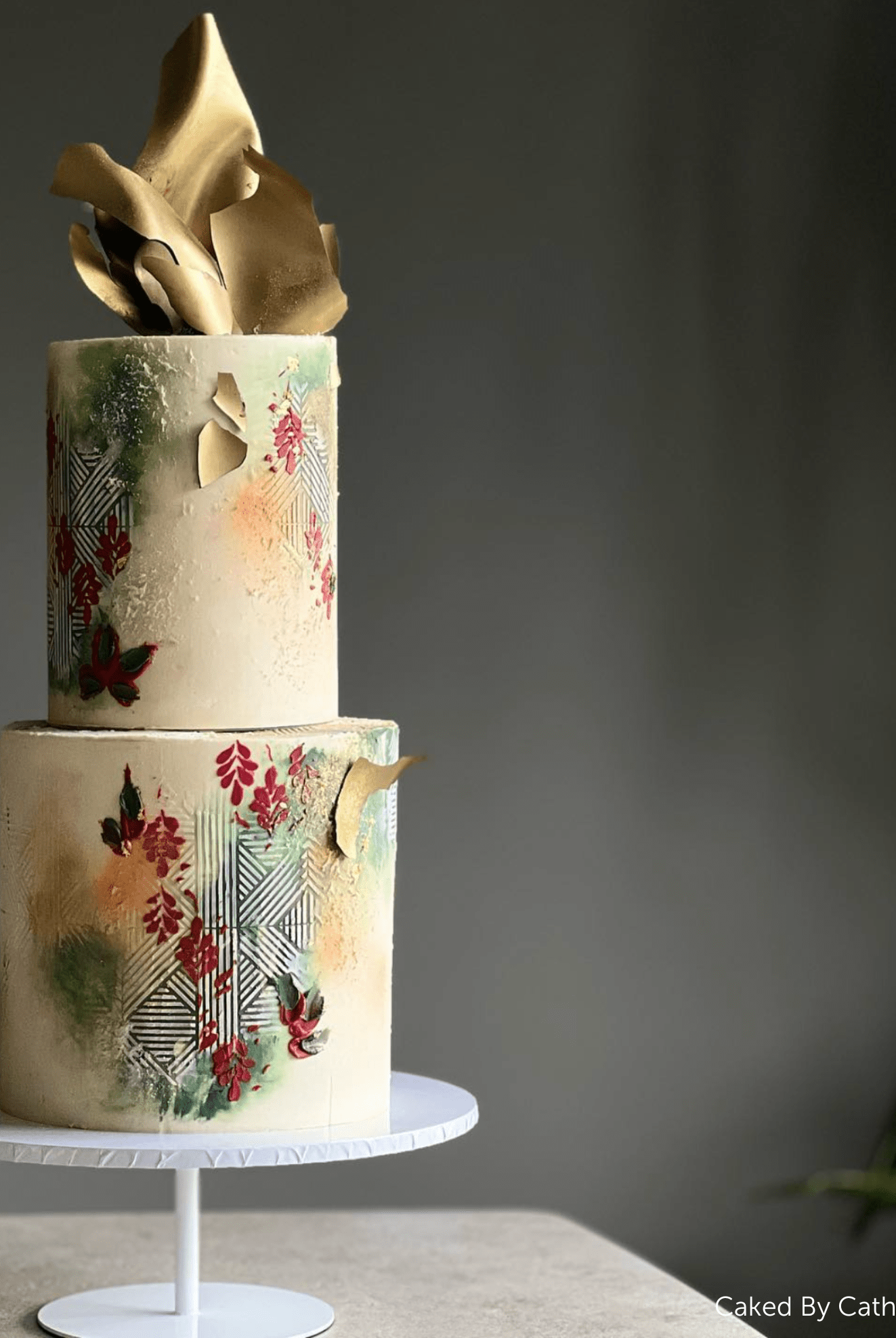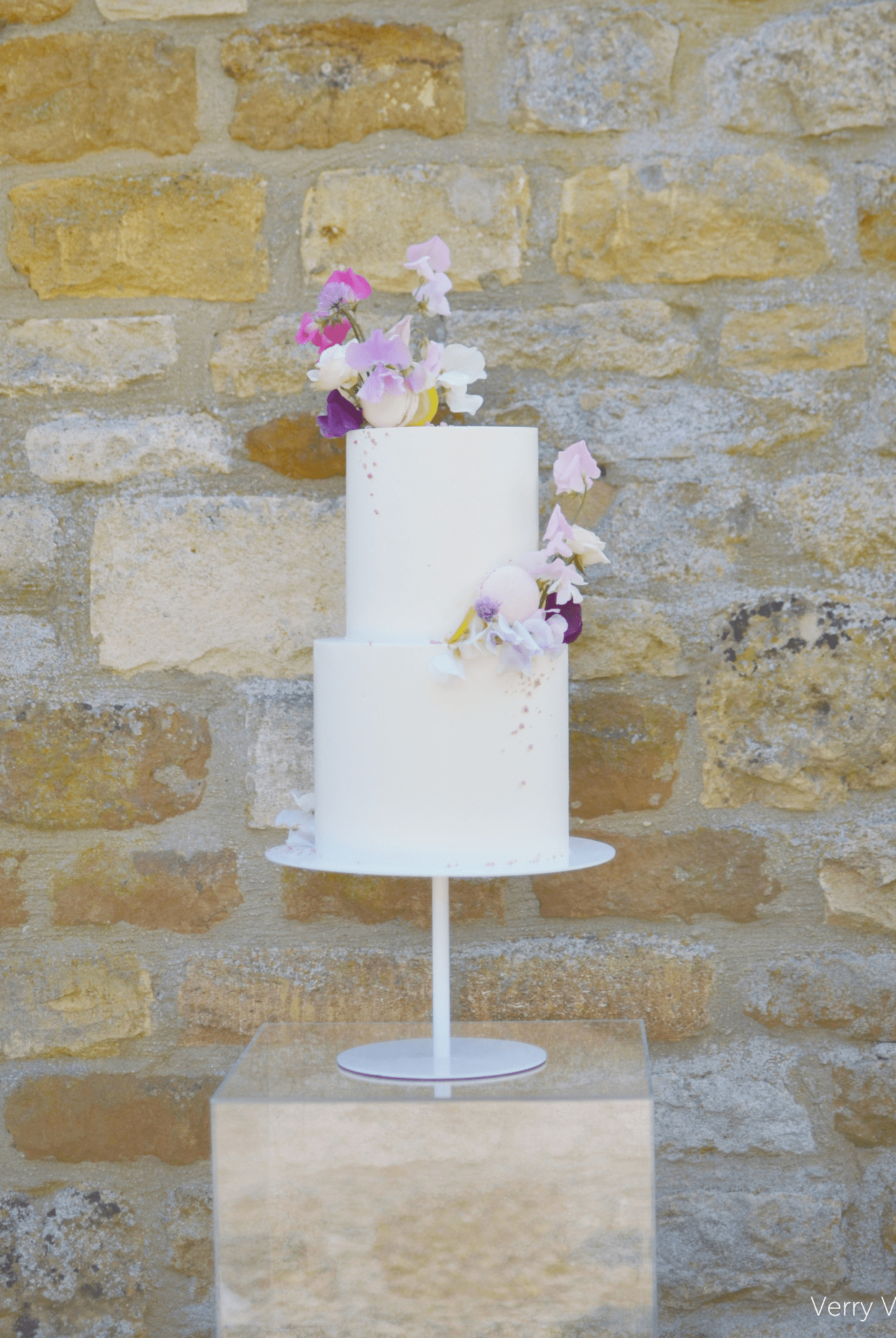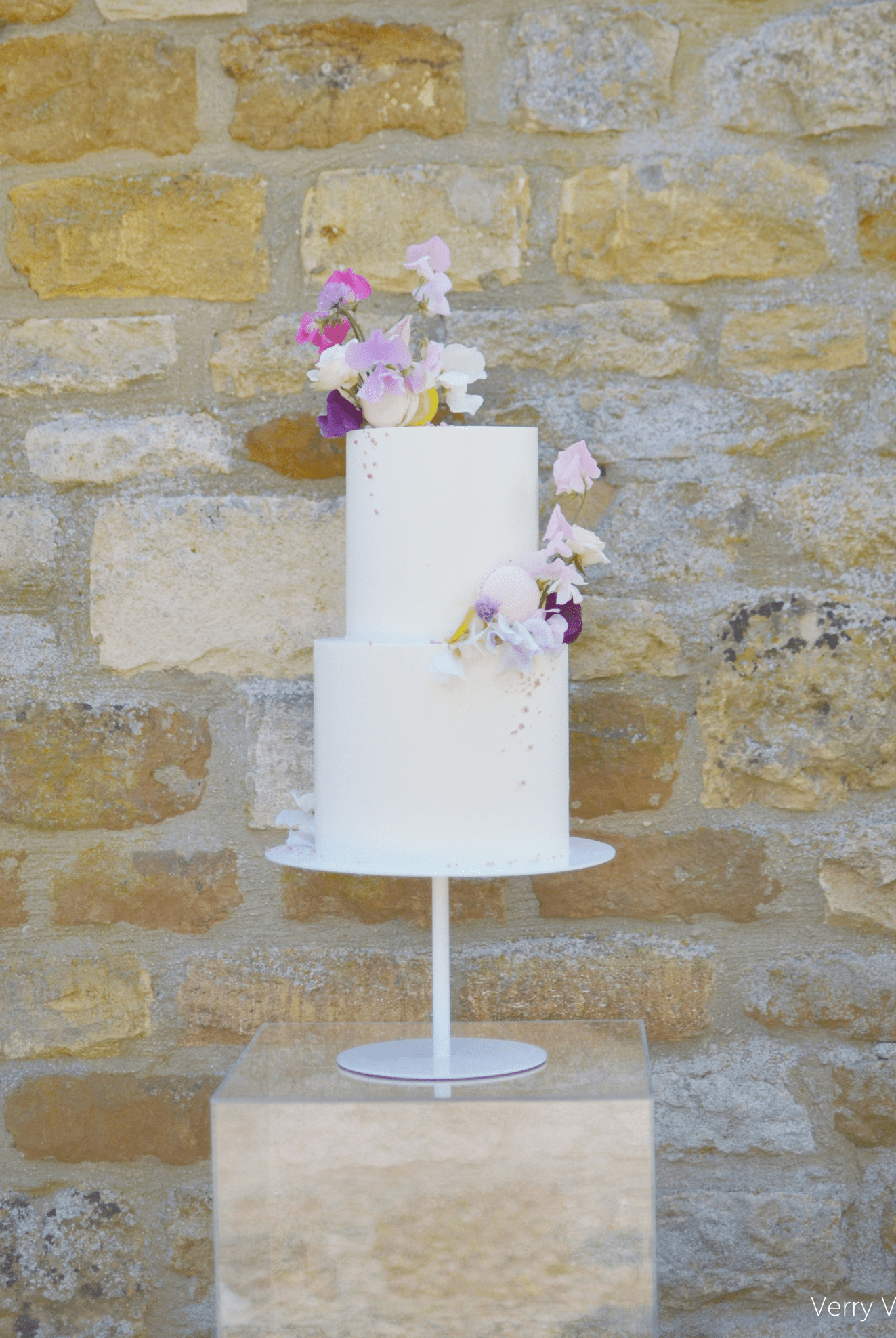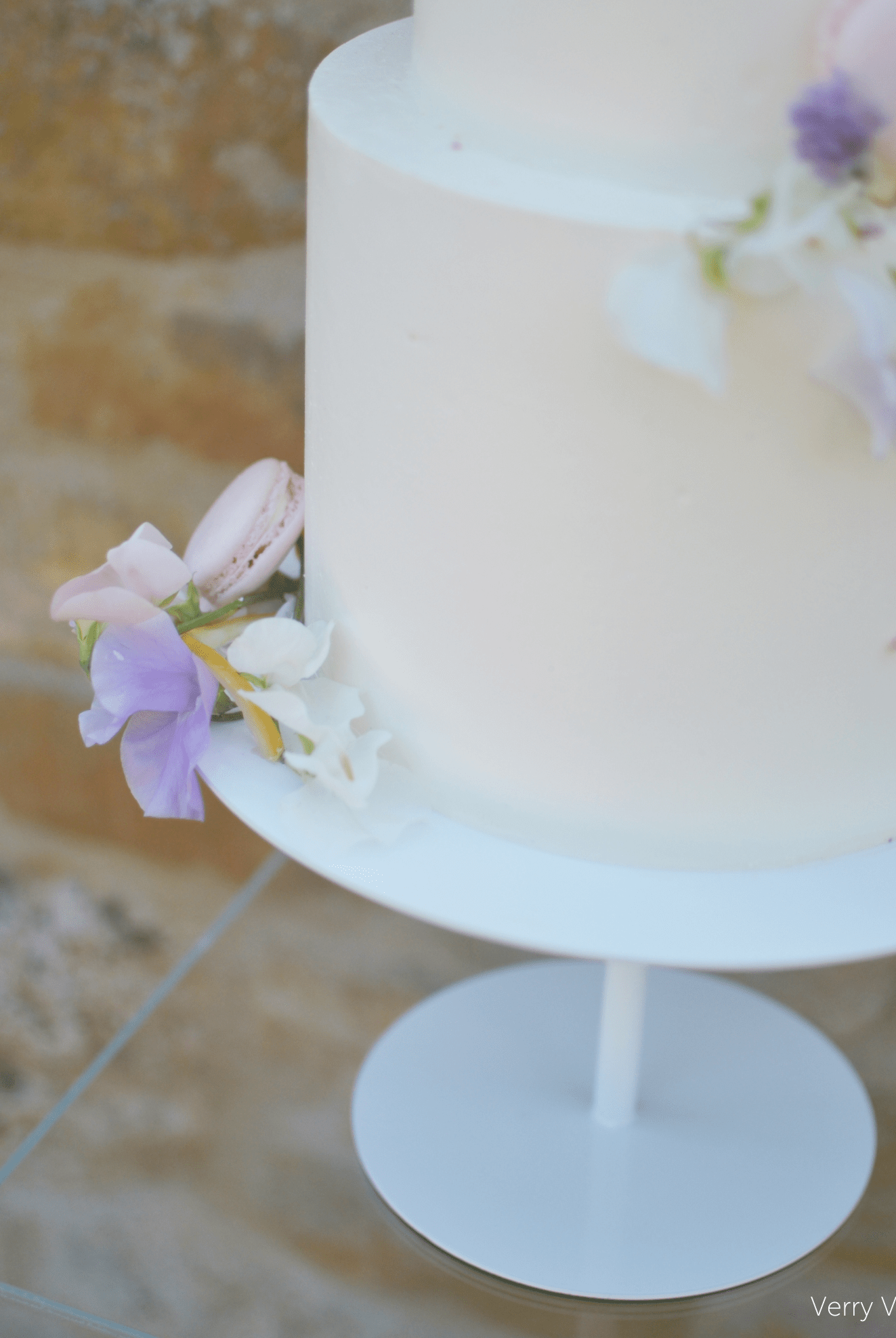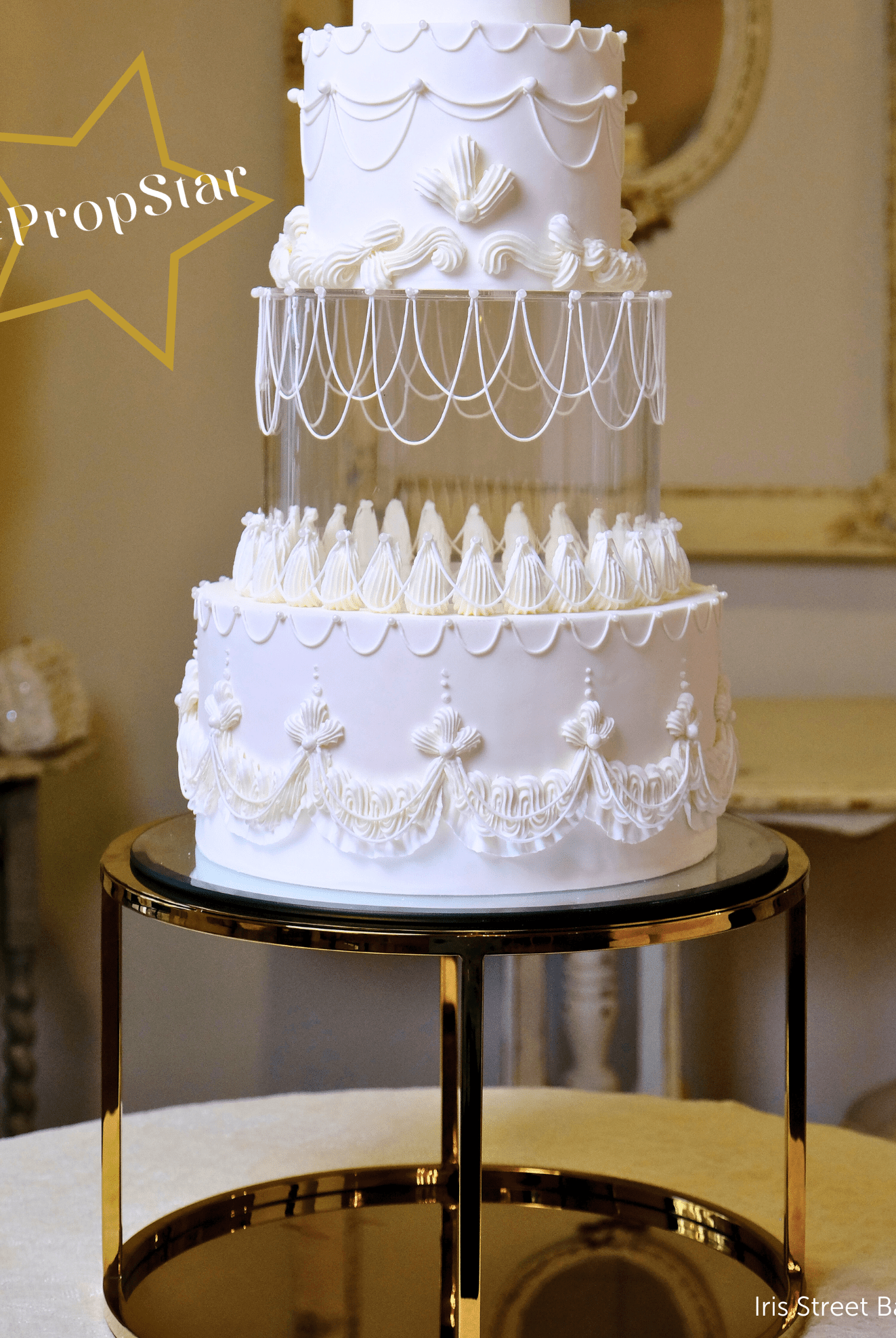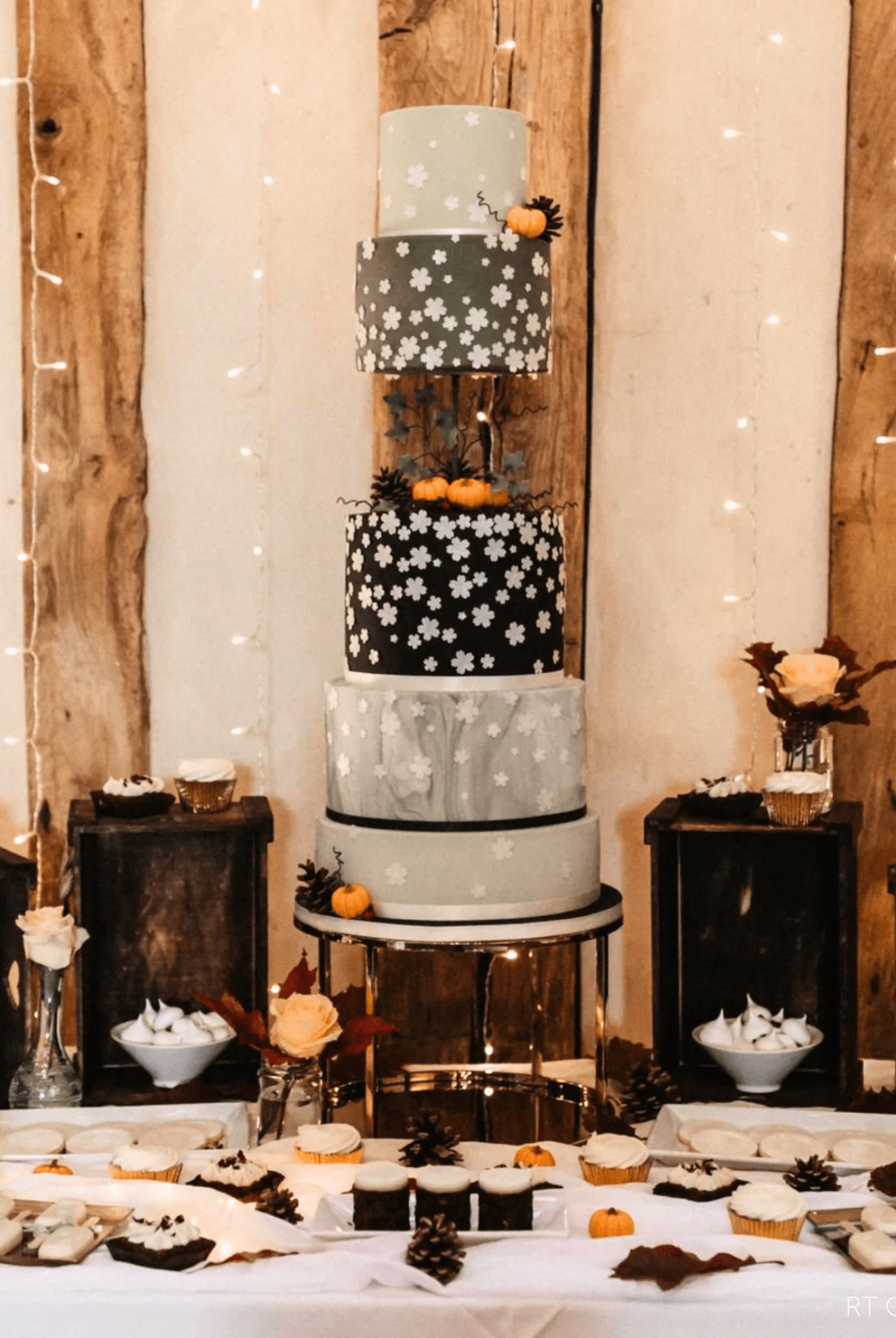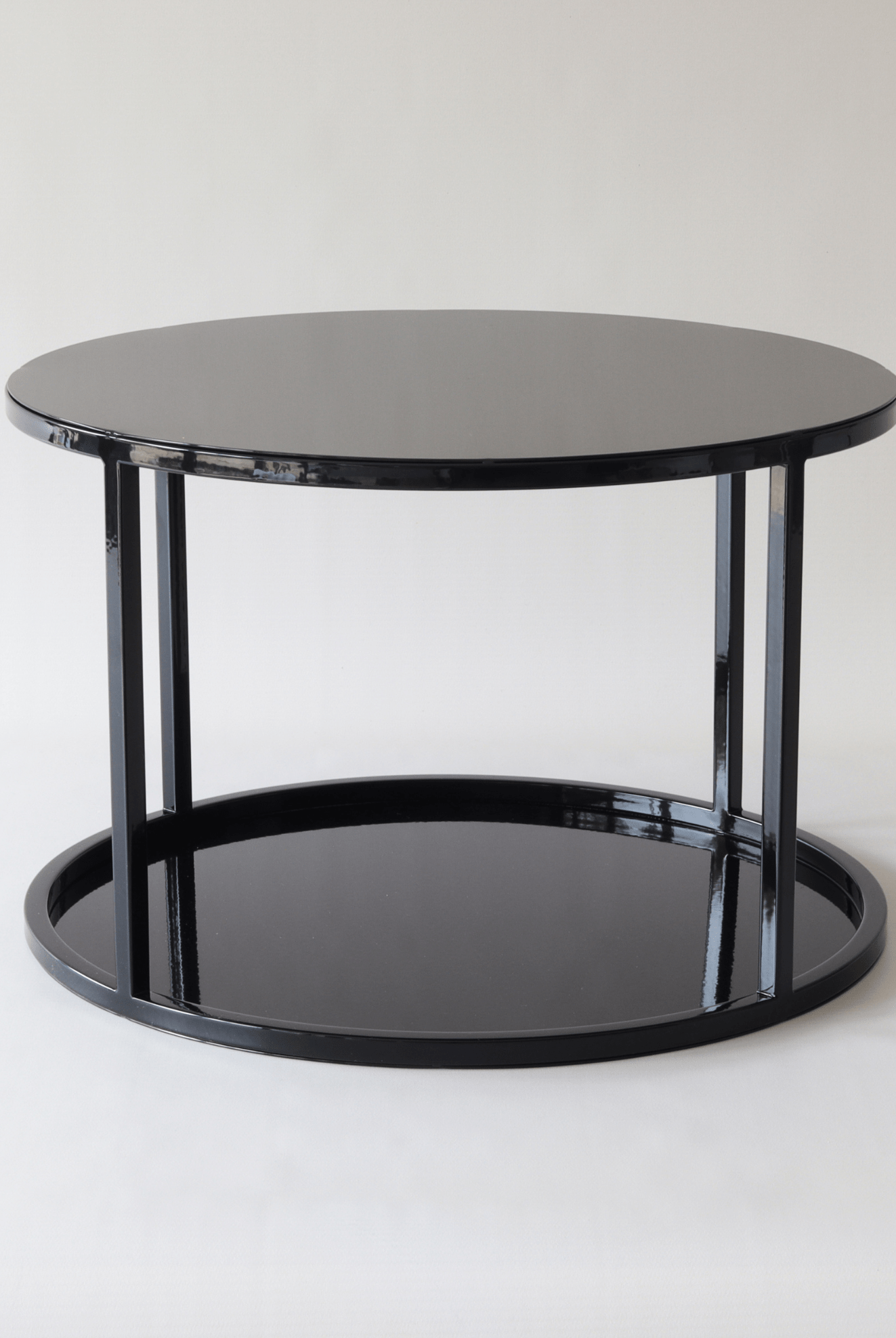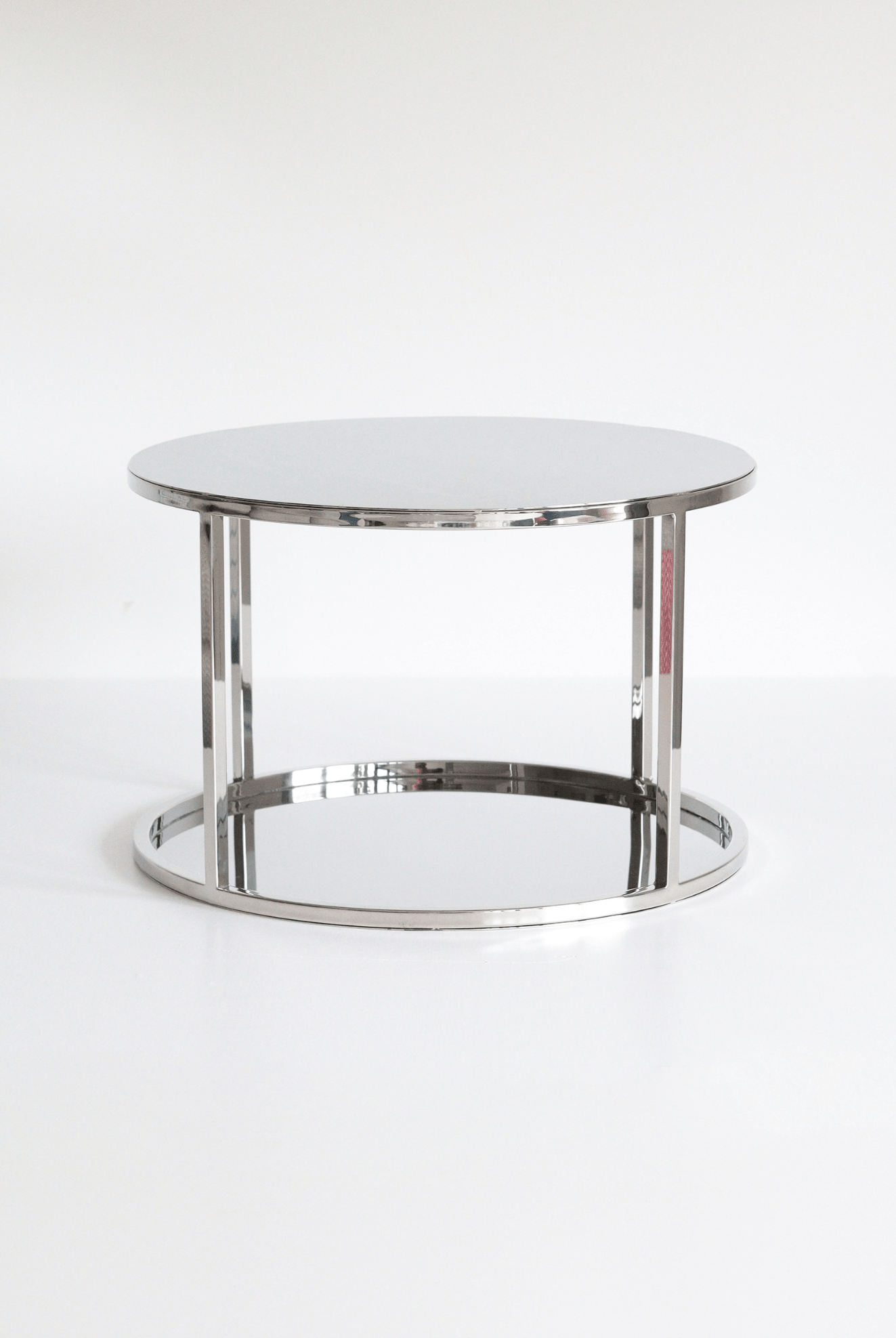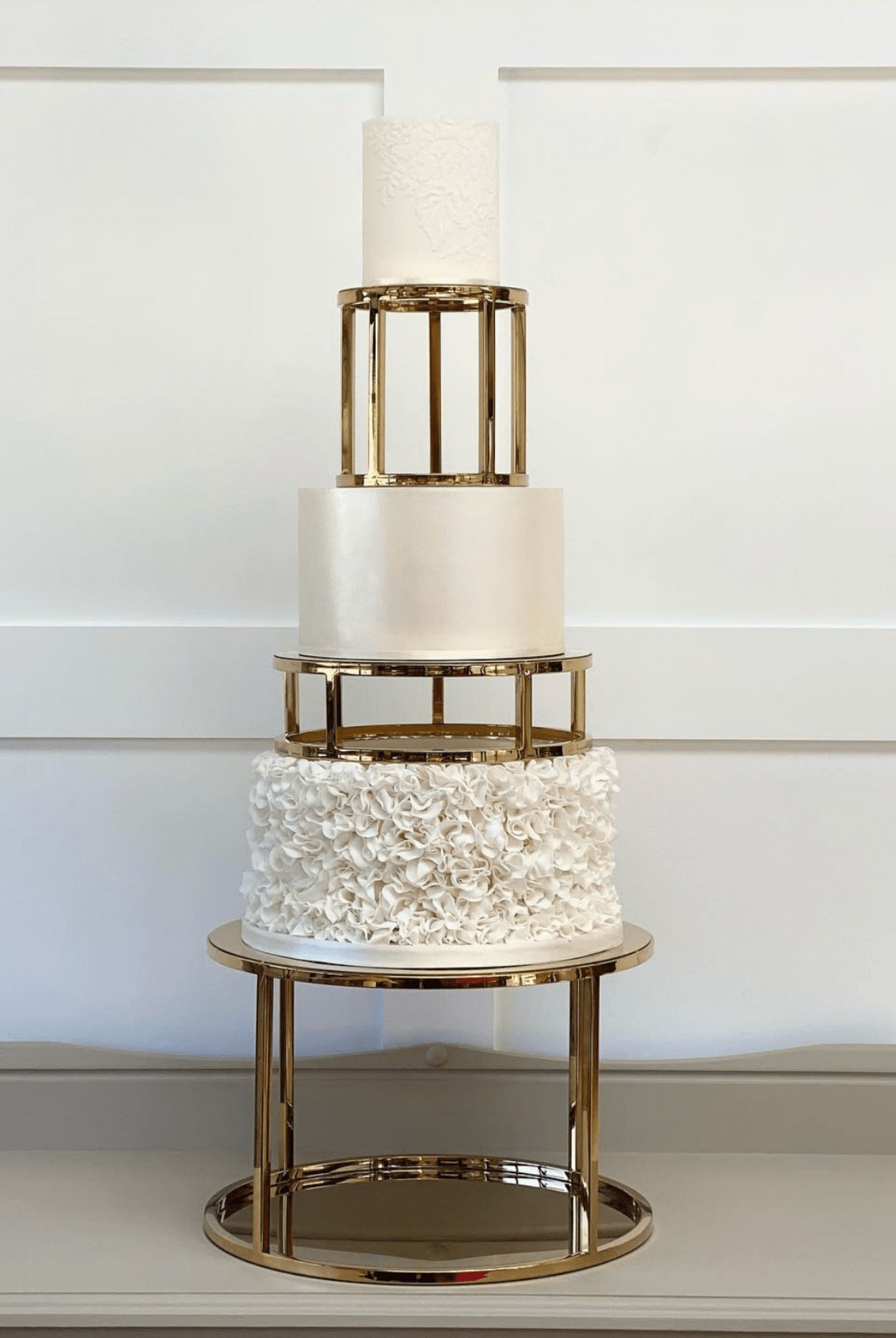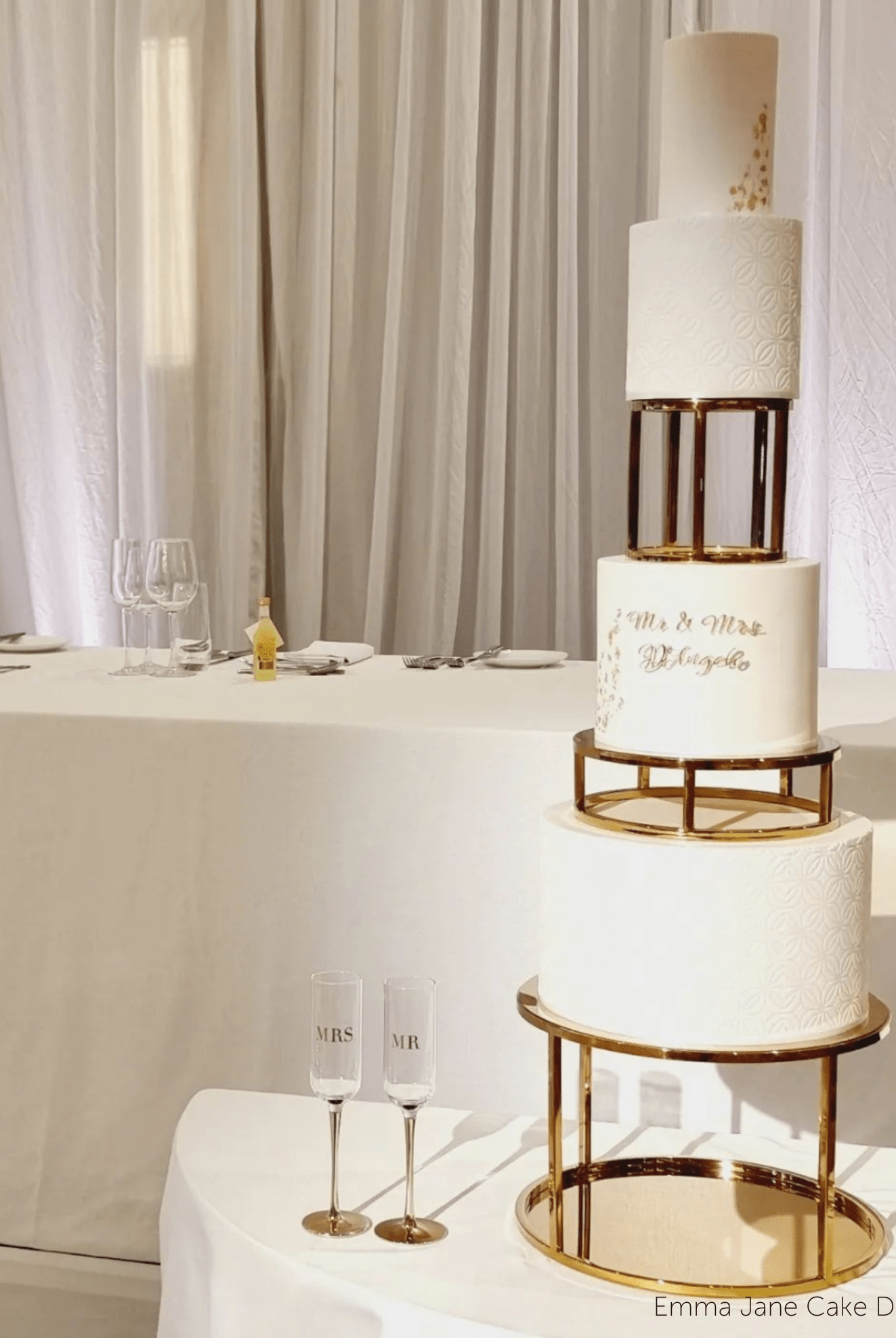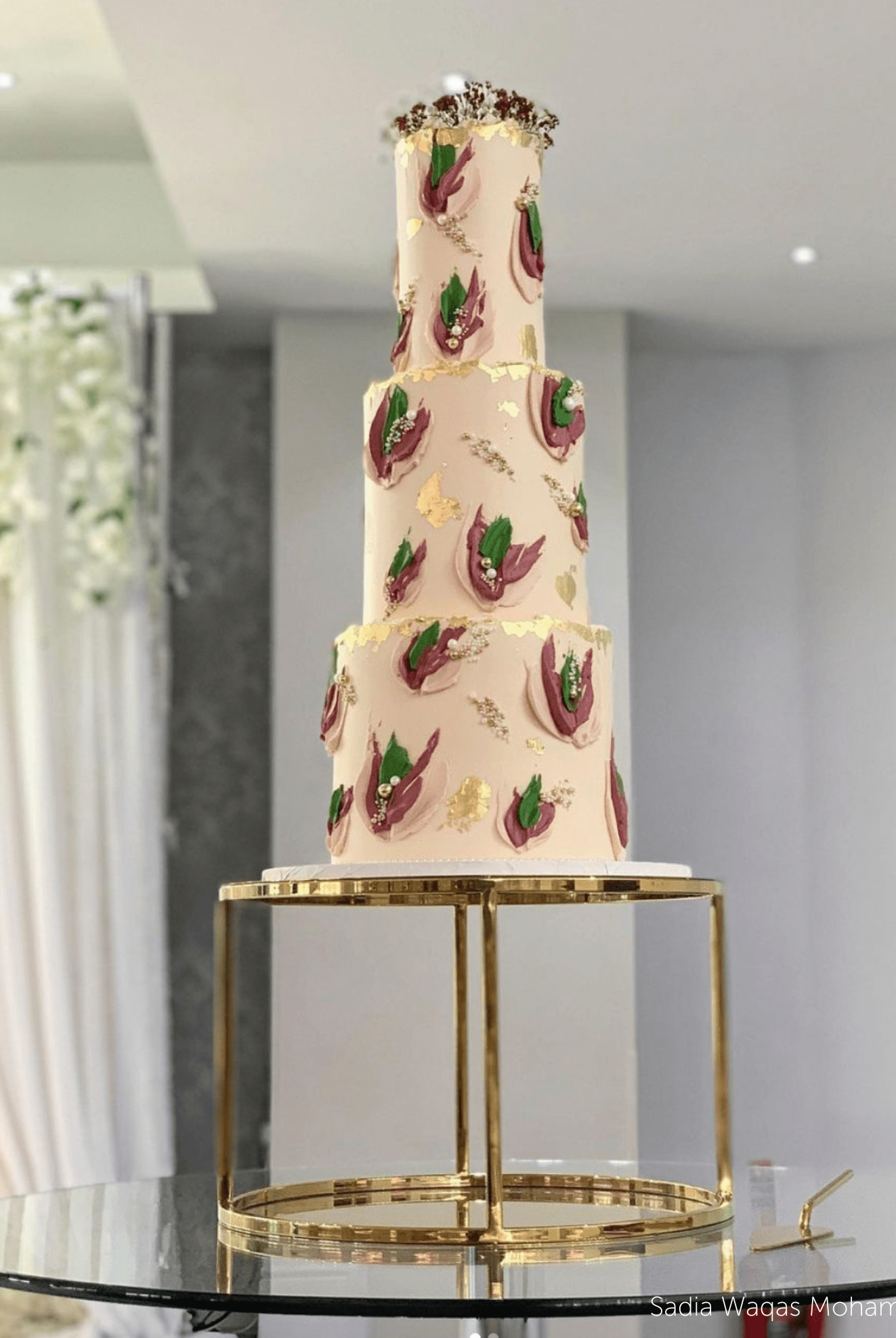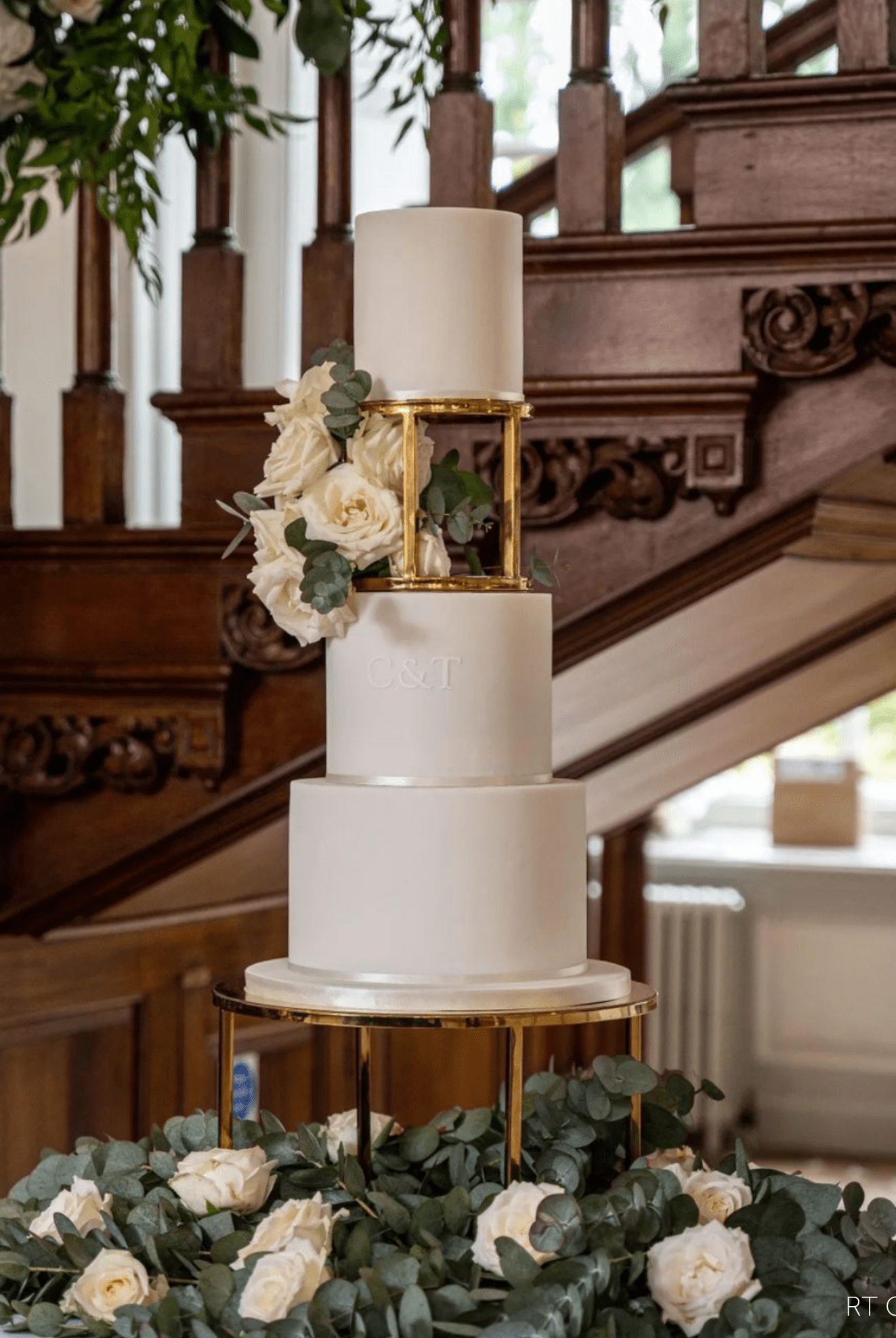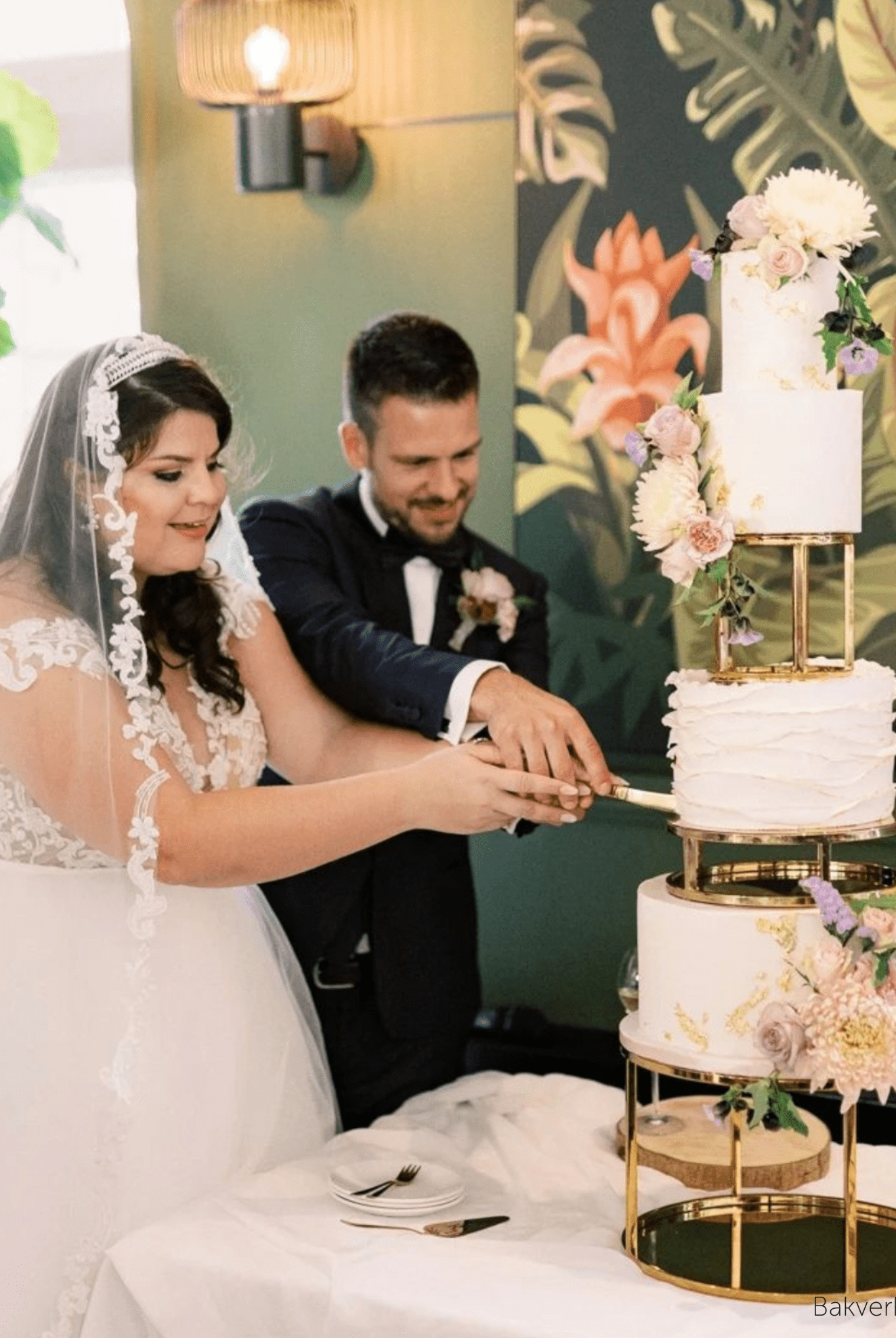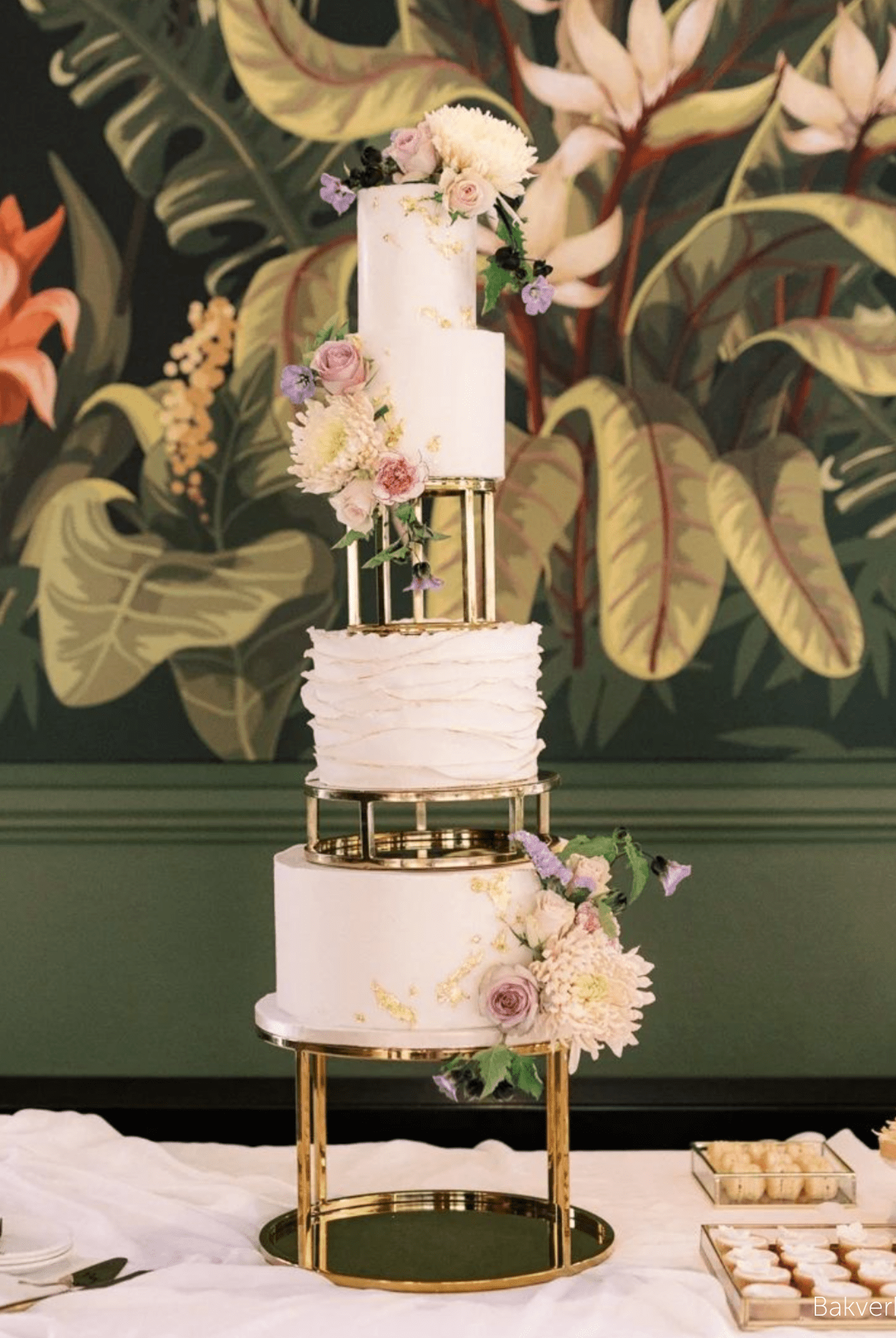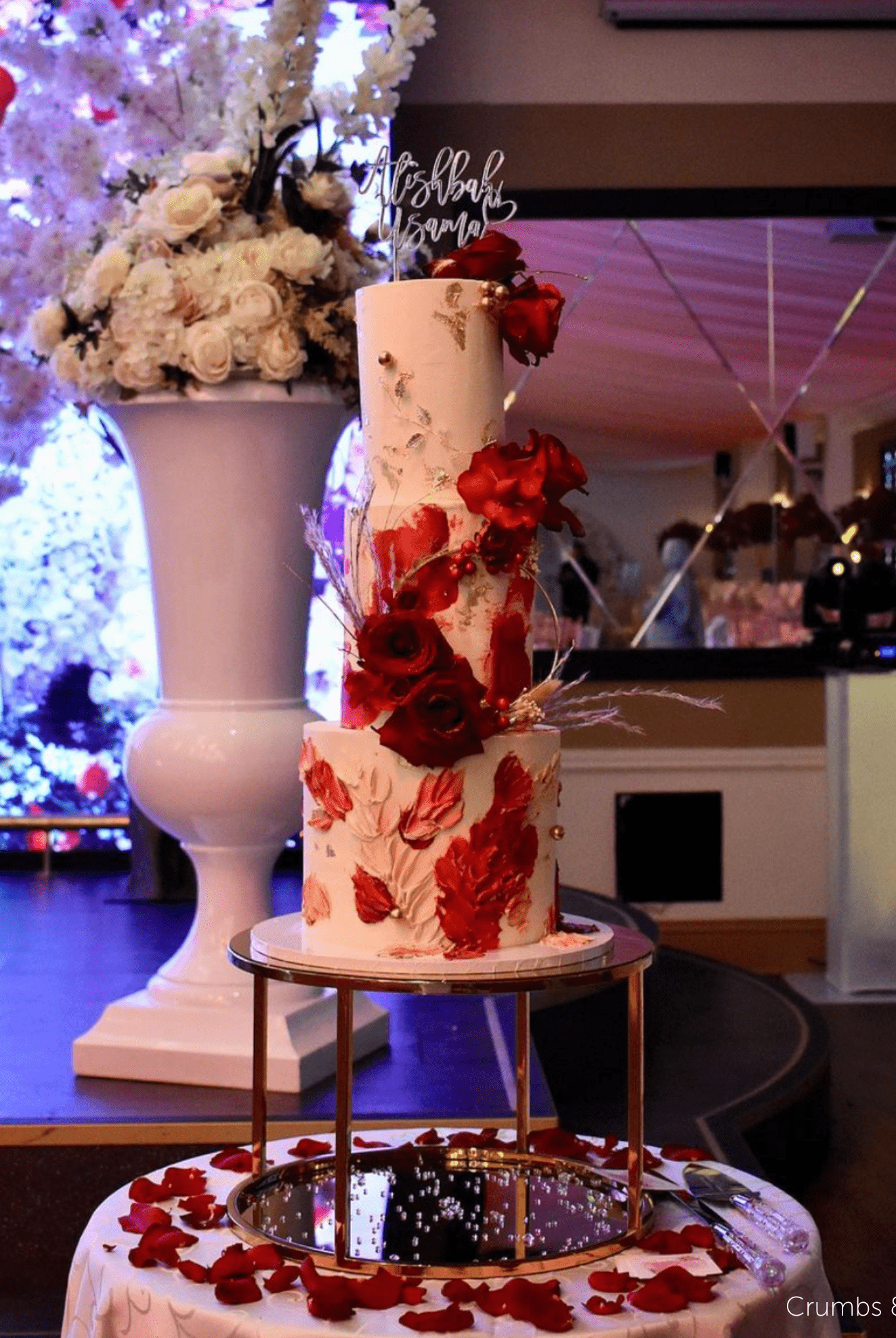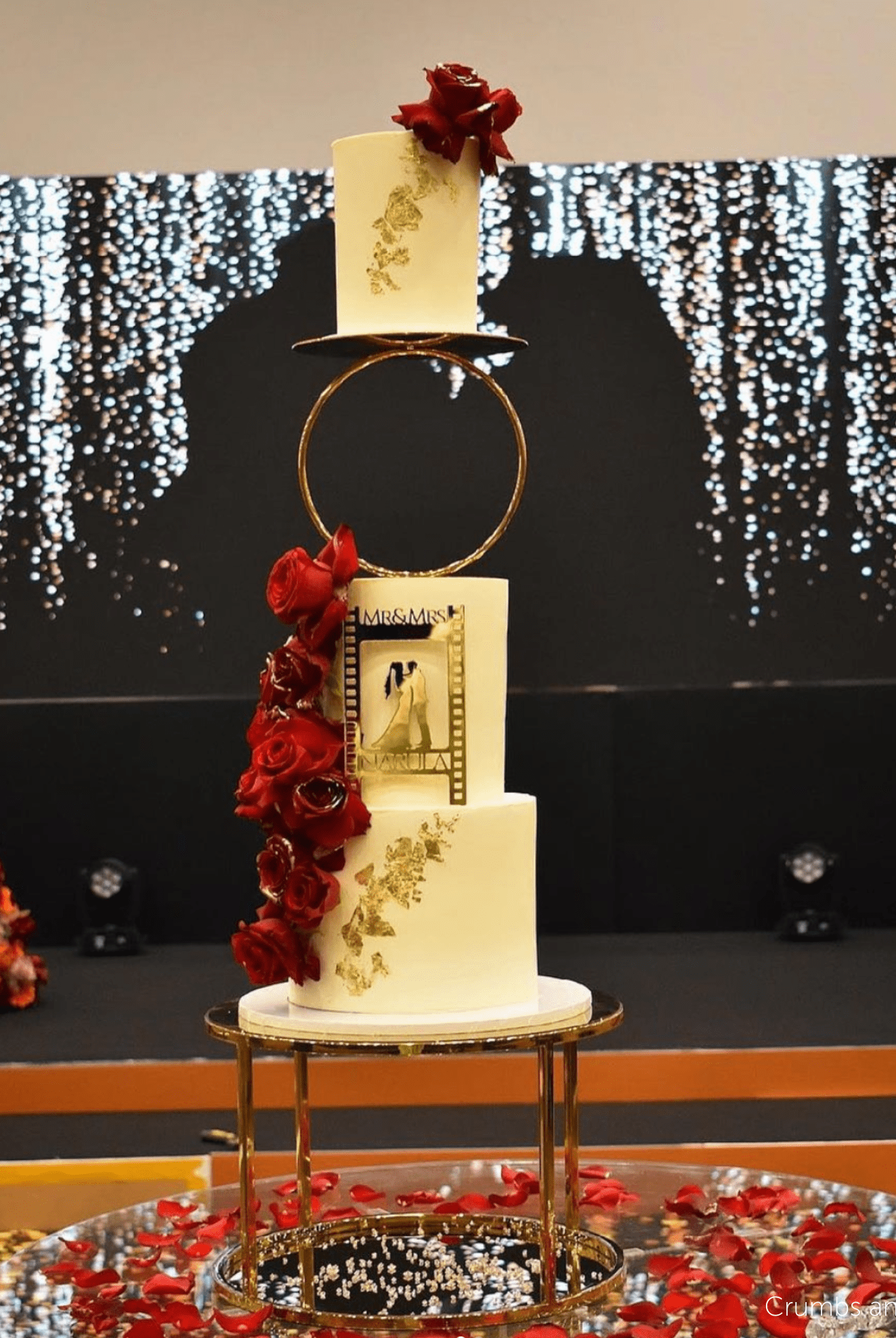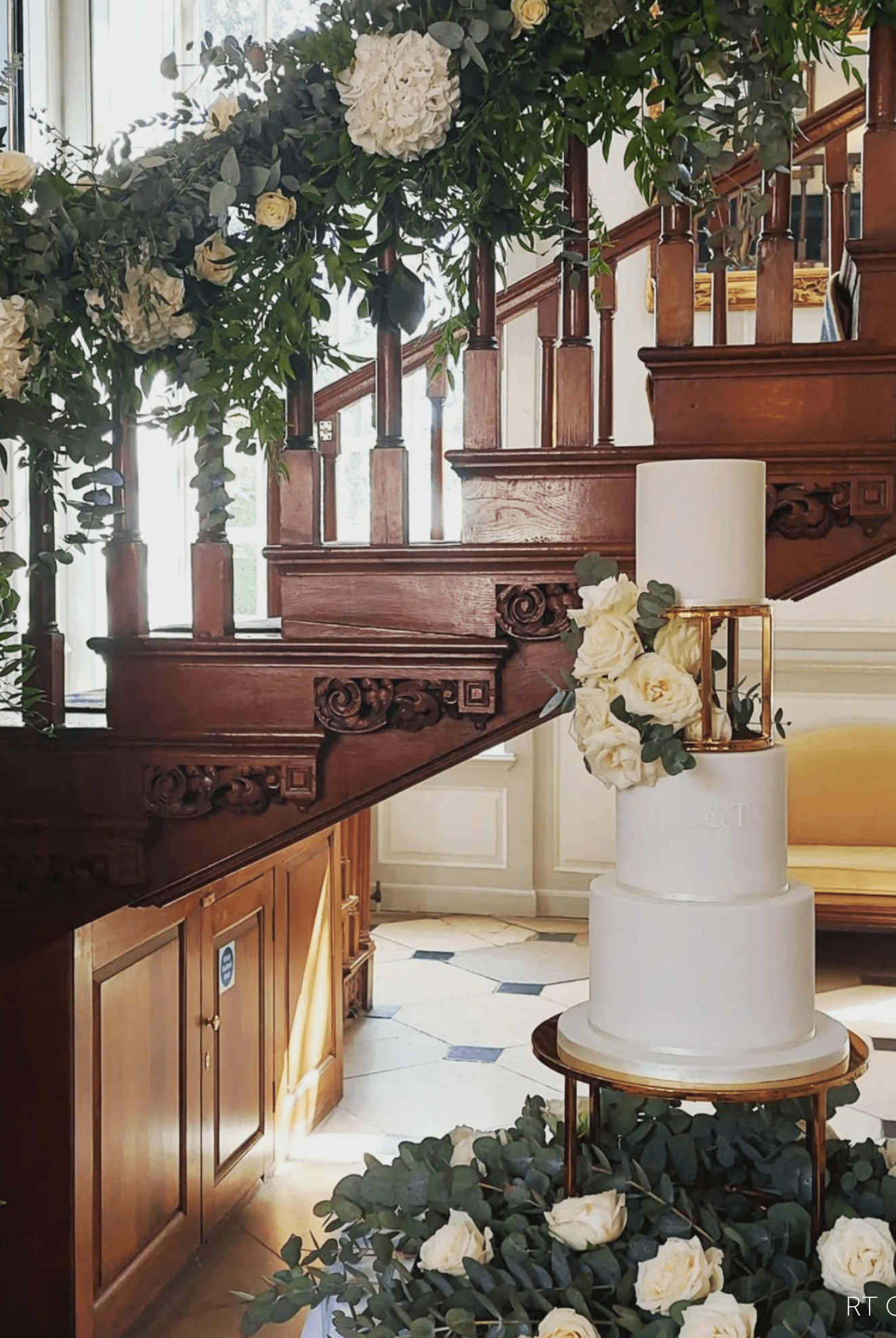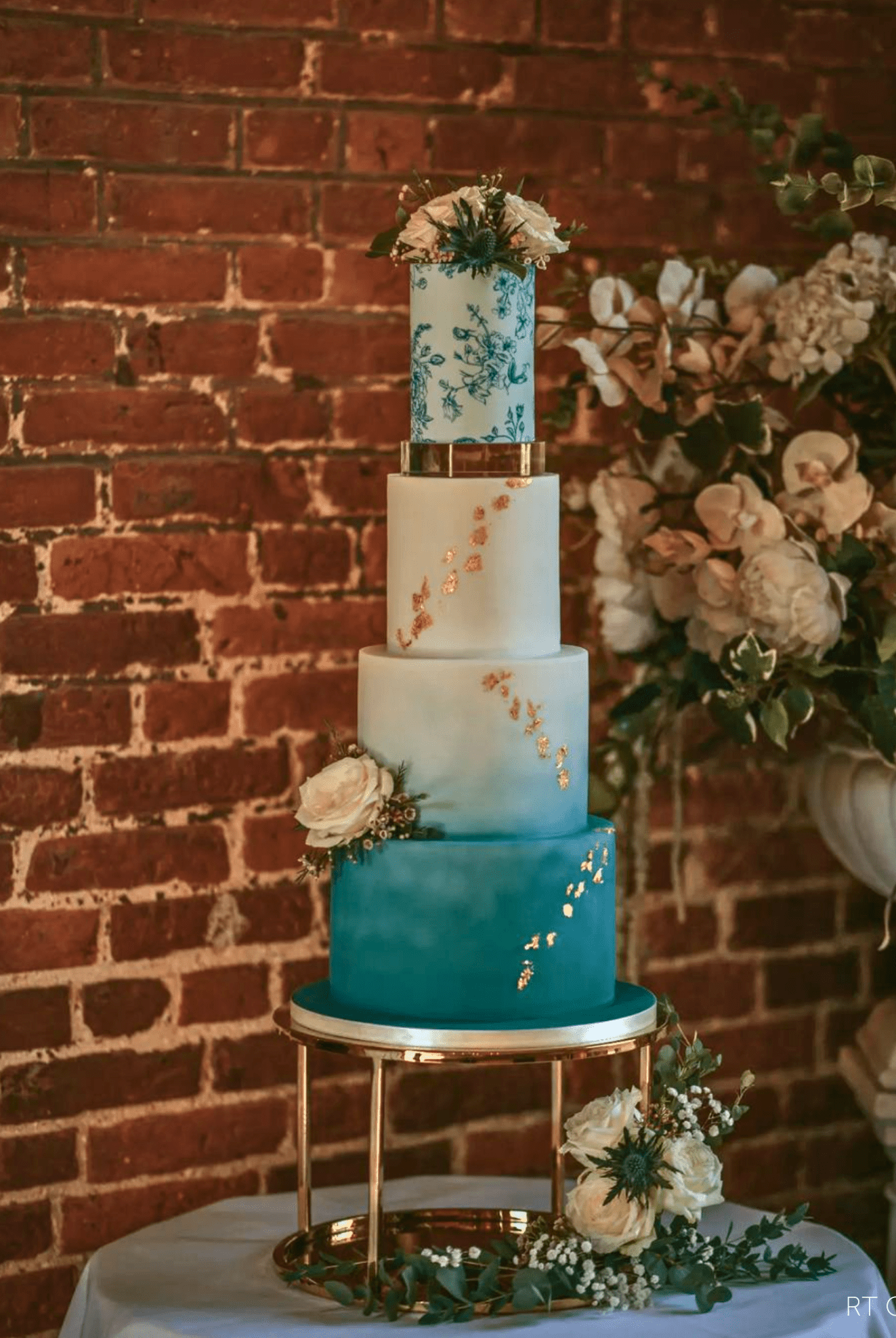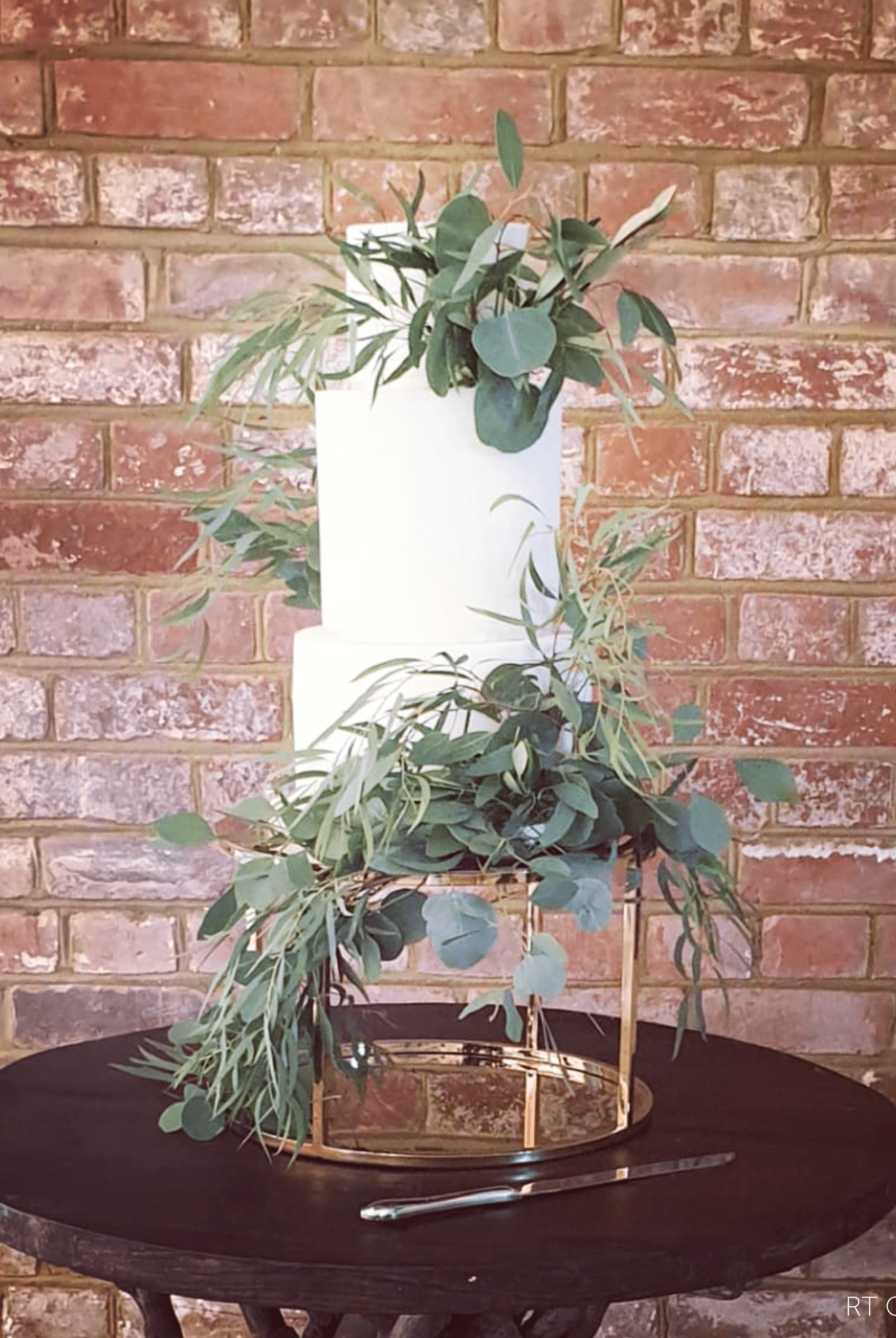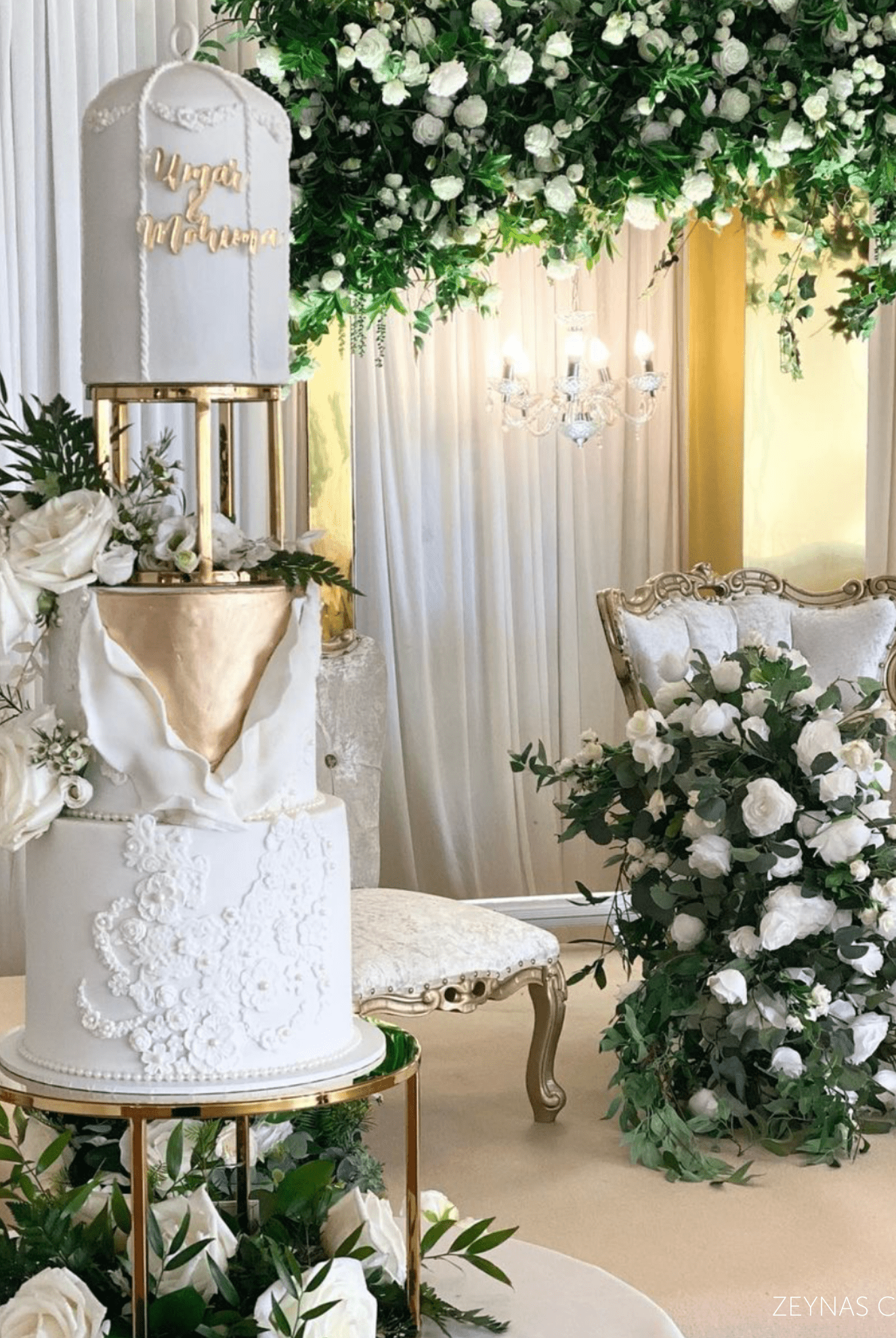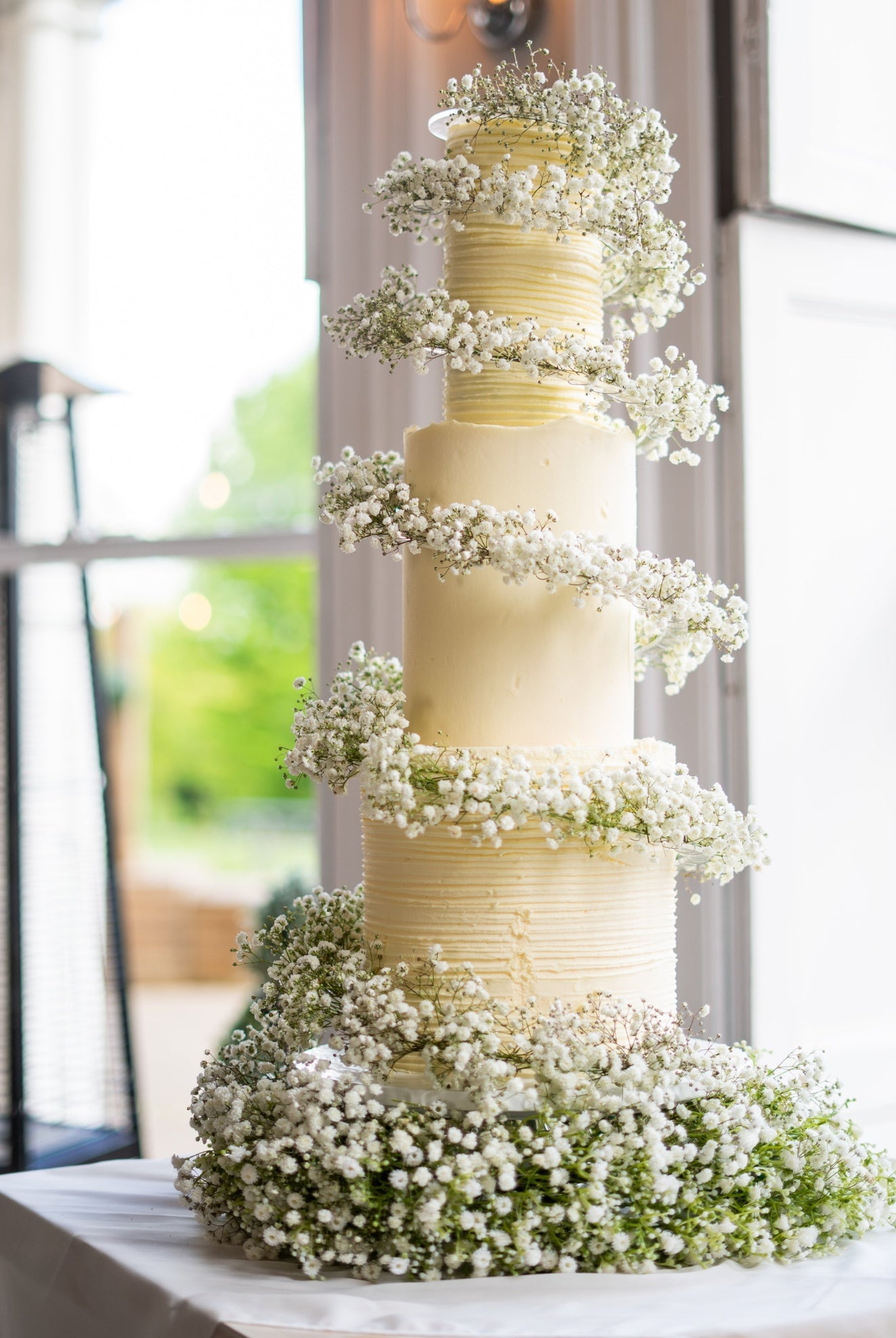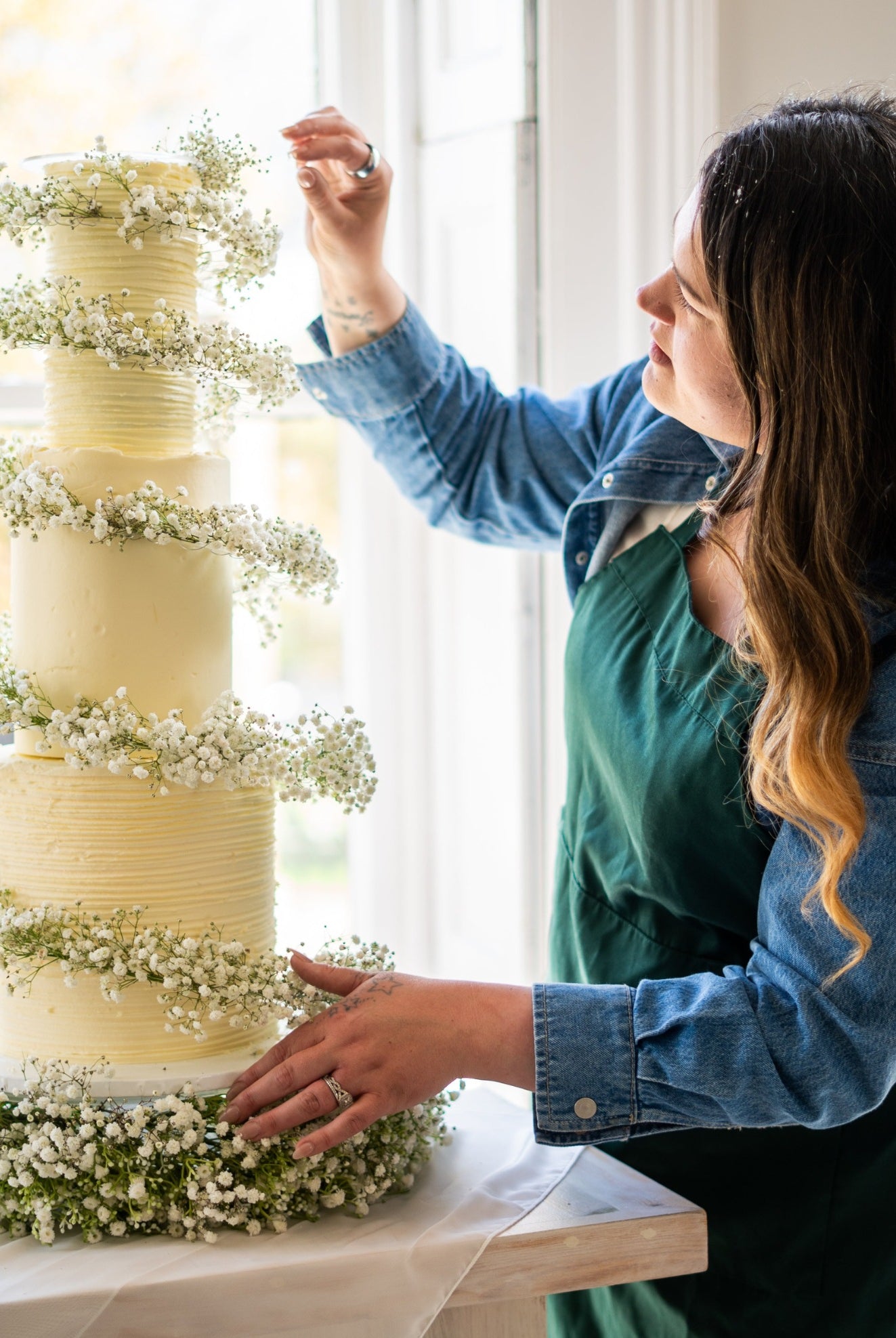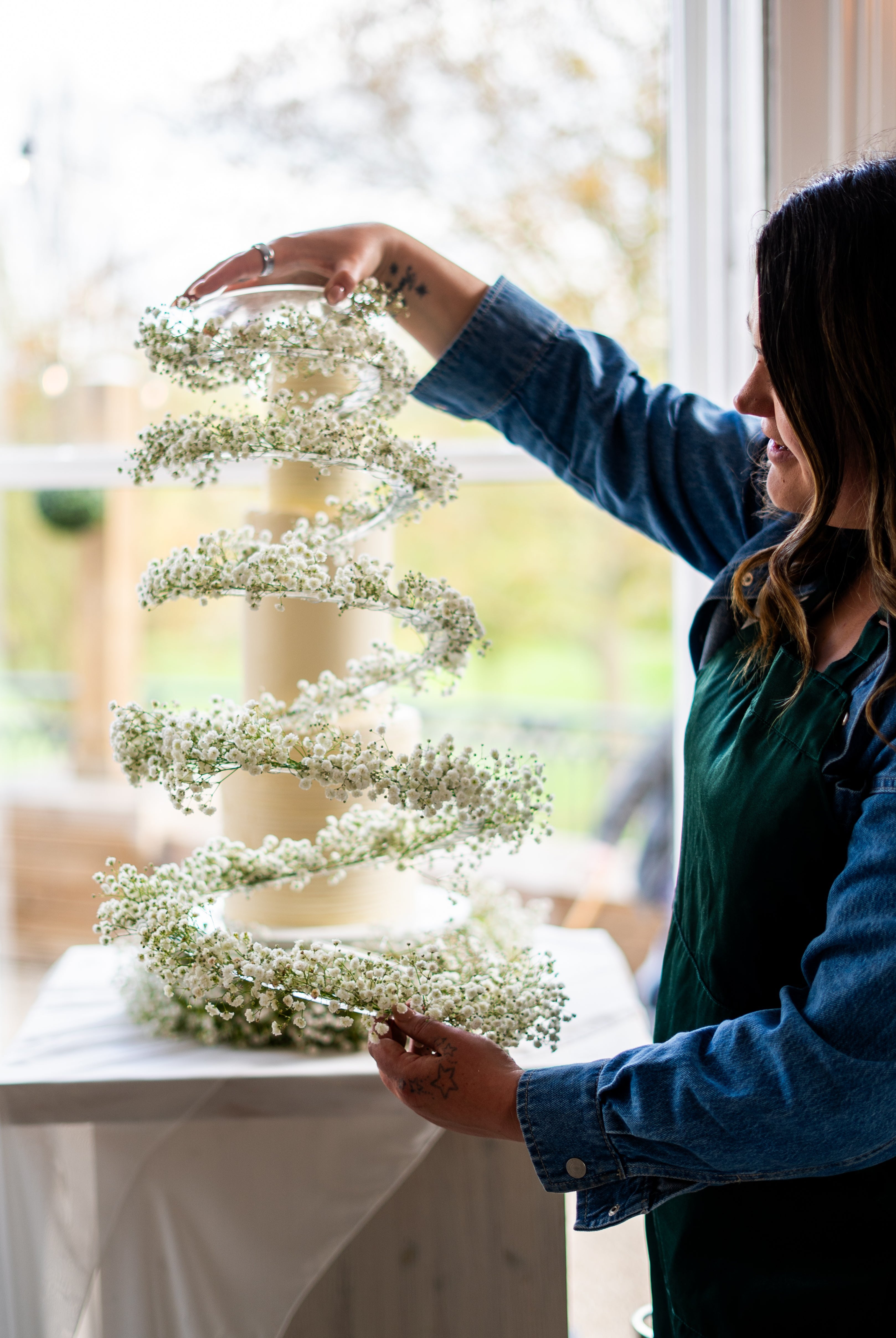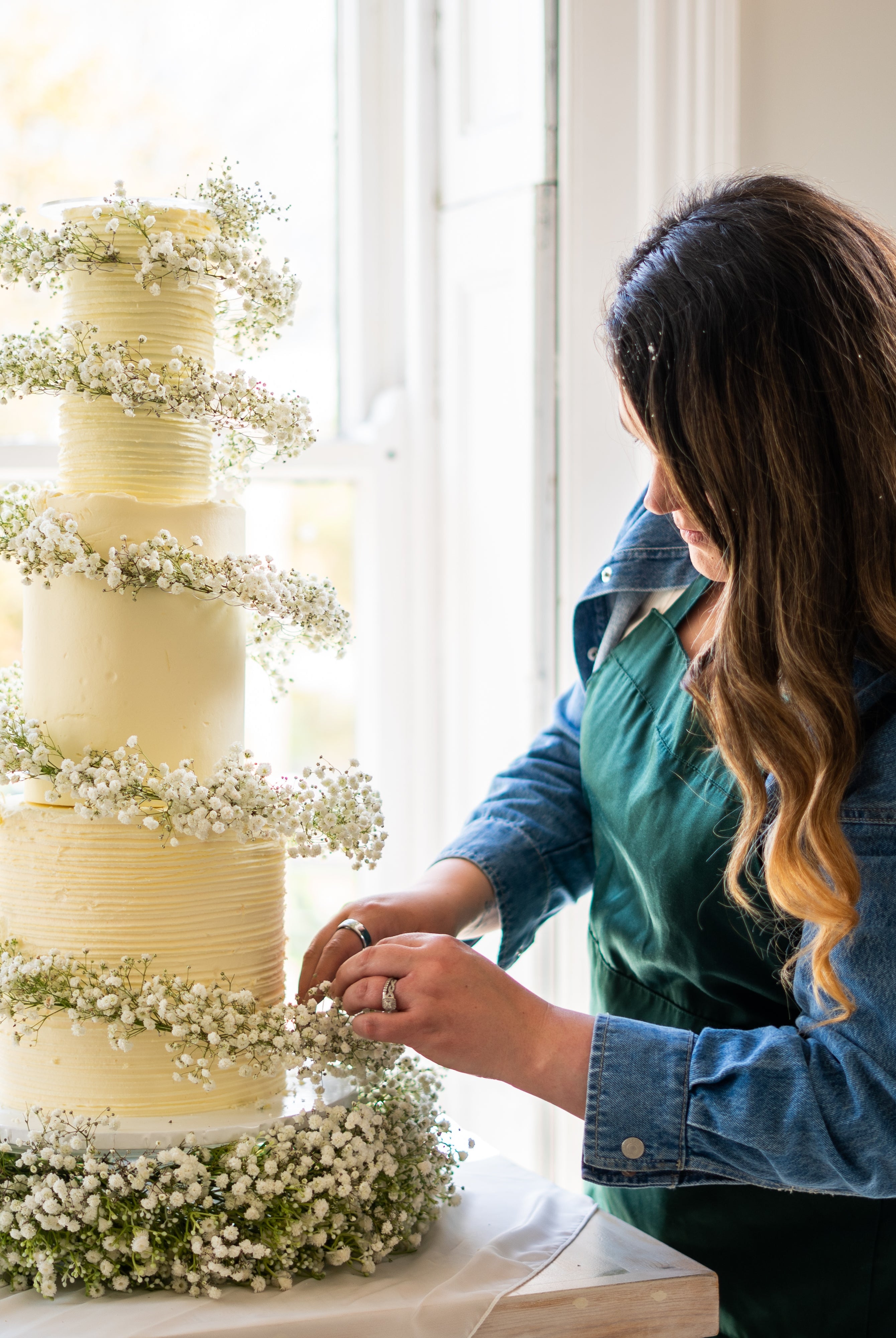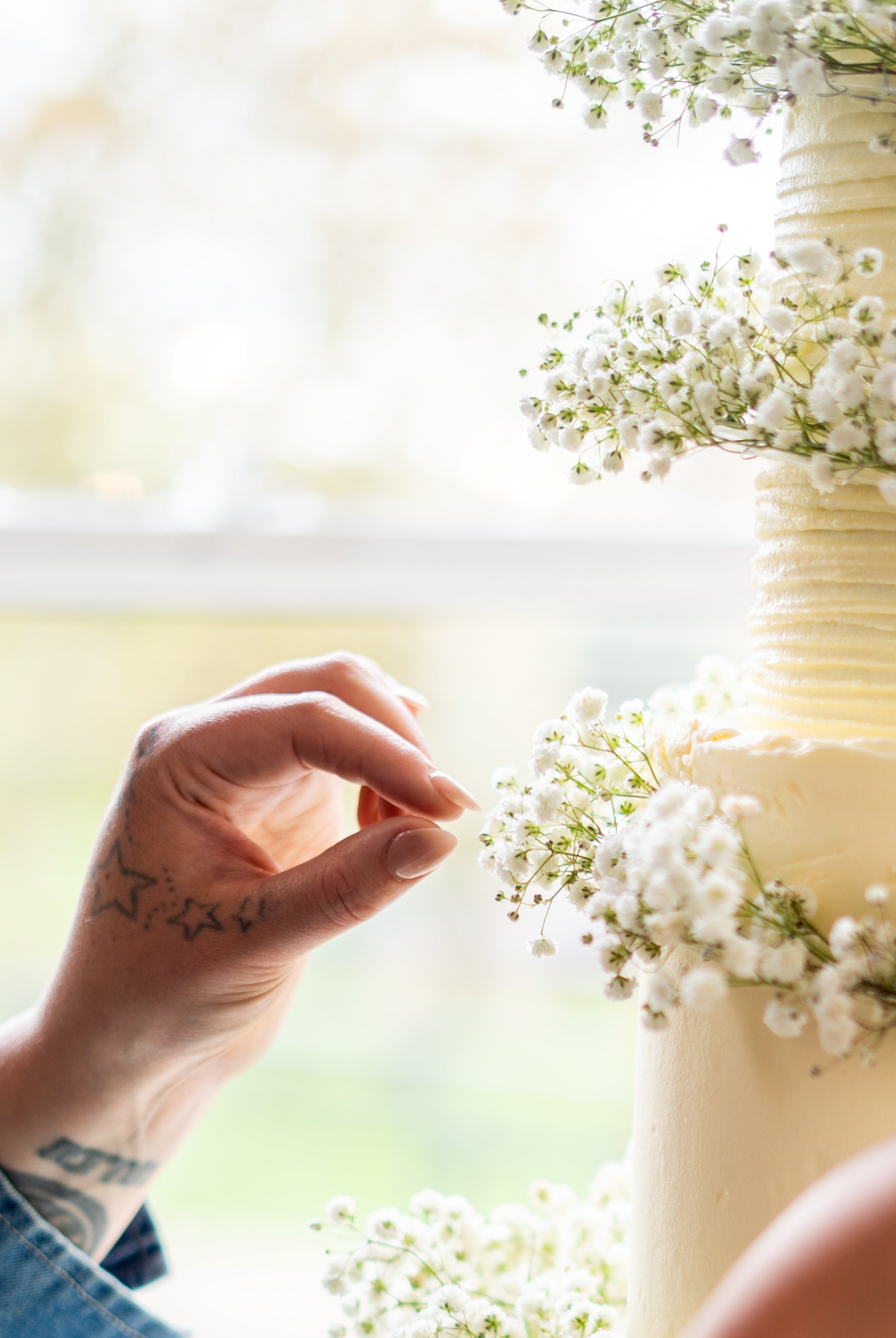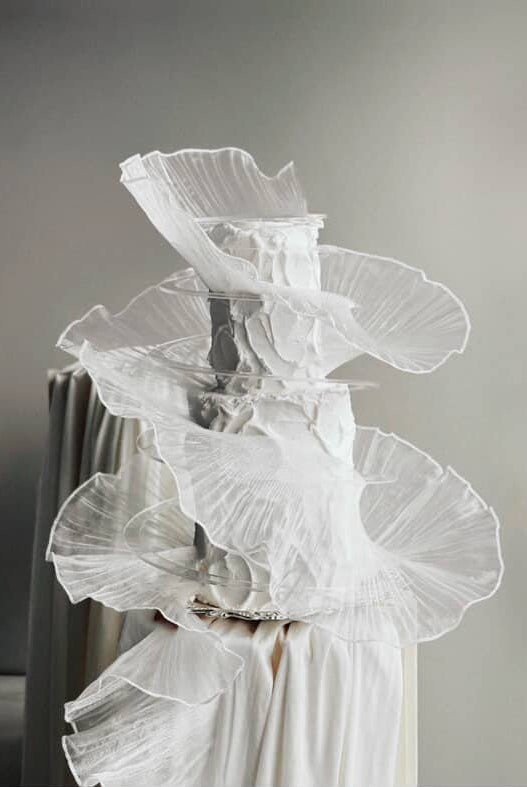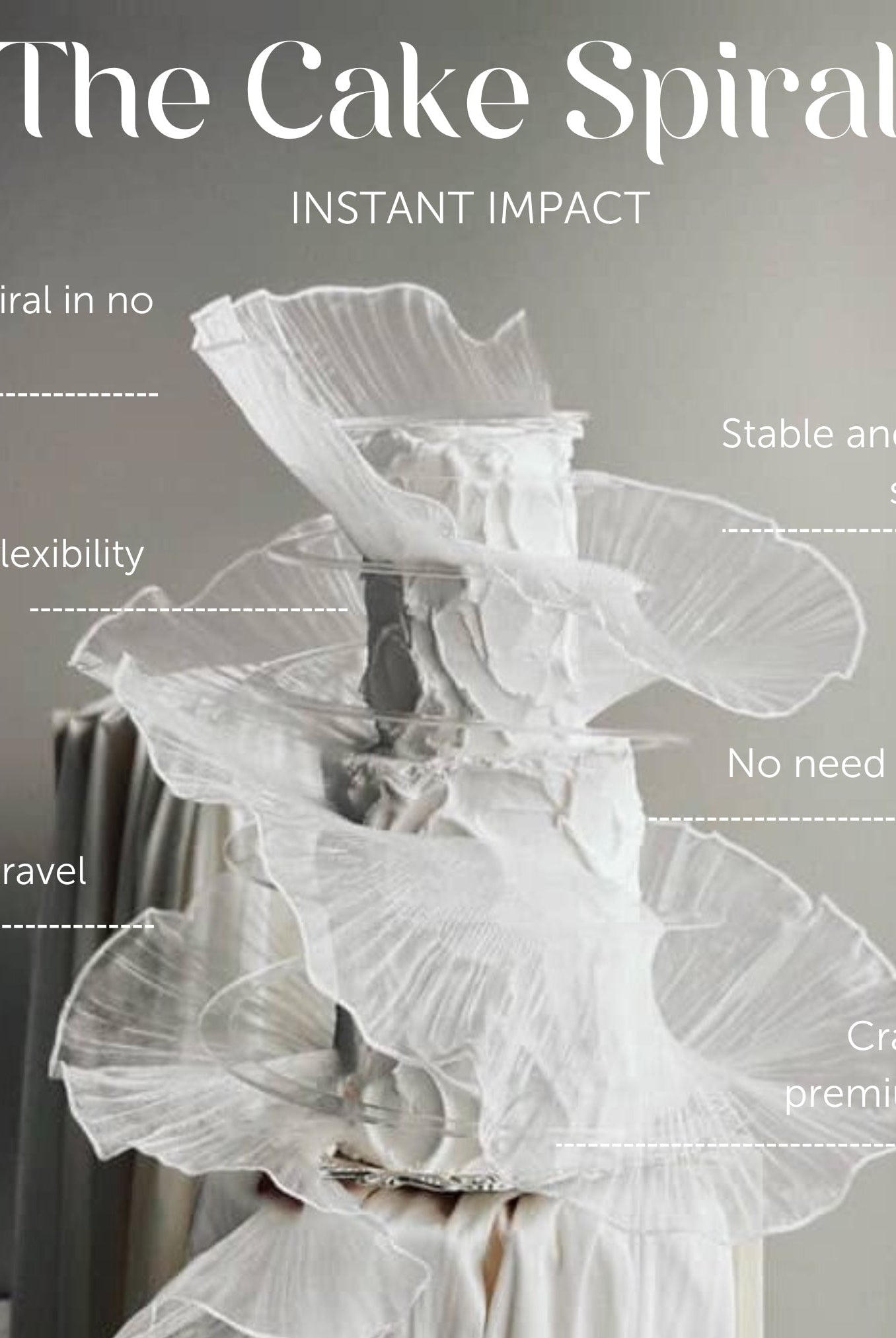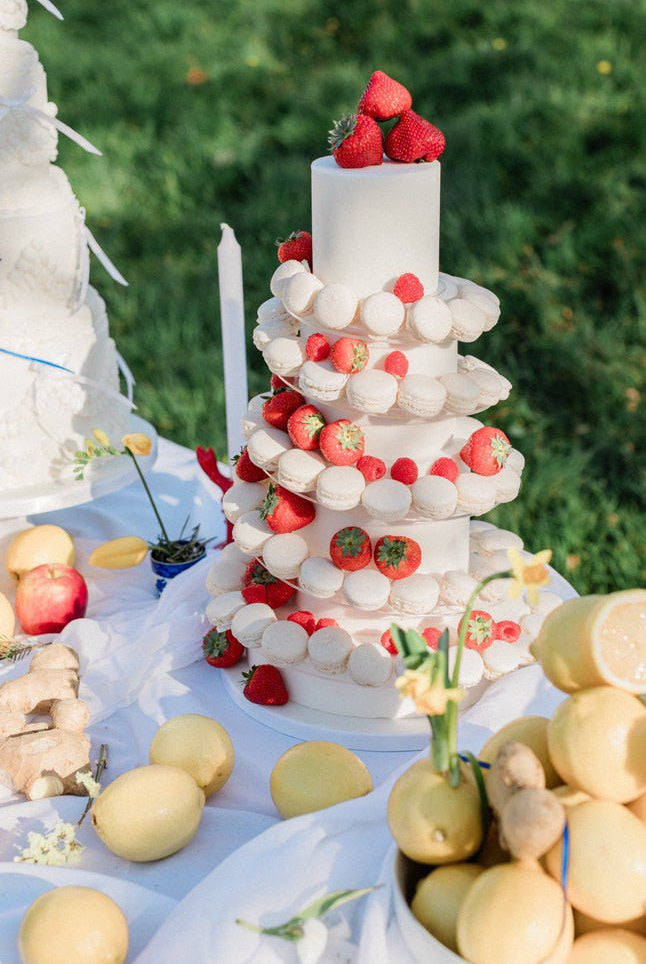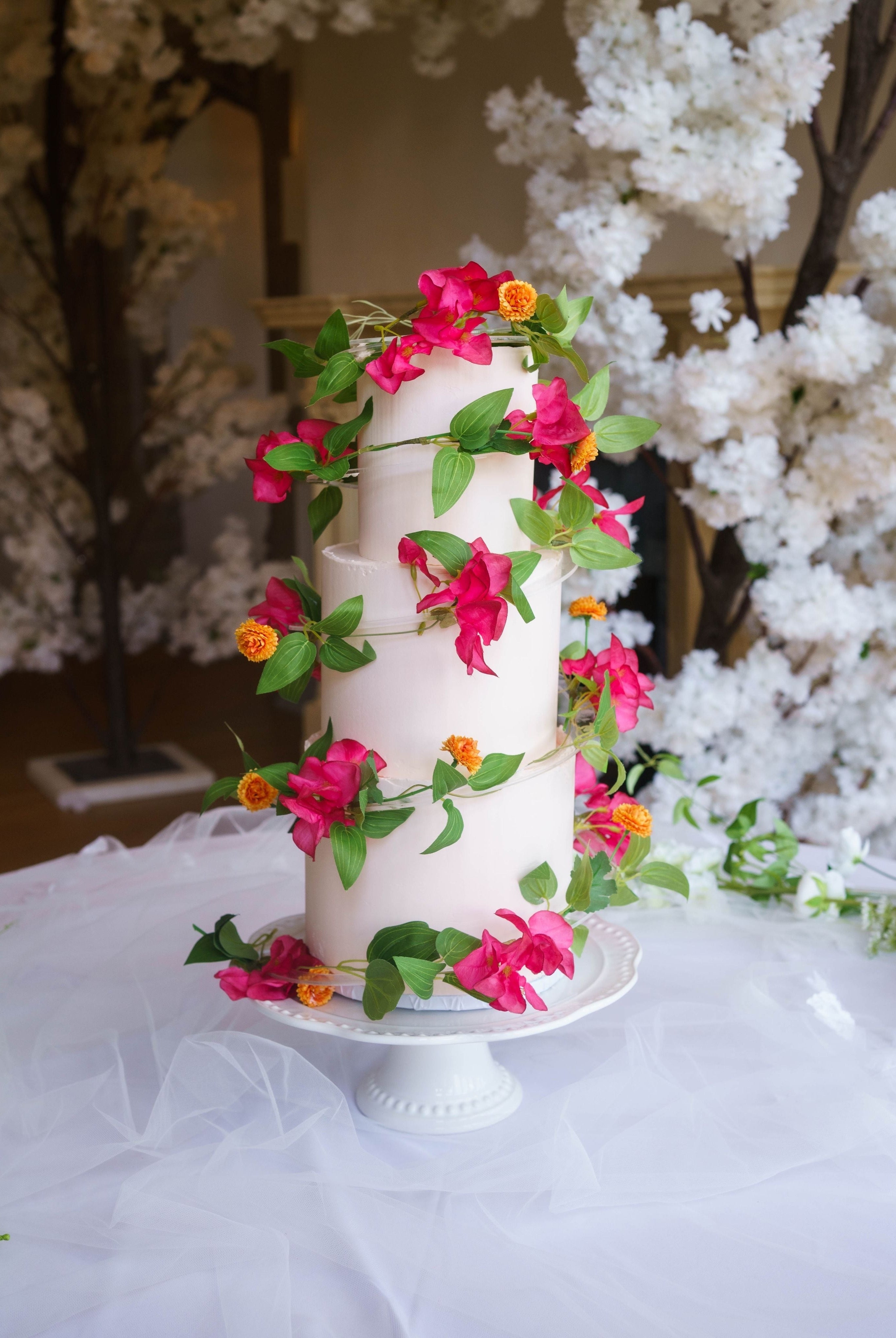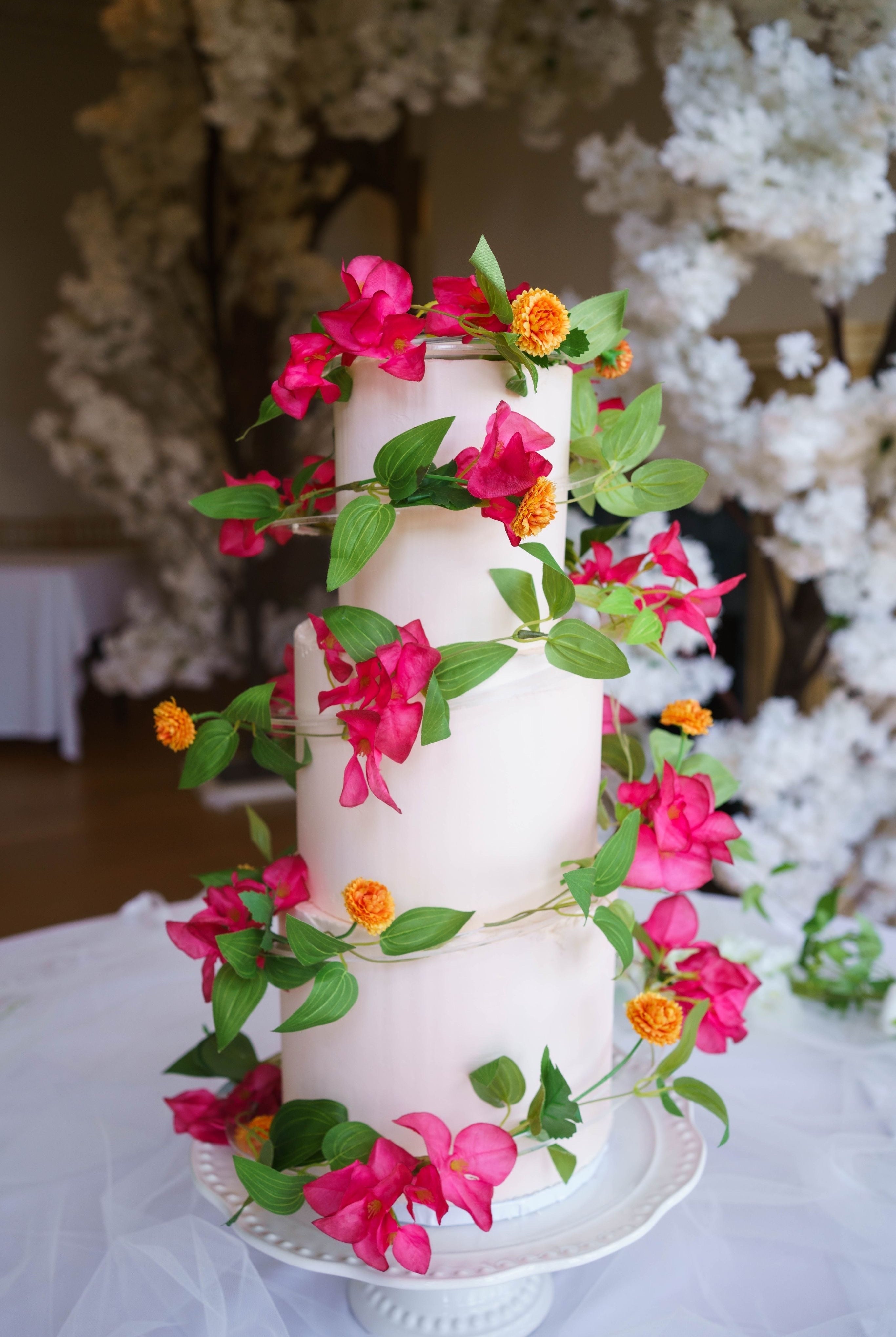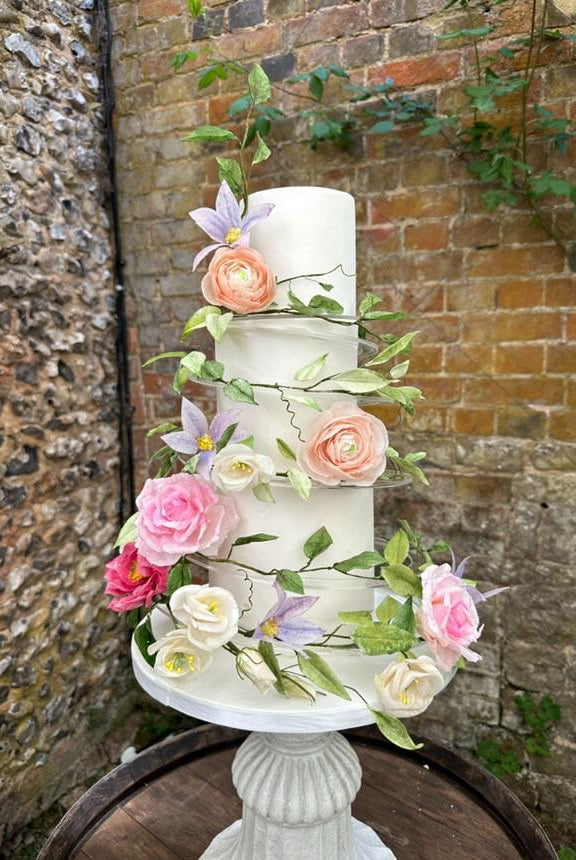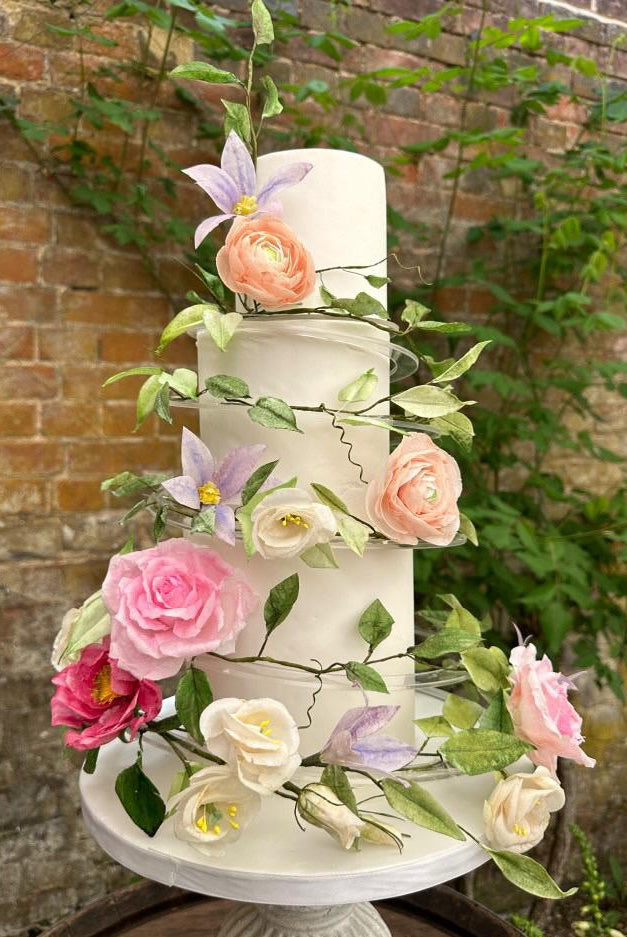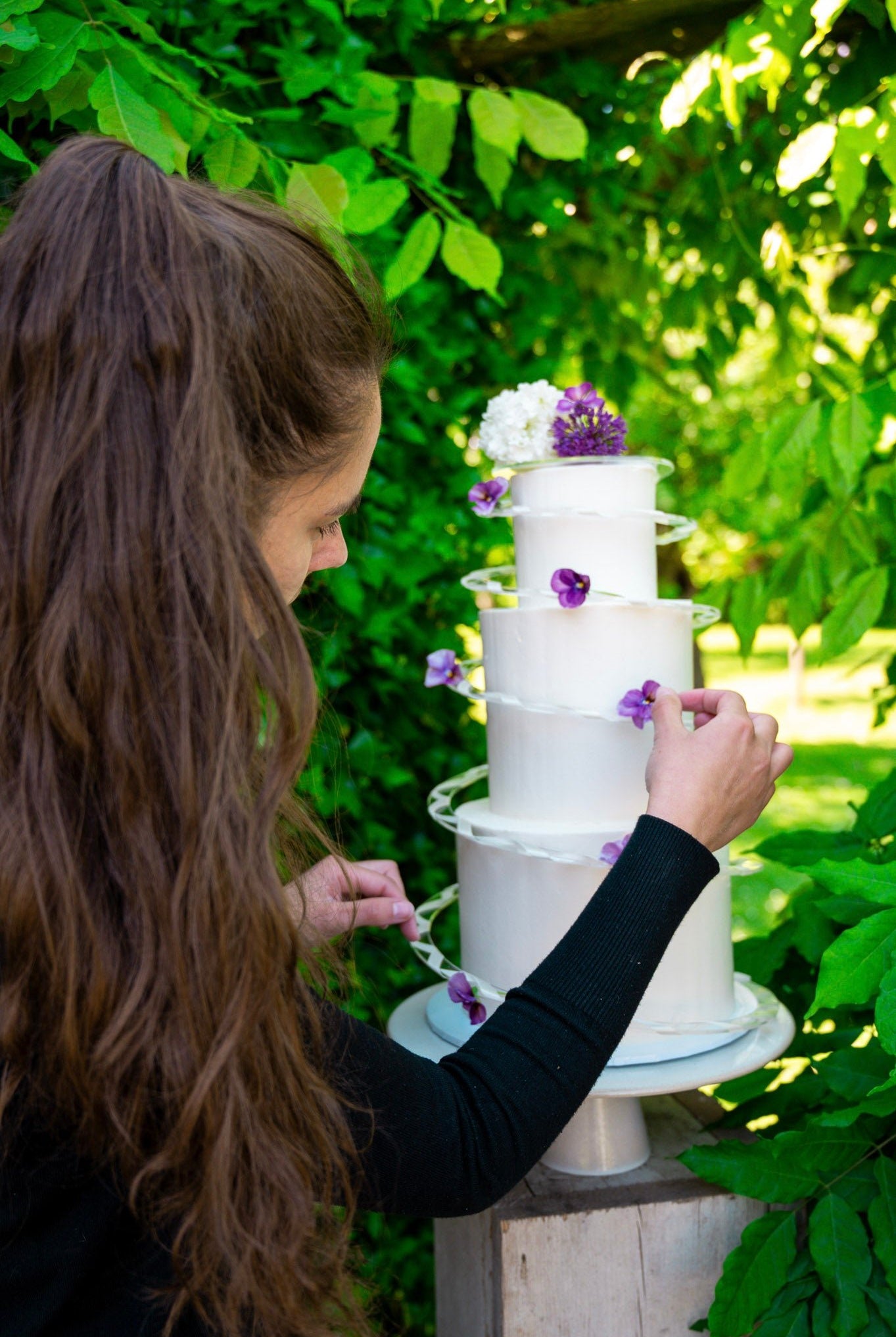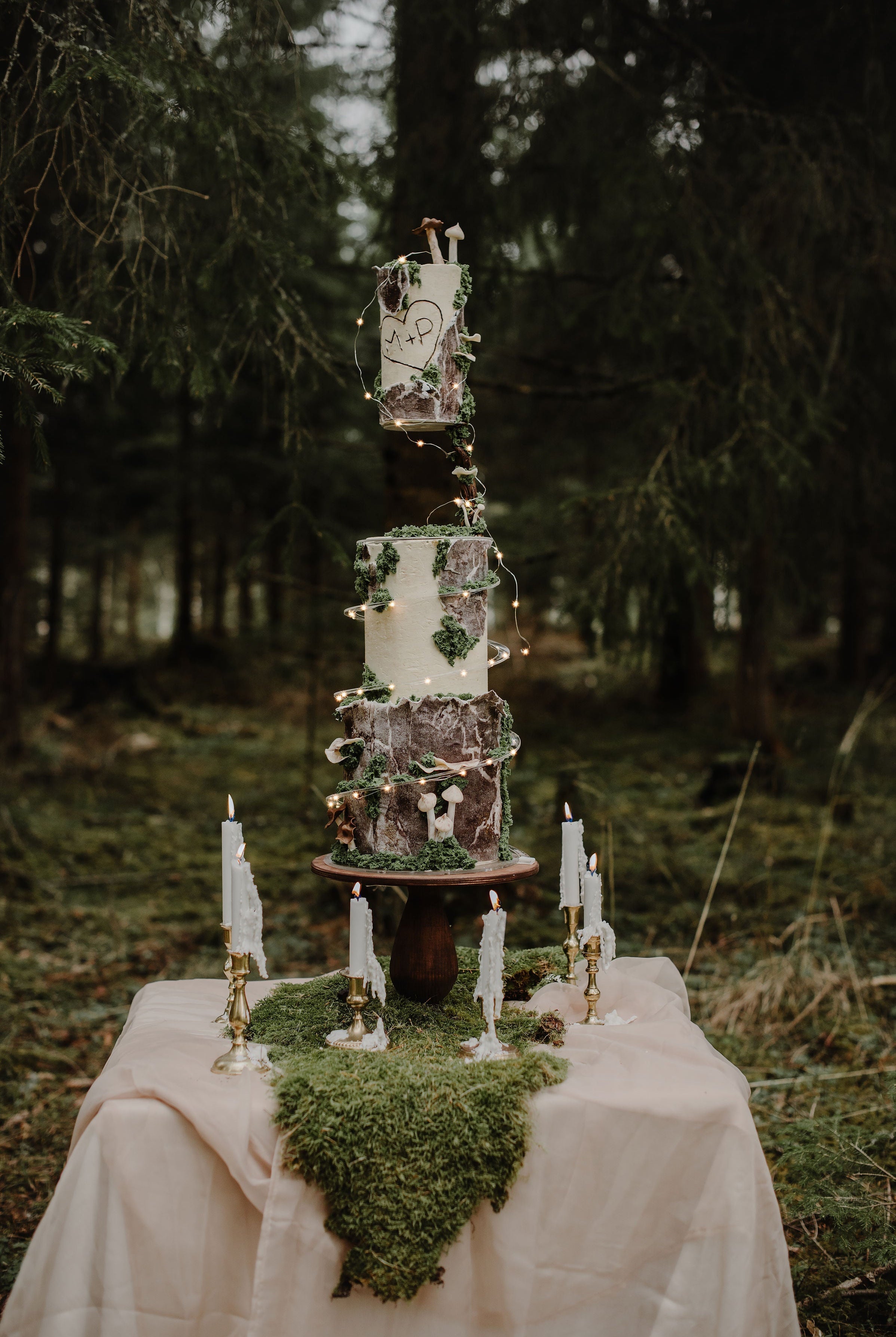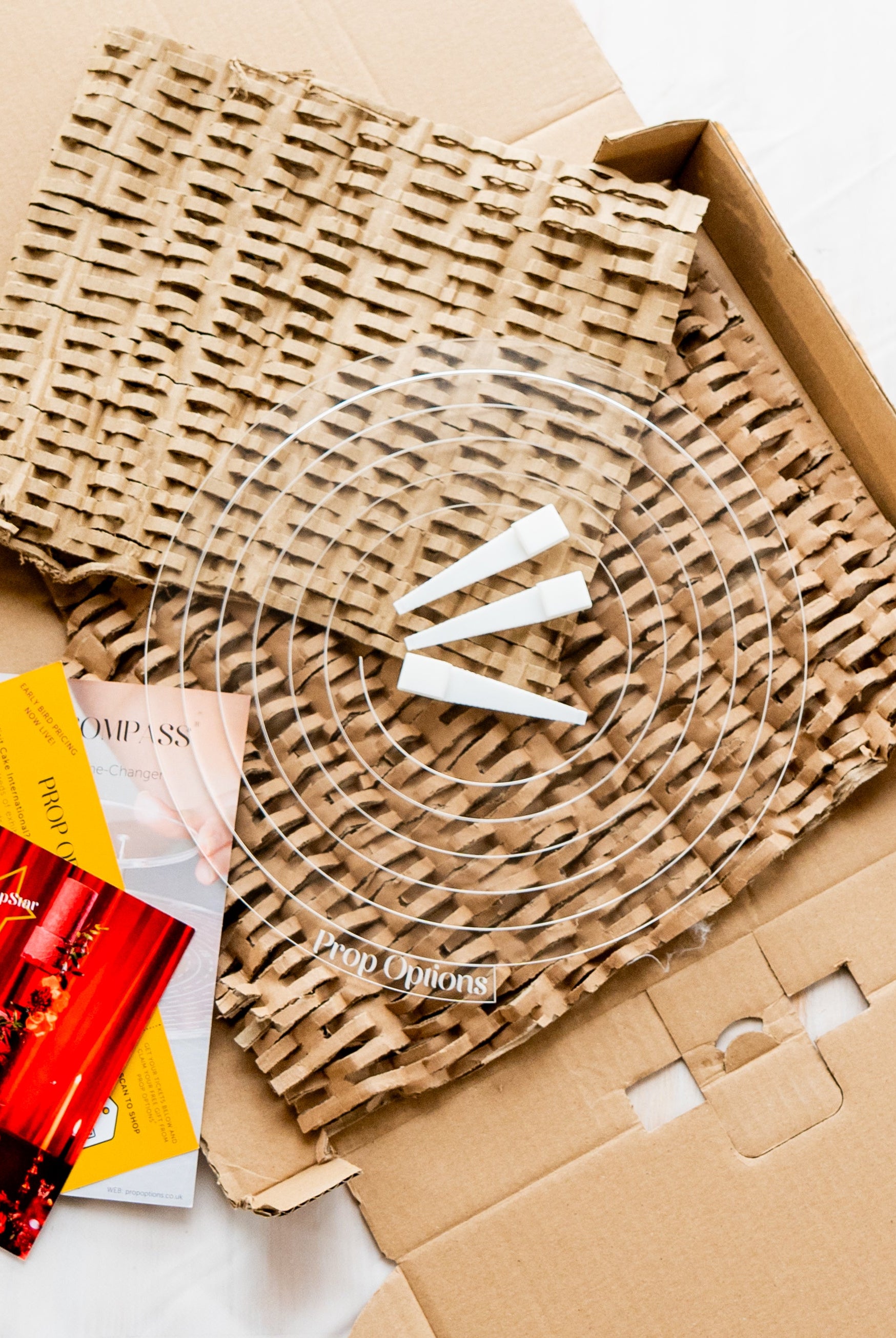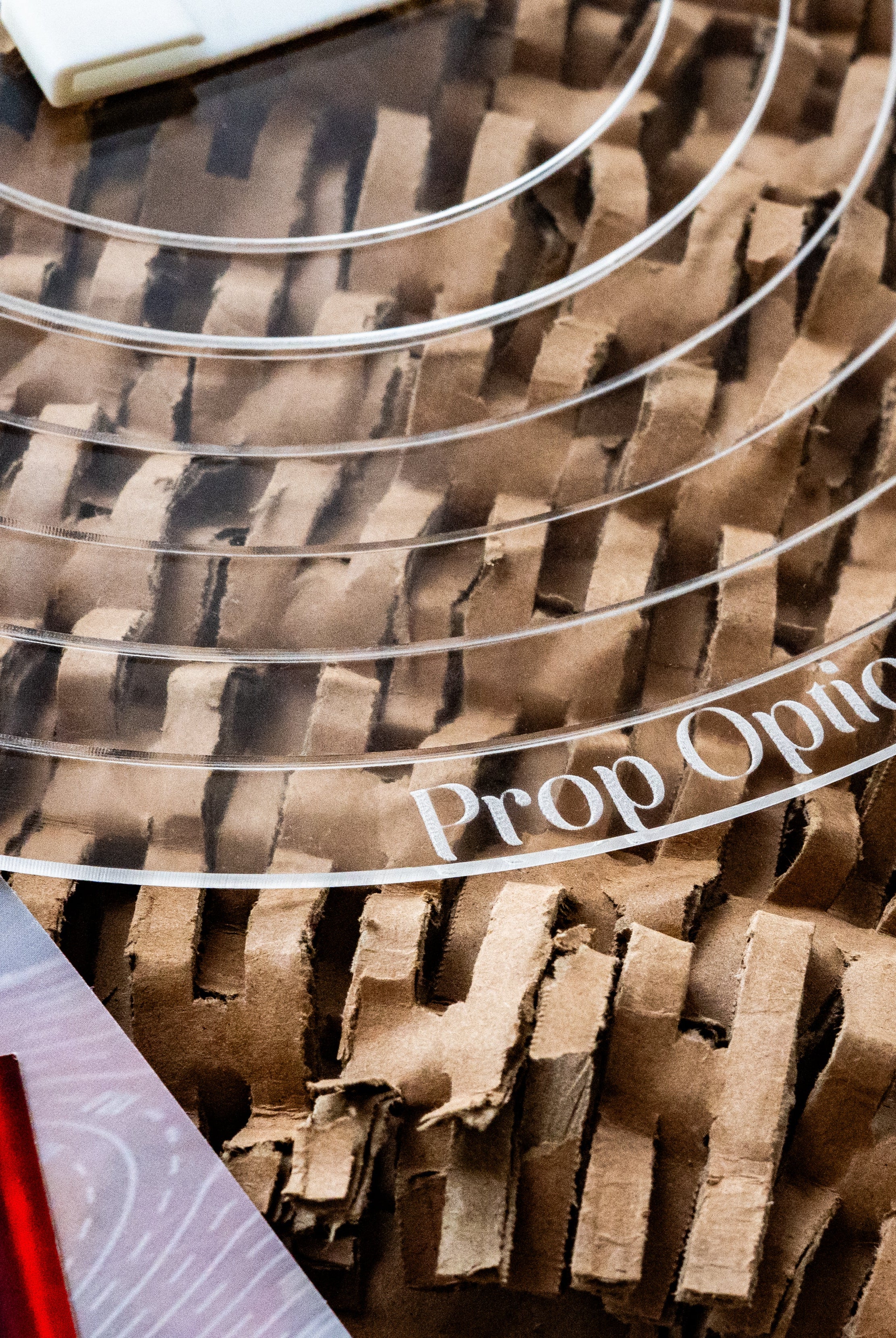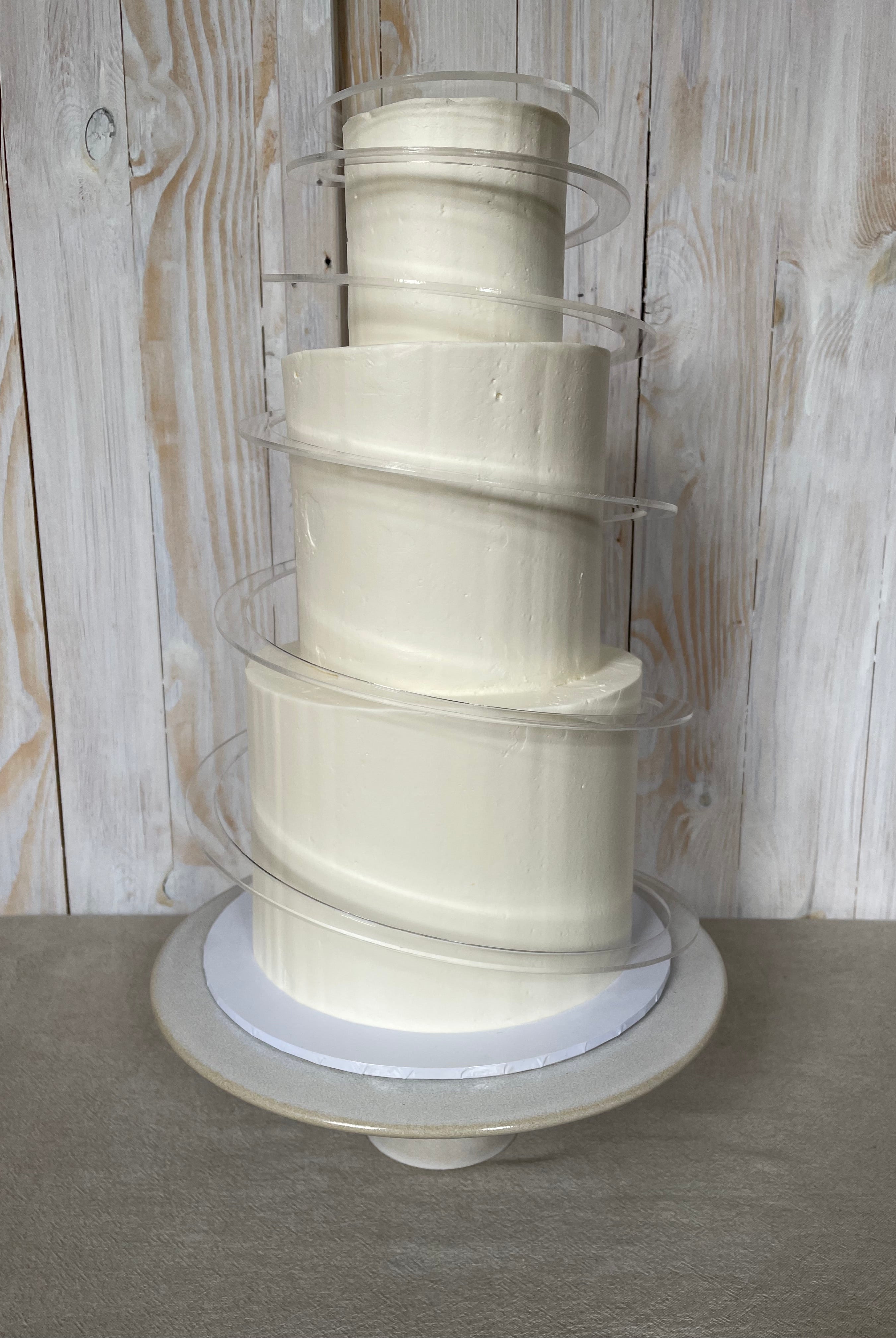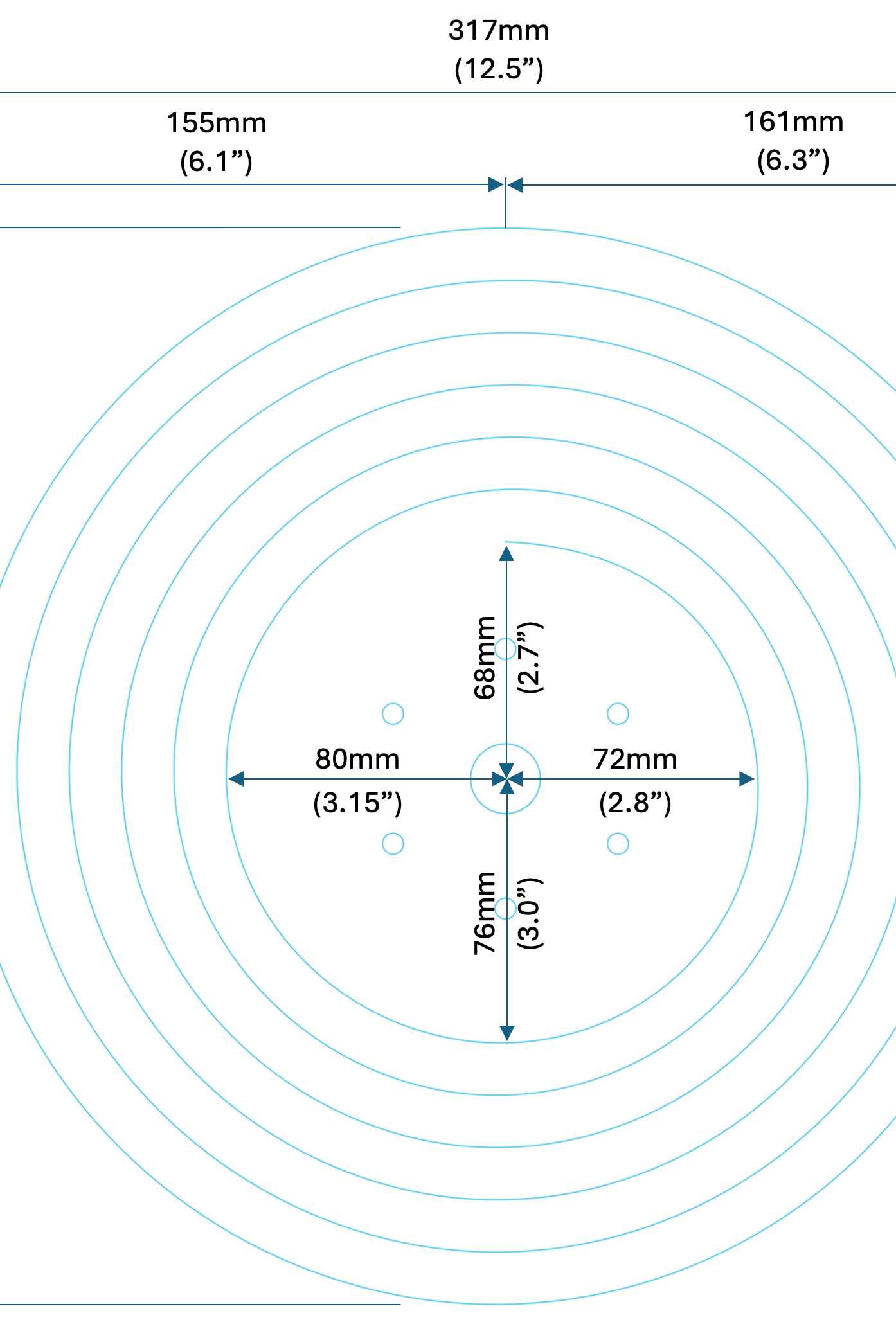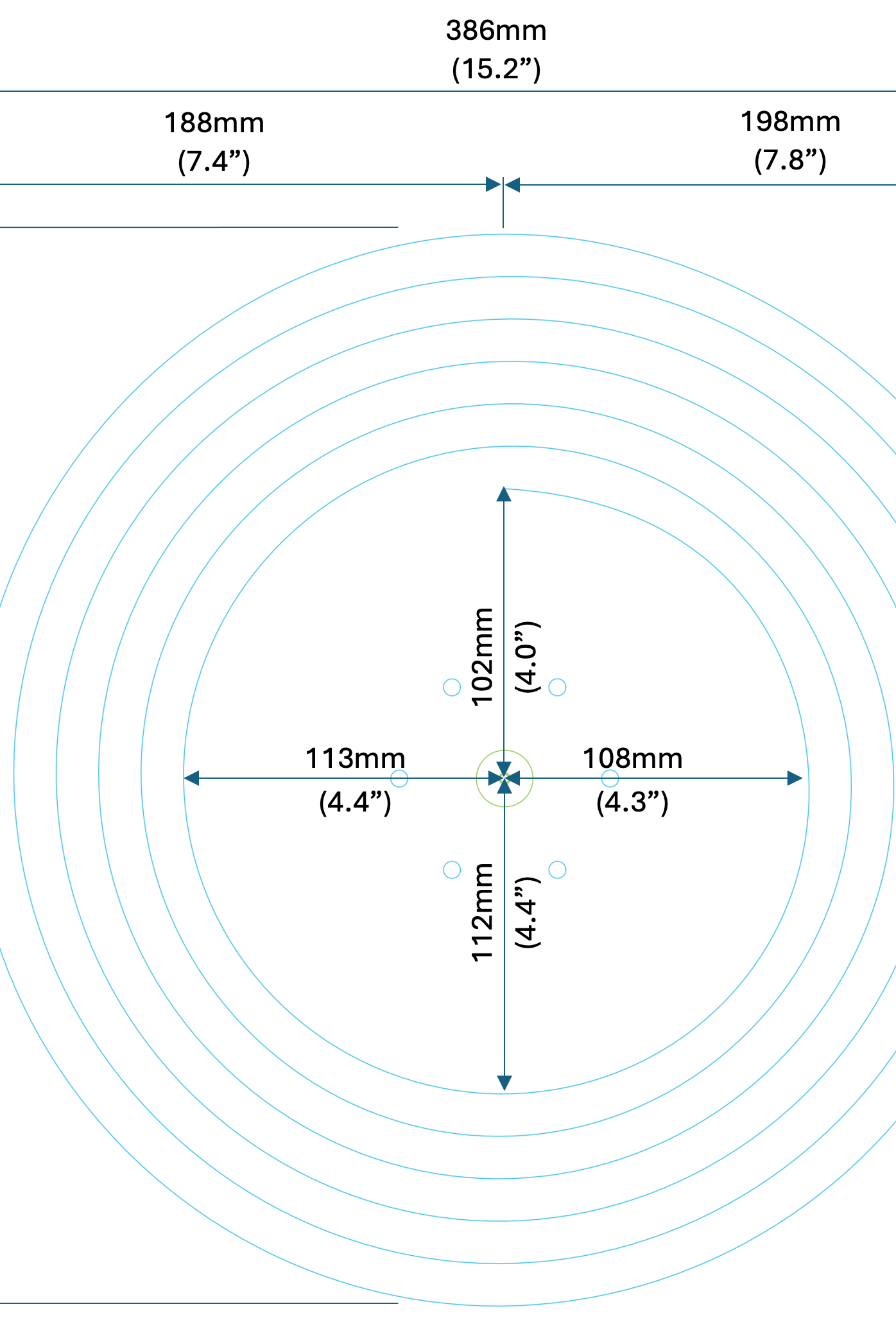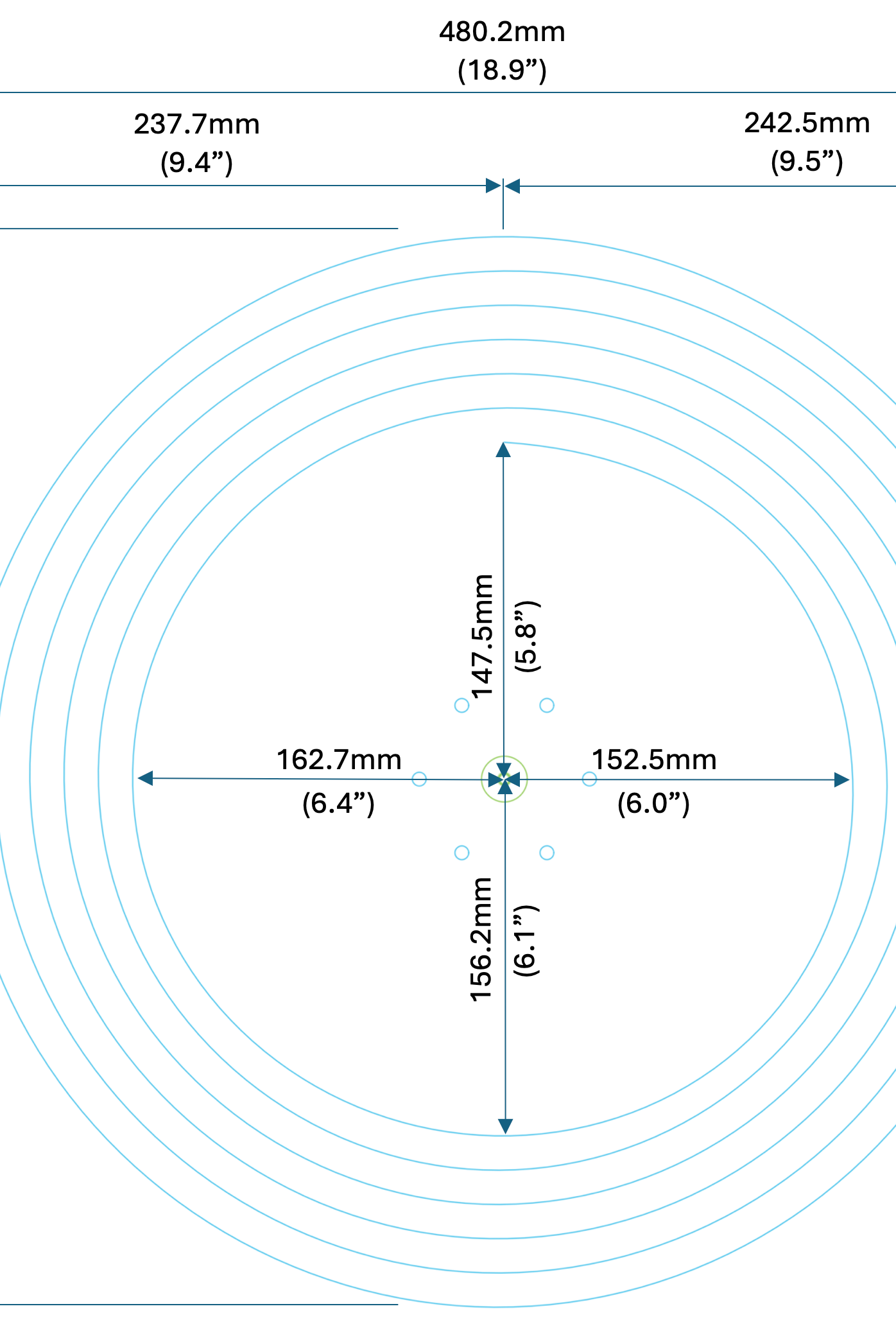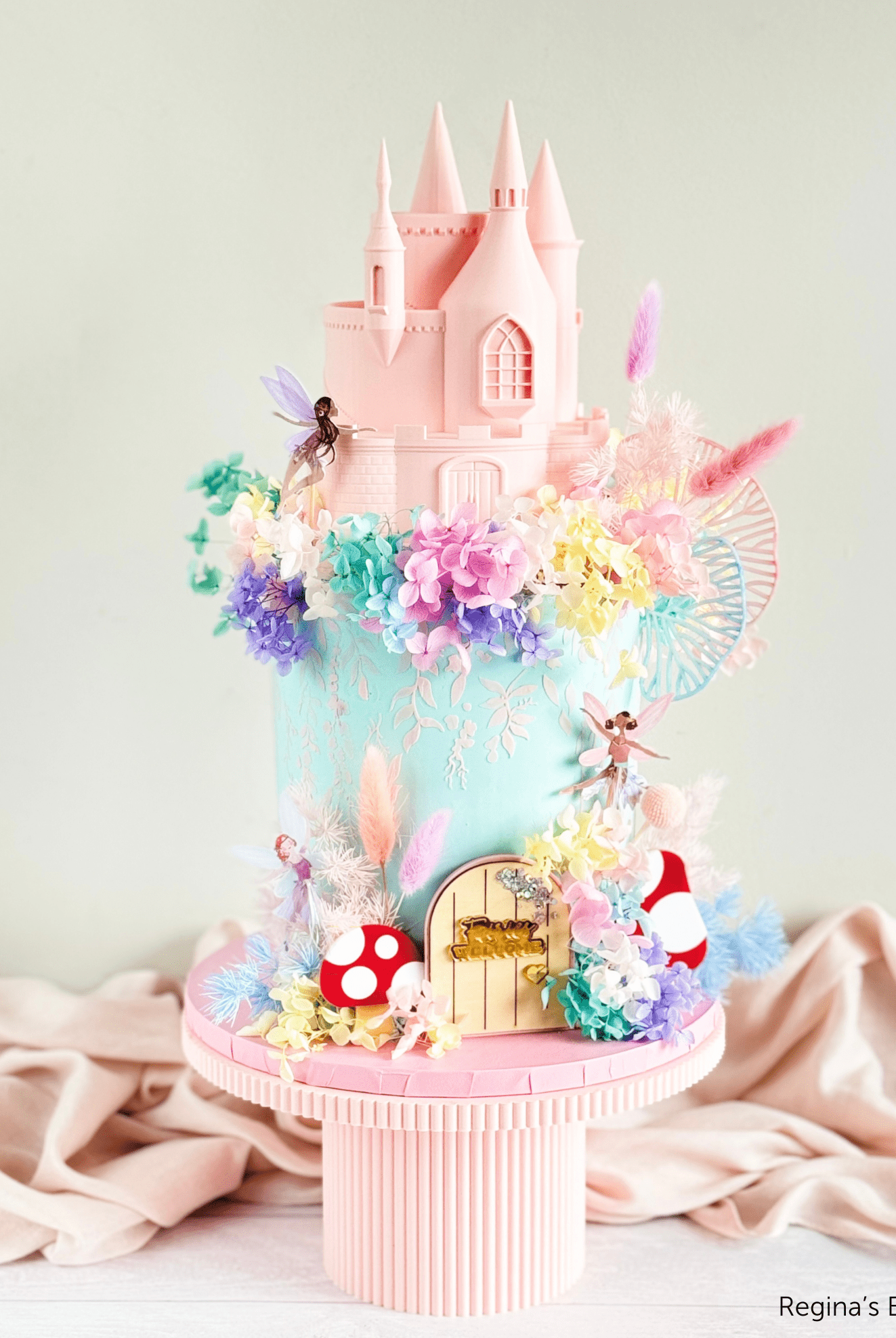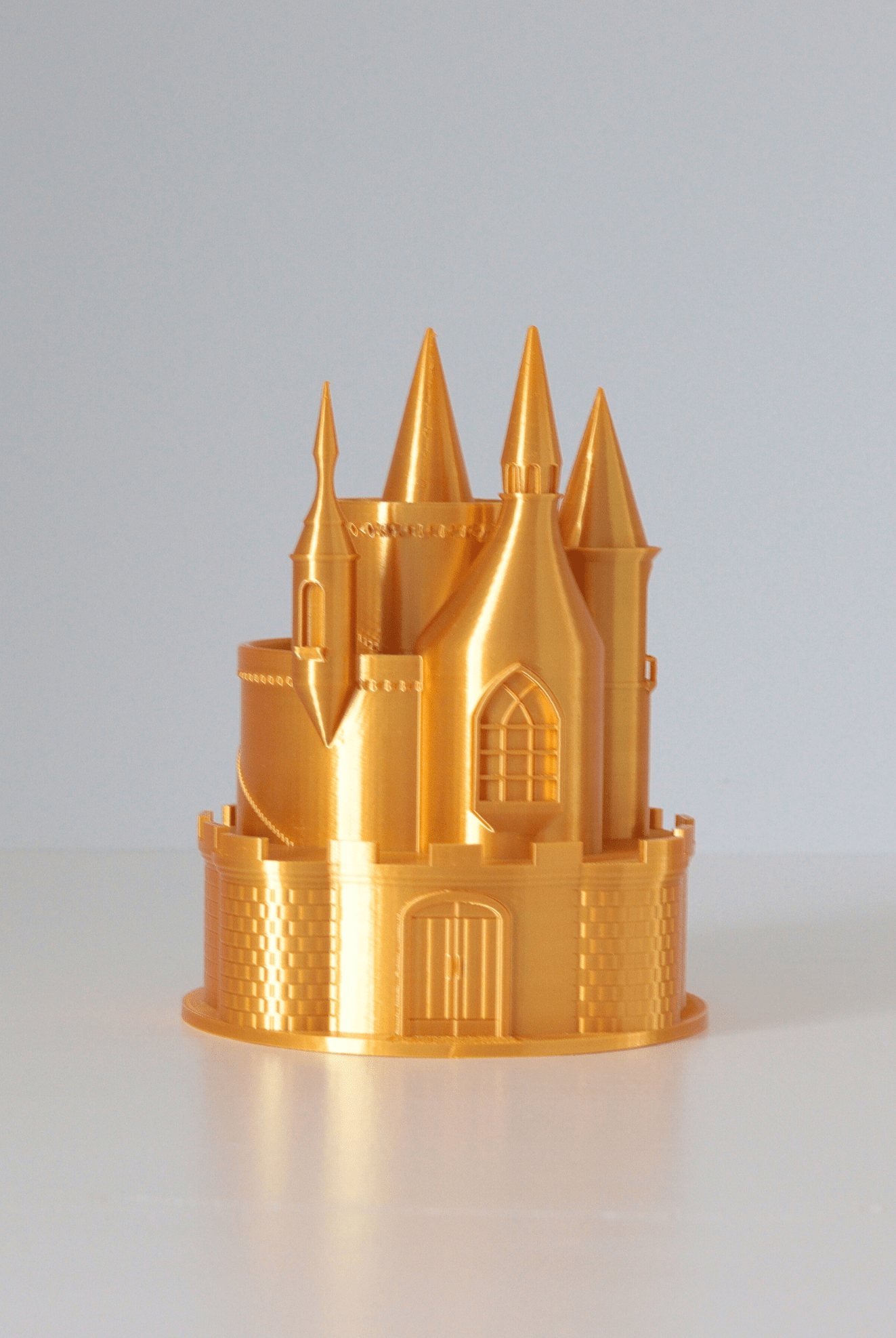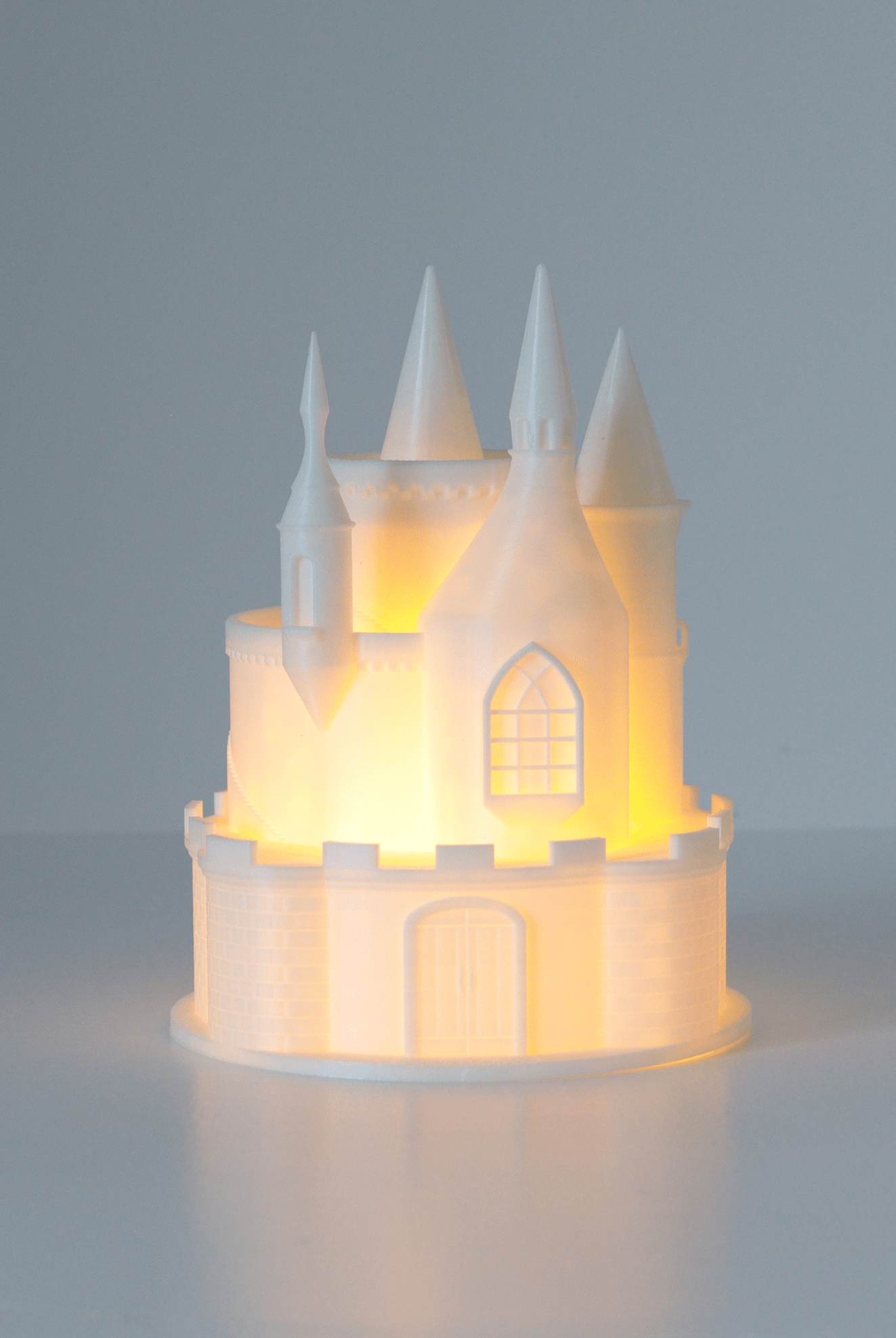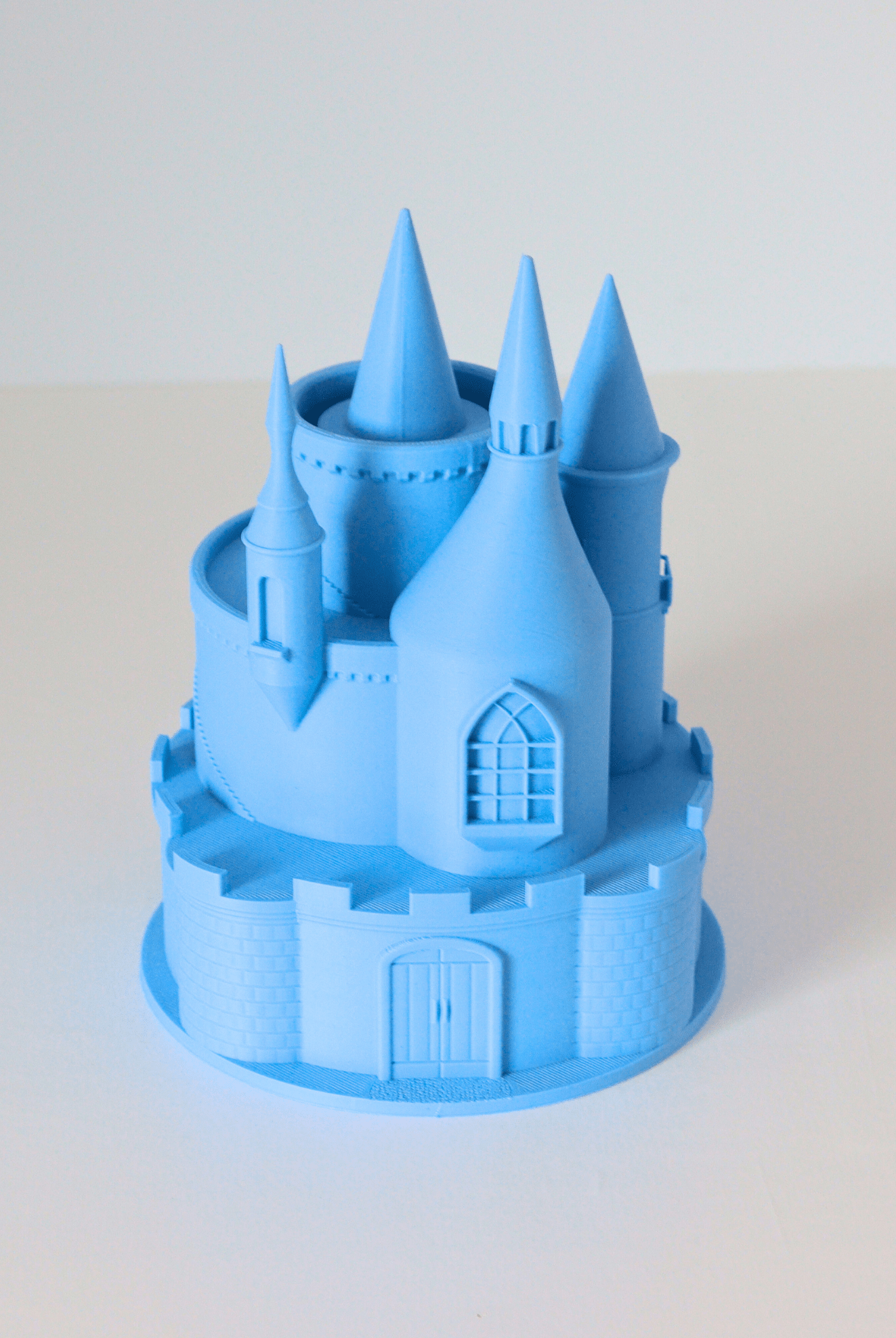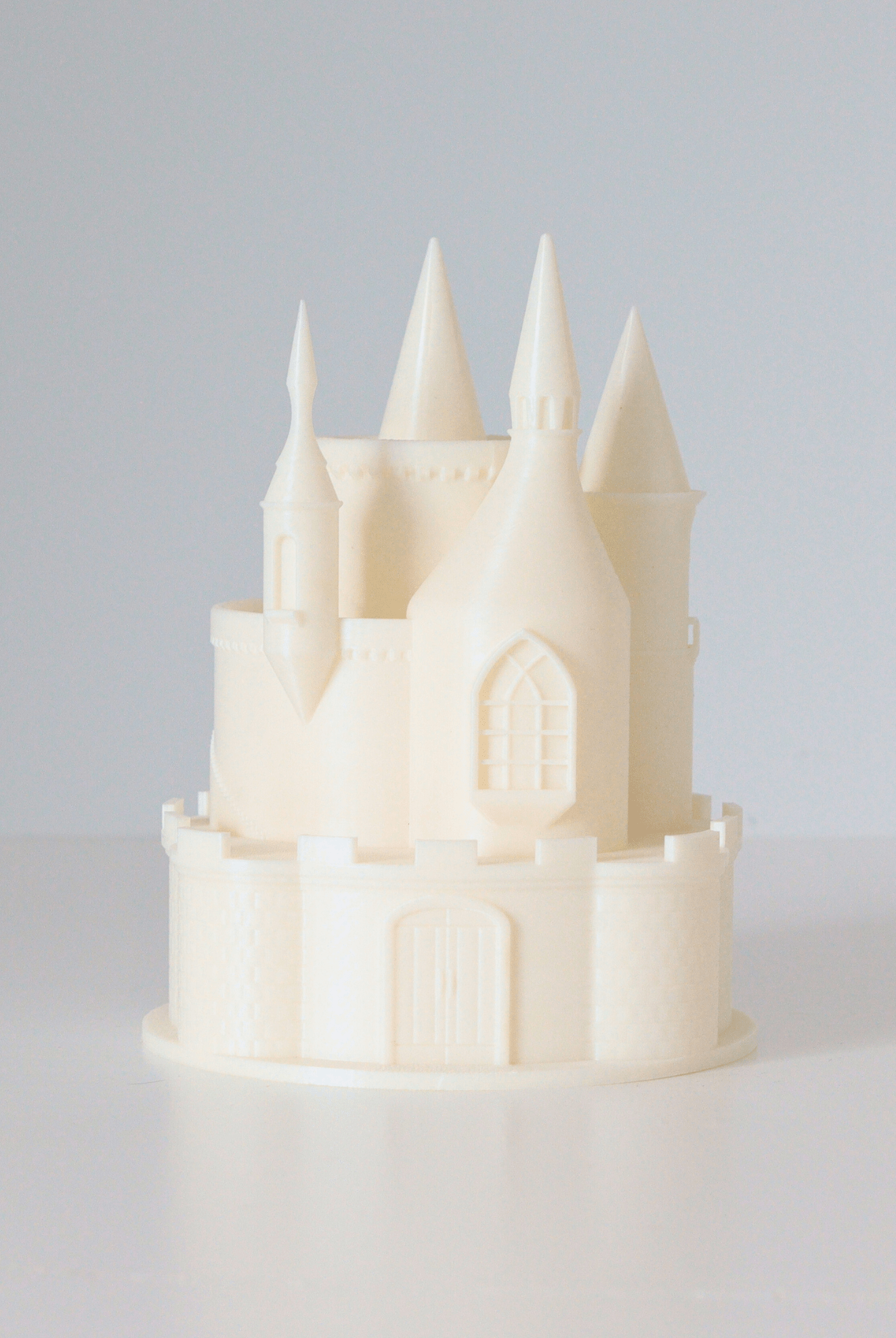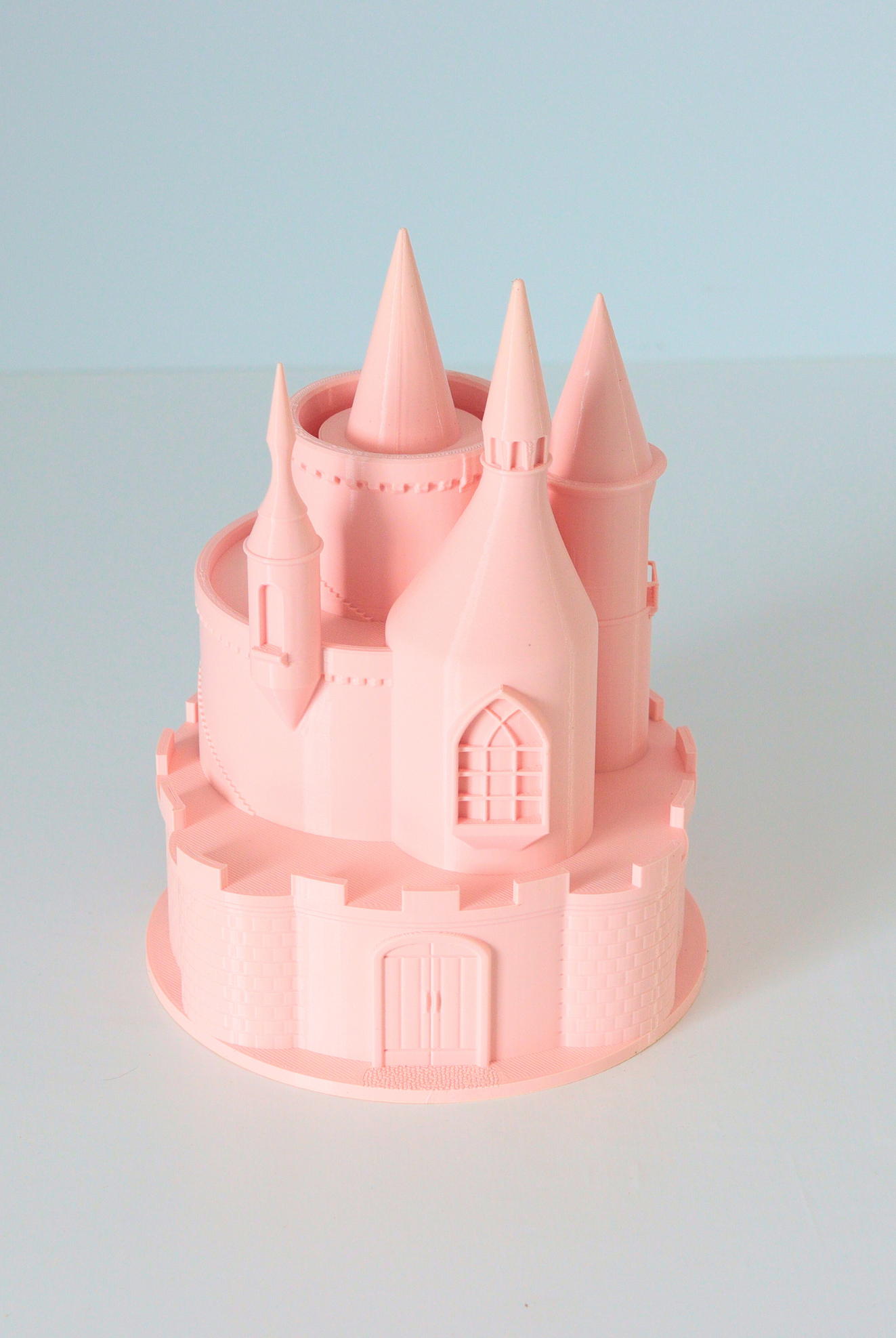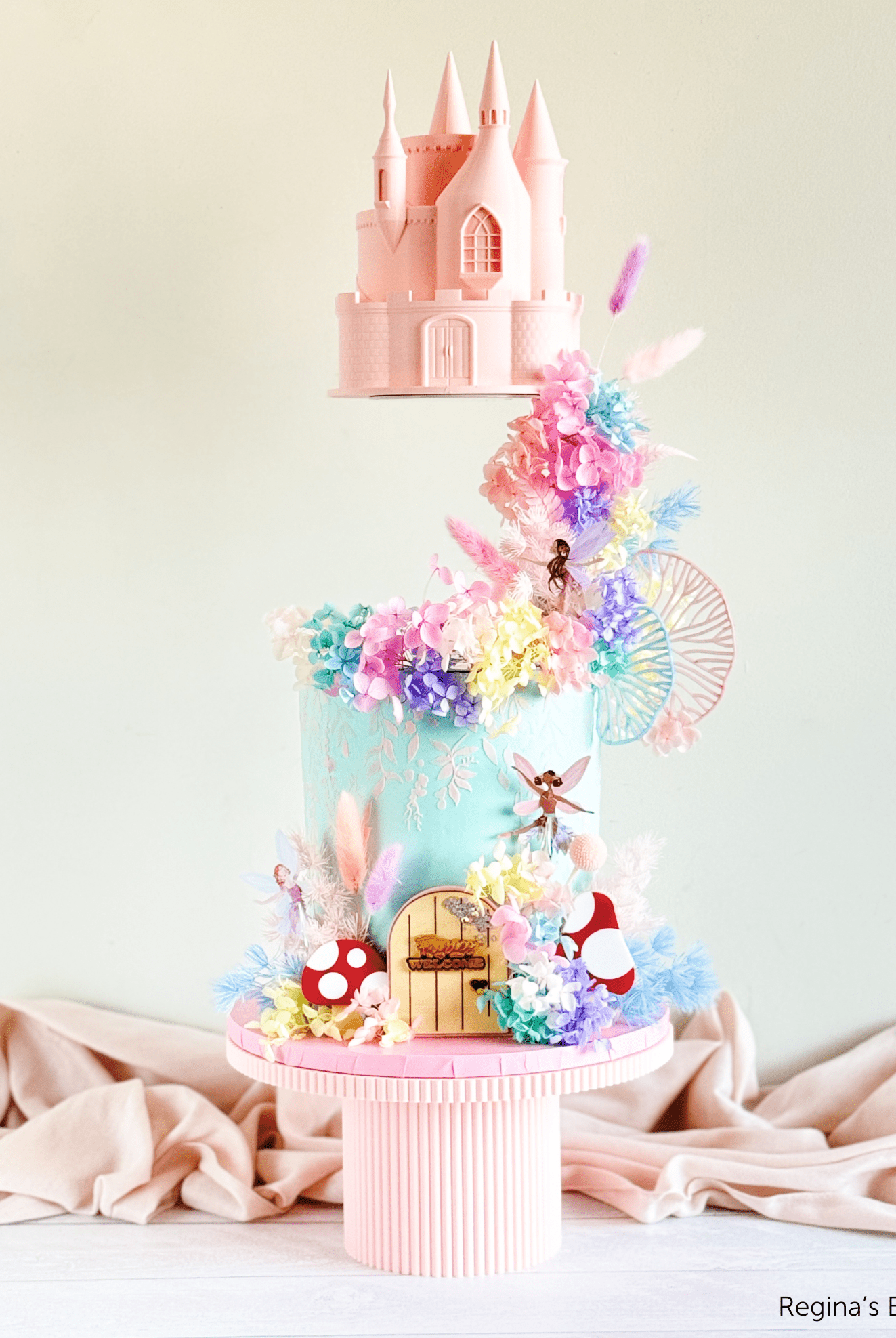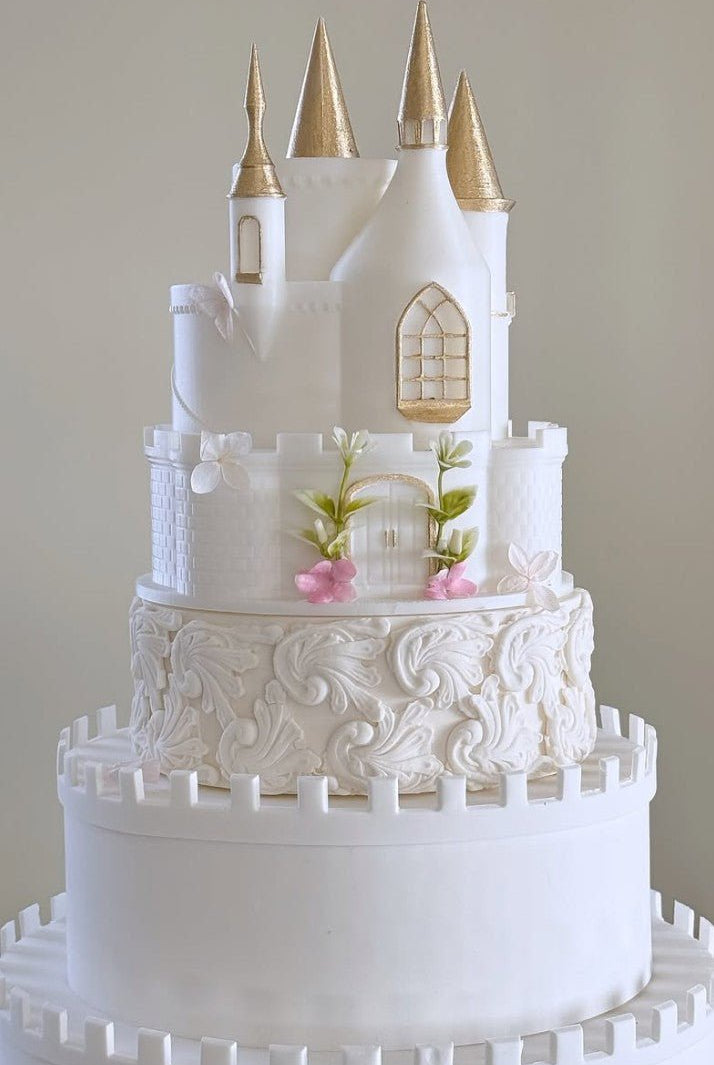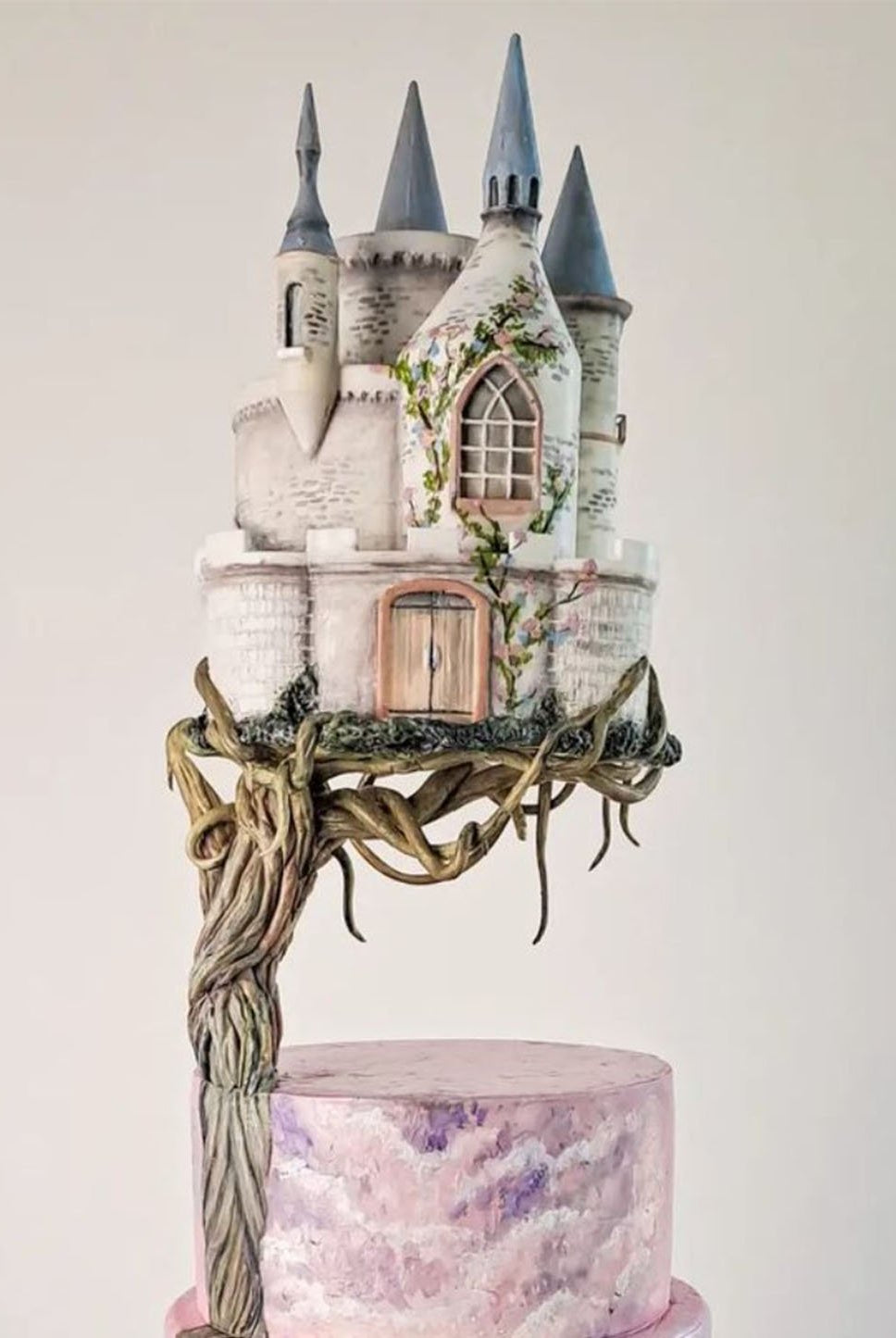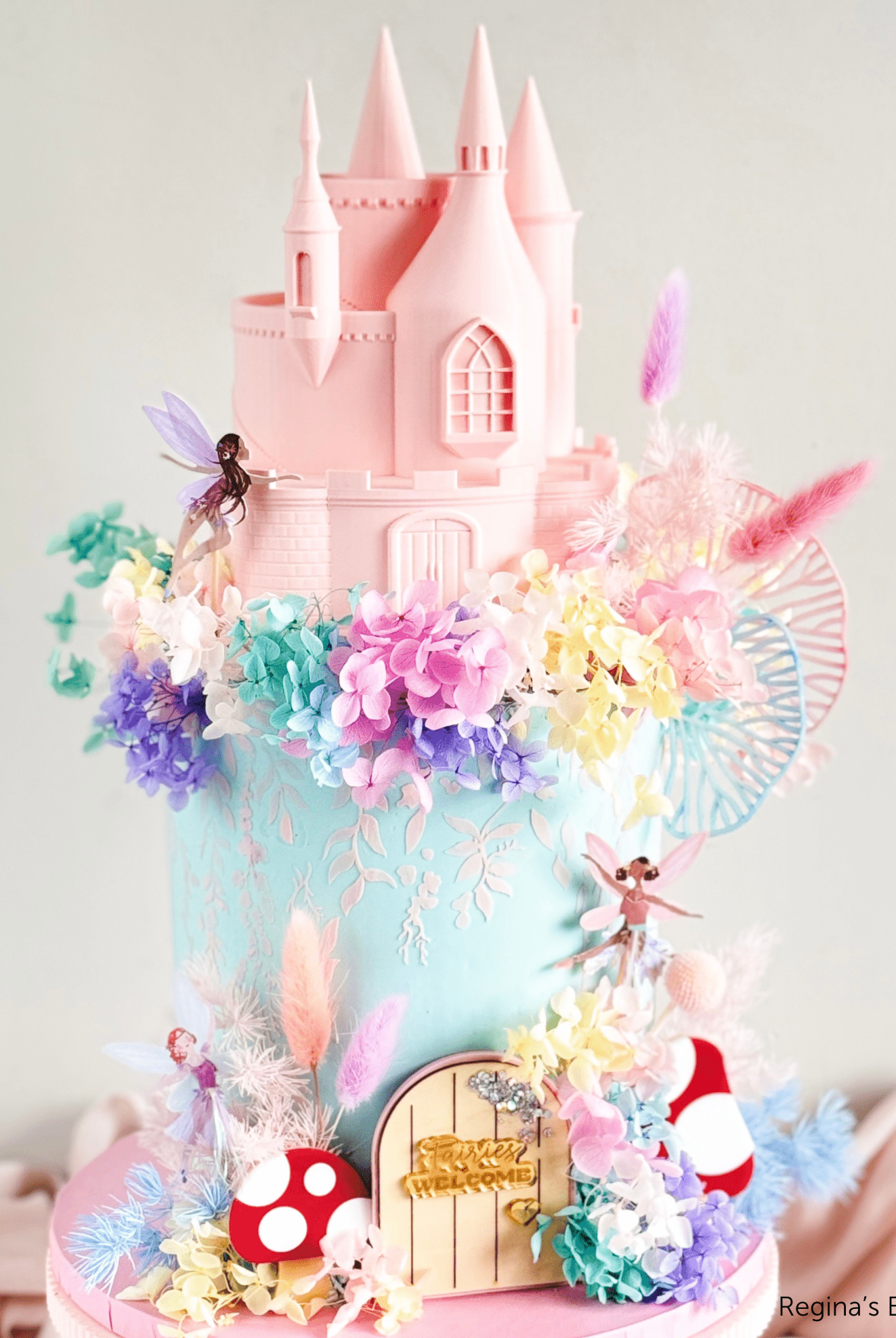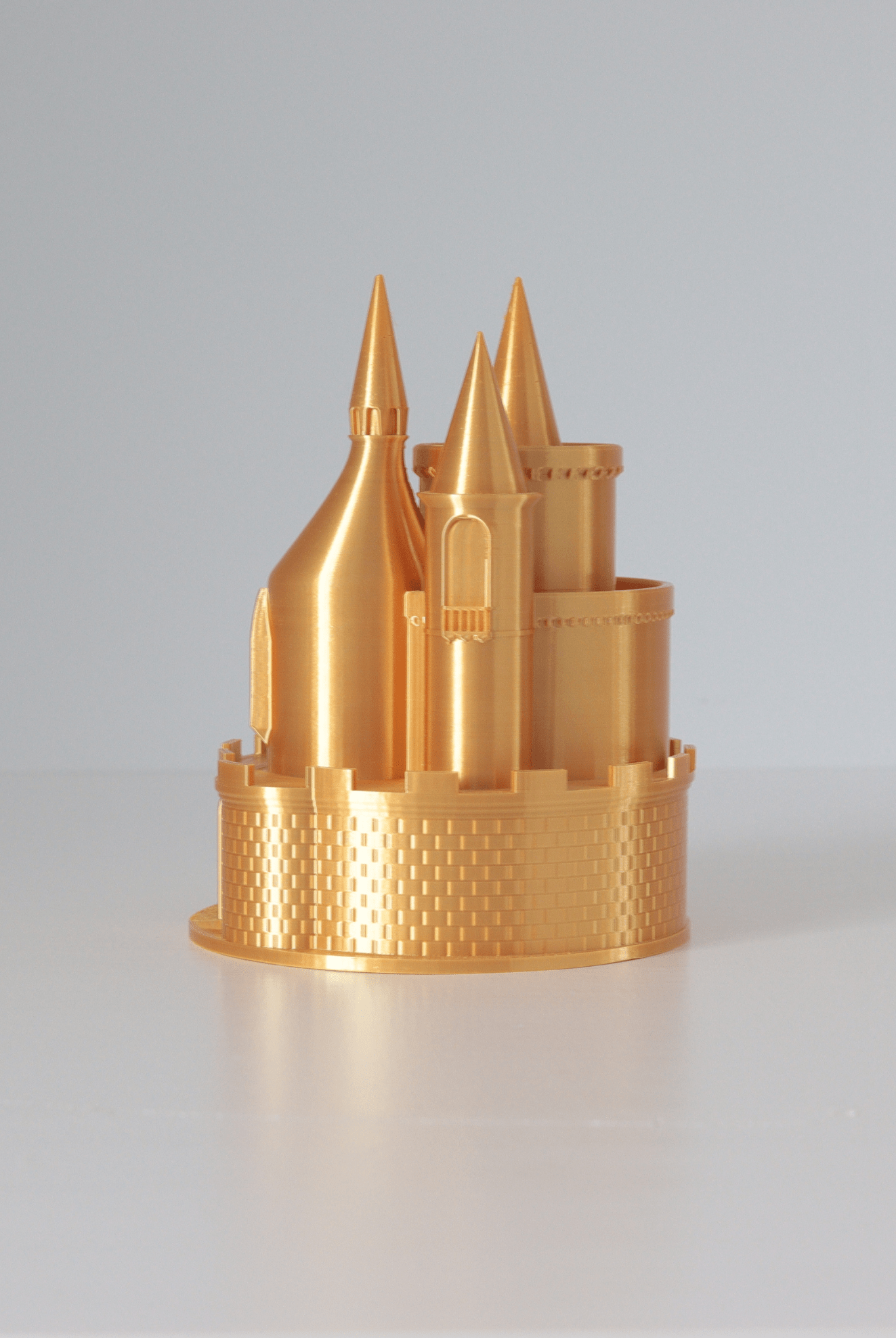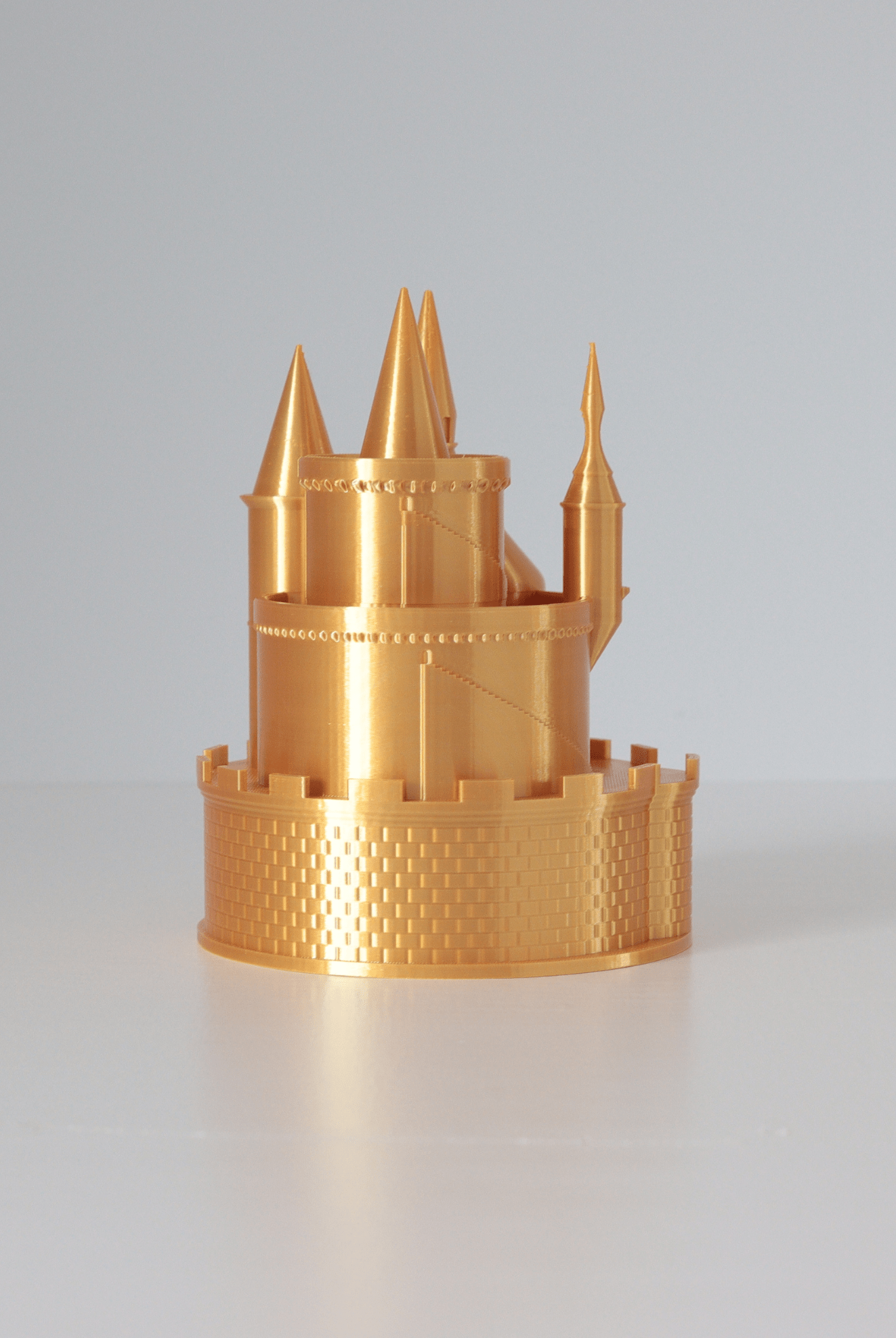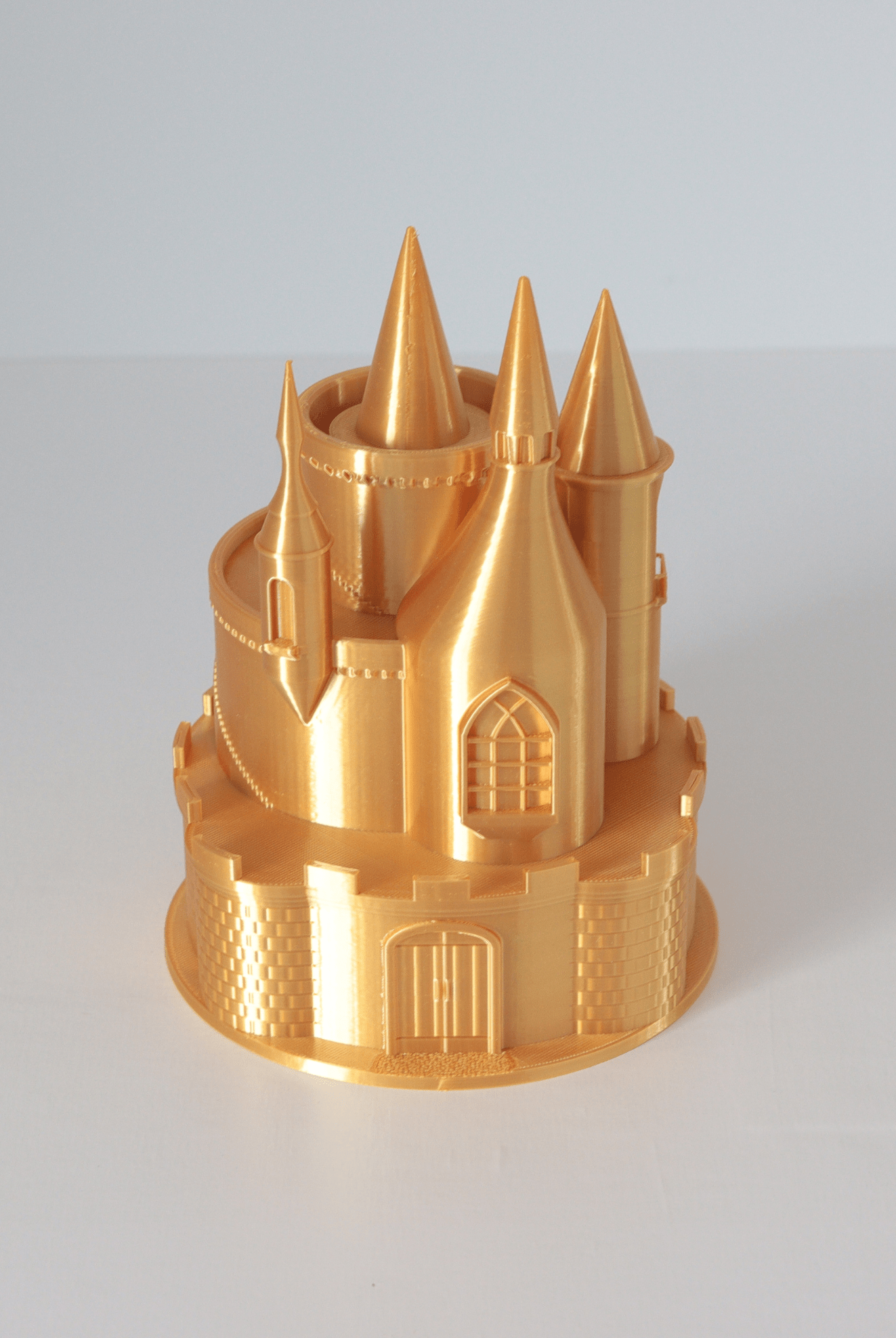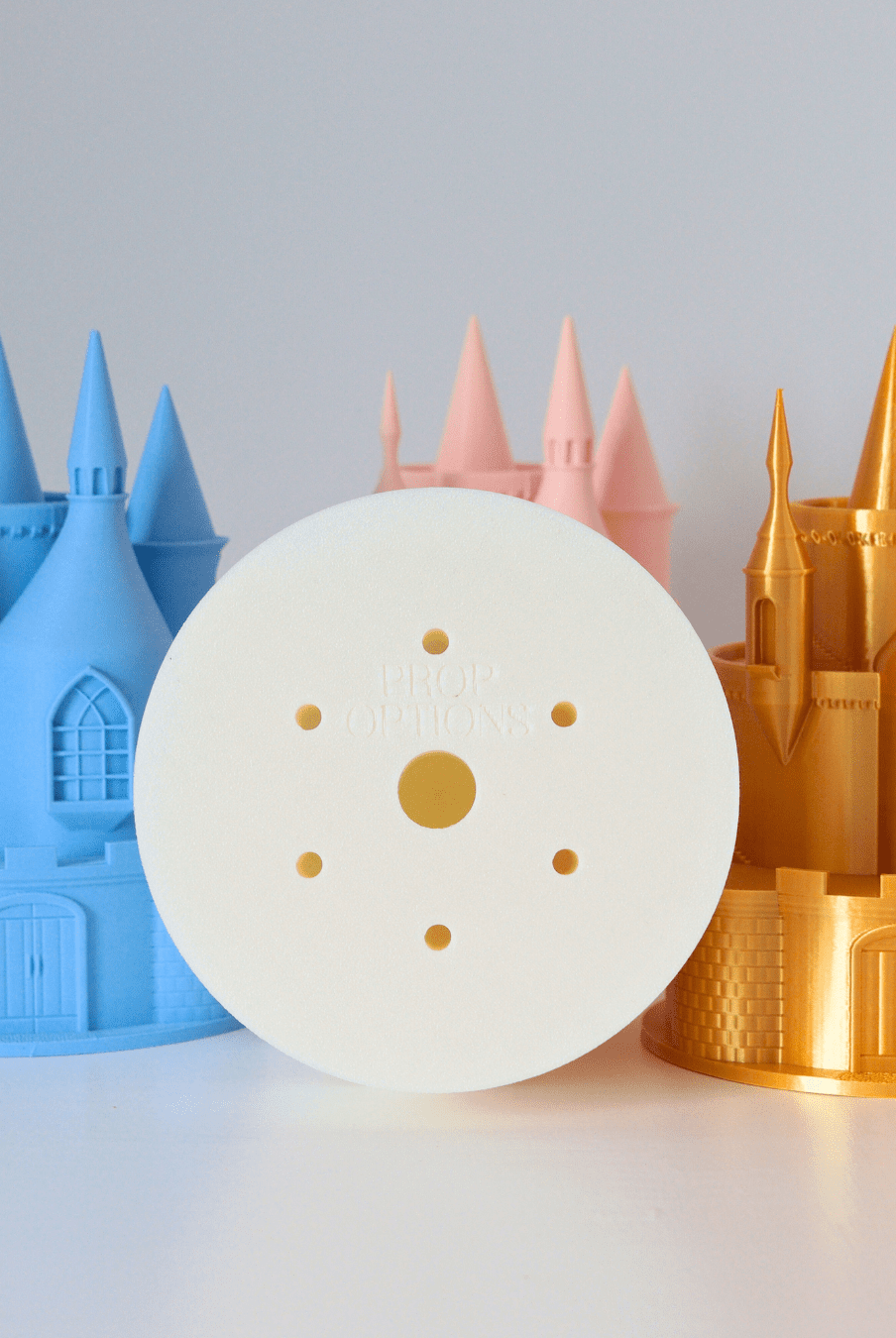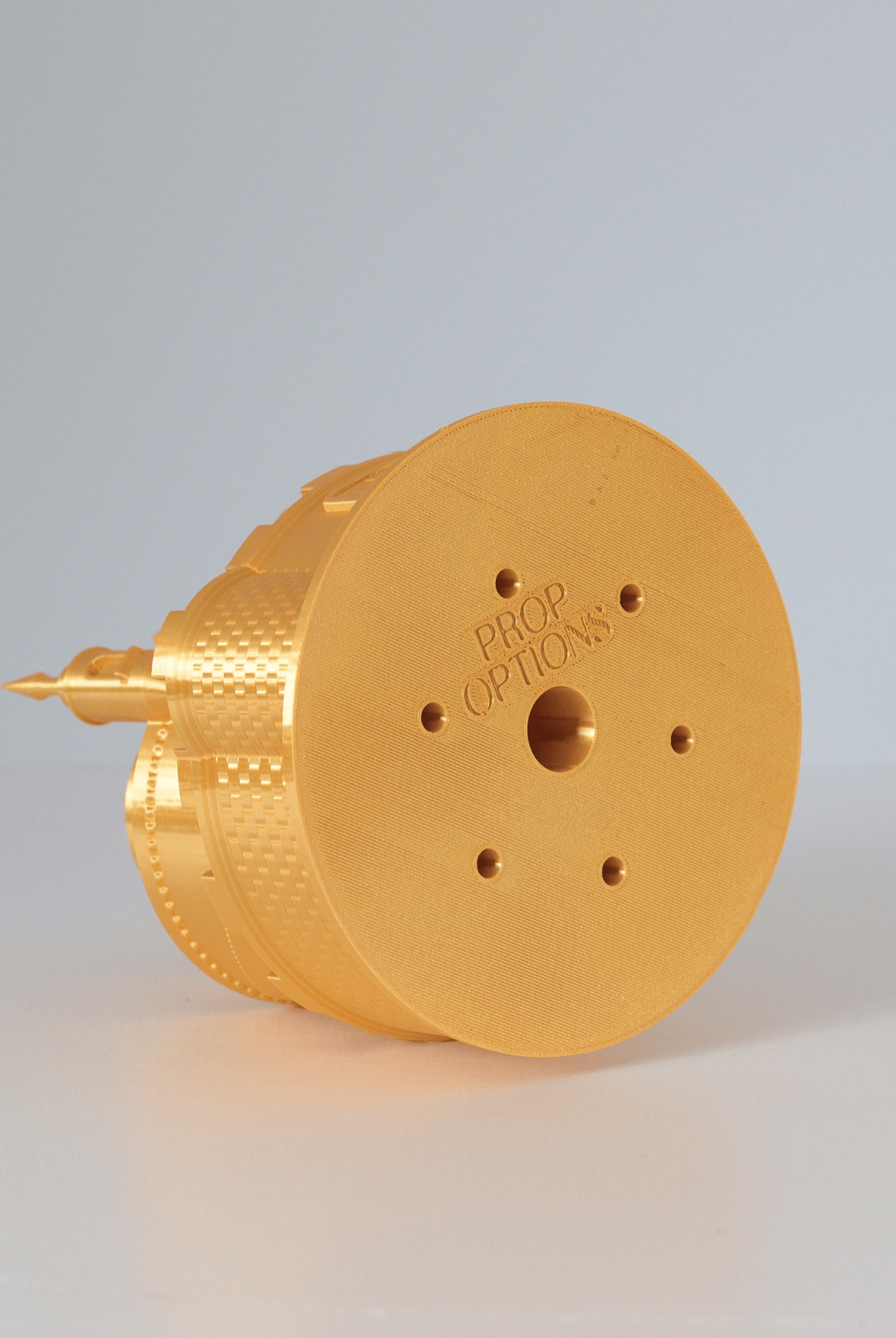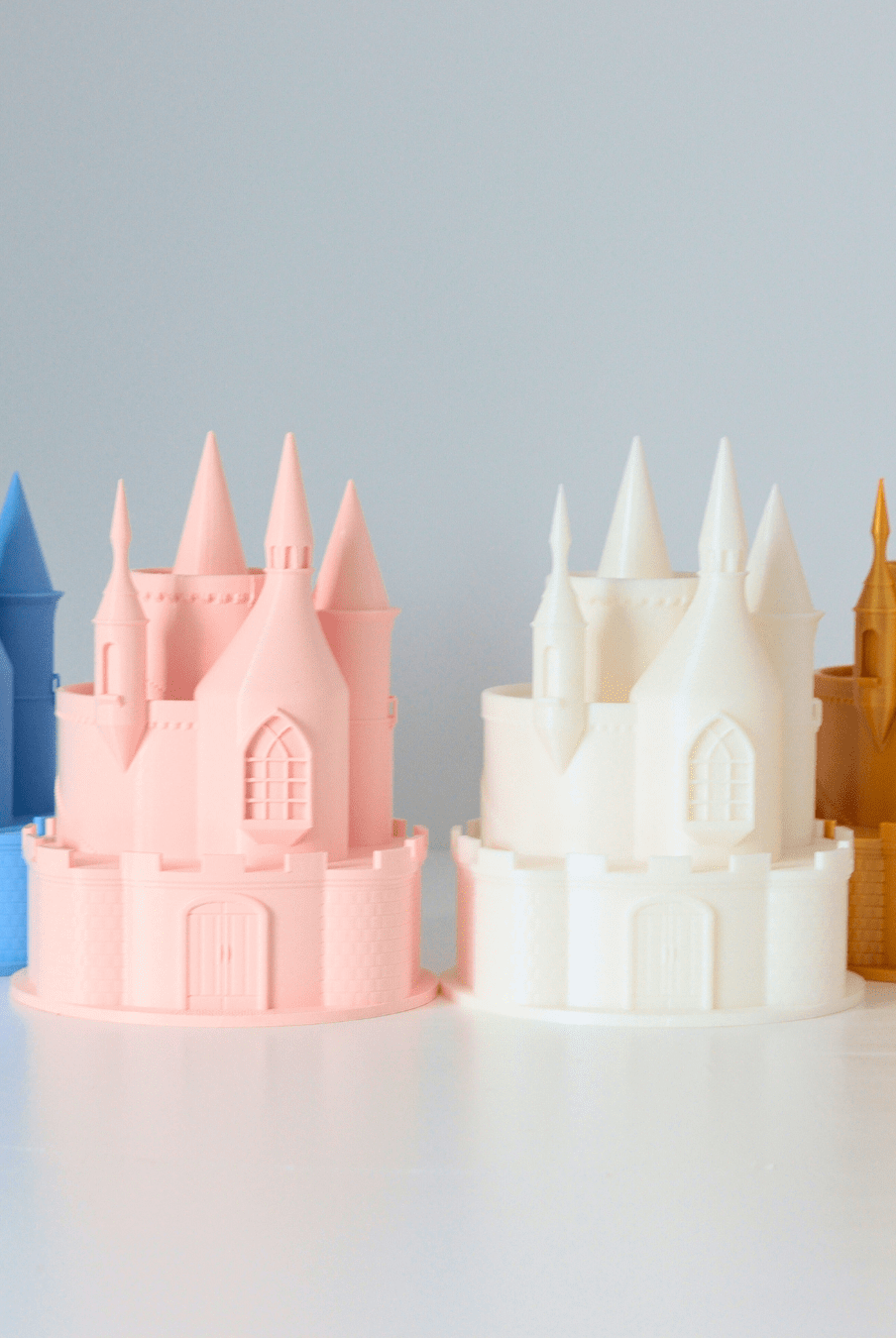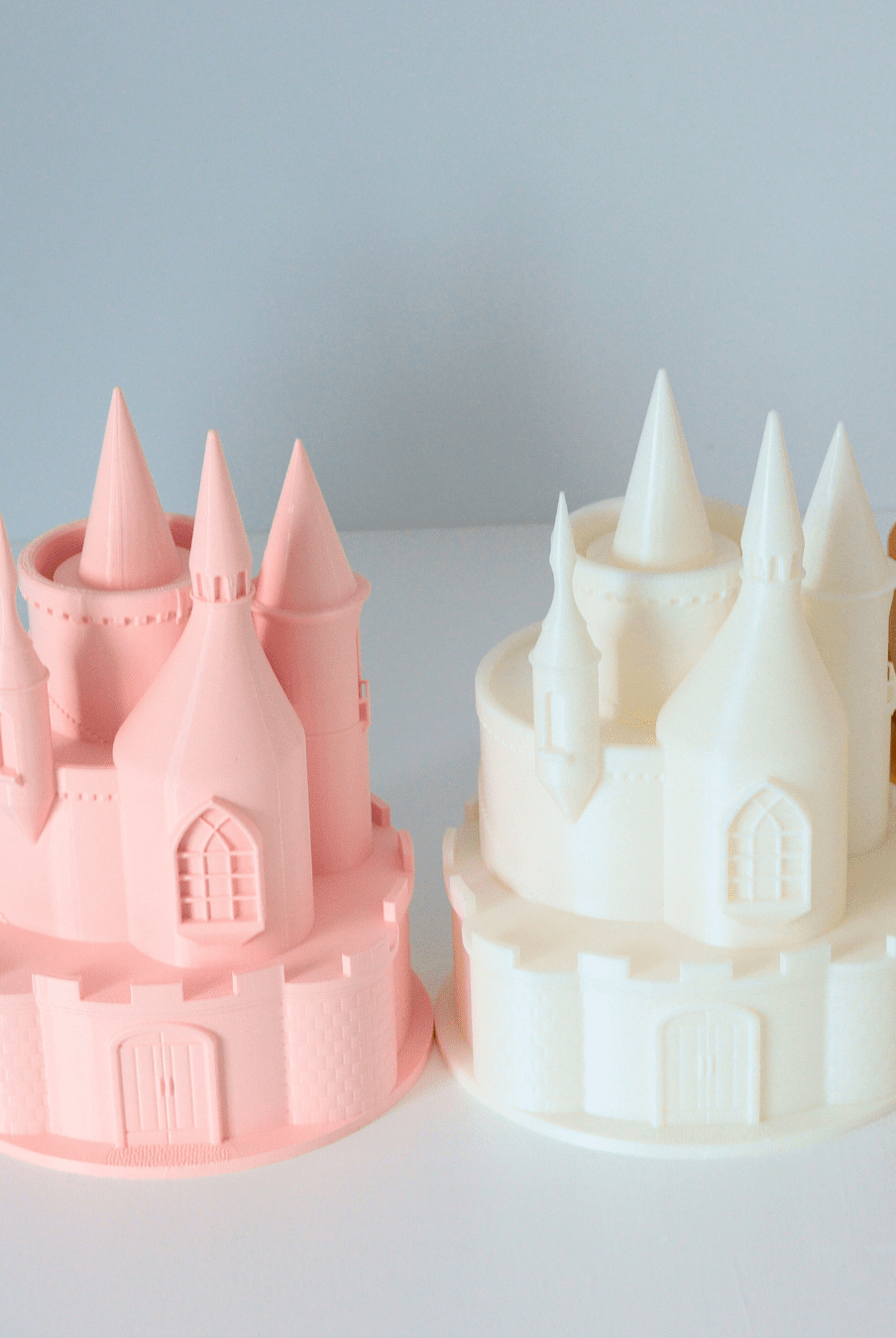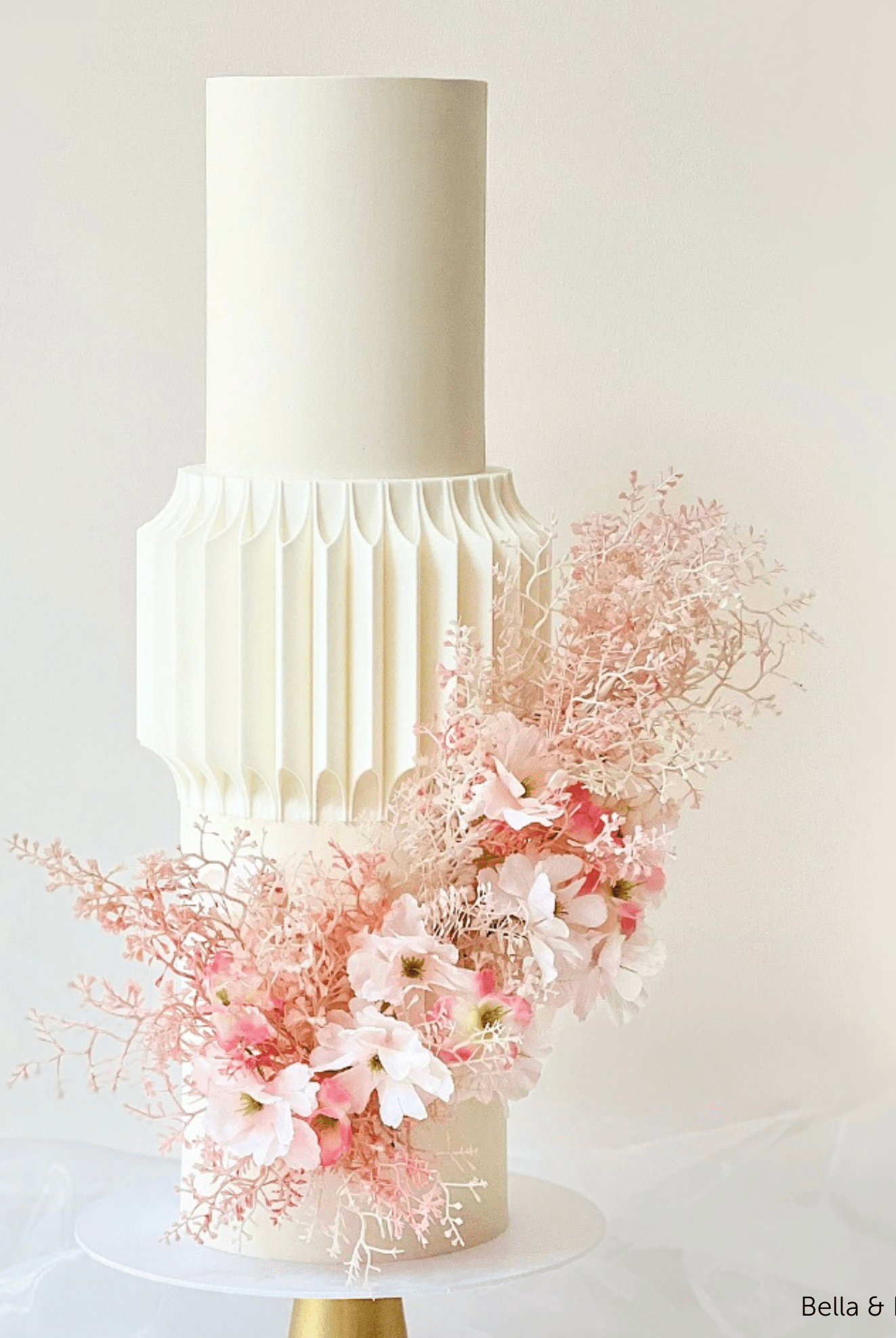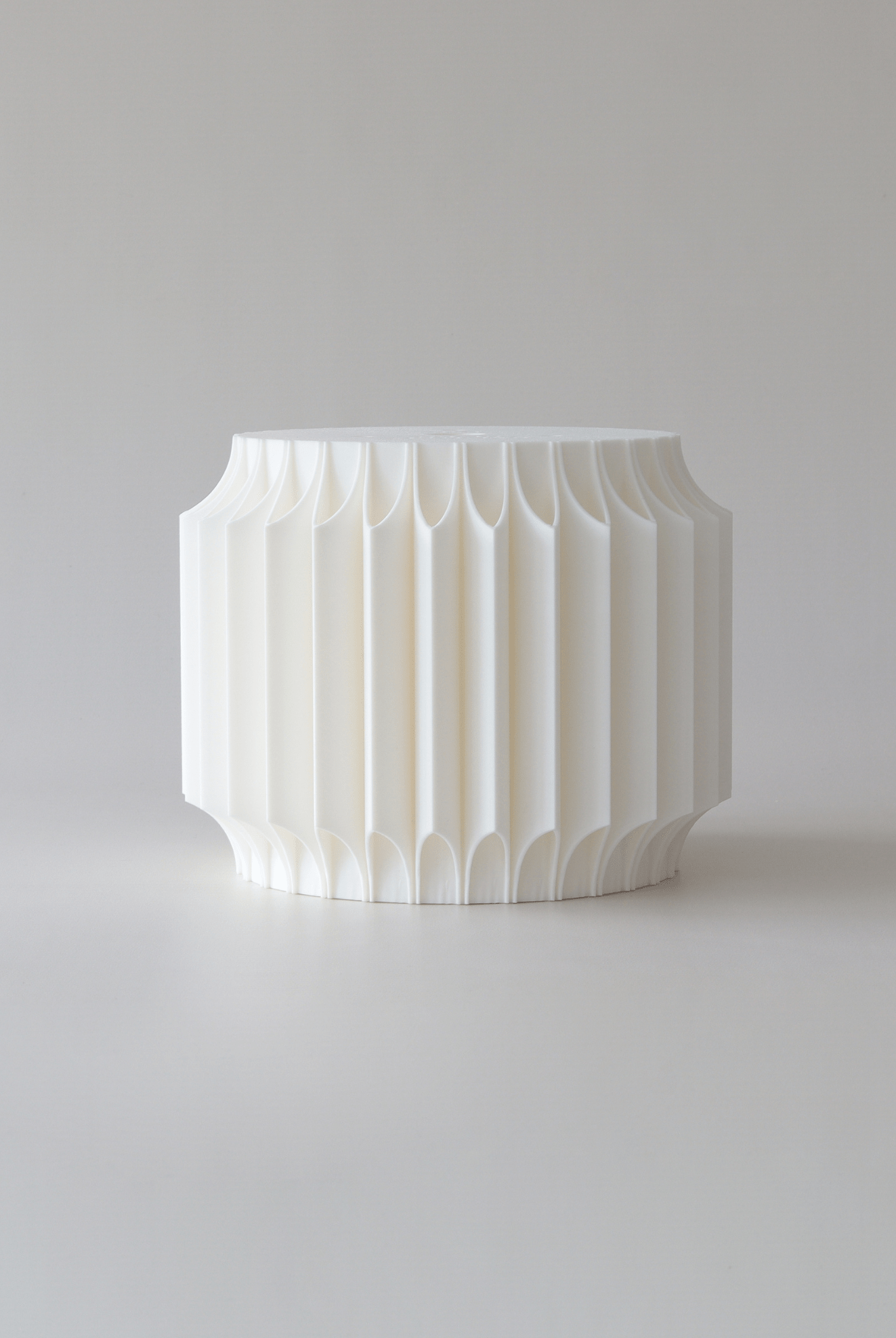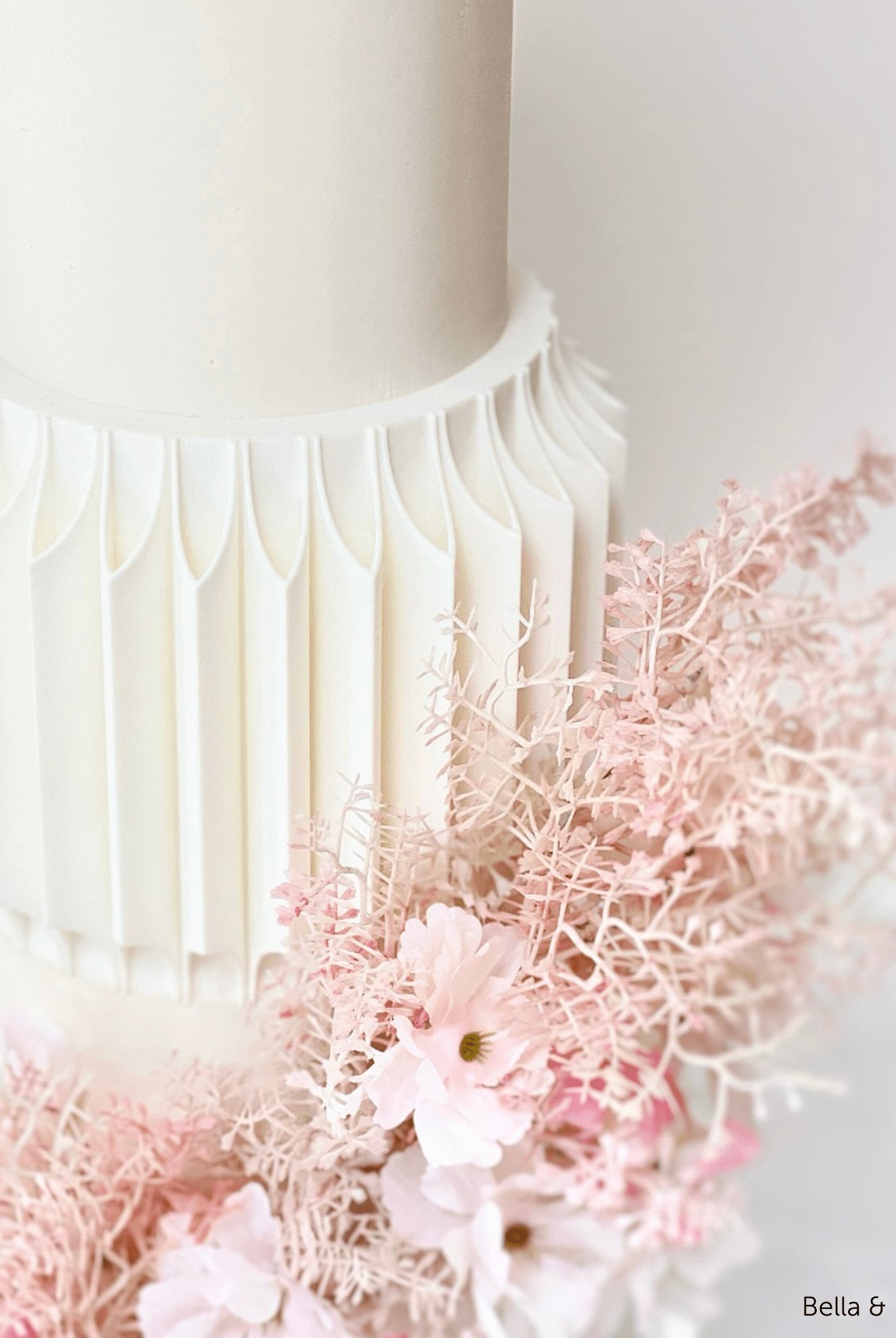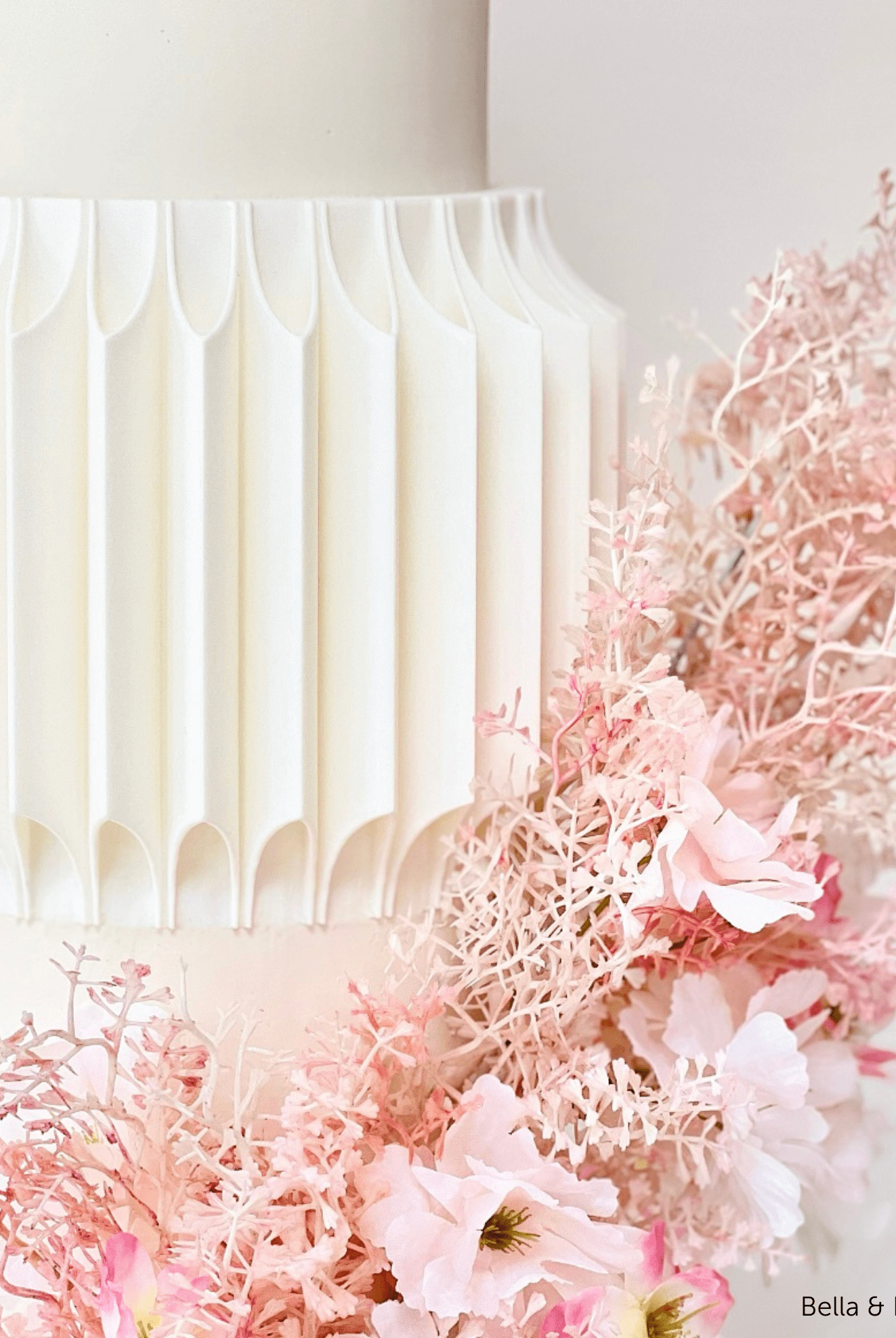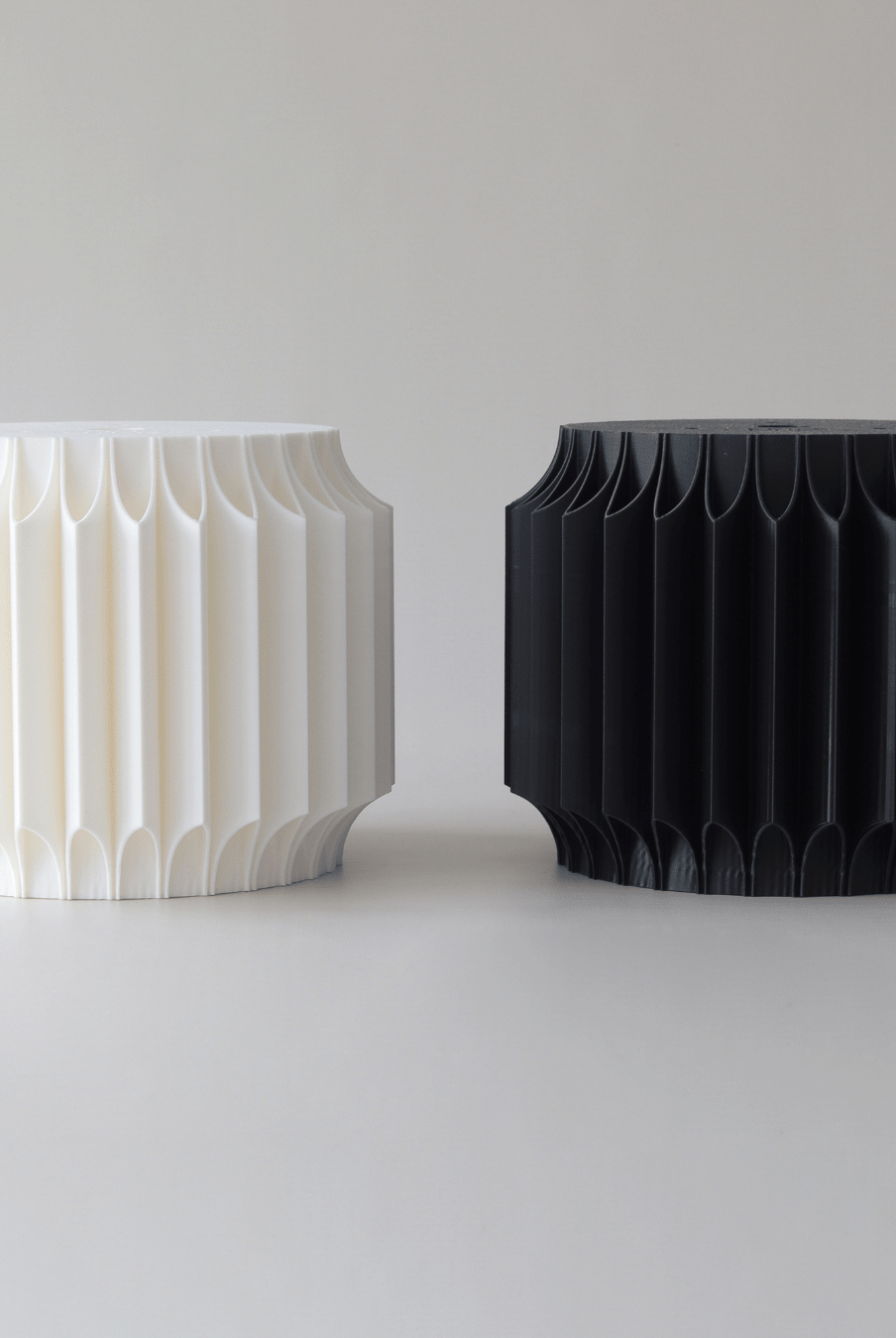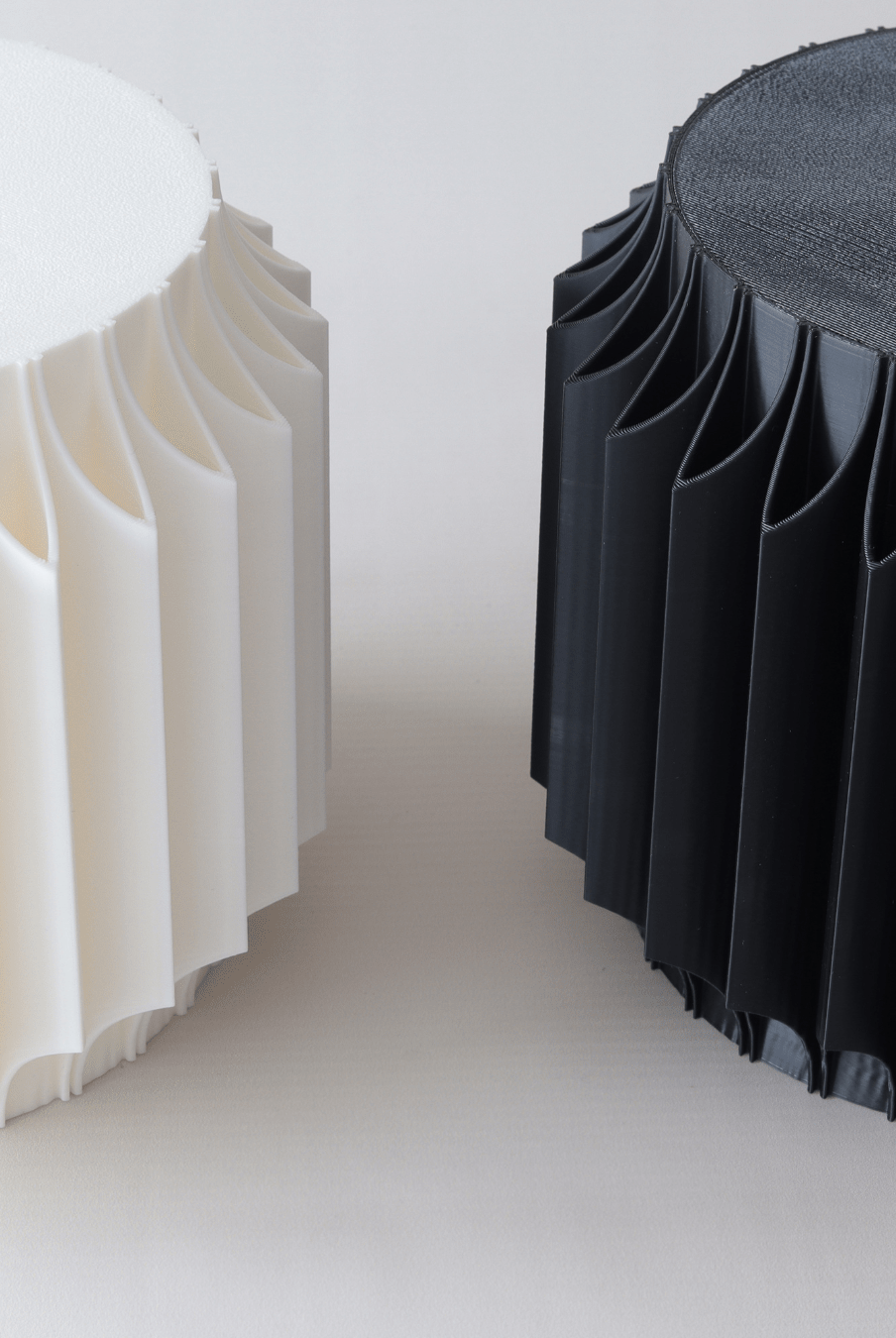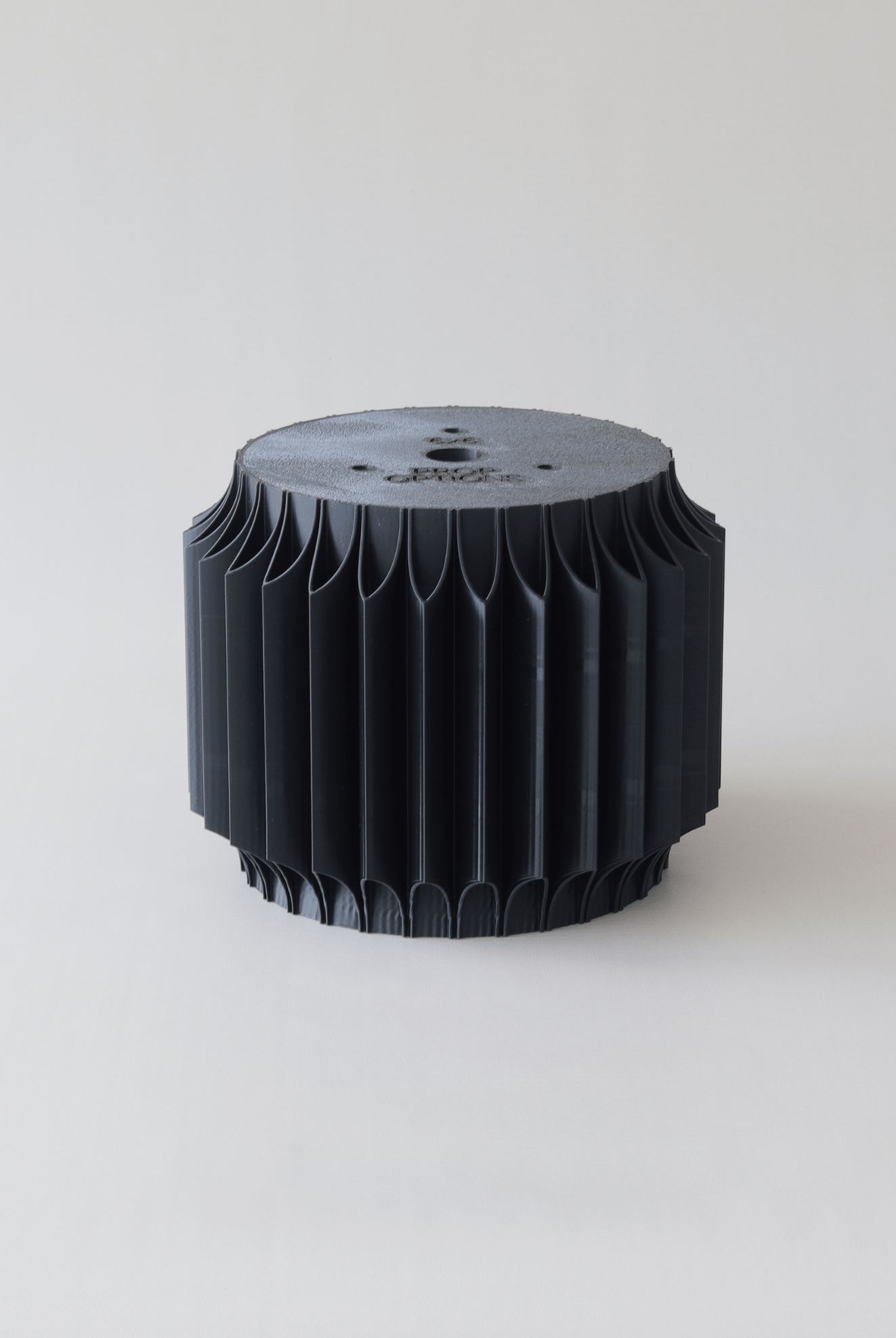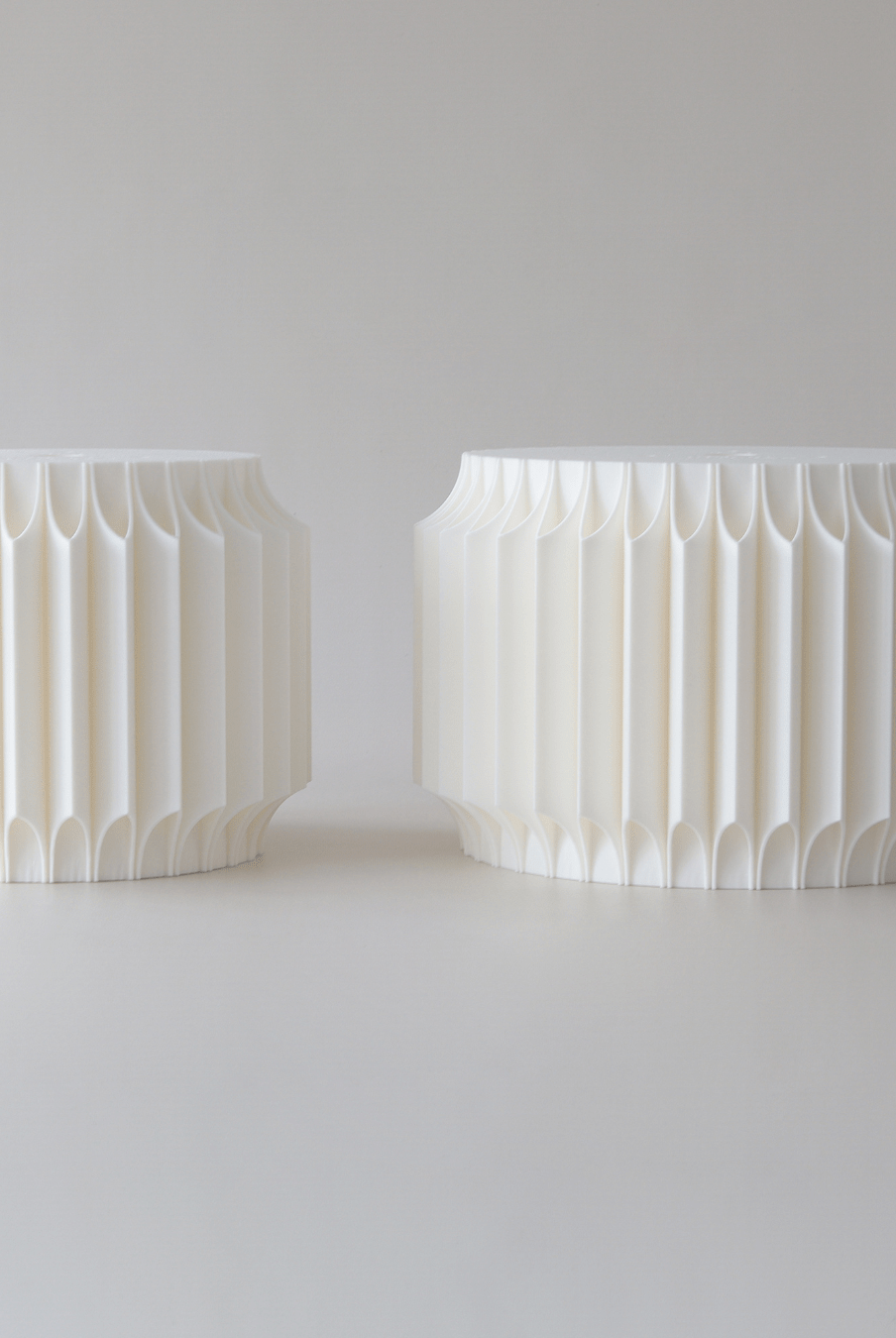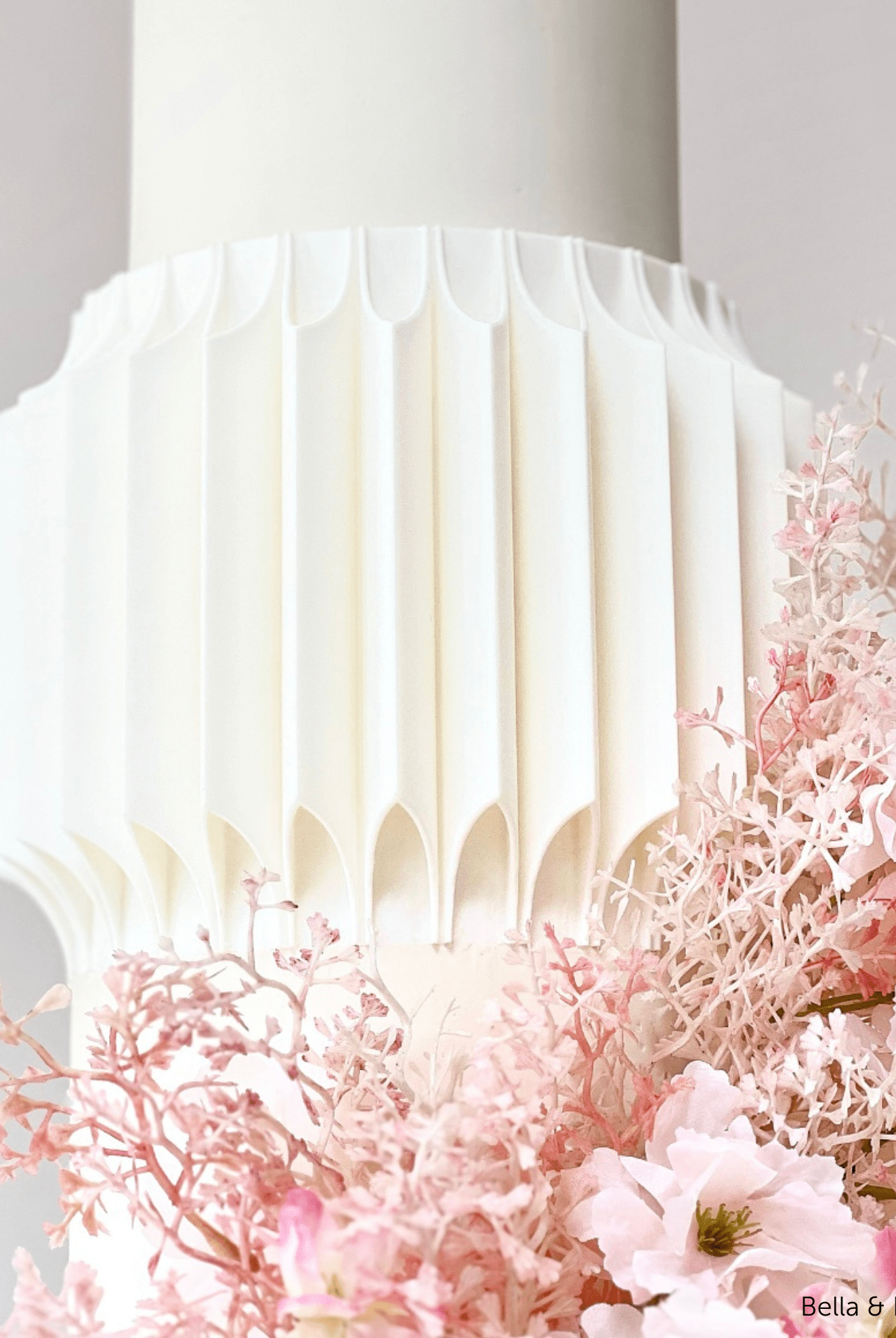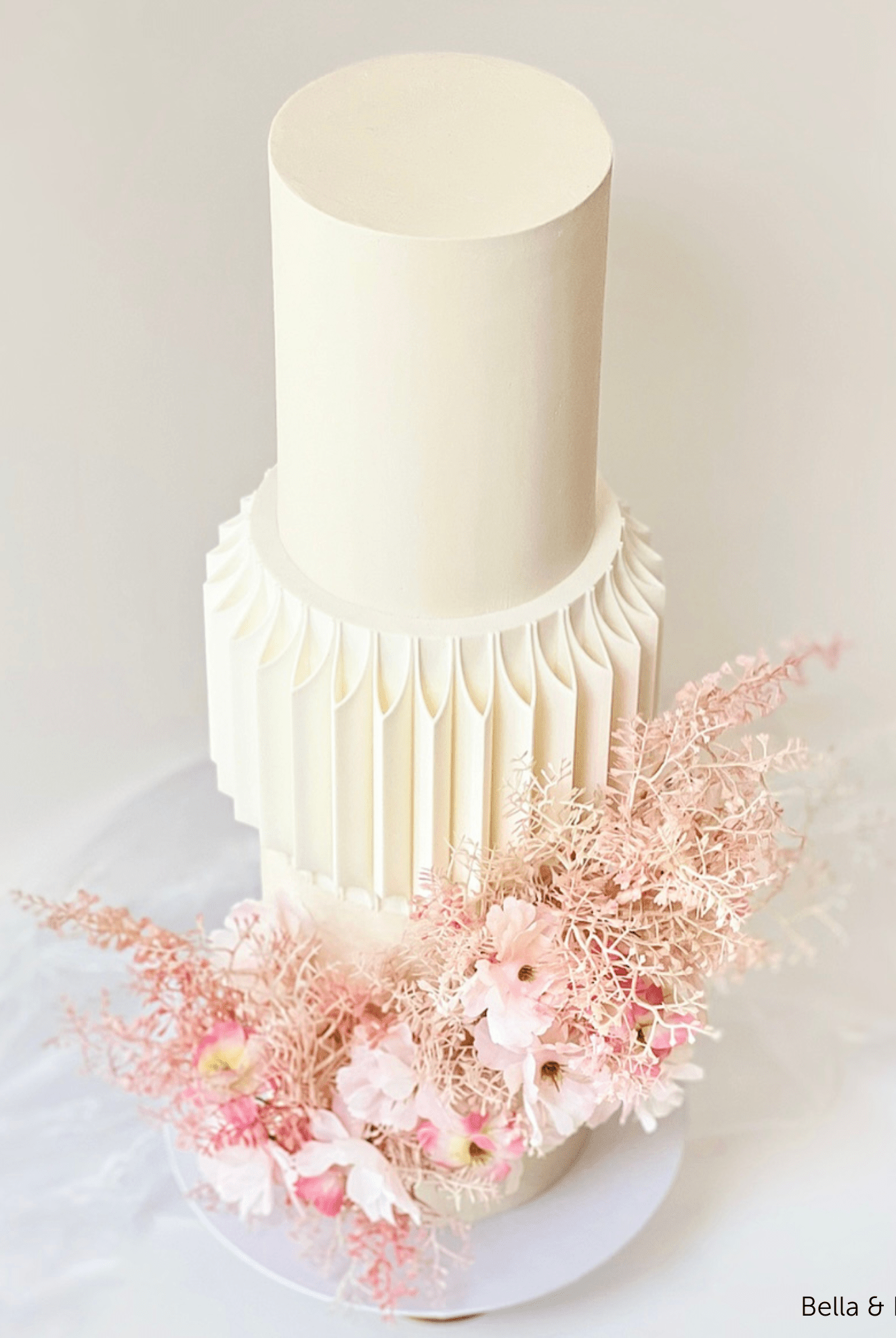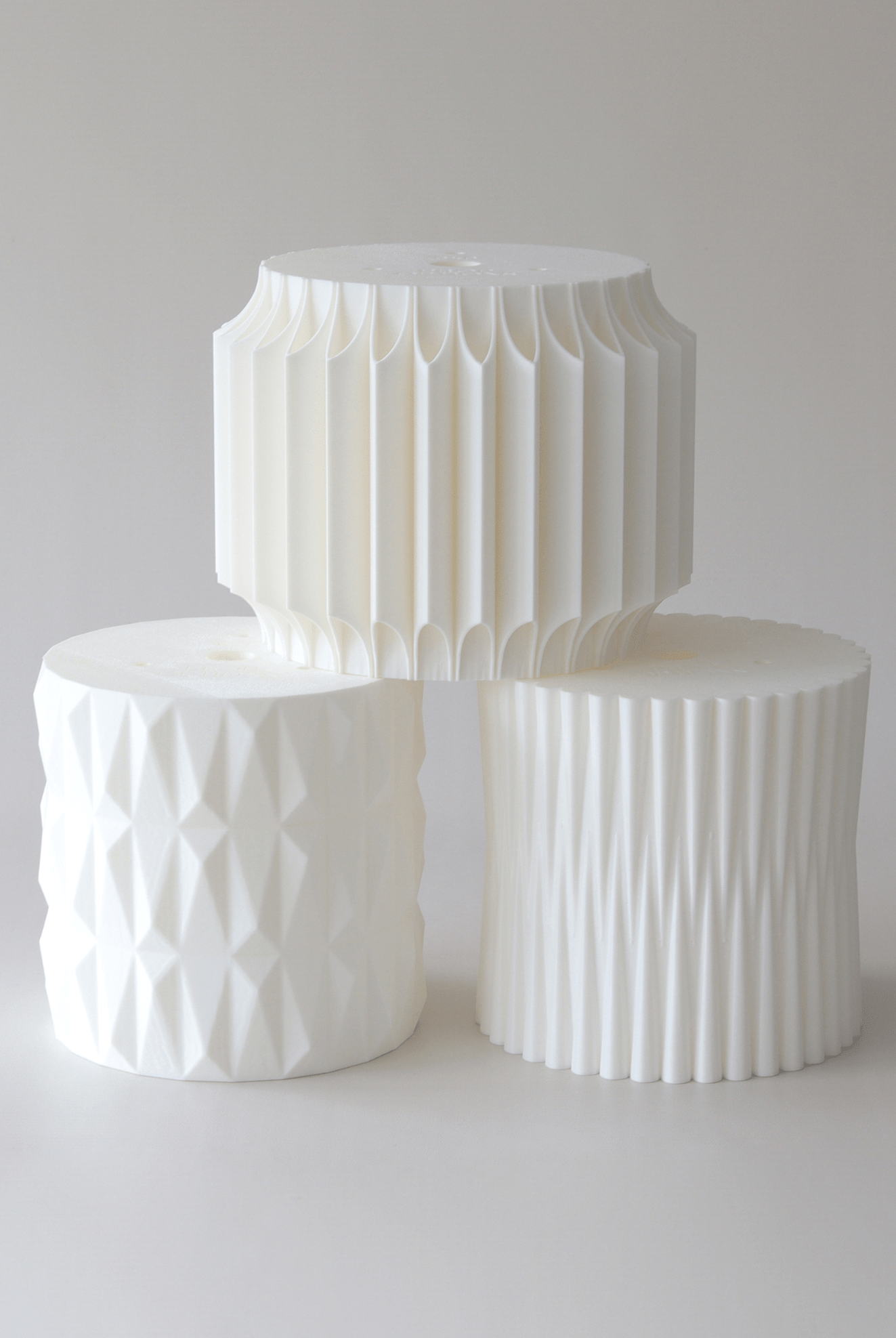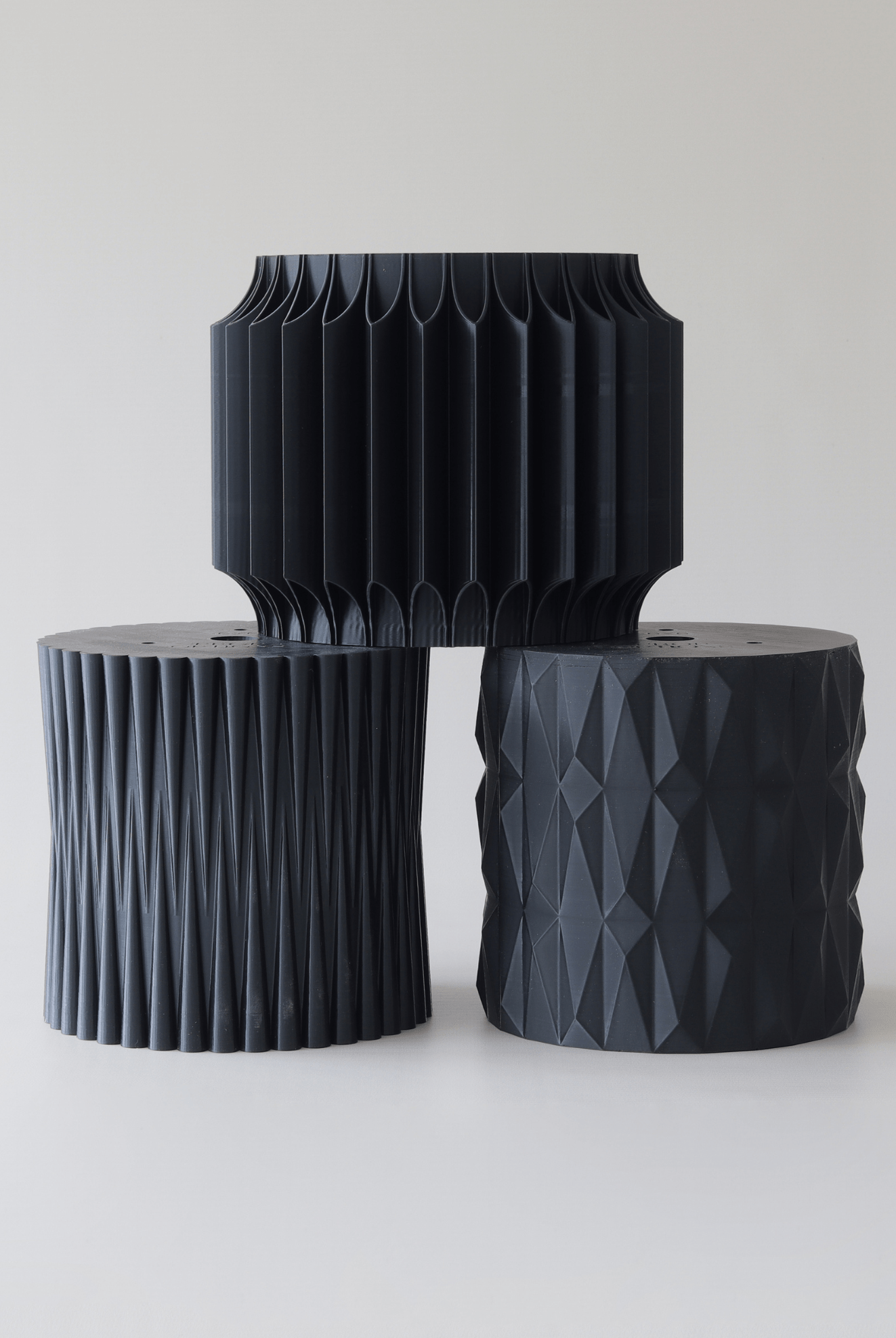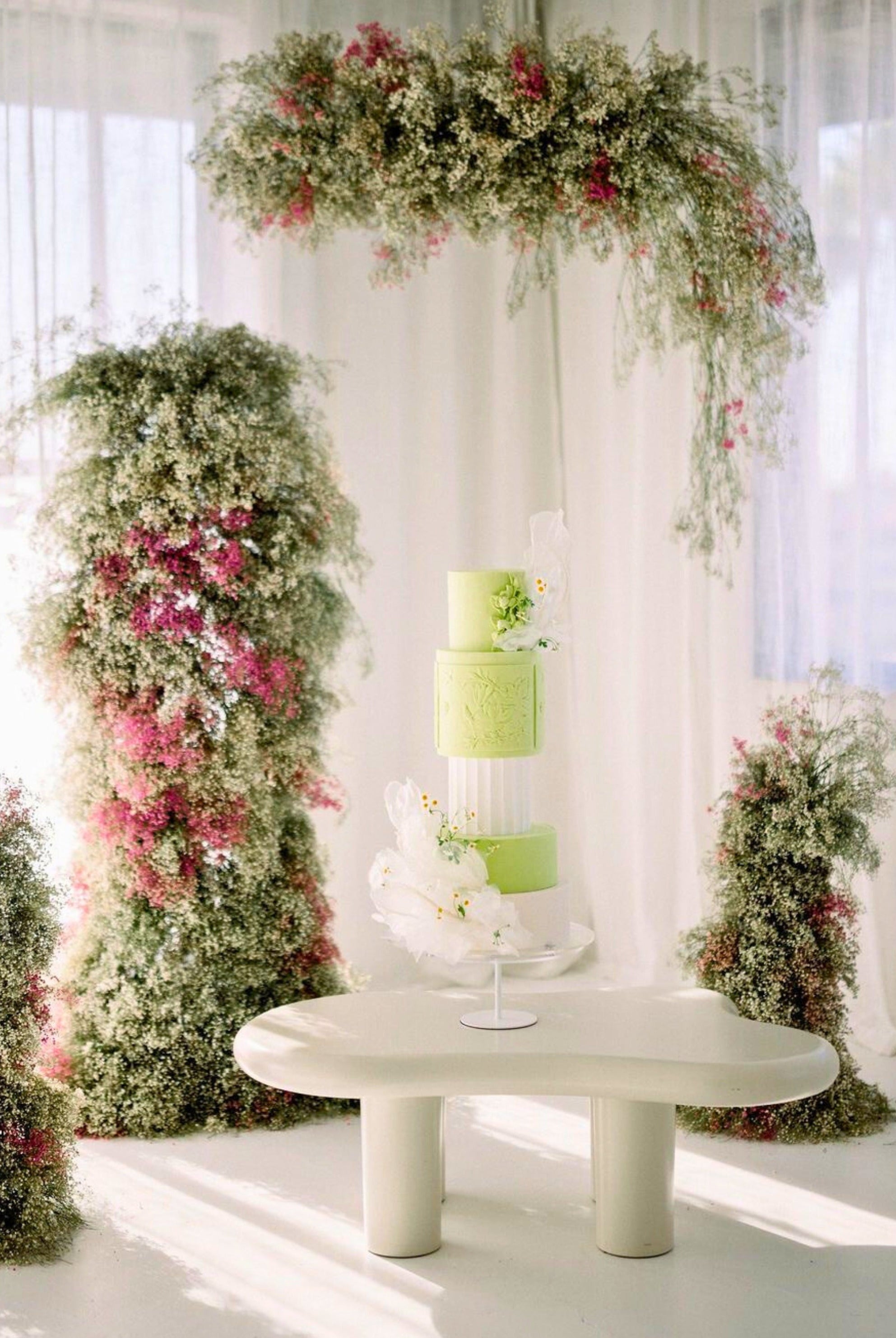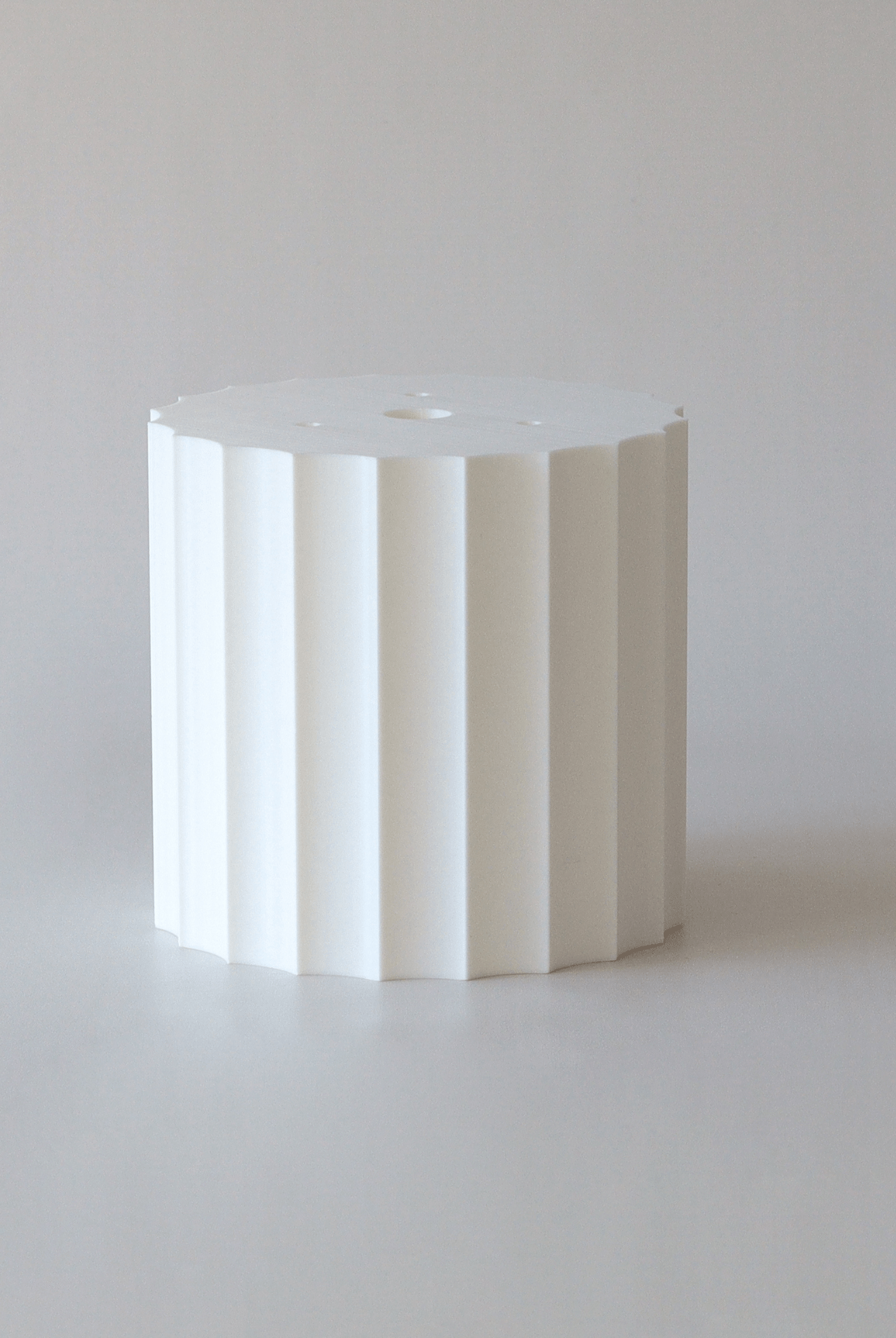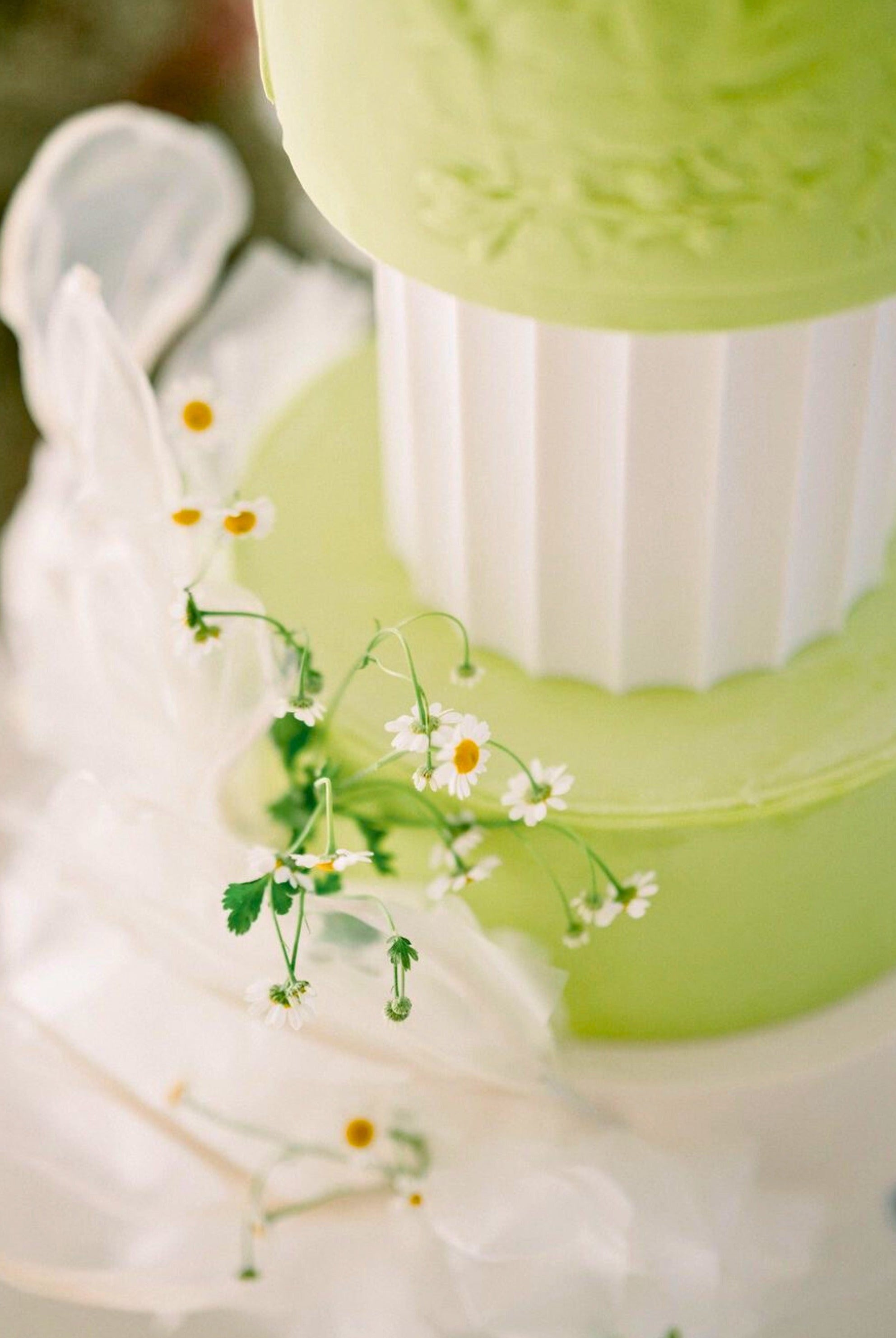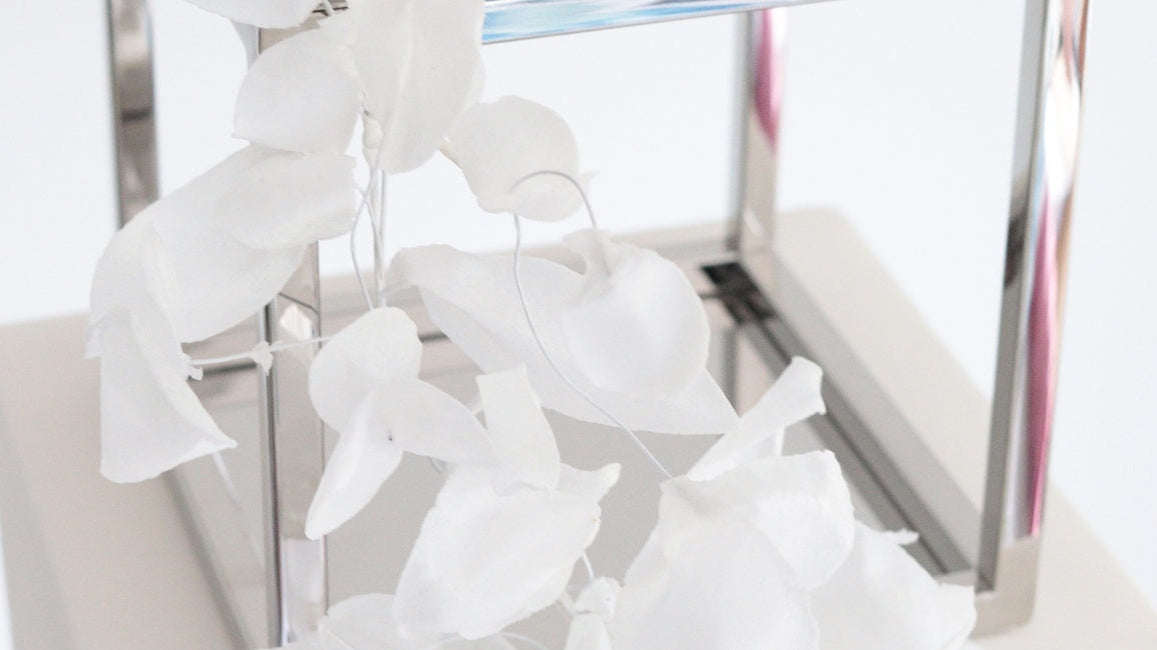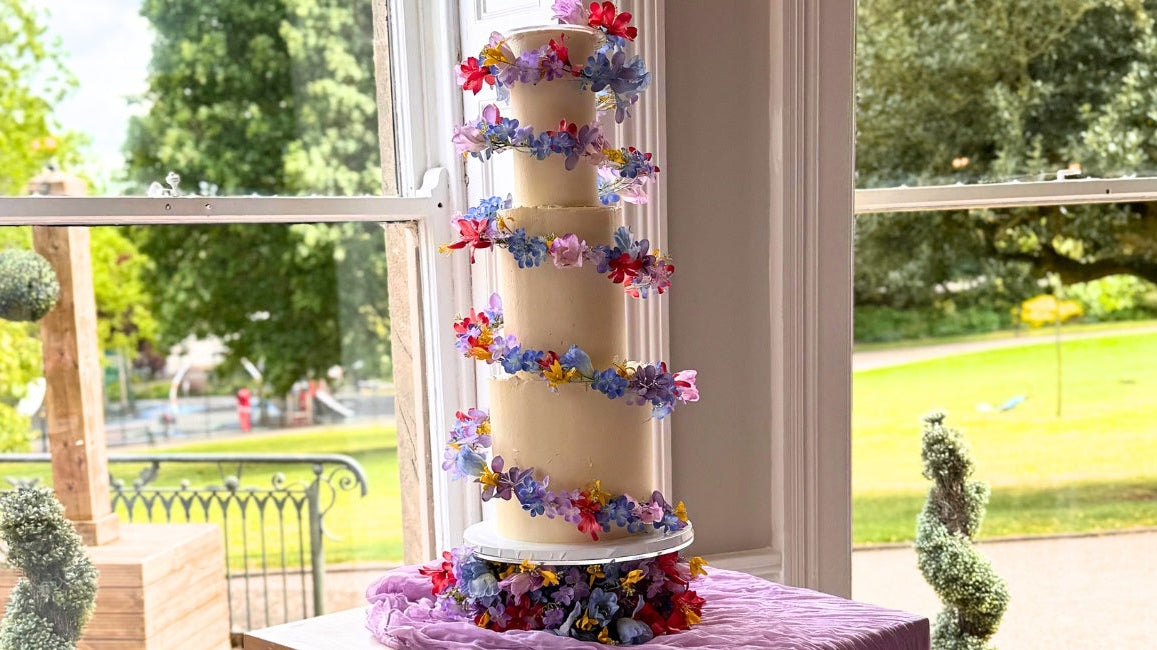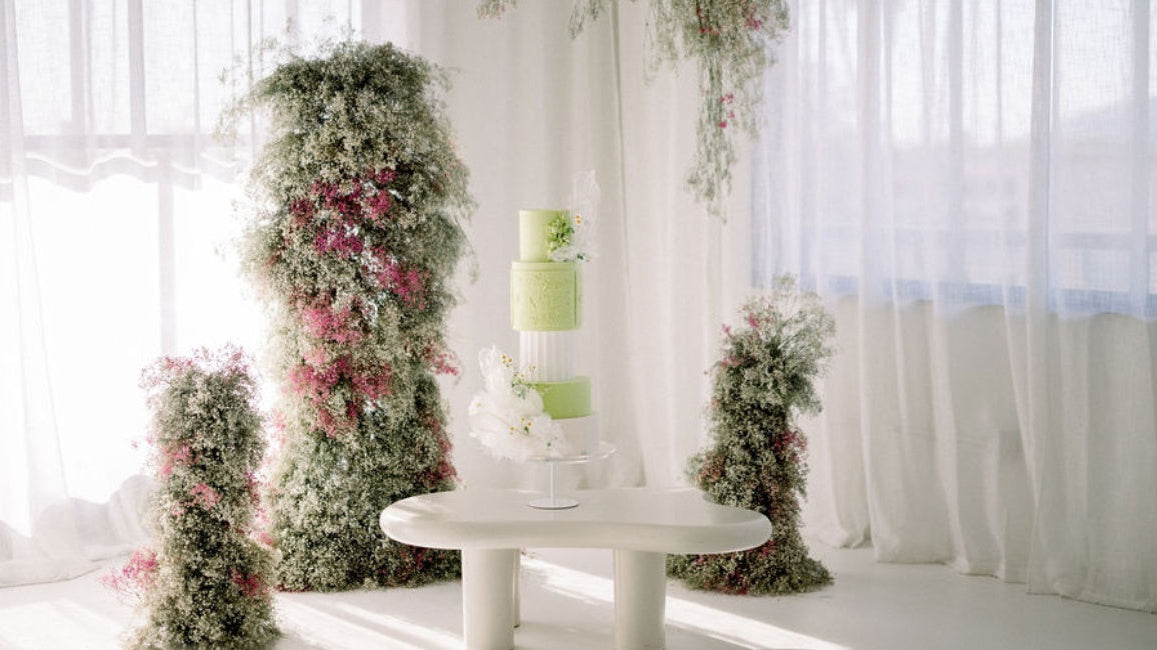7 Steps to Improve Cake Photography for Bakers and Cake Decorators
As a baker or cake decorator, you know how much heart and soul goes into creating each cake. Whether it’s the perfect buttercream swirls, the elegant fondant details, or the stunning colour palette, your cakes are pieces of edible art! But how do you make sure your creations look just as amazing in photos as they do in person? Good cake photography is key, and the good news is—you don’t need to be a professional photographer to take gorgeous shots!
In this blog post, I’ll share 7 simple and effective steps to help you improve your cake photos and show off your baking masterpieces in the best light (pun intended!). From background choices, incorporating props and editing… These steps are a surefire way to transform your cake photos. Let’s get started!
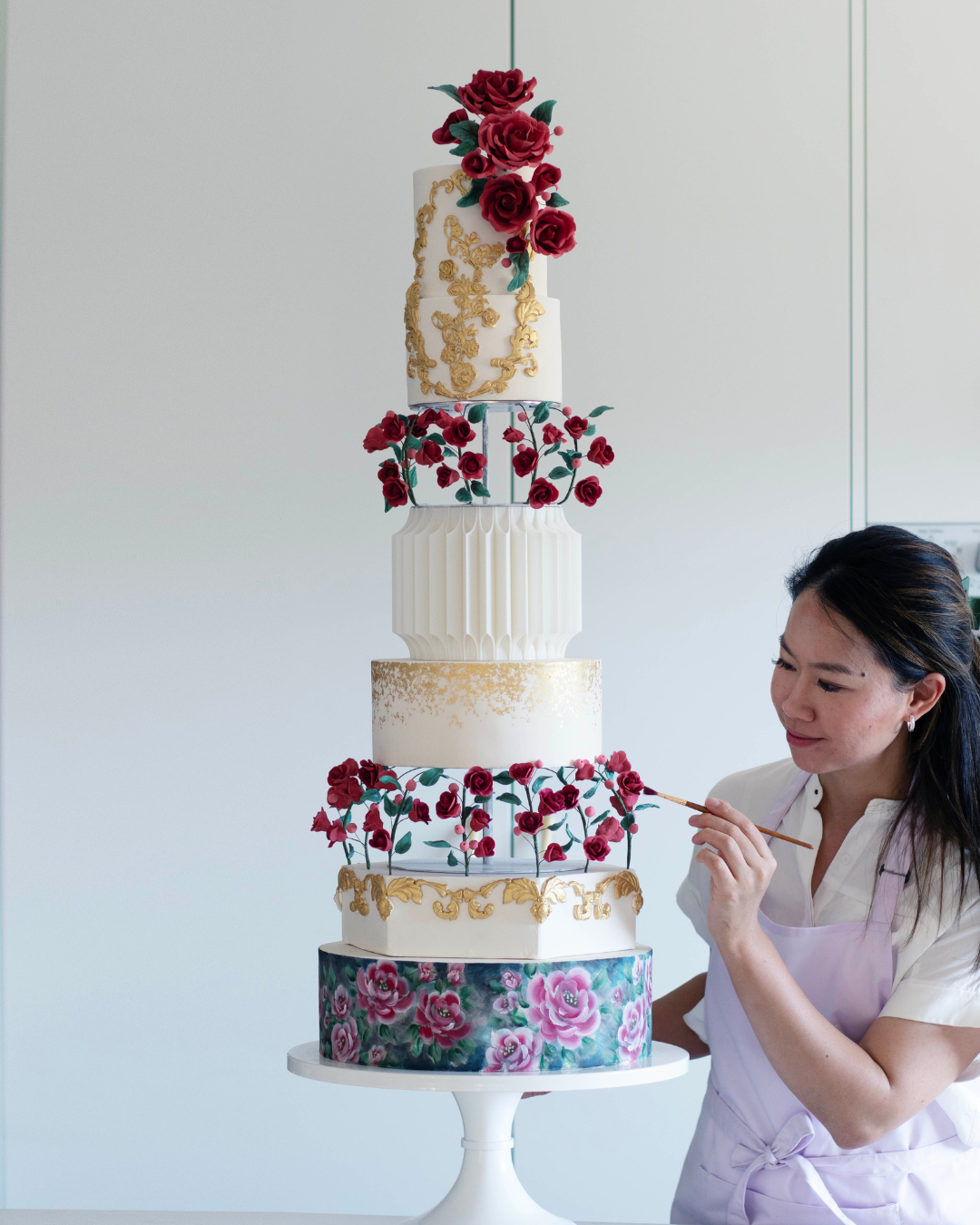
The first rule of great cake photography is lighting, lighting, and more lighting! You don’t need fancy studio lights to take beautiful photos; natural light works wonders. Find a spot by a window where the light is soft and even. If it’s a sunny day, throw up a sheer curtain to diffuse the light and avoid harsh shadows.
Pro tip: Early mornings or late afternoons often offer the best natural light. If you're using a phone, try tapping on the cake in your camera’s focus area to make sure the colors pop!
You know how the saying goes—keep it simple! The same goes for your background. If your cake is the star, the background should play the role of supporting actor, not steal the spotlight. Think white walls, wooden tables, or a soft fabric backdrop. If you’re feeling creative, go for a pop of color or textured backgrounds like marble or stone. Just keep it subtle—your cake is the real showstopper!
If you're photographing a wedding cake, for instance, a few flowers or greenery can enhance the image without taking away from the design.
Props are like the seasoning in your cake—they enhance the photo, but utilising a dated or mismatched prop can distract the subject! A cake stand, riser or cake plate forms the best stage for your cakes. Then, sweet additionals like fresh flowers, or even a pretty cake knife can complete the picture. Be very selective with your choice of cake prop. I recommend perusing the best cake stands, riser and plates from Prop Options to complement your cake creation.
Remember, the goal is to complement, not compete with, your cake. For example, if you’ve made a rustic cake, a few sprigs of lavender or greenery can add charm. If you’re photographing a modern geometric cake, try a clean metal stand or minimalistic decor. Keep it elegant and keep it simple!
Not all angles are created equal when it comes to cake photography. Getting the angle just right can make a world of difference. For round cakes, a top-down shot (also known as a flat lay) works wonders, especially if you’ve decorated with intricate details on the top. For tiered cakes, a slight side angle can showcase the layers and height beautifully.
If you’re showcasing a slice, go for a side shot so you can highlight all those delicious layers inside. Experiment with a few different angles, and see which one best shows off the unique features of your cake.
Cake decorating is all about the details—so your photos should be too! Whether it’s the delicate sugar flowers, the smooth buttercream, or the texture of the fondant, make sure to get in close and capture these details. A macro lens or the “portrait” mode on your smartphone can help you focus on the finer points while gently blurring the background for a professional look.
Zoom in on intricate piping, delicate edges, or a unique topper that makes your cake one-of-a-kind. This is where your artistic vision really shines!
Let’s talk about composition for a minute (don’t worry, it’s not as technical as it might seem). A simple trick that will elevate your photos is the rule of thirds. Imagine dividing your frame into nine equal parts by drawing two horizontal and two vertical lines. Position your cake along one of those lines or at one of the intersections for a more balanced and visually pleasing shot.
If you’ve got space around the cake, don’t be afraid to leave some negative space—it creates a clean, modern feel and allows your cake to be the focal point of the image.
Once you’ve taken your photos, it’s time to bring out the best in them with some editing. Basic edits like adjusting brightness, contrast, and sharpness can make your cake look even more appetizing. But don’t go overboard—aim to enhance the photo, not transform it. Keep the colors true to life, and avoid using filters that could make your cake look unnatural.
If you’re editing on your phone, apps like Snapseed or Lightroom Mobile offer easy-to-use tools to fine-tune your images. Just remember, the goal is to make your cake look as delicious as it tastes!
Don’t be afraid to experiment with different shots! Take several photos from various angles and perspectives. Sometimes, the perfect shot might come from an unexpected angle or a slight adjustment to the scene. By having a variety of shots, you can choose the one that truly showcases your cake in all its glory.
With these simple steps, you’ll be able to take your cake photography to the next level and show off your baking and decorating skills in a way that makes customers’ mouths water. Remember, you don’t need to be a professional photographer to capture stunning images—just a little planning, creativity, and practice. So, grab your camera or phone, set up that beautiful cake, and start snapping! Your next masterpiece deserves to be showcased in all its glory.
Happy baking, snapping, and sharing your sweet creations with the world! 📸🍰✨
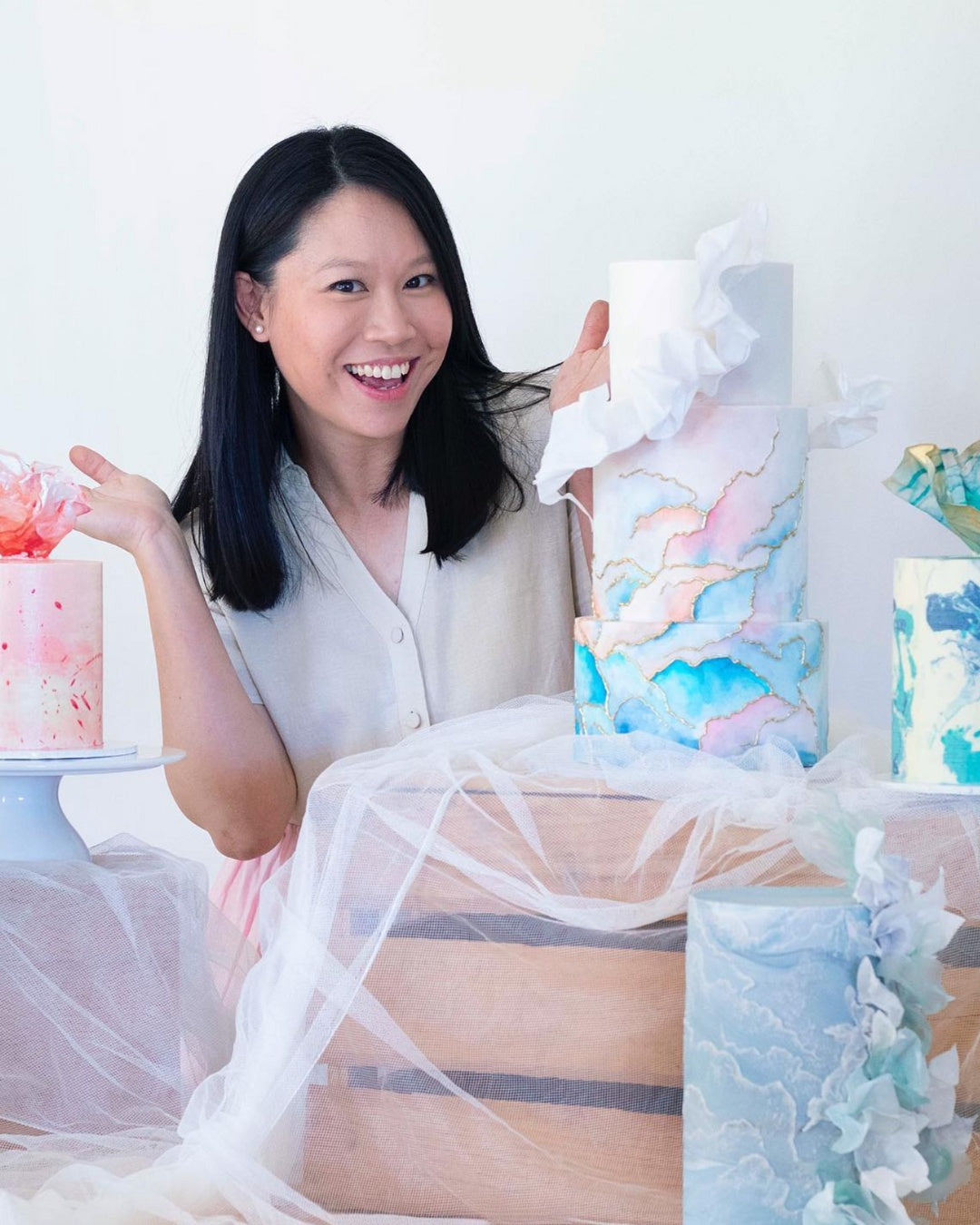
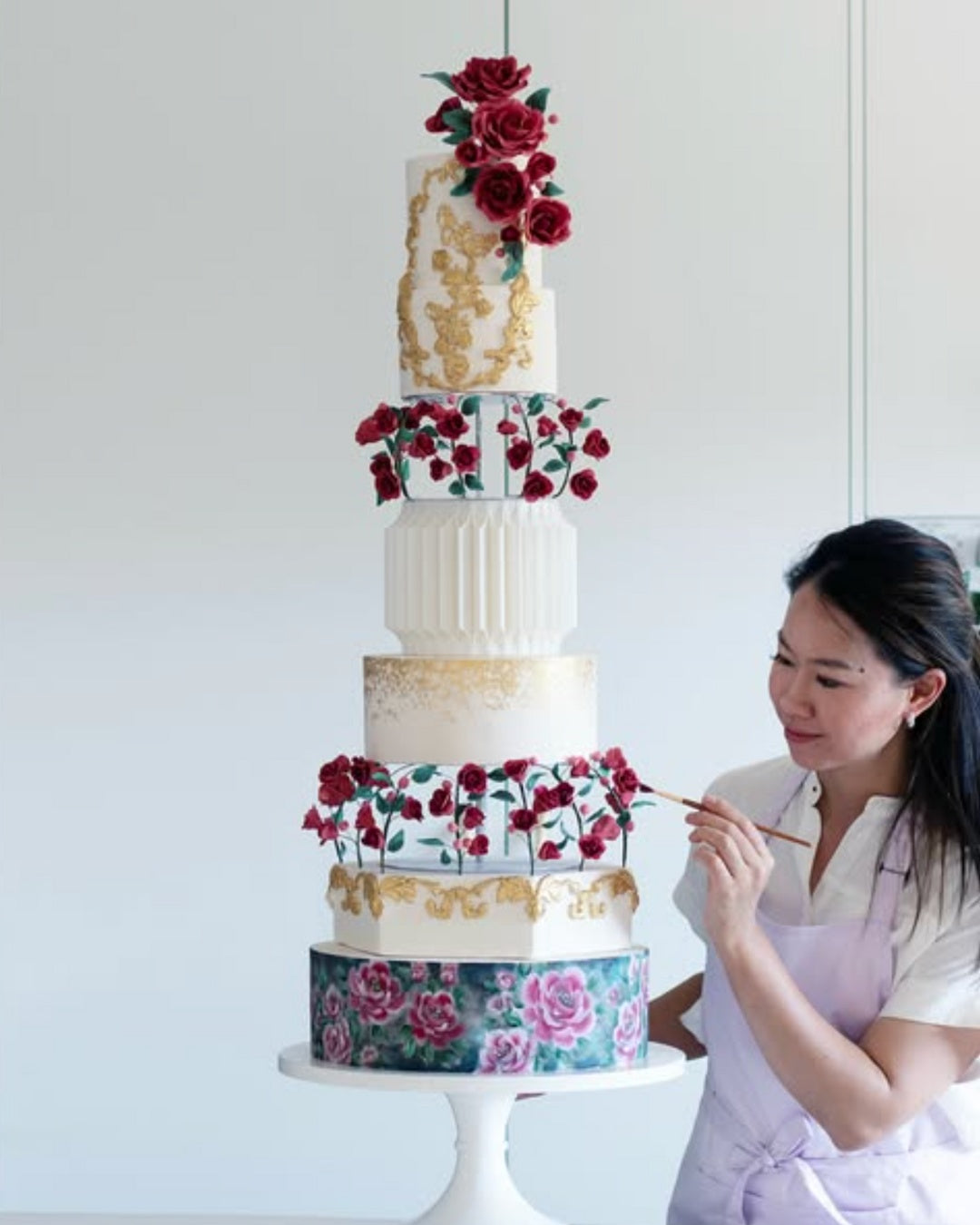
Amanda Lee is one of our esteemed brand ambassador and an award-winning cake designer, educator, and founder of Sugar Sugar Cake School. With a background in French pastry and a passion for innovation, Amanda brings her expertise, energy, and industry recognition to the Prop Options family, inspiring bakers around the world.




